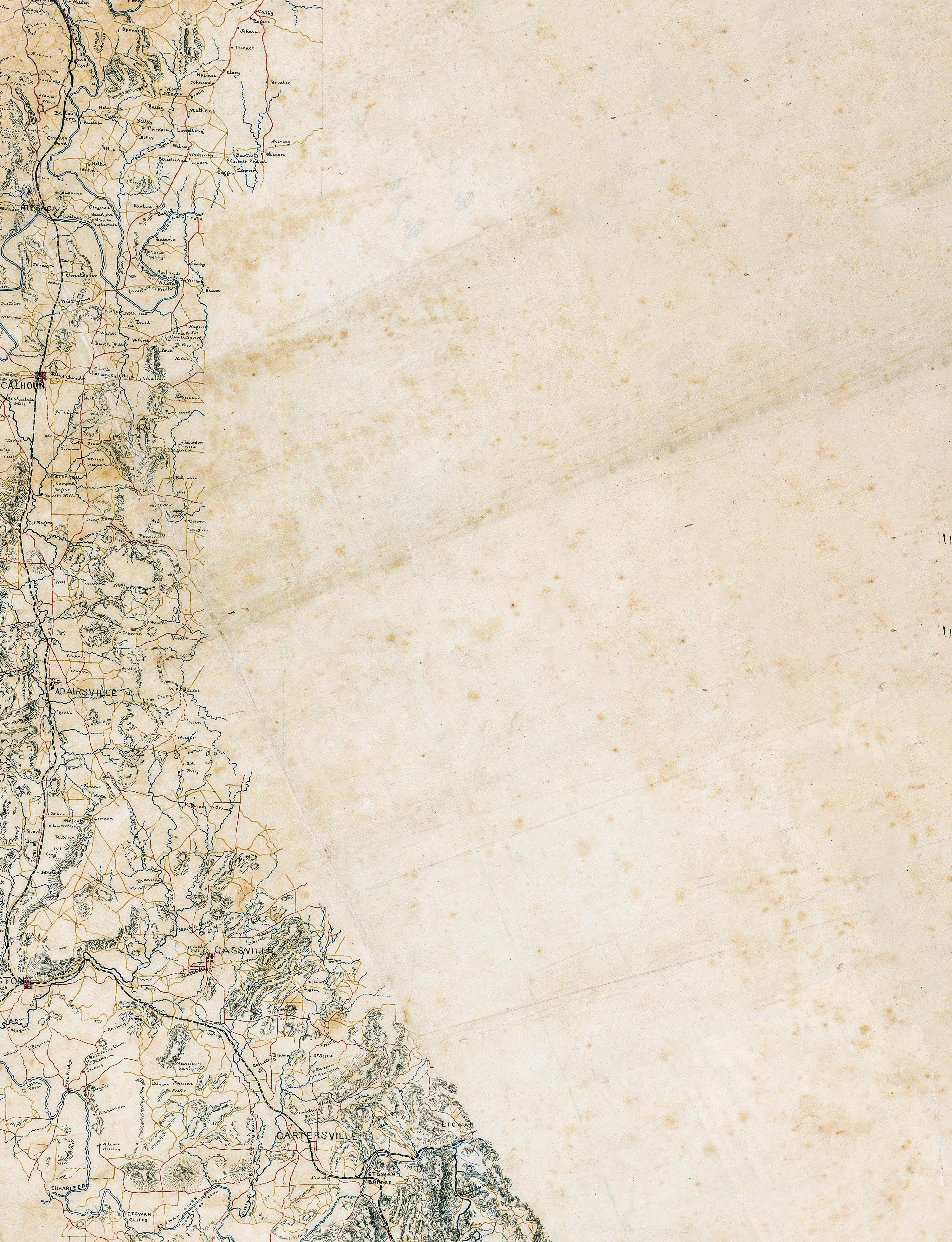
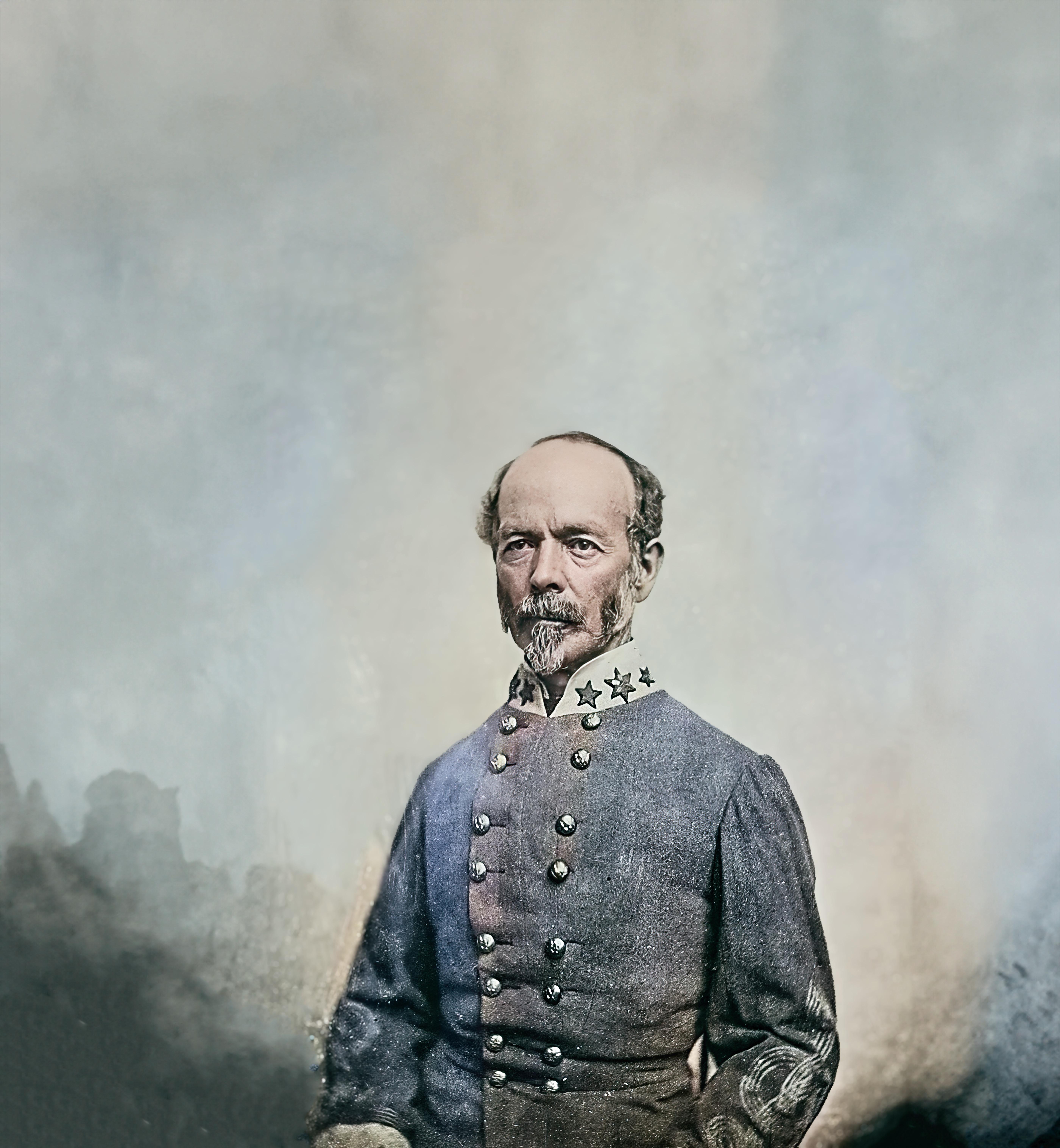

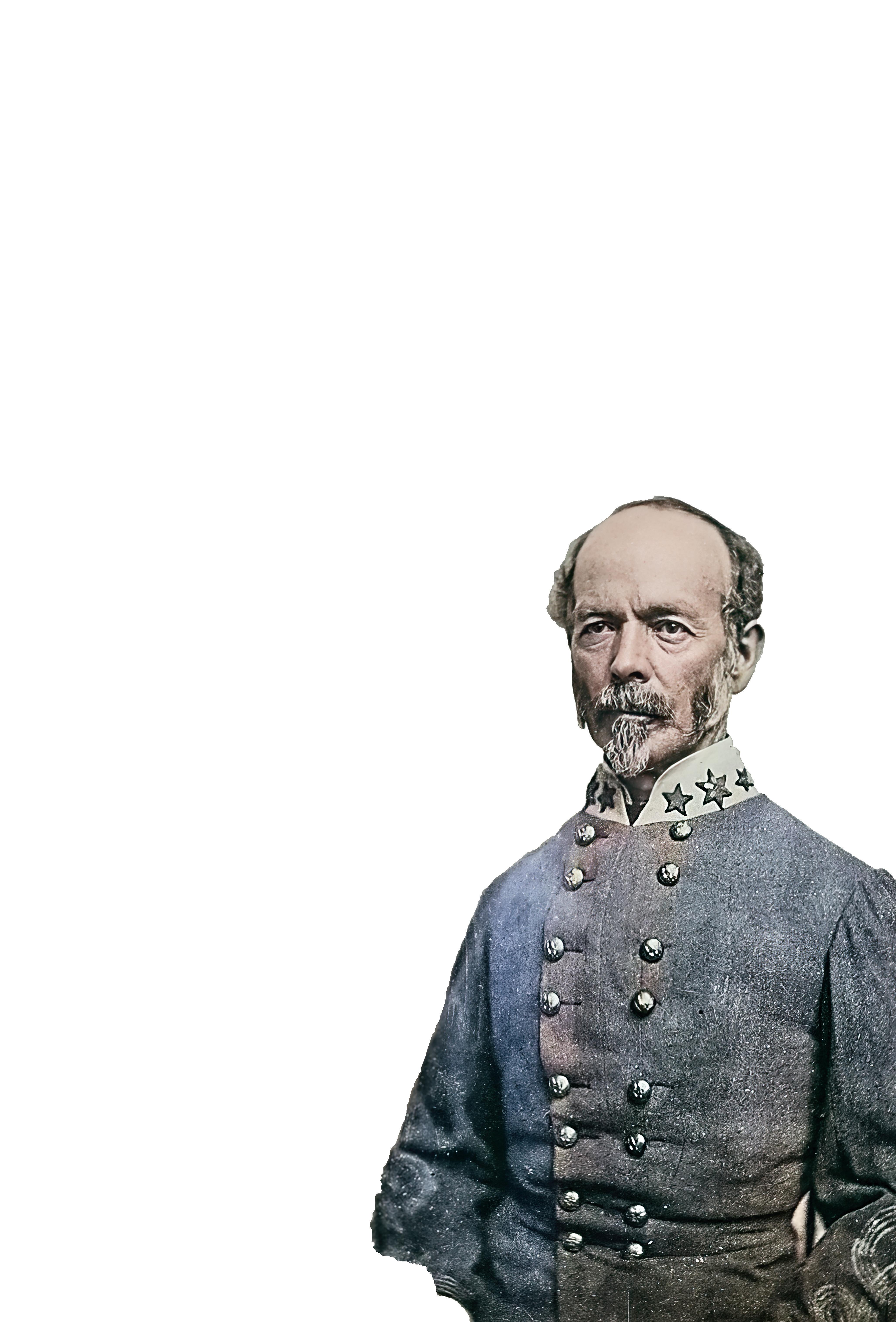
Was Joe Johnston honest with History? Cassville The Herb Peck Photography Collection The Enfield at Manassas Battles—and Their Impact on Families Vision and Valor: The War Through Women’s Eyes Fresh Views of the War’s Most Famous Fort Civil War NEWS $7.99 The Truth At VOL. 50, NO. 5 | MAY-JUNE 2024

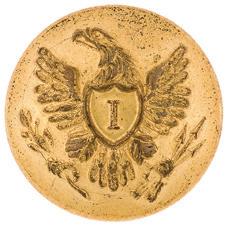
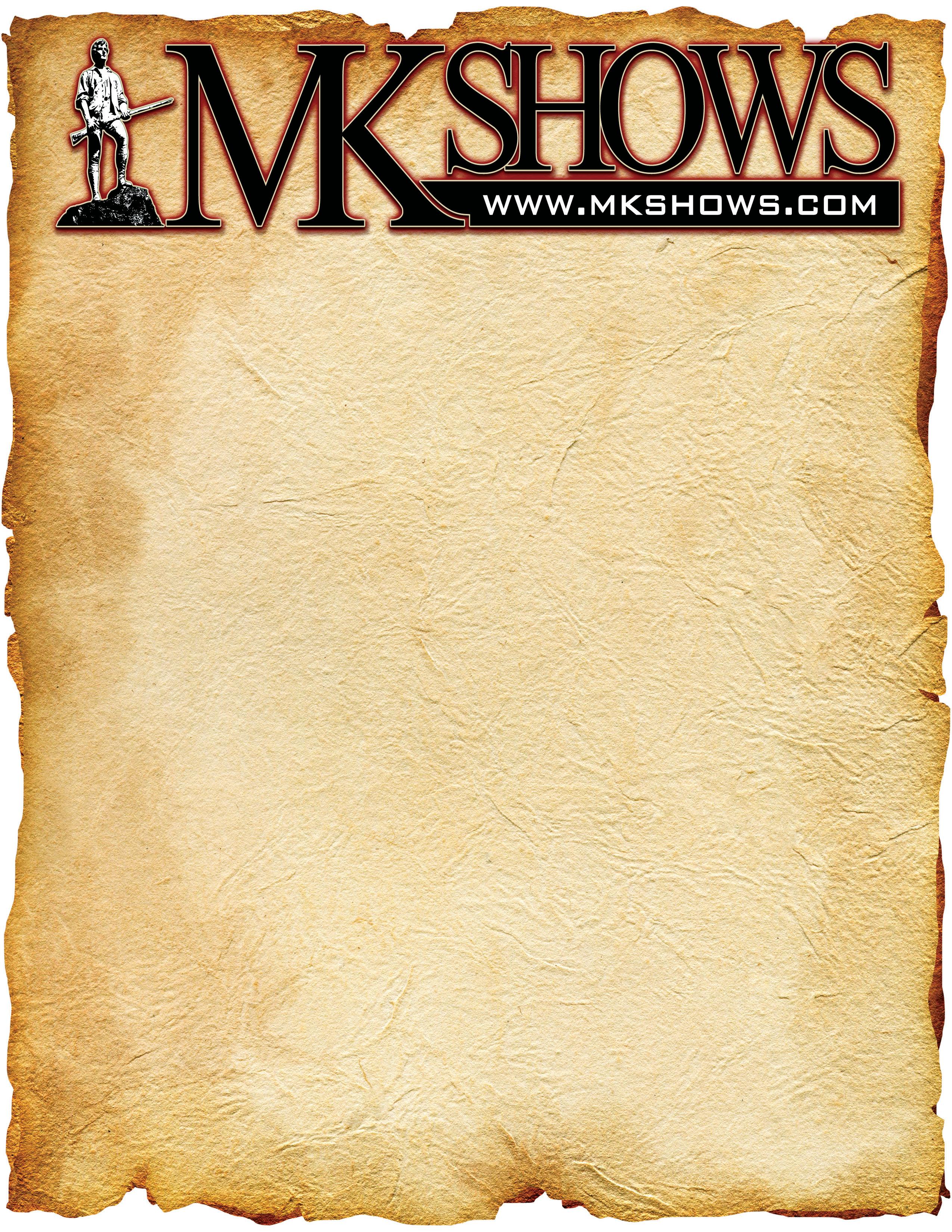
Exchange Park Fairgrounds 9850 Highway 78 Ladson, SC 29456
June 1 & 2, 2024 Charleston Gun & Knife Show
July 27 & 28, 2024 Asheville Gun & Knife Show
WNC Ag Center 1301 Fanning Bridge Road
NC 28732
Charleston Gun & Knife Show
Exchange Park Fairgrounds 9850 Highway 78 Ladson, SC 29456
Sept. 7 & 8, 2024


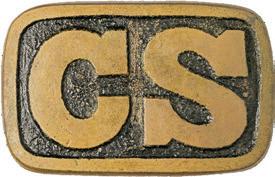


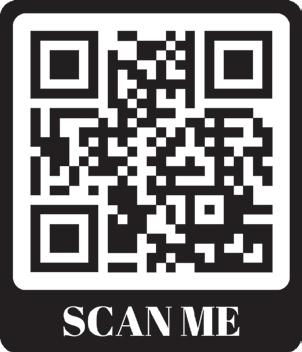
Ag Center
5 & 6, 2024
& 13, 2024
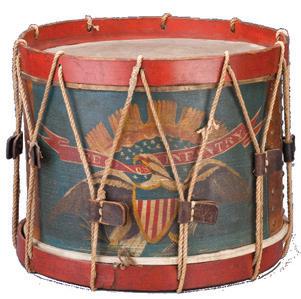
Promoters of Quality Shows for Shooters, Collectors, Civil War and Militaria Enthusiasts Military Collectible & Gun & Knife Shows Presents The Finest Rev War Civil War World War I & II Modern Gun & Knife Shows Mike Kent and Associates, LLC • PO Box 685 • Monroe, GA 30655 (770) 630-7296 • Mike@MKShows.com • www.MKShows.com Williamson County Ag Expo Park 4215 Long Lane Franklin, TN 37064 Dec. 7
8, 2024 Middle TN (Franklin) Civil War Show
&
l l l l Myrtle Beach Convention Center 2101 North Oak Street Myrtle Beach, SC Oct. 12
Myrtle
Gun & Knife Show
Beach
WNC
1301 Fanning Bridge
Fletcher, NC Oct.
Asheville
Knife Show
Road
Gun &
Fletcher,
This is Hallowed Ground.
When you visit battlefields of the Revolutionary War, the War of 1812 and the Civil War, you are standing where history happened.
With the help of our supporters and partners, the American Battlefield Trust has saved more than 58,000 acres at 155 sites in 25 states, creating outdoor classrooms where the past can come alive.

history
1 Civil War News Magazine | May-June 2024 Join us and help protect America’s past by saving endangered battlefields. www.battlefields.org Gettysburg National Mililtary Park, Gettysburg, Pa. PATRICIA RICH
Get preservation news,
and more right to your email!
Keep in touch!
www.battlefields.org/email-signup
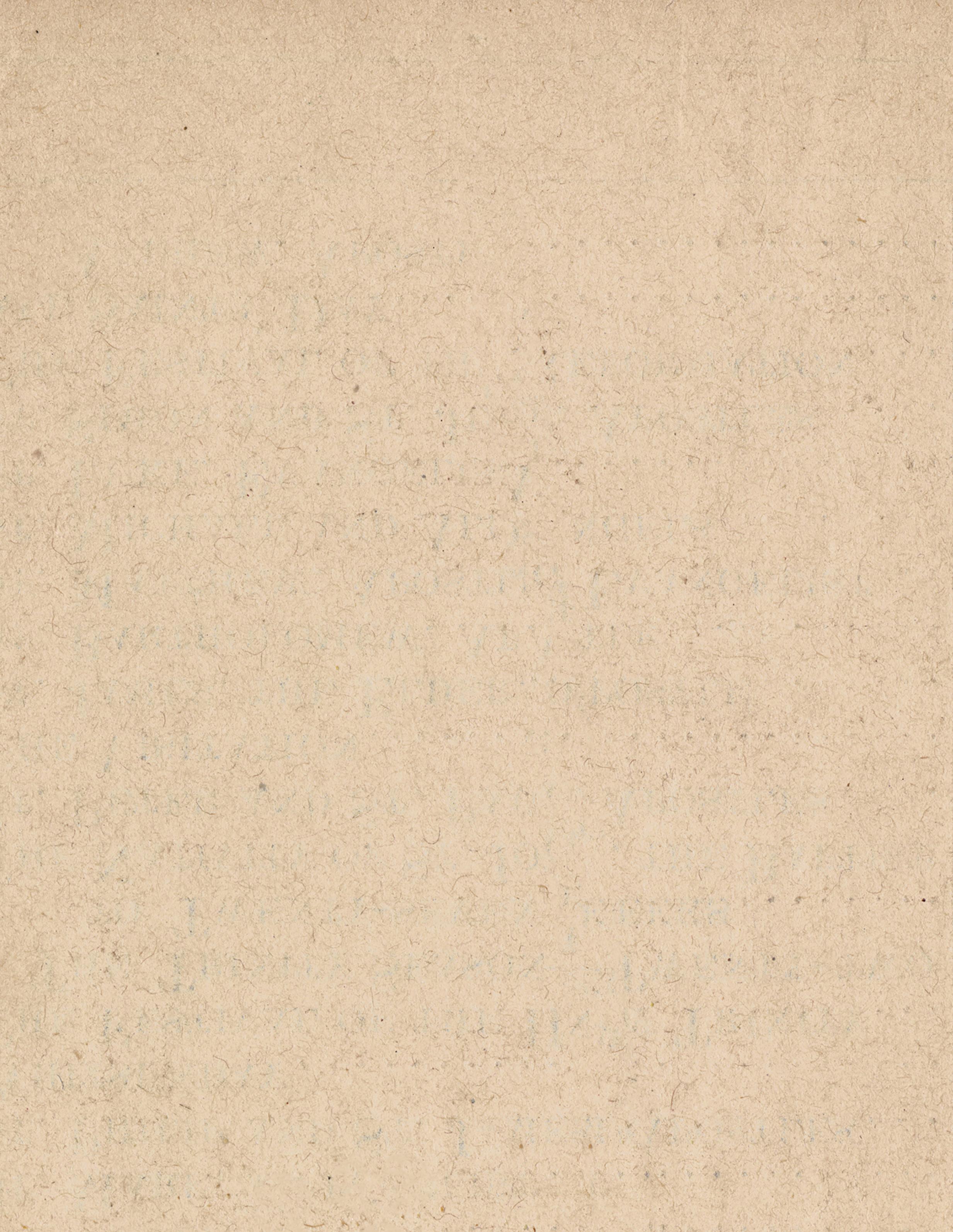

Published by Historical Publications LLC
2800 Scenic Drive, Suite 4-304, Blue Ridge, GA 30513 800-777-1862 • Facebook.com/CivilWarNews
mail@civilwarnews.com • civilwarnews.com
Advertising: 800-777-1862 • ads@civilwarnews.com
Publisher
Jack W. Melton Jr.
Editor
Lawrence E. Babits, Ph.D.
Columnists
Advertising, Marketing and Assistant Editor
Peggy Melton
Graphic Designer
Macey R. Hurst
Craig Barry, Salvatore Cilella, Stephen Davis, Ph.D., Stephanie Hagiwara, Gould Hagler, Chris Mackowski, Ph.D.–Emerging Civil War, Colleen Cheslak-Poulton–American Battlefield Trust, Tim Talbott–Central Virginia Battlefield Trust
Contributors and Photography Staff
Curt Fields, Ph.D., Jeff T. Giambrone, Robert Jenkins Sr., Michael Kent, Jonathan Noyalas, Shannon Pritchard, Richard H. Holloway, Harold Holzer, Leon Reed, Douglas D. Scott, Ph.D.,Jonathan White, Bob Zeller–Civil War Center for Photography
Consultants
Lawrence Babits, Ph.D., Craig L. Barry, Craig D. Bell, J.D., LLM in Tax, Jack Bell, Greg Biggs, Salvatore Cilella, Stephen Davis Ph.D., Gould Hagler, Richard H. Holloway, Harold Holzer, Robert Jenkins Sr., Juanita Leisch Jensen, Gordon L. Jones, Ph.D., Mike Kent, Lewis Leigh Jr., Tom Liljenquist, Chris Mackowski, Ph.D., Jonathan Noyalas, Tim Prince, Tom Rowe, Ted Savas, Philip Schreier, Greg Ton, Jonathan White, Charles Williams, Melissa Winn, Bob Zeller
Terms and Conditions: The following terms and conditions shall be incorporated by reference into all placement and order for placement of any advertisements in Civil War News by Advertiser and any Agency acting on Advertiser’s behalf. By submitting an order for placement of an advertisement and/or by placing an advertisement, Advertiser and Agency, and each of them, agree to be bound by all of the following terms and conditions: All advertisements and articles are subject to acceptance by Publisher who has the right to refuse any ad submitted for any reason. Mailed articles and photos will not be returned. The advertiser and/or their agency warrant that they have permission and rights to anything contained within the advertisement as to copyrights, trademarks or registrations. Any infringement will be the responsibility of the advertiser or their agency and the advertiser will hold harmless the Publisher for any claims or damages from publishing their advertisement. This includes all attorney fees and
judgments. The Publisher will not be held responsible for incorrect placement of the advertisement and will not be responsible for any loss of income or potential profit lost. All orders to place advertisements in the publication are subject to the rate card charges, space units and specifications then in effect, all of which are subject to change and shall be made a part of these terms and conditions. Photographs or images sent for publication must be high resolution, unedited and full size. Phone photographs are discouraged. Do not send paper print photos for articles. At the discretion of Civil War News any and all articles will be edited for accuracy, clarity, grammar, and punctuation per our style guide. Articles can be emailed as a Word Doc attachment or emailed in the body of the message. Microsoft Word format is preferred. Email articles and photographs: mail@civilwarnews.com. Please Note: Articles and photographs mailed to Civil War News will not be returned unless a return envelope with postage is included.
CivilWarNews.com
VOL. 50, NO. 5 | MAY-JUNE 2024
Civil War News (ISSN: 1053-1181) Copyright © 2024 by Historical Publications LLC is published 6 times per year by Historical Publications LLC, 2800 Scenic Drive, Suite 4-304, Blue Ridge, GA 30513. Bi-monthly. Business and Editorial Offices: 2800 Scenic Drive, Suite 4-304, Blue Ridge, GA 30513, Accounting and Circulation Offices: Historical Publications LLC, 2800 Scenic Drive, Suite 4-304, Blue Ridge, GA 30513. Call 800-777-1862 to subscribe. Periodicals postage paid at U.S.P.S. 131 W. High St., Jefferson City, MO 65101.
POSTMASTER: Send address changes to:
Historical Publications LLC 2800 Scenic Drive Suite 4-304 Blue Ridge, GA 30513
Advertising
Advertising rates and media kit email ads@civilwarnews.com.
The Civil War News is for your reading enjoyment. The views and opinions expressed herein are those of its authors, readers and advertisers and they do not necessarily reflect the official policy or position of Historical Publications, LLC, its owners, contributors, and/ or contractors/employees.
Publishers
Please send your book(s) for review to: Civil War News
2800 Scenic Drive Suite 4-304 Blue Ridge, GA 30513
Books for Review
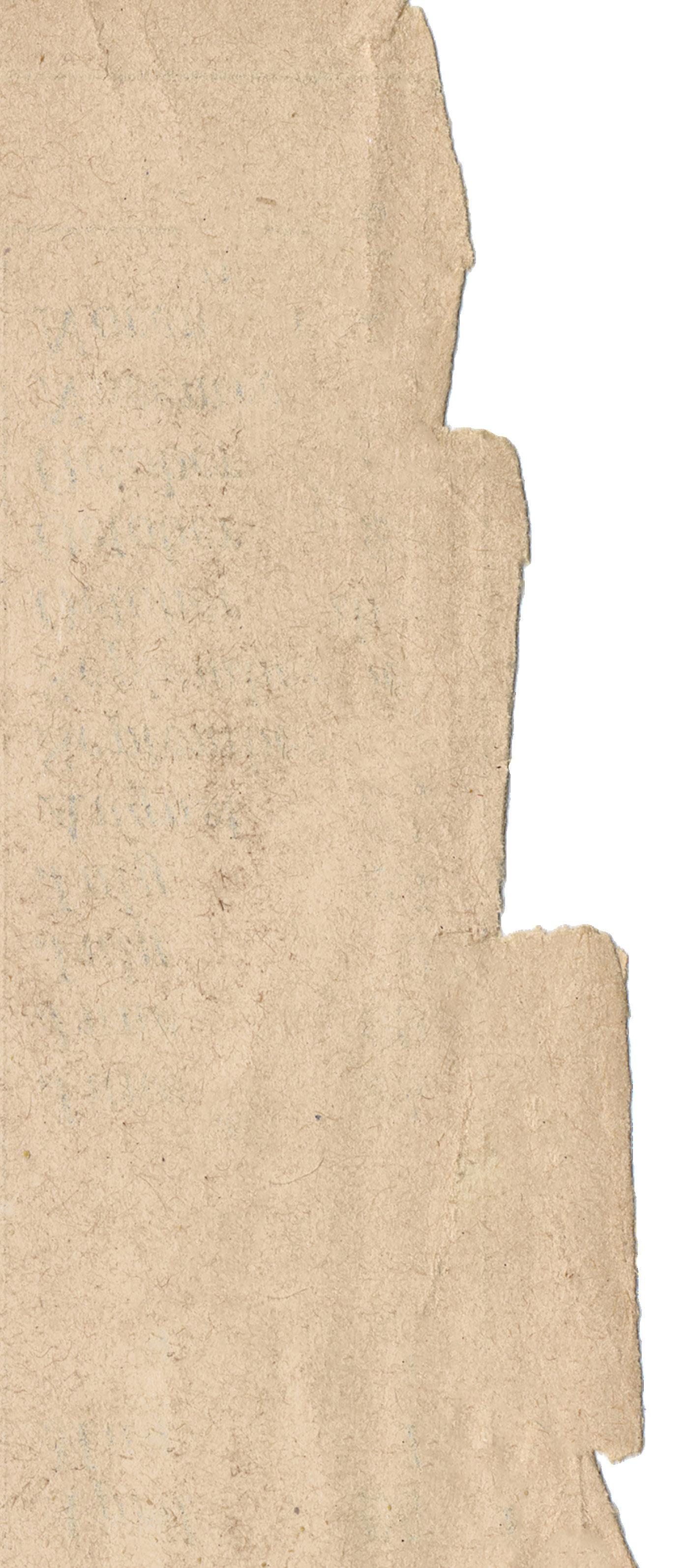
Letters to the Editor
Email mail@civilwarnews.com
Email book cover image to bookreviews@civilwarnews.com. Civil War News cannot assure that unsolicited books will be assigned for review. Email bookreviews@ civilwarnews.com for eligibility before mailing.
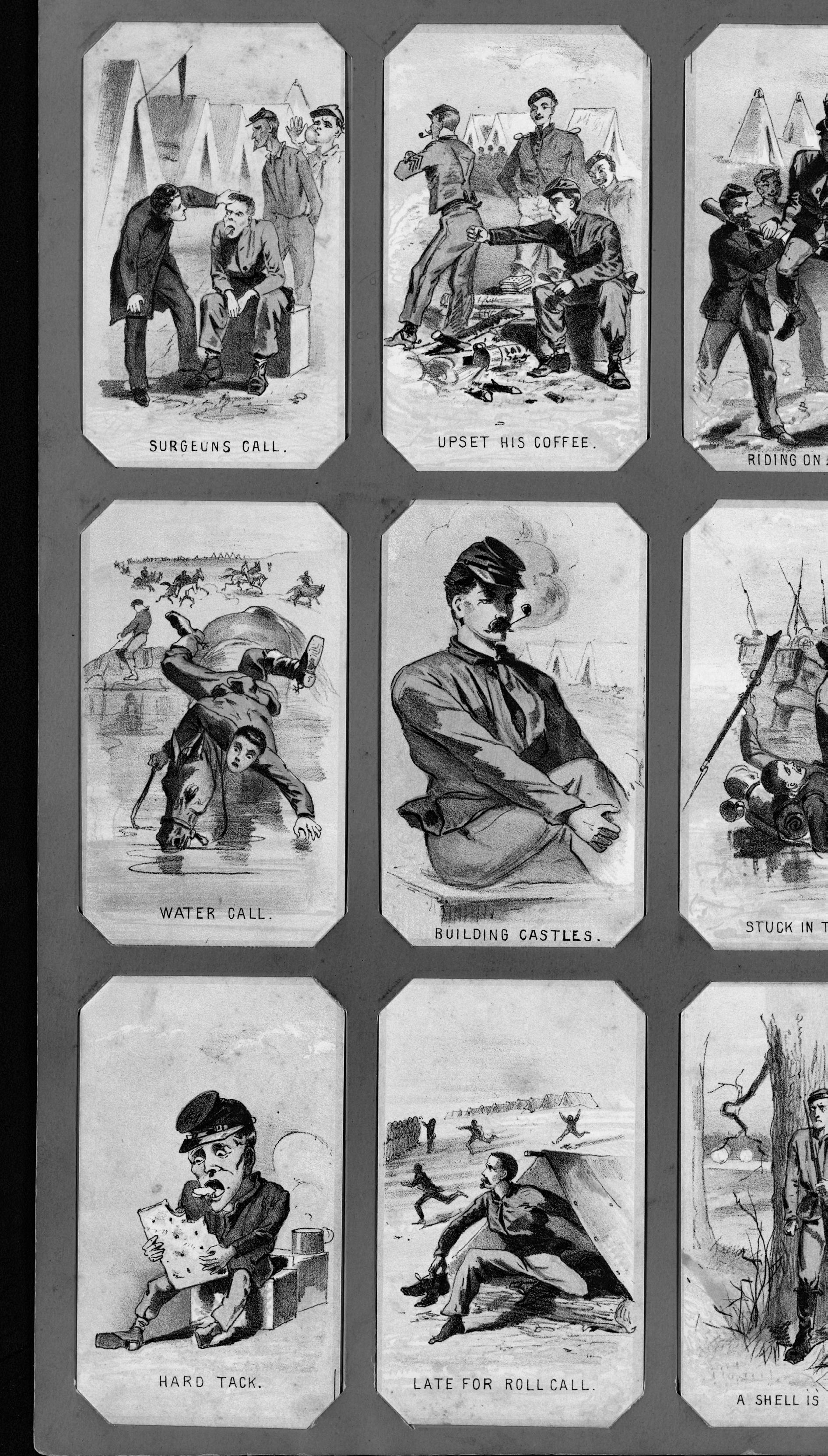
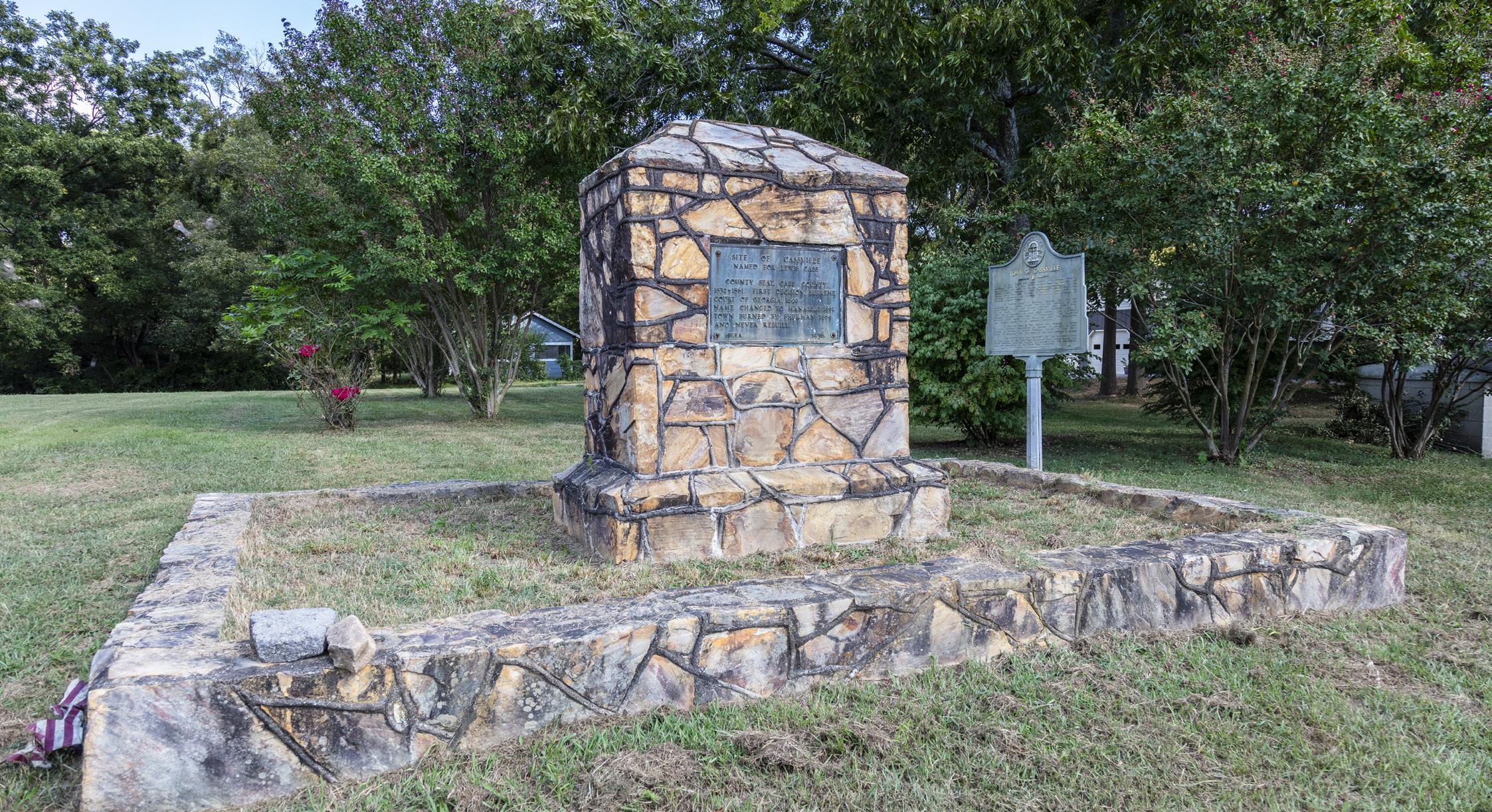
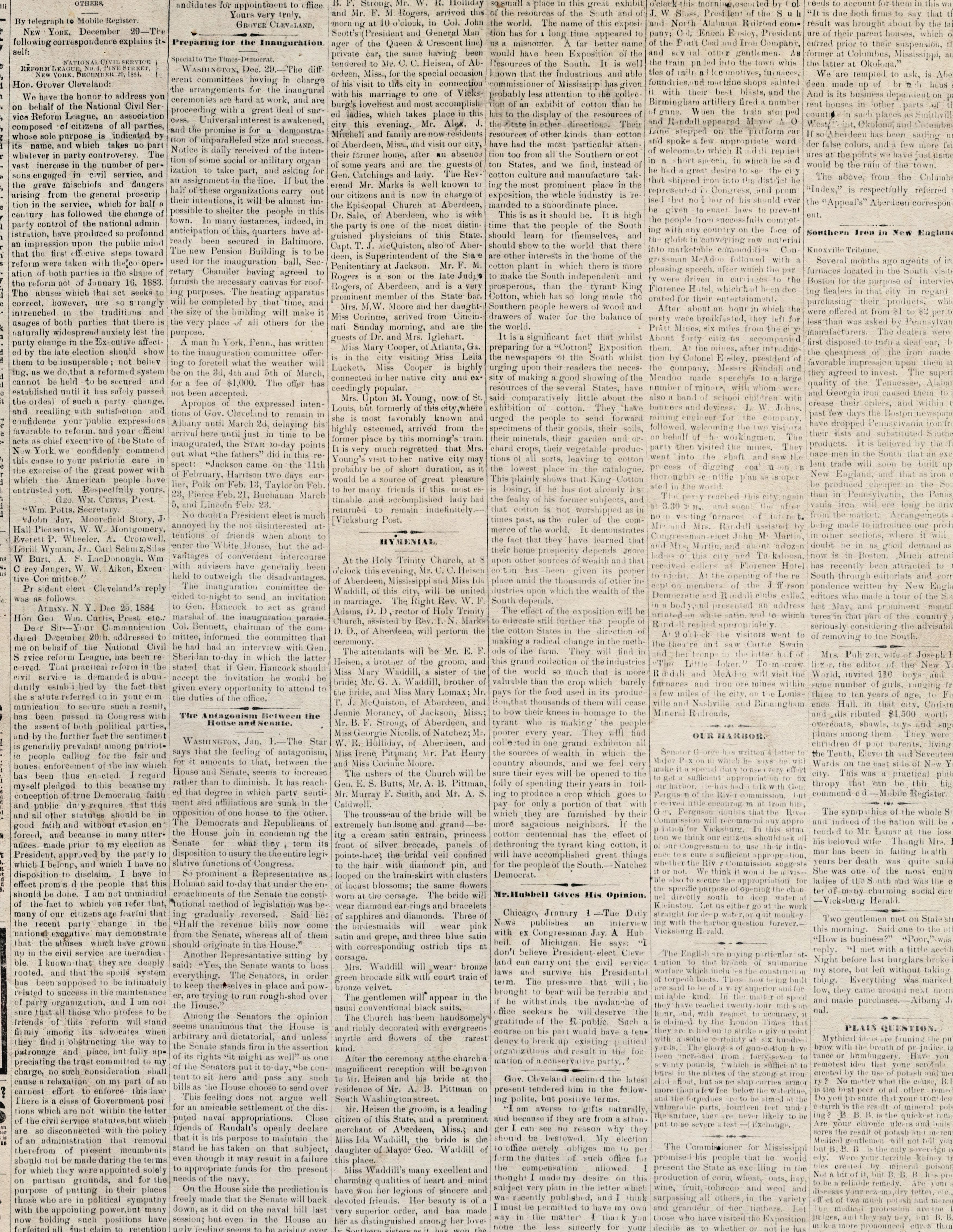 By Jonathan A. Noyalas
Zeller, President,
Holloway
By Jonathan A. Noyalas
Zeller, President,
Holloway
Fresh Views of the War’s Most Famous Fort Rare Views of Fort Sumter. By Bob
The Center for Civil War Photography 48 Maryland Arms Collectors Show The 68th Annual Show News from Timonium, MD. 52 Herb Peck Jr. Civil War Photography Collection The Story of a Civil War Photography Collector and the Sale of His Recovered Images. By Richard H.
70 How Shall All These Would be Healed? 18 56 Was Joe Johnston honest with History? the truth at cassvile IN THIS ISSUE This article promises to change the perception and understanding of Cassville, its mysteries, and its principal leaders. Exploring Battle’s Impact on Families.

advertisers critic’s corner William Andrew Fletcher, Rebel Private Front and Rear (1908). By Stephen Davis Ace Pyro LLC 46 American Battlefield Trust 1 American Digger Magazine 43 The Cassville Affairs – Mercer Univ. Press 17 Civil War Recreations – CWMedals.com ............. 24 Civil War Navy – The Magazine 7 College Hill Arsenal – Tim Prince ........................ 24 Colorado Gun Collectors Association Gun Show . 42 Dell’s Leather Works ............................................ 24 Dixie Gun Works Inc. 16 Gettysburg Foundation IBC Greg Ton Currency 34, 55 Gunsight Antiques 34 Harpers Ferry Civil War Guns 28 The Horse Soldier 7 Images of War Seminar ......................................... 43 “I thank the Lord I’m not a Yankee” – Book 47 James Country Mercantile 7 MKShows IFC, 16 Mike McCarley – Wanted Fort Fisher Artifacts 28 Military Images Magazine ...................................... 8 The National Heritage Collection ......................... 28 National Museum of Civil War Medicine ............. 24 N-SSA ................................................................... 43 Ohio Civil War, WWI, and WWII Show ................ 8 Poulin Firearms & Militaria Auctioneers BC Richard LaPosta Civil War Books 34 Rock Island Auction Company 9 Shiloh Chennault Bed and Breakfast 8 Suppliers to the Confederacy – Book 8 Ulysses S. Grant impersonator – Curt Fields 34 central Virginia battlefield trust Civil War Soldiers and Weather on Central Virginia’s Battlefields. By Tim Talbott 29 38 The Unfinished Fight The Enfield at Manassas Reconsidered. By Craig L Barry 10 American battlefield trust Preserve. Educate. Inspire. 53 Emerging civil war ECW Newsletter. By Chris Mackowski 32 civil war book reviews Timely Analysis of the Latest Research. 44 The graphic war Kimmel & Foster Part One. By Salvatore Cilella 14 Vision and Valor: The War Through Women’s eyes Women’s Roles in the War. By Juanita Leisch Jensen 66 This & That Lt. Colonel Fremantle, Welcome to Texas. By Gould Hagler 25
From the publisher
We are delighted to share the news, about the transformation of Civil War News ! After five decades of delivering captivating and thorough Civil War narratives to our audience in the form of a newspaper, we are now shifting to a bi-monthly magazine format. This change signifies more than a phase in our publication’s rich history; it marks a significant step towards creating more engaging, enduring, and enriching content for our readers and valued advertisers. This vision has been in progress since 2016.
The magazine’s premium pages offer an engaging reading experience. The crafted and organized content, free from the constraints of newspaper layouts transforms the exploration of historical stories into sheer joy. As a subscriber you’ll appreciate how this magazine seamlessly blends style with readability.
By subscribing, you can explore the perspectives and discoveries shared by historians and writers specializing in the Civil War. It’s an opportunity to engage with content that’s not only informative but also thought-provoking, crafted by experts in the field. Subscribing ensures you’re among the first to delve into groundbreaking research and diverse viewpoints. You become part of a community that values depth, excellence, and storytelling connections. Subscribing to this reimagined publication is not about receiving a magazine; it’s about immersing yourself in a narrative of the Civil War. Every issue is like an edition filled with insights and captivating visuals that you’ll want to revisit time and time again. It’s an investment in knowledge, motivation, and being part of a community that treasures the lessons and stories from the Civil War. Your subscription isn’t about acquiring a magazine; it opens up avenues to explore the past in an engaging manner.
What makes this magazine stand out is its commitment to showcasing exclusive articles. As a
subscriber, you’ll have access to aspects of the Civil War that have been overlooked or hidden for years. This exclusivity isn’t a benefit; it’s an expedition into territories of history.
Each edition will be carefully packaged in a polybag to guarantee it arrives in a condition reflecting the magazine’s standards. Your privacy and the quality of your reading experience are always our priorities as a publisher.
For 50 years, Civil War News has been a beacon for history enthusiasts, scholars, and the general public who are captivated by the tales and rich history of the American Civil War. Its commitment to delivering thorough content on events has solidified its position as a respected source within the Civil War community.
This new magazine design is tailored to appeal to an audience catering to those with an interest in the American Civil War, academic historians, and everyone in between. By exploring topics such as events related to the Civil War, in-depth articles from writers across the country, glimpses into civilian life, analyses of battles and key figures, nuanced discussions on slavery issues, and detailed examinations of military campaigns ranging from East Coast skirmishes to operations in the Trans Mississippi region, the magazine seeks to offer a well-rounded view of the Civil War era.
The transition of Civil War News to a magazine format signifies a milestone in its evolution, demonstrating responsiveness to changing media trends and a commitment to meeting audience preferences. Through a range of content that includes insights and personal narratives, the magazine aims to be a resource for enthusiasts interested in Civil War events, details, and material culture. This transformation respects the publication’s legacy while embracing opportunities, ensuring that stories, lessons, and impacts of the Civil War are portrayed with precision, depth, and complexity.
All subscriptions purchased or renewed at the higher rate of $41 will be prorated appropriately.
Sincerely,
Jack W. Melton Jr.
Publisher

6 Civil War News Magazine | May-June 2024
Subscribe online at
Subscribe online at
https://www.historicalpublicationsllc.com/site/subscription_services.html
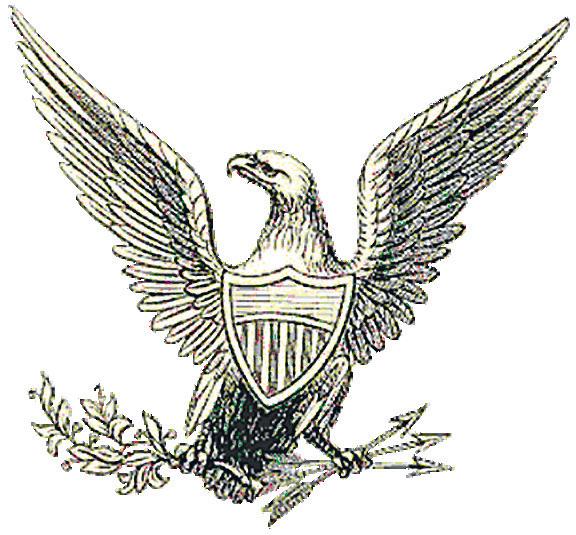
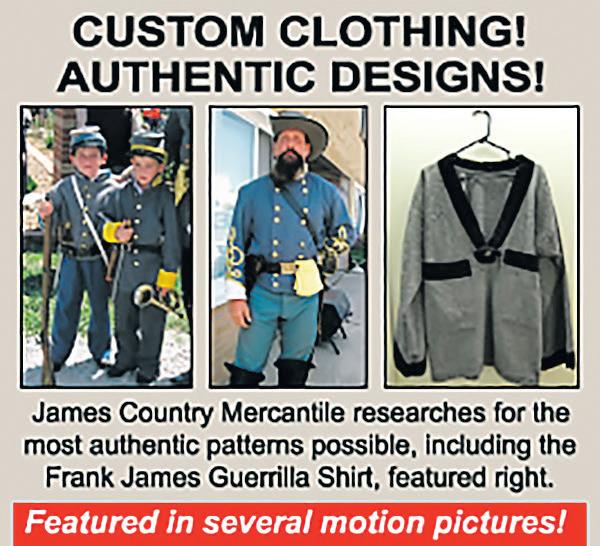
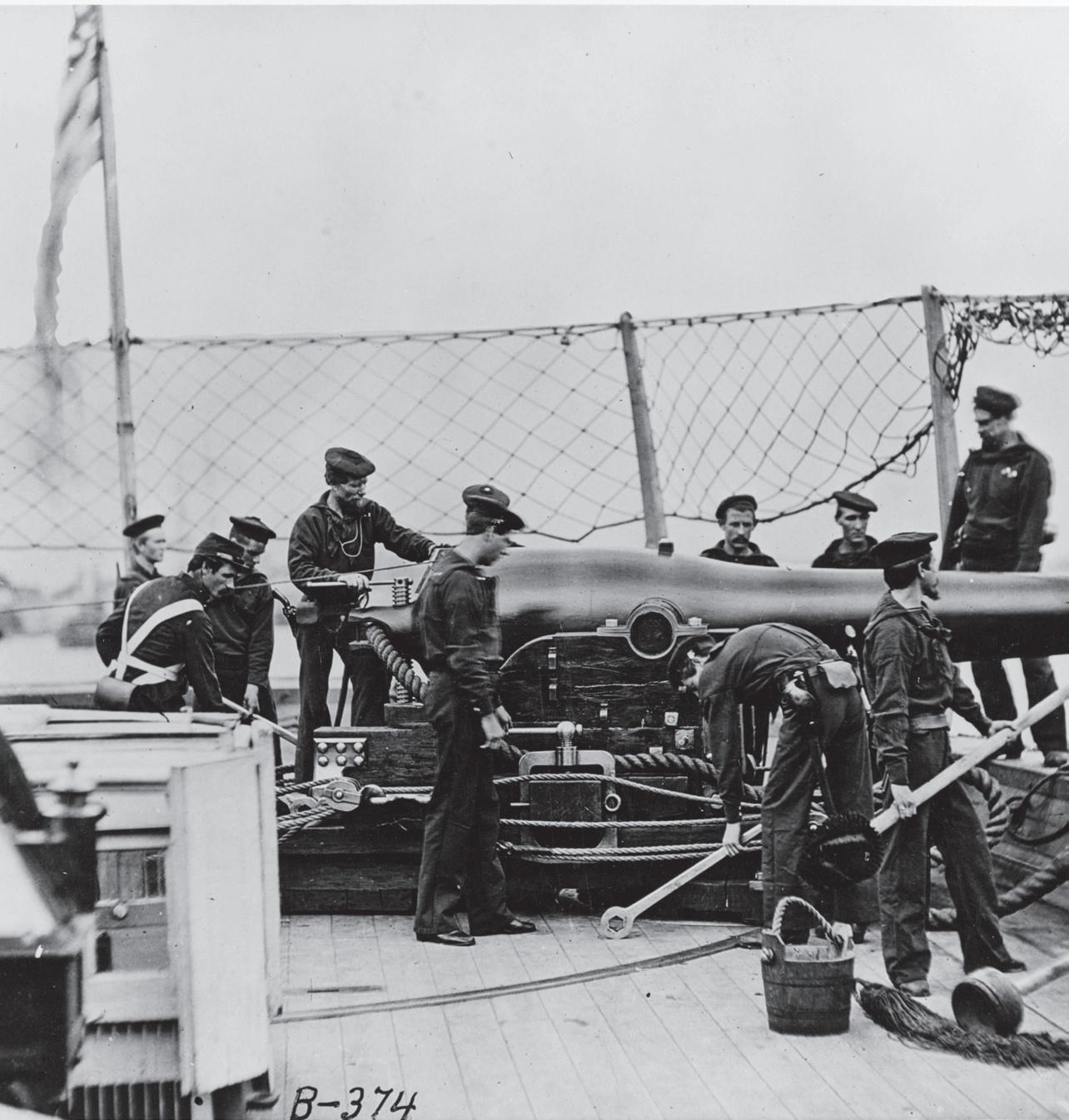

7 Civil War News Magazine | May-June 2024 19th CENTURY LIVING HISTORY! James Country MERCANTILE 111 N. Main Liberty, MO 64068 816-781-9473 • FAX 816-781-1470 www.jamescountry.com Ladies – Gentlemen Civilian – Military • Books • Buttons • Fabrics • Music • Patterns • Weapons Mens, Ladies and Children’s • Civilian Clothing • Military Clothing • Military Accessories • Accoutrements Everything needed by the Living Historian! Our Clothing is 100% American Made! The home of HOMESPUN PATTERNS© Join the Crew! civilwarnavy.com 1 Year—4 Issues: $37.95 Subscribe Now at civilwarnavy.com Or send a check to: CSA Media, 29 Edenham Court, Brunswick, GA 31523 International subscriptions subject to postage surcharge.
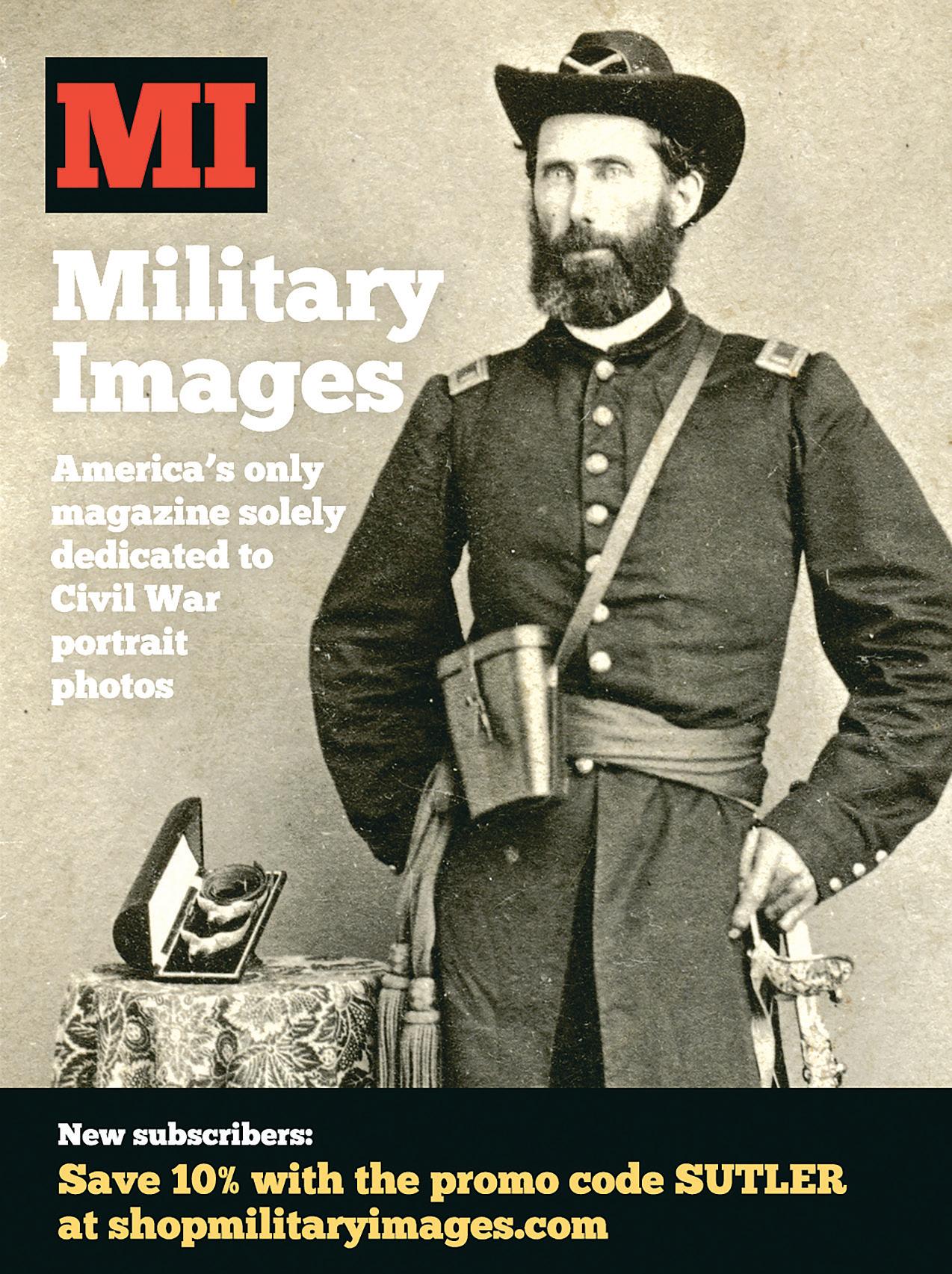

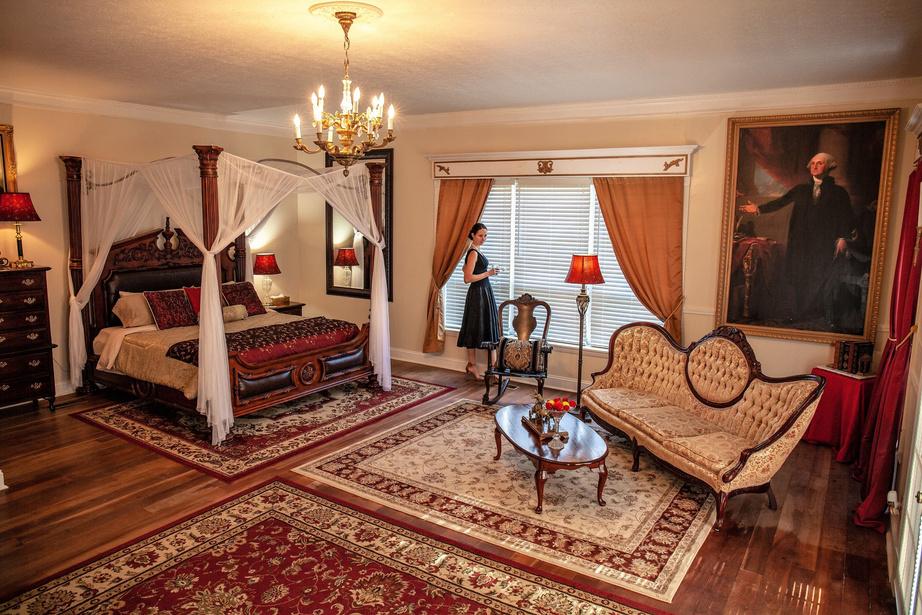

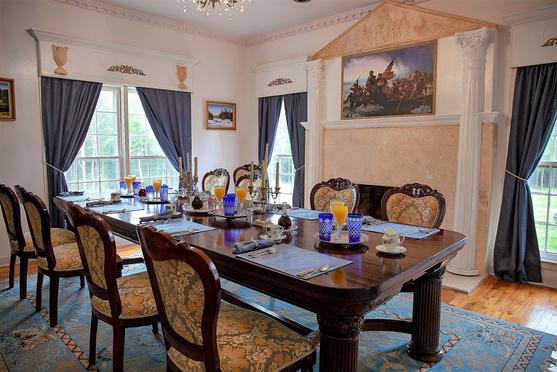


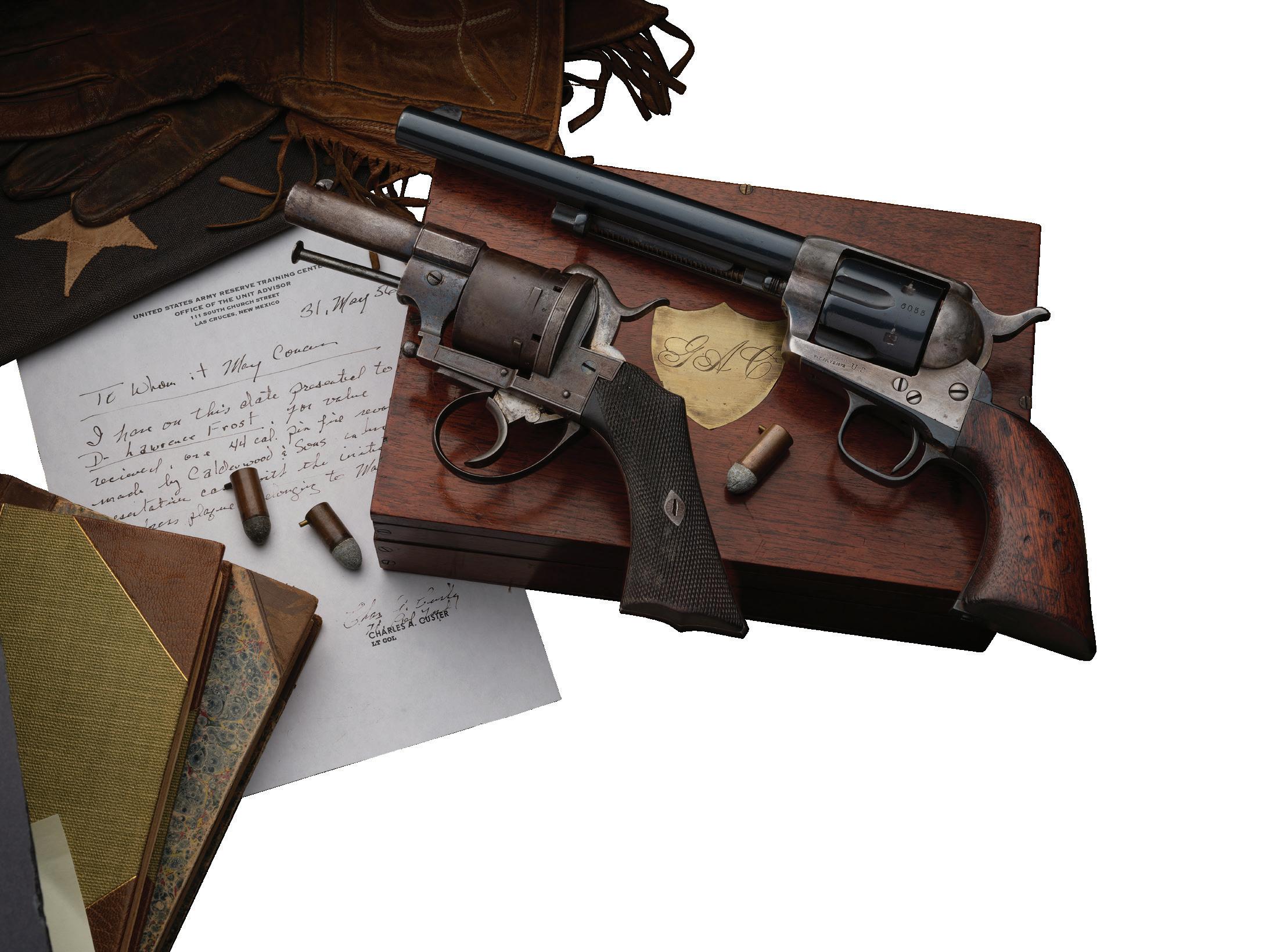
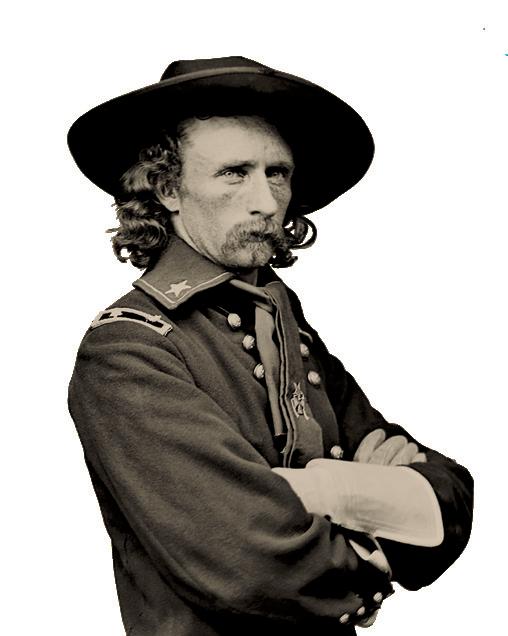
8 Civil War News Magazine | May-June 2024 Next year’s show is May 3-4, 2025



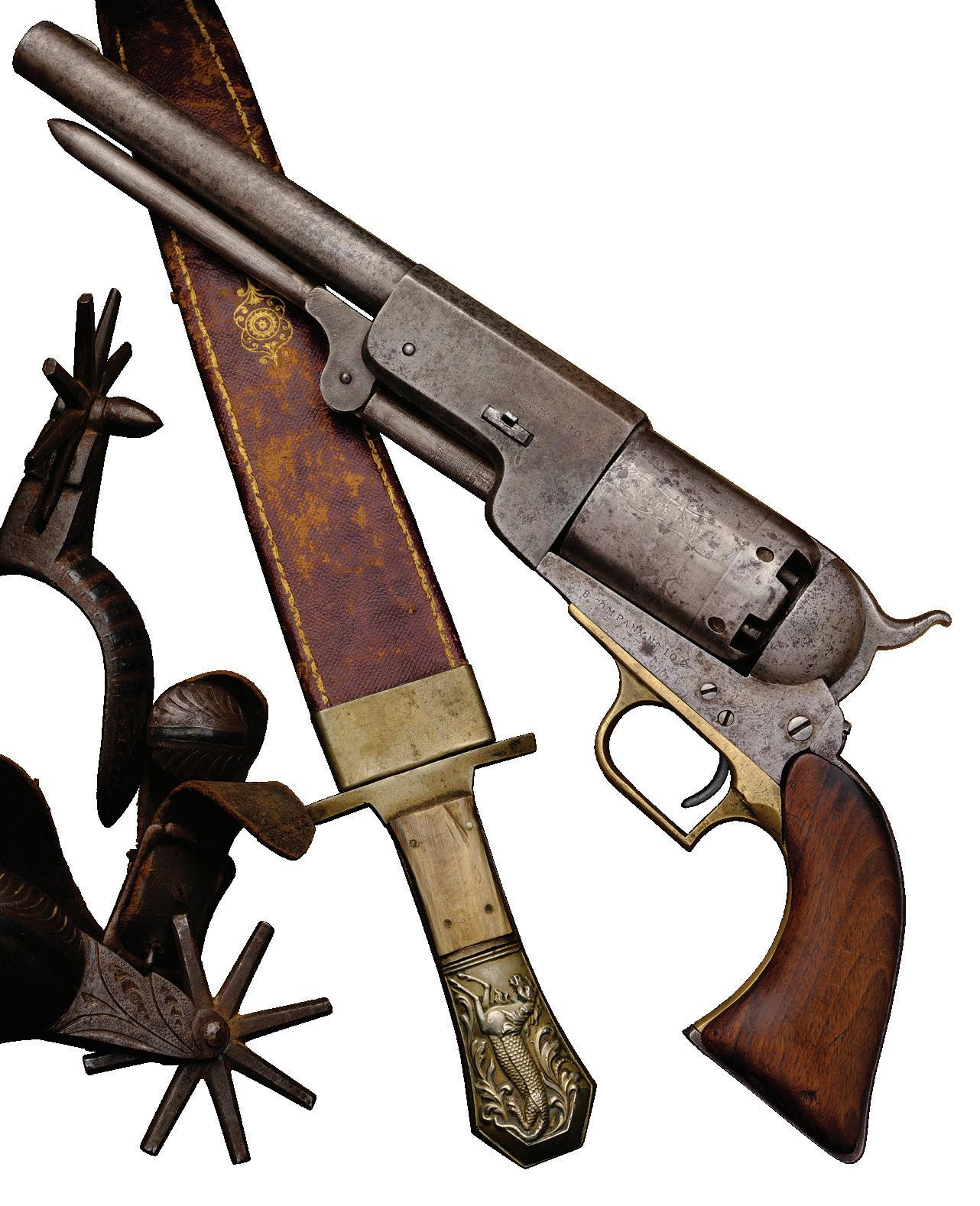




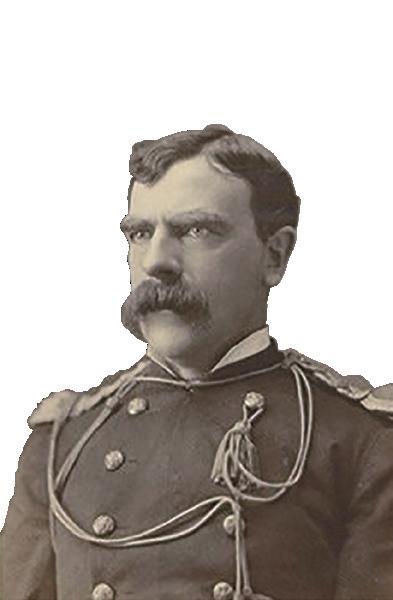

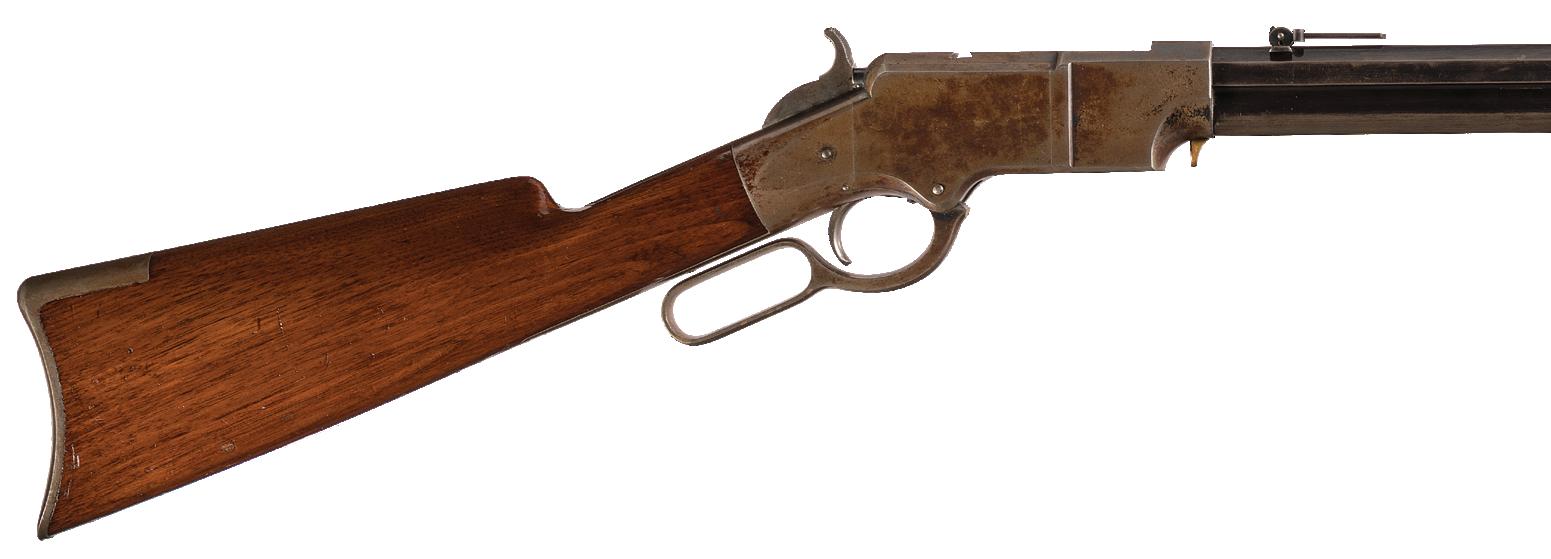
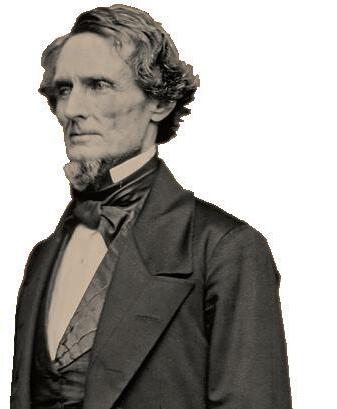


Rare, Well Documented and Historic B Company No. 102 U.S. Colt Model 1847 Walker Percussion Revolver Marked for Mexican General and Governor of Coahuila Andres Viesca with Herb Glass Authentication Letter Historic and Exceptional Engraved Civil War Martially Inspected New Haven Arms Co. Henry Lever Action Rifle Identified to a Member of the U.S. 3rd Veteran Volunteer Infantry Extremely Rare and Outstanding Documented Iron Frame New Haven Arms Co. Henry Lever Action Rifle Captain Myles Moylan History Lives Here Over 100 Civil War items in this auction Rock Island Auction Company Fine, Historic, & Investment Grade Firearms Bedford, Texas Premier Auction May 17 TH , 18TH & 19TH FOR YOUR COMPLIMENTARY CATALOG Call 800-238-8022 (Reference this ad) ® ® Historic Cased Factory “Vine Scroll” Engraved Colt Model 1860 Army Percussion Revolver with Ebony Grip Passed Down through the Family of Second Lieutenant Huntington F. Wolcott of the Second Massachusetts Cavalry WWW.ROCKISLANDAUCTION.COM RIAC IS ALWAYS ACCEPTING QUALITY CONSIGNMENTS, ONE GUN OR AN ENTIRE COLLECTION! Call: 800-238-8022 or Email: guns@rockislandauction.com 3600 Harwood Road, Bedford, TX 76021 ∙ P: 800-238-8022 ∙ F: 309-797-1655 ∙ info@rockislandauction.com ∙ Auctioneer: Patrick Hogan (#18366) ∙ Buyers Premium 17.5% Catalog Online Now Historic Documented Ainsworth Inspected Prime 7th Cavalry Range “Lot Six” U.S. Colt Cavalry Model Single Action Army Revolver Accompanied by Kopec Letters and Additional Information Attributing the Revolver to Captain Myles Moylan, Commander of Company A of the 7th Cavalry, Medal of Honor Recipient, and Veteran of Numerous Significant Battles, Including Gettysburg, Little Bighorn, and Wounded Knee Large Wragg & Sons Spear Point Bowie Knife with Desirable HalfHorse, Half-Alligator Pommel and Sheath Rare Civil War U.S. “O’Donnell’s Foundry” 6-Pounder Wiard Rifle with Carriage and Caisson Historic
Action
Revolver with “G.A.C.” Inscribed Case and Receipt from Family Descendant Lt. Col. Charles A. Custer Identifying the Cased Set as Owned by Lt. Col. George Armstrong Custer Lt. Col. George Armstrong Custer
Calderwood & Son Double
Pinfire
THE UNFINISHED FIGHT: THE ENFIELD AT MANASSAS RECONSIDERED
By Craig L. Barry

“at [First] Manassas, over thirty-five thousand Union troops went into battle, armed primarily with aging smoothbores. Their final assault up Henry Hill came within mere yards of carrying the day and breaking the back of Confederate resistance. That final gallant charge, however, was shredded by the concentrated volleys of Stonewall Jackson’s men, armed primarily with newly issued Enfield Rifles that could kill at four hundred yards and were murderous at a hundred yards or less, a range at which the smoothbores of the Union were still all but useless.”
– William Forstchen, Bill Fawcett, It Seemed like a Good Idea: A Compendium of Great Historical Fiascoes (1988)
The passages highlighted beg further discussion beginning with “…armed primarily with newly issued Enfield Rifles.” How could that possibly be correct? How many Enfields were in Confederate hands as early as July 1861? Lacking the ability to produce their own infantry arms in sufficient quantity to meet their needs, the Confederacy sent agents to Europe to procure the best infantry arms that could be found. Caleb Huse’s initial efforts resulted in the purchase of 3,500 rifles from London gun-making firms in April 1861.
According to Stephen C. Tucker in A Short History of the Civil War at Sea, these were loaded on the 700-ton steamer Bermuda. On April 22, 1861, the Bermuda steamed from Falmouth and ran the Union blockade via Nassau, arriving in Savannah, Ga., on September 18, 1861. The majority of these rifles were “London guns, Barnett marked.” The rest (1,200) were manufactured by the London Armoury Co. These were the first Enfield rifles to reach Confederate soil since the start of the war. Ruling out time travel, it is doubtful that very many of those Enfield rifles could have been in use by General Jackson’s brigade for the fighting at Henry Hill two months earlier in July 1861.
If not Enfield rifles, what were General Jackson’s troops issued early in the war? Well, it appears they received a variety of muskets, just like most other infantry units. In May
1861, the 4th Virginia Infantry, Co. H (Rockbridge Grays) left Lexington, Va., for Harper’s Ferry with borrowed muskets from the Virginia Military Institute. These weapons were M1851 Springfield Cadet smoothbore muskets, a scaleddown version of the U.S. Model 1842. By September 1861, the Grays still had them as the Commonwealth of Virginia asked for the return of VMI’s weapons, prompting General Jackson to respond to the Governor’s office stating, “I regret to say that Capt. Updike’s company (Rockbridge Grays) has not returned the cadet muskets and I fear that I will be unable to forward them to the VMI until in their place can be supplied other percussion muskets.”
In case that might be deemed an isolated incident, it has been noted that the Shenandoah Sharpshooters, Company K, 33rd Virginia, were initially issued outdated flintlock muskets. No doubt, the men in that company felt the Rockbridge Grays were lucky, since at least they had percussion muskets and not the less reliable flintlock smoothbore muskets. On May 26, 1862, one of the Liberty Hall Volunteers, 4th Virginia Co. I, wrote home that he was carrying a “Belgian musket,” most likely an imported smoothbore converted to percussion. Various accounts also documented that most of Jackson’s men were not fully armed with imported Enfield rifles before 1863.
The variety of muskets early in the war as noted above is, if not all inclusive, exactly what you would expect. Were there
anything but smoothbore muskets in use at First Manassas? It appears there were scattered rifles in use by flank companies and skirmishers, just not Enfield rifles imported from Britain. General Jackson’s 4th Virginia Co. F was initially issued U.S. Model 1855 two-band “Harpers Ferry” rifles with saber bayonets seized at the Federal Armory in Harpers Ferry, Va., in April 1861. There were also known to be a number of U.S. Model 1841 Percussion rifles (with and without bayonet lugs) in Southern Arsenals before the war. There were not enough Enfield rifles documented as received by either side to be found in any significant numbers during mid-1861.
Moving on to more foolishness from this remarkable passage “…murderous at a hundred yards or less, a range at which the smoothbores of the Union were still all but useless.”
The improved accuracy of the .58 caliber U.S. Model 1861 and .577 caliber Pattern 1853 Enfield rifle-muskets is not at issue. At longer ranges, beyond 100 yards, a single soldier armed with a smoothbore musket is not likely to hit a lone enemy target. At the same time, it is important to note that the troops were clustered in tight formation and not spread out like targets on a firing range.
It is true that aimed at a stationary silhouette; the rifle-musket can hit easily at a distance greater than 100 yards, assuming the man firing the weapon is properly trained in its use. To illustrate this, data and photographs from comparative firing of the “New Rifle Musket, Calibre .58’’ which most likely means the U.S. Model 1861, and the “Smoothbore Musket, calibre .69’’ which might have been a converted flintlock Model 1816/22 or the Model 1842, is available in the National Archives. Claud E. Fuller used this same data in The Rifled Musket.
“I REGRET TO SAY THAT CAPT. UPDIKE’S COMPANY HAS NOT RETURNED THE CADET MUSKETS AND I FEAR THAT I WILL BE UNABLE TO FORWARD THEM TO THE VMI UNTIL IN THEIR PLACE CAN BE SUPPLIED OTHER PERCUSSION MUSKETS.”

At 100 yards, the U.S. Model 1861 rifle-musket hit between 48 and 50 times out of 50 shots per target, getting less than 50 hits just once. Accuracy fell off, though; at 200 yards, the hit rate ranges from 41 down to 32. At 300 yards, accuracy is worse, between 23 and 29 hitting the target. At 500 yards, the hit rate was between 12 and 21. A moderate wind existed during all firings of the rifle-musket. The smoothbore musket was tested in two categories, with and without buckshot. At 100 yards, again with 50 shots of ball being fired, between 37 and 43 hit, a hit rate that was not as good as the rifled
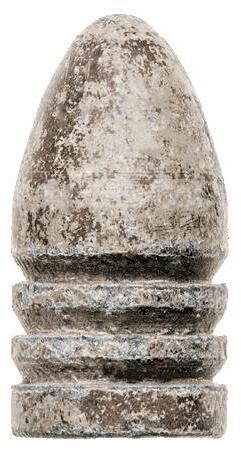
U.S. .58 caliber Minié ball (bullet). Enfield .577 caliber bullet.
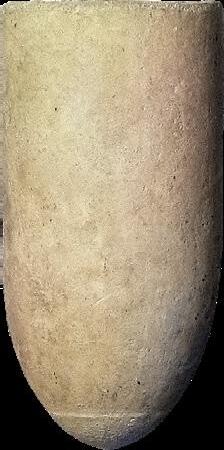
U.S. Model 1861, but respectable. However, most smoothbores were not fired with a single ball alone, but rather with “buck and ball” which included three smaller .31 balls in addition to the single large .66 caliber lead ball. With buckshot added to the rounds, the hits jumped dramatically. Still firing 50 times, the accuracy with the buckshot at 100 yards ranged between 79 and 84 hitting, while the balls hit between 31 and 36 times. Note the increase in overall hits because of the number of projectiles. The point being, firing at massed troops inside 100 yards, the smoothbore musket was very effective. Far from “useless,” it could be argued purely on the basis of “hits,” the smoothbore was perhaps more effective inside 100 yards than the rifle-musket. That is one reason why the “obsolete” smoothbore muskets were still in service on both sides when Lee surrendered at Appomattox Courthouse in 1865. A good source on the extensive use of the smoothbore musket during the Civil War is Bloody Crucible of Courage by Brent Nosworthy.
The issue of what General Jackson’s forces had in hand during July 1861 is not widely in dispute if existing records are consulted, limited though they are. The question regarding whether any other Enfield rifles could have been in the ranks at all for First Manassas is a topic worth considering. Specifically, the possibility of Wade Hampton’s self-purchased Enfield rifles being used during the battle in question, or perhaps procured as a battlefield pick-up. After all, there is at least one-period account of a Confederate soldier at First Manassas claiming to pick up an Enfield rifle from a fallen Union soldier and continuing the fight so armed. If so, he would have also needed the supply of .577 caliber rounds in the cartridge box, too, and would have been out of the fight once it was empty.
Accounts from soldiers about exactly when and where they procured a battlefield pick-up can be unreliable. There is a display in the Civil War portion of the Tennessee State Museum where an 1861 Colt Special Model rifle-musket is shown. The caption accompanying the display states the soldier picked up the piece from the battlefield at Shiloh in April 1862. The U.S. government did not receive the first deliveries of Colt Special Models until August 1862. Once again, ruling out time travel this soldier’s recollection of his battlefield pick-up cannot be correct.

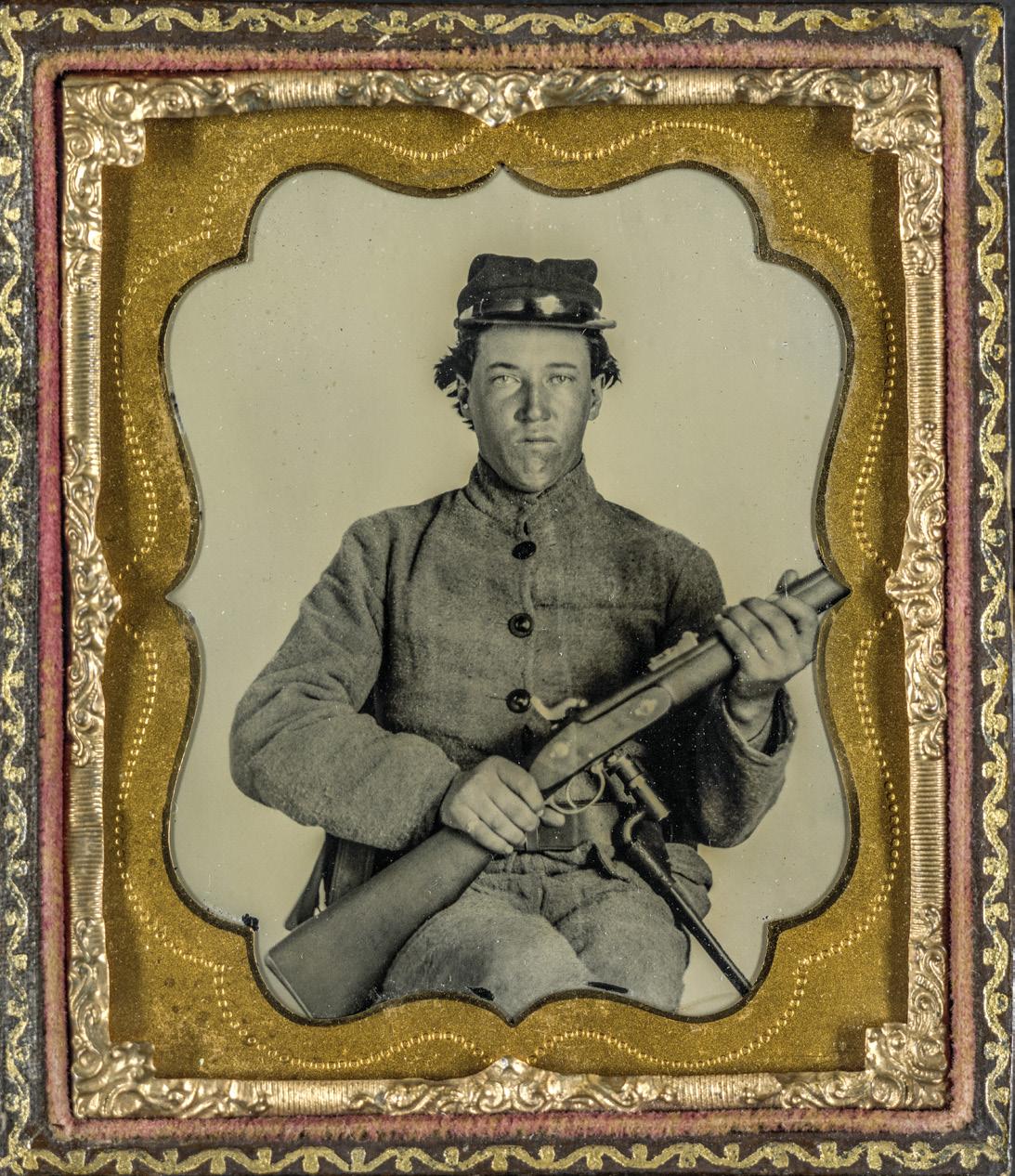
Above: Confederate infantryman wearing homespun shell jacket and trousers, plain non-military buttons, and kepi. Soldier holds a blockade run Pattern 1853 Enfield riflemusket and the accompanying English angular bayonet in its scabbard on his belt. (Liljenquist Family Collection of Civil War Photographs) (Library of Congress).
It is well known that besides receiving imported modern weapons from overseas, many Confederates procured rifled arms courtesy of the Union Army. Unfortunately, putting any sizeable number of Enfield rifles in Union hands during mid1861 is similarly problematic. Federal purchasing agents arrived in London a few weeks after the Confederates. Huse had already contracted with many London firms for their entire available output, so Federal purchasers largely fell back on Birmingham; the first dribs and drabs from those early contracts began to arrive in August 1861.
However, some purchasing agents for the states of New York and Massachusetts beat both the Federal and Confederate governments to England. Caleb Huse wrote that before the Confederate contract with London Armoury could be filled, the firm had to complete an earlier order for Massachusetts. The following passage suggests there were at least some Enfield rifles in the hands of other Massachusetts volunteers as early as July 10, 1861, if not with Union troops down in Virginia fighting the Confederates.
A letter to the Greenfield Gazette and Courier newspaper follows, which was in publication during this period. Still, I could not find the original archived newspaper article or the
letter of that date referenced here. Don C. Williams quotes the letter is his piece on The Enfield Rifle in the 28th Massachusetts, which tracks with what other soldiers noted about receiving them. The letter reads as follows:
Camp of the 10th Reg’t Mass Volunteers, Hampden Park, Springfield, Massachusetts July 10 [1861]
“…Friday morning the regiment marched to the U.S. Armory and returned the muskets loaned them for the purpose of drill, and in the afternoon we received our full supply of the Enfield rifled musket. For this the Regiment may well thank our efficient Colonel, whose influence has procured for us so fine an arm; whilst other Regiments are obliged to take the guns we returned, smooth bore muskets of the old model . . . The Enfield gun, purchased by the State (of Massachusetts) in England, though differing in many respects from the Springfield rifled musket, is a handsome and no doubt serviceable weapon, and I think fully equal to the Springfield arm…”
Along the same lines, the History of the First-Tenth-Twentyninth Maine Regiment, by Maj. John M. Gould (1871) notes the following a few months later:
“Oct. 21st [1861], new muskets were delivered to the men,
Below: Unidentified member of the Sumter Light Guard, later Co. K, 4th Georgia Infantry in his pre-war militia uniform holding a Pattern 1853, Type II, rifle musket. Note the wide front band.
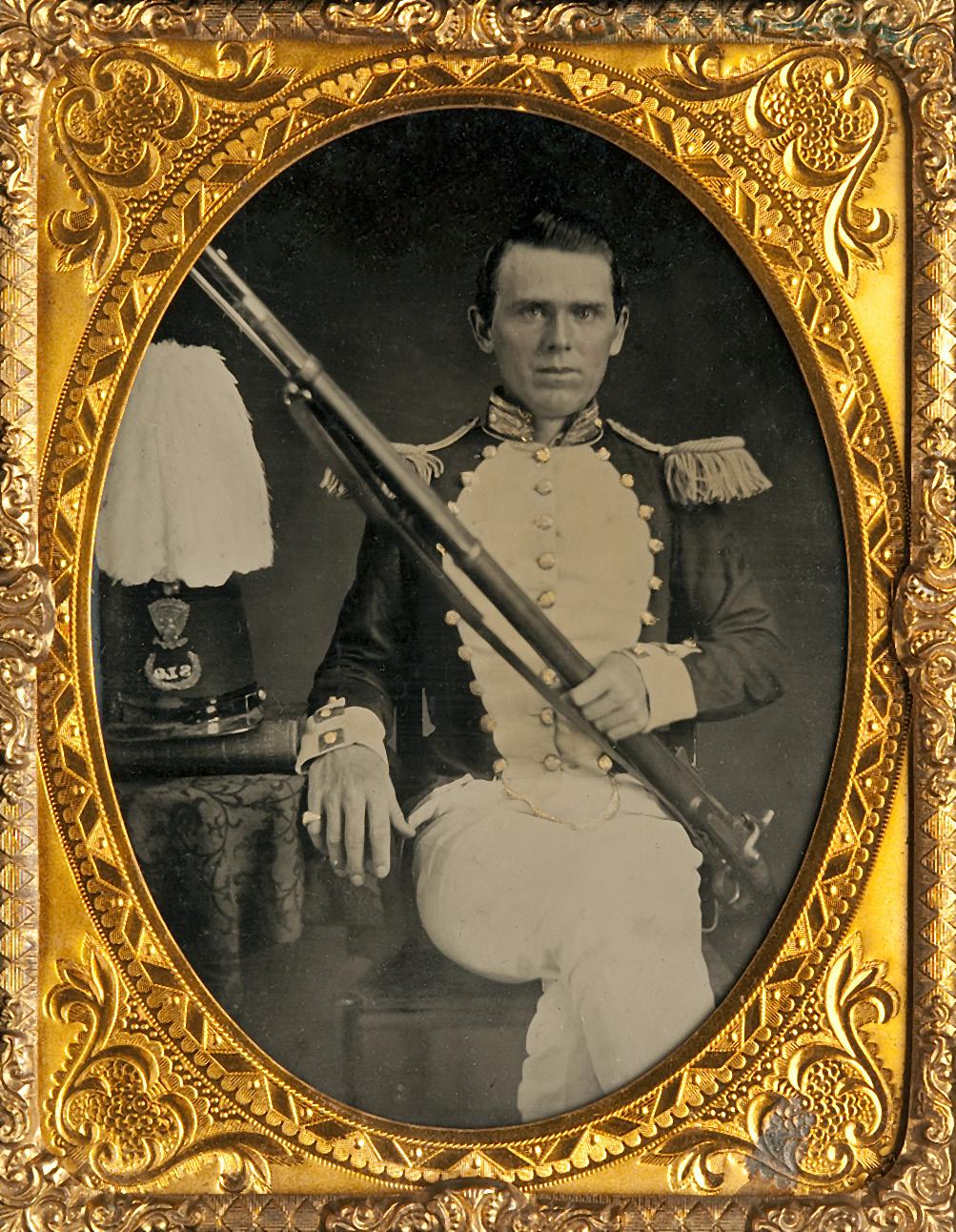
British Military Pattern 1853 Type III Enfield rifle musket .577 caliber, 39-inch barrel. Although the Pattern 1853 Enfield rifle-musket was the second most used infantry long arm on both sides during the American Civil, those guns produced at the Royal Small Arms Factory (RSAF) at Enfield Lock, like the one pictured below were not acquired by either side. The “ENFIELD” marked guns were British military property that was not exported for use by either side during the war. While some obsolete British military arms were used during the war, current production guns from the British national armory were not, and the Pattern 1853 Enfield Rifle Muskets acquired by both sides were commercial guns, produced by various English contractors. The RSAF-produced Enfields were some of the highest quality P1853s produced during the era, as they were fully interchangeable parts guns, built primarily on Americanproduced machinery, set up by James Burton, former Harpers Ferry Master Armorer, who would later oversee the Confederate Richmond Armory and then all Confederate government armories. (Atlanta History Center, Beverly M. DuBose Jr. Collection)

1st Mainers. “Had we not been promised a new blue uniform and Springfield muskets?” To be sure we had the blue uniform and a good outfit in every way, “but look at these Enfield muskets,” said they, “with their blued barrels and wood that no man can name!” They were not a bad weapon, however, differing little from the Springfield, in actual efficiency, weight, length, and caliber, but far behind in point of workmanship
Regarding Wade Hampton and his legion’s weaponry, additional research revealed some information that may be of interest on the topic of their privately purchased Enfield rifles and who received them. Stephen Wise noted in Lifeline of the Confederacy: Blockade Running During the Civil War (1988) that the first blockade runner to deliver Enfields to the Confederacy was the steamship Bermuda . It was from the Enfield rifles aboard the Bermuda that “Wade Hampton supplied his Legion with 200 Enfield rifles, 20,000 Enfield cartridges and two six pound [3.67-inch] rifled field pieces.” We also know the Bermuda arrived in Savannah on September 18, 1861, too late for any of its cargo to be used at First Manassas.
Finally, which of Wade Hampton’s troops eventually got those very first Enfield rifles that ran the blockade and landed in Savannah? The unit known

as the Washington Light Artillery in Hampton’s Legion was issued the Enfield rifles, and actually “won” them as part of a battalion drill competition conducted by General Hampton. The contest was judged a tie, with the other winning unit (Company H, German Volunteers) receiving the two rifled artillery pieces. A review of the record indicates that the German Volunteers were not formed and mustered in at Charleston, S.C., until August 22, 1861.
They departed from Charleston for Virginia by rail in September 1861. Again, this suggests a later date than First Manassas in July 1861 for the potential use of the first shipment of Wade Hampton’s Enfield rifles, as well as any other weapons that came in on the Bermuda
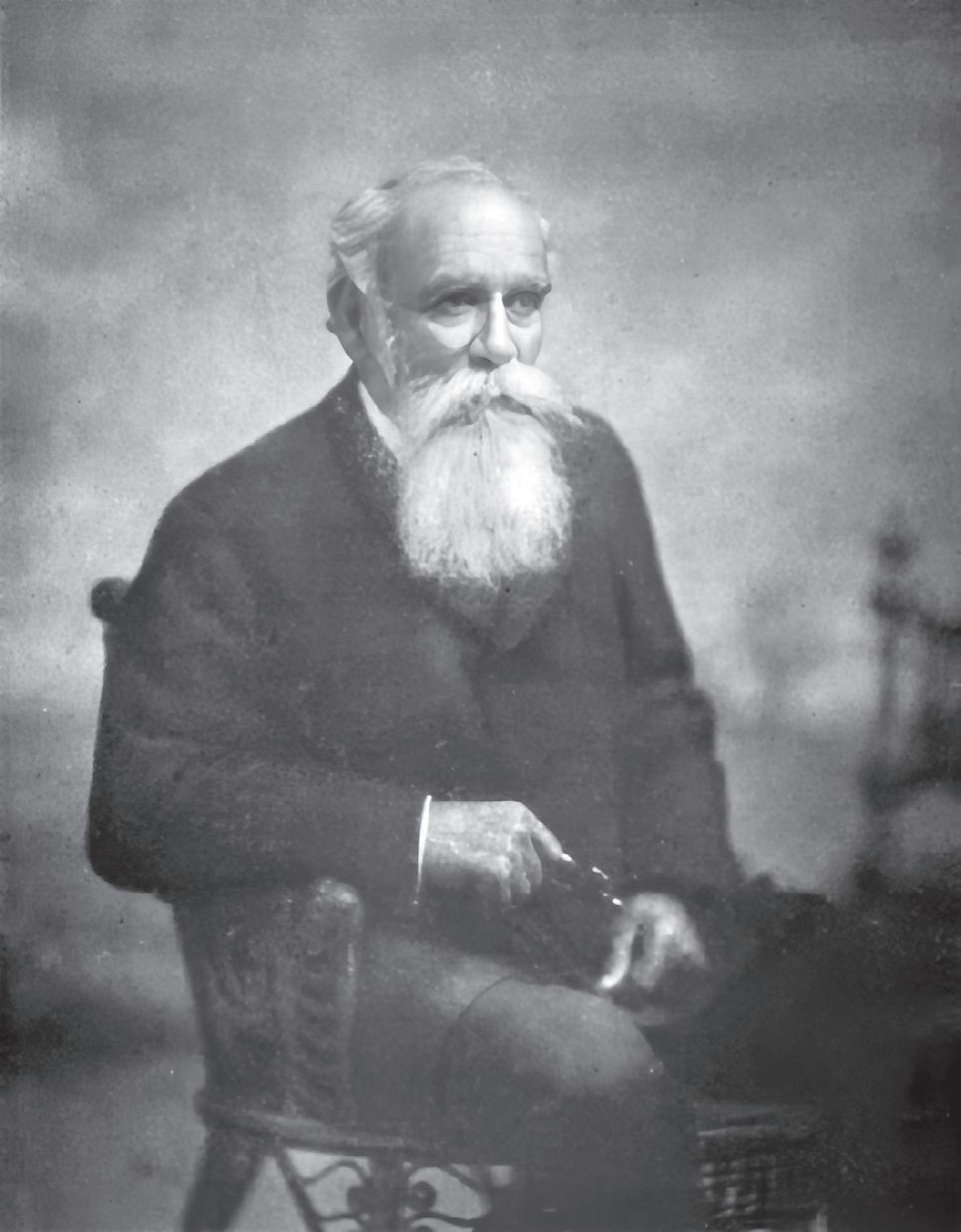
During the Civil War, Major Caleb Huse (Feb. 11, 1831–March 12, 1905) served as an arms procurement agent and purchasing specialist for the Confederacy. (Public Domain)
C raig L. B arry was B orn in C har L ottesvi LL e , v a h e hoL ds his B a and M asters degrees fro M U n C (CharLotte). Craig served T he W aT chdog c ivil W ar Q uar T erly as a sso C iate e ditor and e ditor fro M 2003–2017. T he W aT chdog p UBL ished B ooks and C o LUM ns on 19 th - C ent U ry MateriaL he is the aUthor of severa L B ooks in CLU ding T he civil War MuskeT: a handbook for h is Torical a ccuracy (2006, 2011), The unfinished fighT: essays on c onfederaT e M aT erial c ul T ure voL. i and ii (2012, 2013). he has aLso pUBLished foUr Books in the suppliers To The confederacy series on e ng L ish a r M s & a CC o U tre M ents , Q U arter M aster stores and other eUropean iMports.
. . .”

The Graphic War Kimmel & Fors T er p ar T one
By Salvatore Cilella
The Graphic War highlights prints and printmakers from the Civil War discussing their meaning and the printmaker or artist’s goals.
The lithographers Kimmel and Forster, unlike other German American artists of the Civil War era, left very few historical footprints on the national scene. According to their own lithographs, they occupied a business establishment at 254 and 256 Canal Street, New York City. We know Christopher Kimmel “worked as an engraver, lithographer, and printer in New York City with three different partners: Samuel Capewell (1852–1862), Thomas Forster (1865–1870), and Henry E.F. Voigt (1871–1877). By 1878, the partnership of “Kimmel & Voigt” was comprised of Henry Voigt and George Kimmel; the firm was active during the Etching Revival printing etchings for artists.1 During the war, Kimmel listed himself as an engraver in 1863 and in 1864, as a printer. When he partnered with Thomas Forster between 1876 and 1870, the two listed themselves as engravers, lithographers, printers, and colorers [sic].2 “They produced the well-known print The Old Flag Waves over Fort Sumter, as well as prints documenting the installation of the new Atlantic Cable.”3 During the war, Kimmel was associated with publisher Bromley and Company, a New York firm that published
several scandalous anti-Lincoln and anti-abolitionist prints. They appeared in the New York daily The World, which originally supported Lincoln, but then was sold to a consortium of New York Democrats who unabashedly attacked Lincoln.
Despite these attack prints, by 1865, Kimmel had embraced Lincoln and his Emancipation policies. With Forster he published a group of pro-Union, pro-abolitionist, pro-emancipation, allegorical prints laden with patriotic iconography. Two particularly significant prints bookended the war. They were both produced sometime in the years immediately after Lee’s surrender, ca. 1866-67.
Although early colonists popularized Uncle Sam and Yankee Doodle, the feminist depictions of liberty and freedom have been the “most appealing,” according to historian David Hackett Fischer. Fischer writes that they “descended from the ancient goddess of liberty, a timeless figure who represented an idea that derived its authority . . . from eternal truth. In the early American republic, they became something different—a symbol of modernity, endlessly redefined by the whirl of contemporary fashion—
14 Civil War News Magazine | May-June 2024
The Outbreak of the Rebellion in the United States, 1861. (Library of Congress)
and they gained new meaning from their relevance to the present.”4
Both prints were published as uncolored, black and white, large folio lithographs. The first was entitled The Outbreak of the Rebellion in the United States 1861 and dated 1865. The entire image is split evenly between the “good” of Union and the “evils” of secession. Centering the tableau is the Goddess Liberty, or Columbia, wearing the French revolutionary Phrygian cap with a laurel wreath. In her left hand is a pole holding the American flag. She is surmounted by the American eagle. On her left, (the viewer’s right), stands Lincoln addressing his audience. Behind his outreached left arm is General Winfield Scott in uniform. Below, “various figures exemplifying the generosity and suffering of the Northern citizenry” pour out their donations to keep the Northern war machine running smoothly. Below Lincoln’s feet is a widow (presumably) grieving with her two children. In the right background, over scenes of war, a bright sun rises above the mountains.
On the print’s left, the figure of Justice has dropped her blindfold and holds the scales of justice in her left hand and a sword in her right. Asleep at his post is President James Buchanan while his Secretary of War, John B. Floyd, “who was accused of misappropriation of government funds,” is shown raking coins into a bag. Confederate President Jefferson Davis is depicted below a palm tree, a symbol of South Carolina, where the rebellion began. Wrapped around the tree is the venomous snake of secession. In the left background, in contrast, is a depiction of Fort Sumter
and nothing but ominous clouds hovering over all.
The following year, 1866, Kimmel and Forster issued a sequel they entitled, The Outbreak of the Rebellion in the United States. This time the vanquished Rebel army is depicted on the right side of the print, below a bowing, bending, palmetto tree. Jefferson Davis holds a sack of money as Robert E. Lee offers his sword in surrender. John Wilkes Booth is center right.
Three women are central to this tableau. On a pedestal, Liberty is right center with her revolutionary Phrygian hat next to Columbia with stars in her crown. Below them is Justice with her sword and scales. Carved into the pedestal are likenesses of Lincoln and Washington. On the left is the new President, Andrew Johnson. Behind him, Ulysses S. Grant is seen on horseback leading the victorious Union troops. American flags are in abundance and the vanquished Confederate symbols are nowhere to be seen.
More striking and importantly, the artists have included two black figures; one armed and in the Union uniform, the other, in civilian clothes, a freed slave.
With this print, Kimmel and Forster had made it “clear that in war and iconography, African Americans had . . . raised themselves from shackled slaves to freedom fighters.” As Harold Holzer et. al., have written, this crowded assemblage has “cast . . . (its) . . . gaze squarely on the two African Americans” featured prominently in the foreground. As in the 1861 version, the American eagle flies majestically over the entire scene as Liberty holds the large American flag.5
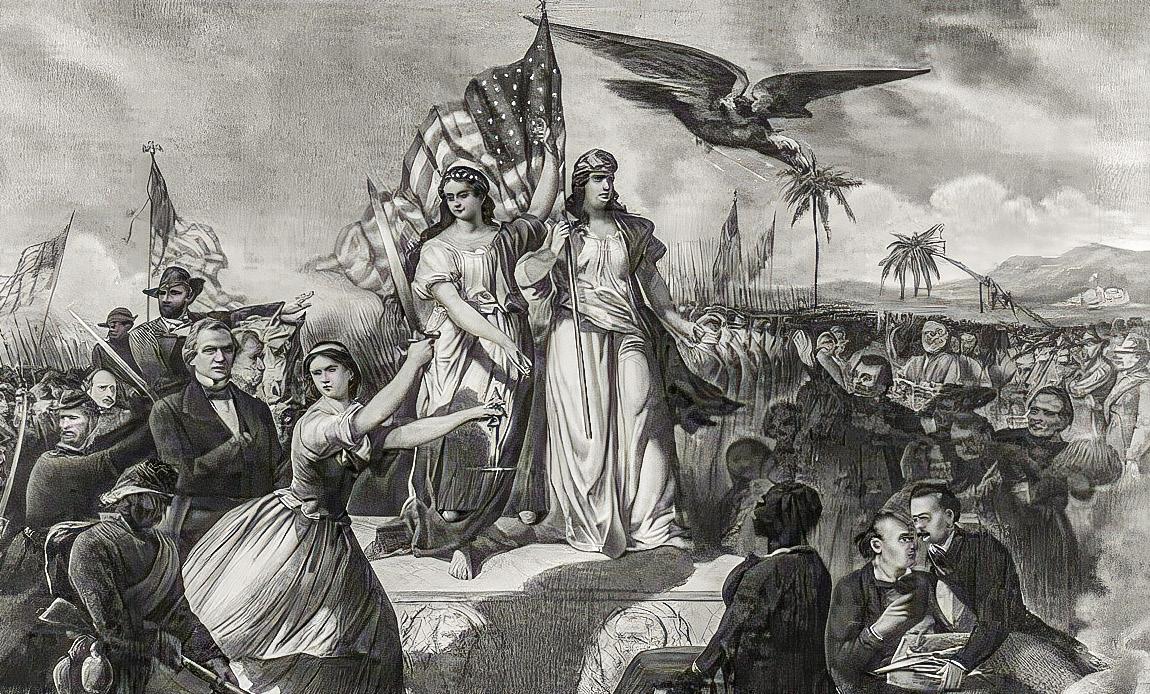
The End of the Rebellion in the United States, 1865. (Library of Congress)
Endnotes
1 American Historical Print Collectors Society, https://ahpcs.org/publisher/kimmel-forster.
2 Print authority David McNeely Stauffer, in his basic reference work on American Engravers, “incorrectly identifies a P.K. Kimmel as a ‘New York engraver of vignettes and portraits, working about 1850, and was later a member of the engraving firm of Capewell & Kimmel, of the same city. There was also an engraving firm of Kimmel & Foster [sic].’ This appears to merge information about New York engraver Frederick K. Kimmel and Christopher Kimmel.’” As cited on American Historical Print Collectors website, Stauffer, American Engravers Upon Copper and Steel, I, 153. Peters, in his America on Stone, (251) repeats the same misinformation.
3 Jay T. Last, The Color Explosion: Nineteenth Century American Lithography Hillcrest Press, 2006, p. 174.
4 David Hackett Fischer, Liberty and Freedom: A Visual History of America’s Founding Ideas. Oxford; Oxford University Press, 2005, p. 233.
5 Holzer, et. al., The Union Image, University of North Carolina Press, pp. 200, 235.
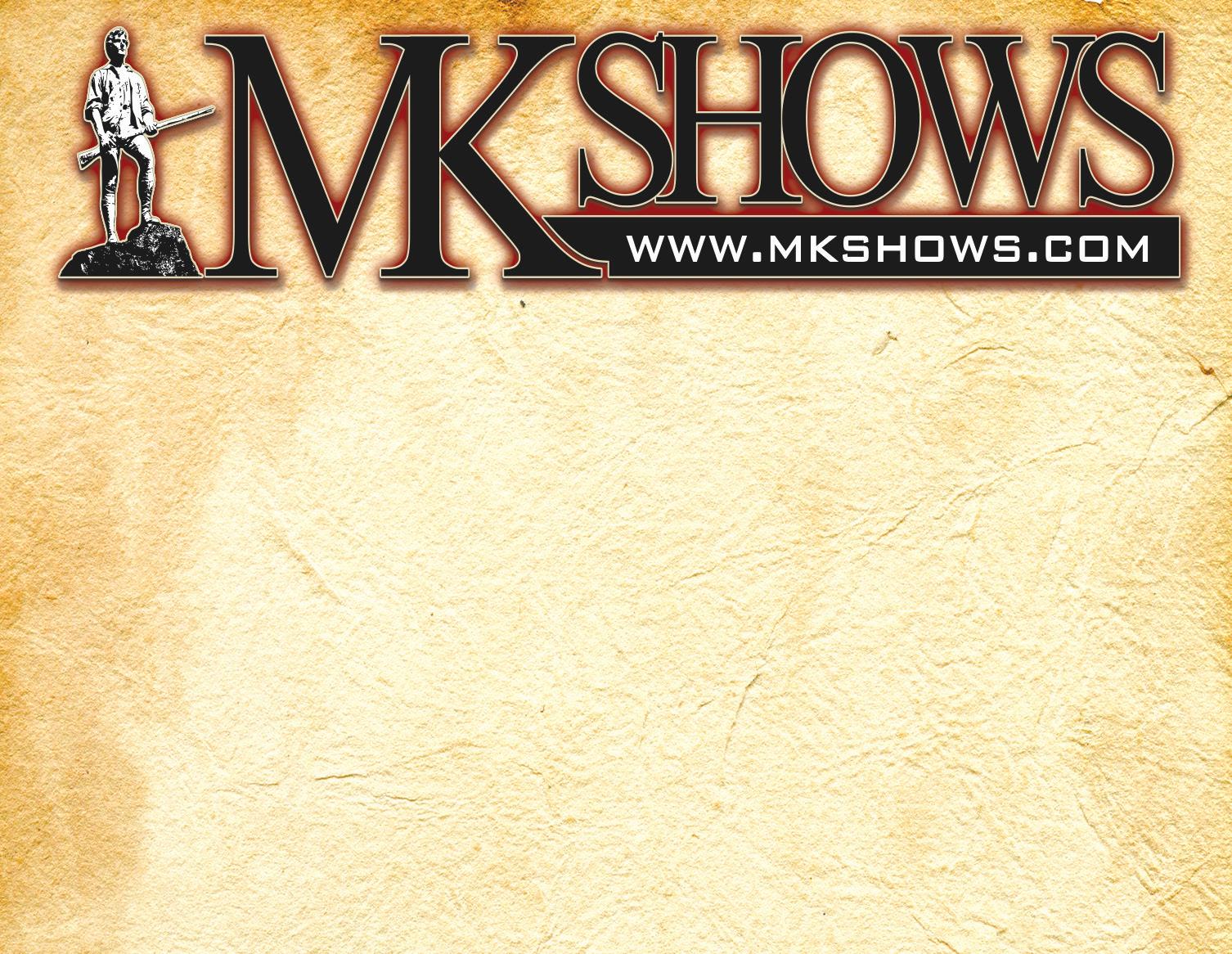

a fter 43 years in the MU se UM fie L d , CiLeLLa devotes his tiMe to CoLLeCting aMeriCan prints and Maps and writing. he has written extensiveLy on e M ory u p Ton : u p Ton ’ s r egulars : a h is Tory of T he 121 s T n e W y ork v olun T eers in T he c ivil W ar (kansas, 2009); a twovo LUM e c orrespondence of M ajor g eneral e M ory u p T on , ( t ennessee , 2017), re C eived the 2017–2018 a M eri C an C ivi L w ar M U se UM ’ s f o U nders a ward for o U tstanding editing of pri M ary so U r C e M ateria L s . he edited Upton’s Love Letters 186870 to his wife–Till deaTh do us parT ( o k L aho M a , 2020), and T he M e M oirs of deWiTT clinTon beckWiTh of upTon’s regulars (MCfarLand, 2023).
Subscribe and join our thousands of readers at
https://tinyurl.com/277vpke9
https://historicalpublicationsllc.com/site/subscription_services.html

16 Civil War News Magazine | May-June 2024
Promoters of Quality Shows for Shooters, Collectors, Civil War and Militaria Enthusiasts Mike Kent and Associates, LLC • PO Box 685 • Monroe, GA 30655 (770) 630-7296 • Mike@MKShows.com • MKShows.com l l December 7 & 8, 2024 Middle TN (Franklin) Civil War Show Subscribe online at
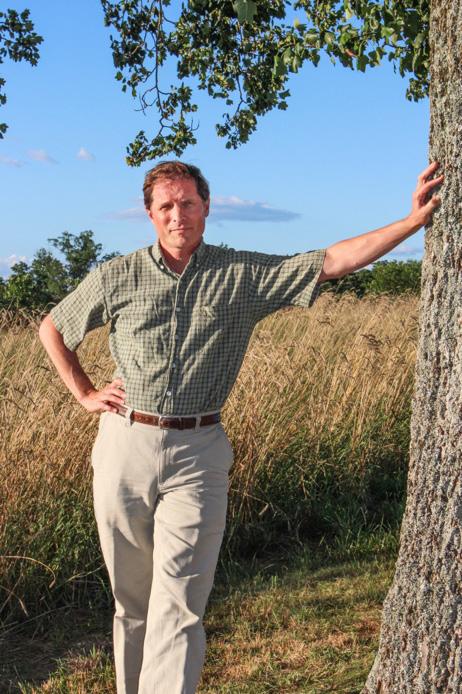
2024 Richard Barksdale
Harwell Award
D. Scott Hartwig to Receive 37th Annual Award
The Atlanta Civil War Round Table is pleased to announce that it has chosen D. Scott Hartwig as the winner of the 2024 Richard Barksdale Harwell Award for his I Dread the Thought of the Place: The Battle of Antietam and the End of the Maryland Campaign. The Round Table annually presents the Harwell Award for the best book on a Civil War subject published in the previous year.
“Hartwig’s fine book is the first major study of the Battle of Antietam/Sharpsburg since 1983,” said Gary Barnes, Chairman of the Round Table’s Harwell Award Committee.” Barnes added that he and the other members of the committee are confident that the awardwinning book “will be considered the definitive study of this important battle.”
Hartwig was the supervisory park historian at the Gettysburg National Military Park for twenty years. He previously authored To Antietam Creek: The Maryland Campaign of September 1862
I Dread the Thought of the Place was published by the Johns Hopkins University Press.
The Round Table has presented this prize each year since 1989. Recent recipients include Jeffry Wert, Charles Knight, Caroline Janney, Stephen Davis, Hampton Newsome, and Wilson Greene.
The Round Table is now accepting nominations for the 38th award, which will be presented in 2025. Nominations must be received by December 31, 2024.
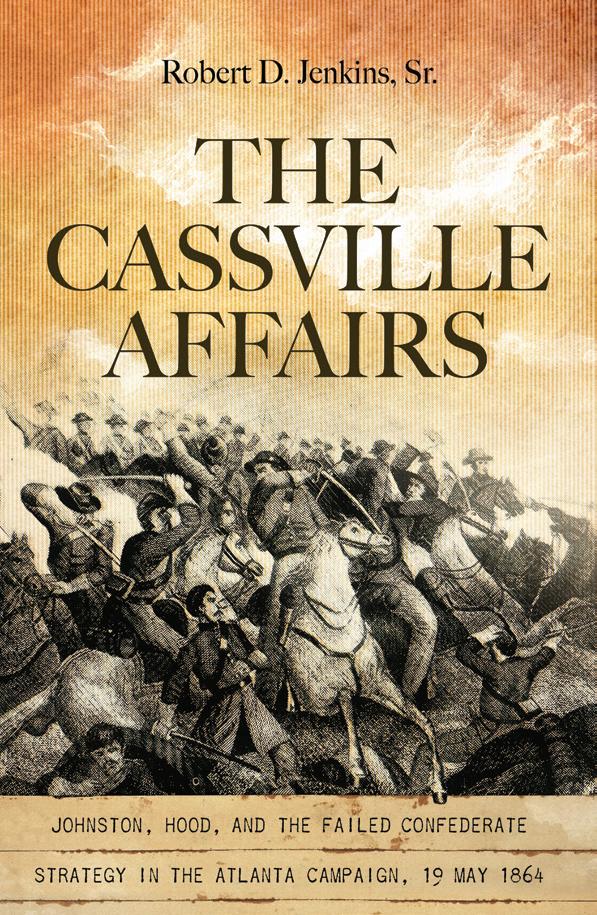
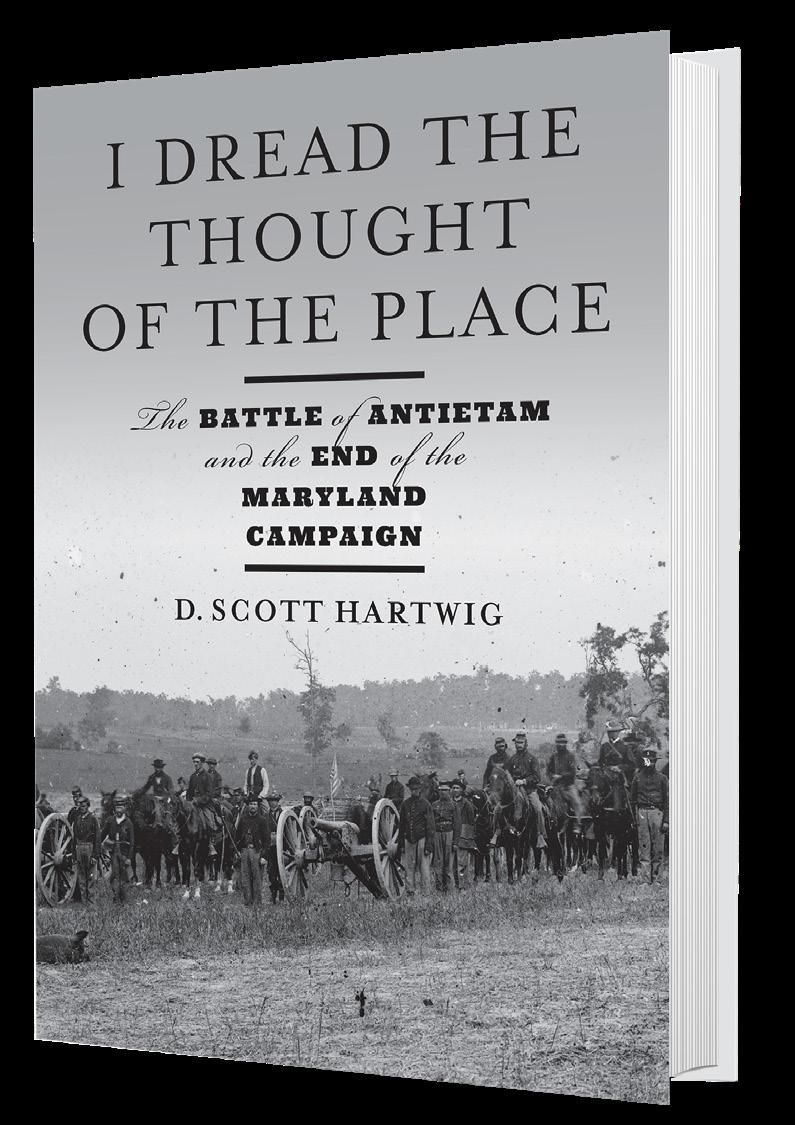
The Cassville Affairs
Johnston, Hood, and the Failed Confederate Strategy in the Atlanta Campaign, 19 May 1864
by Robert D. Jenkins, Sr.
Civil War historians have remained baffled over the Cassville controversies for the past 150 plus years. There are two versions of events: Confederate commanding General Joseph E. Johnston’s story and Lieutenant General John Bell Hood’s story. The Cassville Affairs promises to change our understanding of the events surrounding Cassville and close the gap in its history.
apply.
“Robert Jenkins has offered up a provocative new look at this pivotal moment in the decisive struggle for northern Georgia in the summer of 1864—and in the process, has overturned the conventional wisdom concerning Cassville by adding a deep new understanding of what happened here. This book should be considered essential reading for anyone studying the Atlanta Campaign.”
David A. Powell, award-winning author of The Chickamauga Campaign trilogy
17 Civil War News Magazine | May-June 2024
Scott Hartwig
www.mupress.org Use coupon code MUPNEWS at checkout to receive a 20% discount on your entire order. Or—call 866-895-1472 toll-free to place your order with a Visa/MC. Shipping charges
$39, hardback • 440 pages • Bibliography • Indexes • Illustrations • Period & Modern Maps
(Photo by Barbara J. Sanders)
How Shall all These Wounds be Healed?
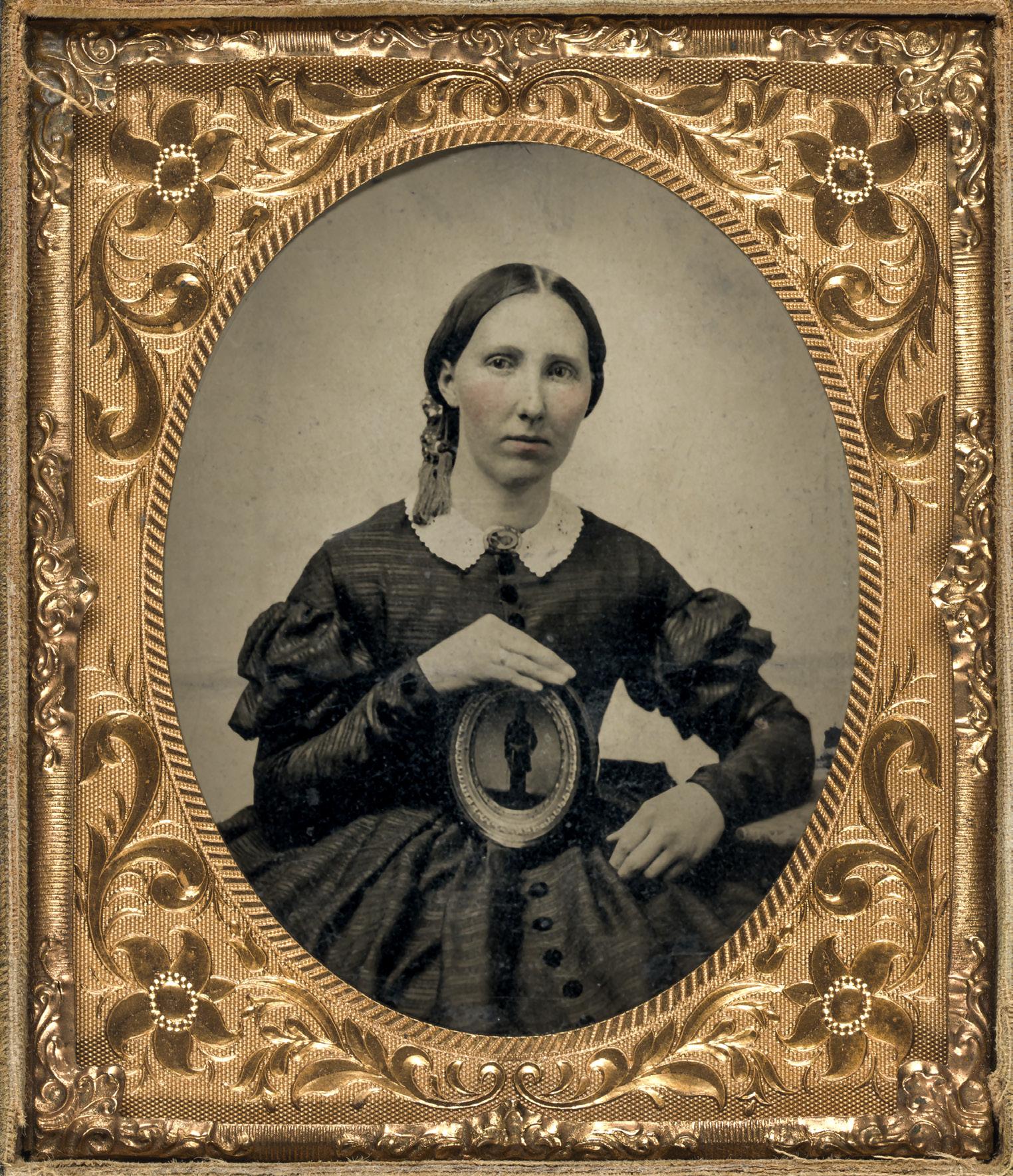
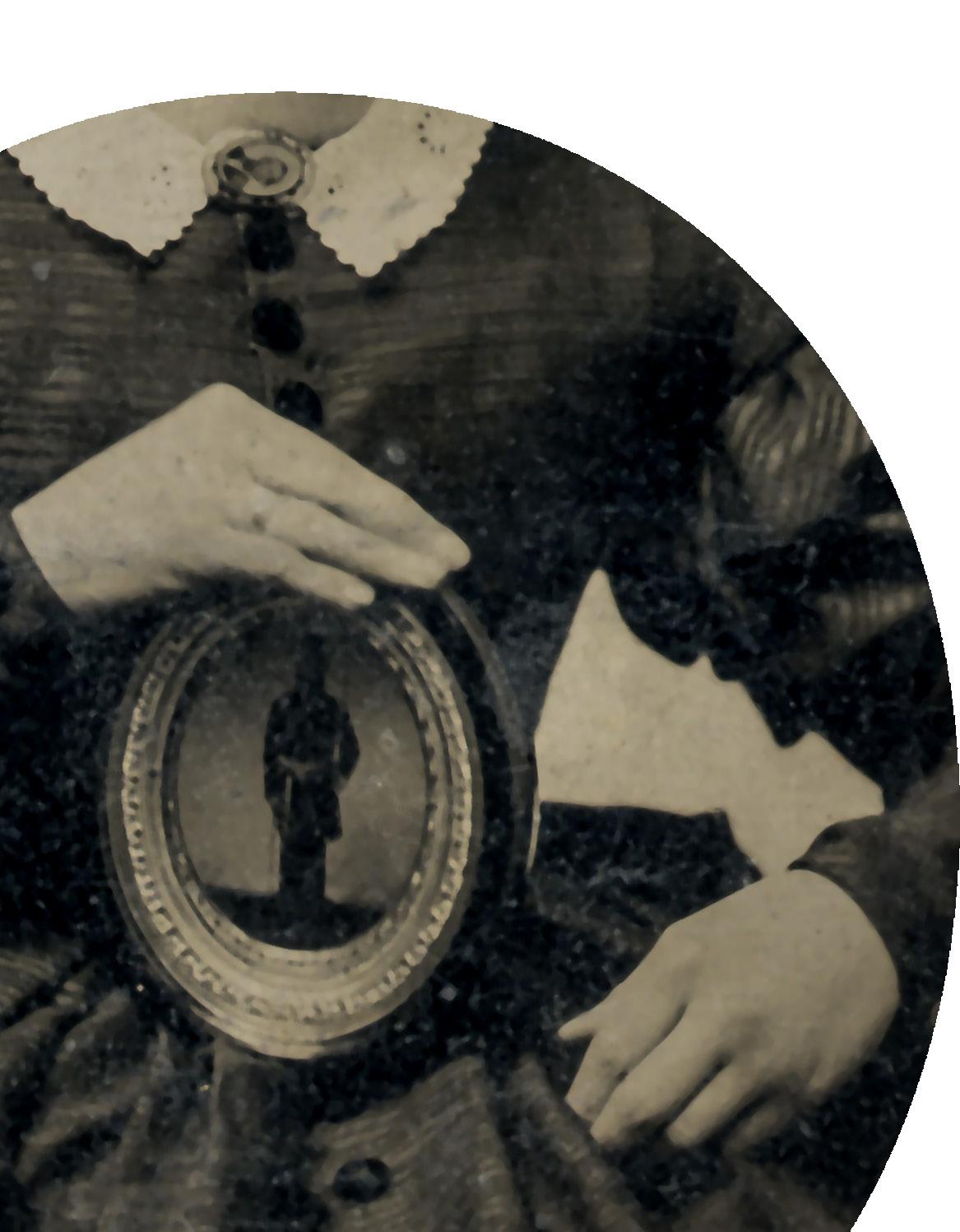
Exploring Battle’s Impact on Families
By Jonathan A. Noyalas

By spring 1864, Jane Boswell Moore, a nurse at a Union hospital near Bermuda Hundred, witnessed much suffering. During the previous two years, Moore, a native of Baltimore, Maryland, cared for wounded Union soldiers in Baltimore and at such notable battlefields as Antietam, Chancellorsville, and Gettysburg.1 As Moore went about her usual duties on May 21, 1864, she noticed a deceased Union soldier on a “bloodstained” stretcher “covered with a blanket.” Moore asked an “attendant” to remove the blanket and reveal the soldier’s face. It shocked Moore. “What a sight was that! I have seen death in almost every form, in the hospital and on the battlefield . . . I pray God I may never needlessly see such a sight again,” Moore wrote.2 She knelt beside the stretcher and searched the soldier’s pockets to “find some clue” as to his identity. From one of the pockets Moore pulled, as she explained, “a letter, perfectly saturated, dripping with the warm life-blood.” The letter was addressed to Private Patrick Dalton, 6th Connecticut Infantry, from the soldier’s wife, Honora.3 Moore took the letter, clipped a lock of Private Dalton’s hair, and wrote Honora that her husband succumbed to wounds received six days earlier near Drewry’s Bluff.4
After Honora received the crushing news of her husband’s death, she wrote Moore and expressed her gratitude “for the kindness” Moore “bestowed” toward her “beloved husband, and also in giving . . . the particulars of his death.” The “sad news” Honora received raised numerous questions in her mind, among them how she would care for her two children. “I am now a poor and lonely widow with two little children, one fourteen months and the youngest eight days old . . . so you see my circumstances,” Honora explained.5 Widow Dalton’s response struck a chord with Moore and forced her to contemplate the far-reaching impact of what happened on the battlefield. “This case is but one of thousands. Who shall make good the loss? How shall all these wounds be healed?”6 While nothing could ever replace her beloved husband or heal Honora Dalton’s broken heart, she could appeal to the United States government for financial assistance to aid her effort to care for herself and her two young children.
In the summer of 1861, the United States Congress, once it authorized President Abraham Lincoln to accept the service of 500,000 volunteers, passed an act which guaranteed a pension to any volunteer wounded or disabled during service “and the widow, if there be one, and if not, the legal heirs.”7 Although well-intentioned, some believed the law confusing and inadequate. Attorney General Edward Bates was among those who criticized it. After reviewing the law, coupled with other pension statutes, Bates informed Speaker of the House Galusha Grow on March 11, 1862, that the new pension law created too much “uncertainty and obscurity” for the “suitable
Left: While no known images of Honora Dalton exist this image of an unidentified woman in mourning, holding a photograph of her husband typifies the unquantifiable grief felt by wives transformed into widows. (Library of Congress)
Attorney General Edward Bates believed the pension law passed by Congress in the summer of 1861 was inadequate and confusing. Bates’s assessment of that law helped pave the way for a new pension law, one that President Lincoln signed on July 14, 1862. (Library of Congress)

provision . . . for the families” of soldiers who “may be killed or die in the service.”8 Four months after Bates’s appraisal of the law’s deficiencies President Lincoln signed a new pension bill that provided much needed clarity on who was entitled and compensation amounts. The law, one which Assistant Secretary of the Interior John Usher regarded as the “most munificent enactment of the kind ever adopted,” granted widows pension based on their husband’s rank.9 Widow’s compensation ranged from $30 per month, for widows of officers who held the rank of lieutenant colonel or higher, to $8 per month, for non-commissioned officers, musicians, and privates.10 The law also granted an additional $2 each month per child until that child reached the age of sixteen.11
In the estimation of Commissioner of Pensions Joseph Barrett the 1862 law streamlined the claim submission process. “Nothing is required of the claimant which is not necessary and, in most instances, conveniently obtainable,” Barrett wrote on November 15, 1862.12 Filing a claim proved anything
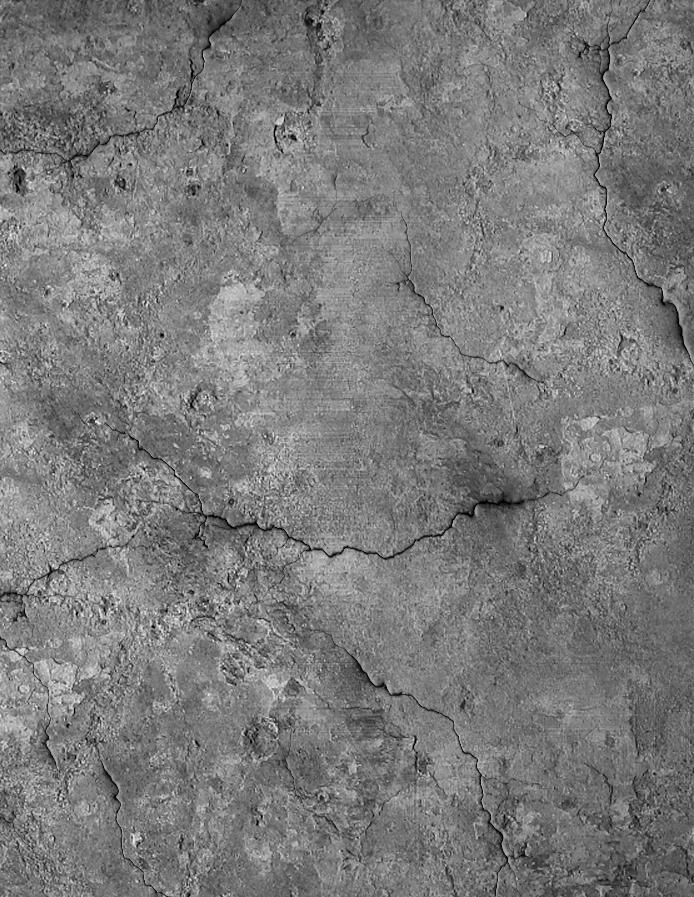
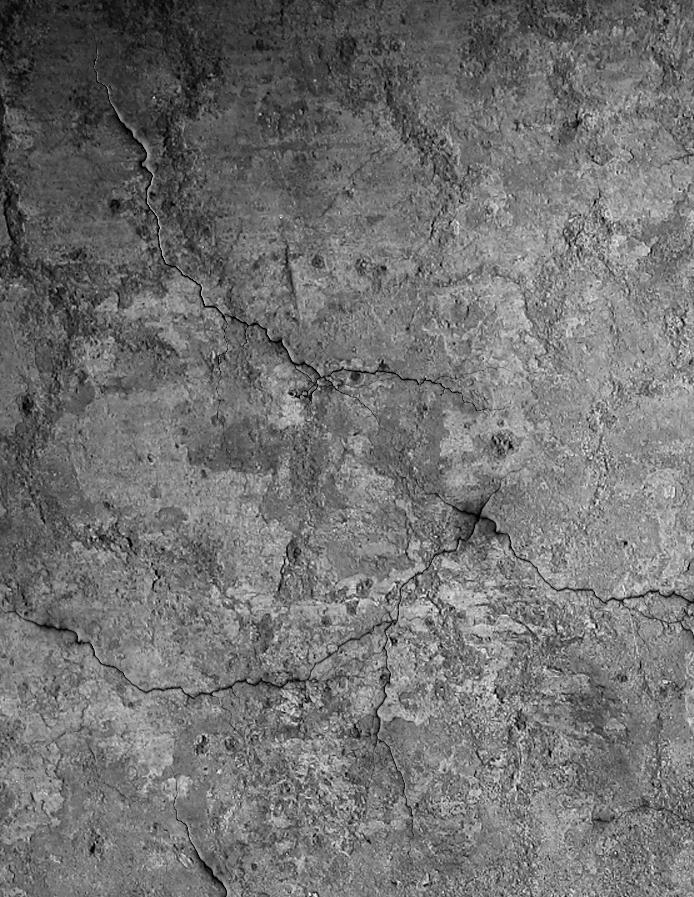
but easy for Honora Dalton. She submitted her application on October 10, 1864. On January 21, 1865, the Bureau of Pensions returned the application because of a discrepancy in the couple’s marriage date. On one form Honora stated that she married Patrick on January 5, 1852. Another document noted the two wed on January 5, 1862. While officials in Washington eventually resolved the discrepancy (the couple married on January 5, 1852) and awarded Honora Dalton a pension of $8 per month with an additional $4 for her two children the approval did not come until September 3, 1867. Although the Bureau of Pensions paid Dalton retroactively from the date of
Below:
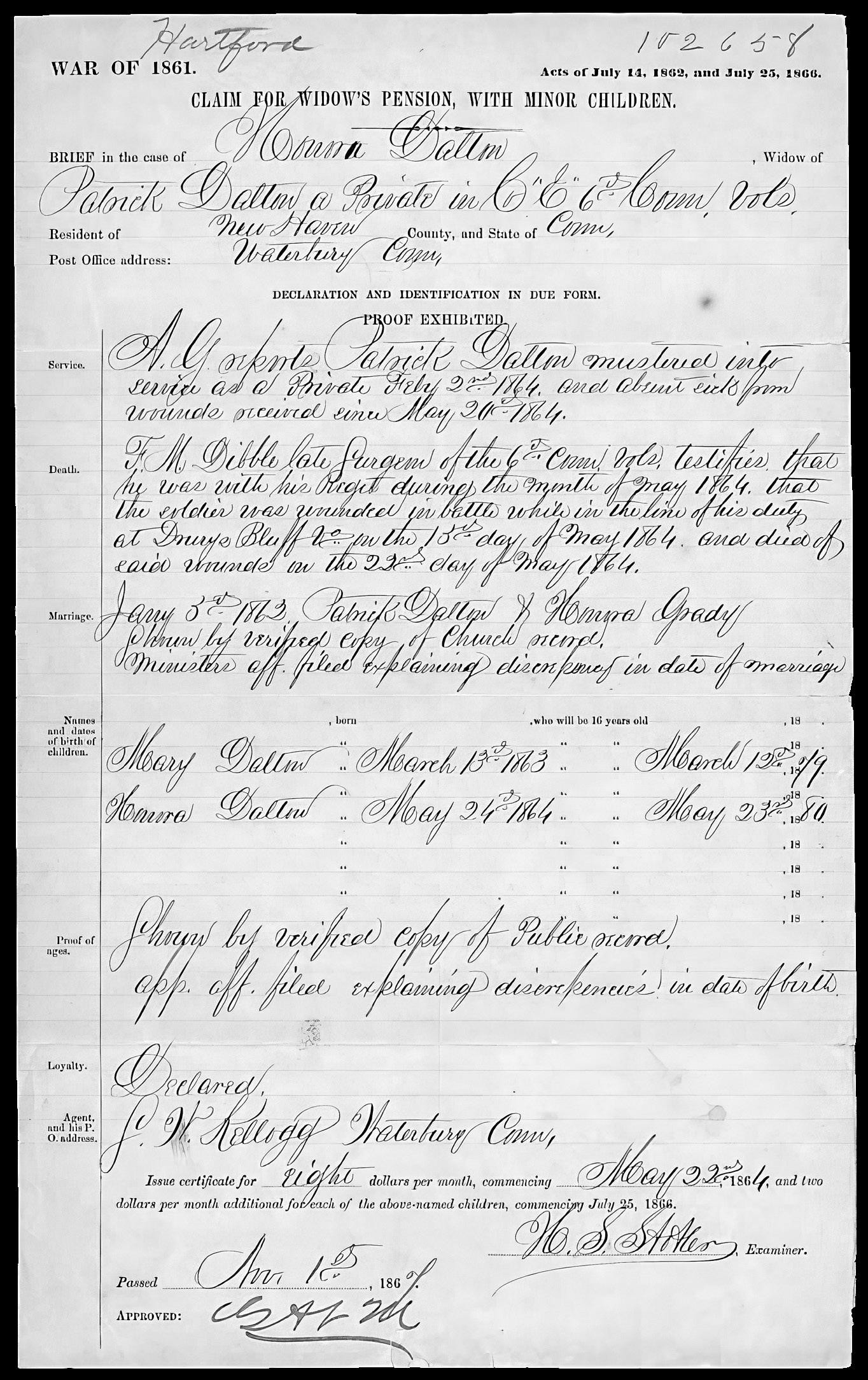
her husband’s death, she endured a stretch of forty months where she had to figure out a way to support her and her family.13
Aside from the $15 Honora initially received from sympathetic neighbors and friends little is known about how she supported herself during the period she awaited approval.14 Sadly, Dalton’s story is not unique. Whether widows waited months or years (most widows claims were approved within two to three months) they needed an immediate income and sought work. Finding employment proved particularly daunting for mothers. For example, in early 1865 the Female American Guardian Society in New York City reported that an unidentified widow of a Union soldier killed in 1863 on picket duty while serving in the Army of the Potomac confronted unnamed bureaucratic obstacles. The widow had no other alternative than to find employment. She easily found work as a house servant in New York City for $6 per month. The employer, however, prohibited her from bringing her three children with her. Confronted with financial destitution the widow had no other alternative than to accept the job and temporarily place her children in an orphanage. The widow entrusted her children to the care of the House of Industry and Home for the Friendless located on East 29th Street in New York City. “The claims of the bereaved wife to a pension were as yet unmet, she had therefore craved permission to entrust her… children for a while to the institution,” explained an official at the House of Industry and Home for the Friendless.15 Regrettably, this was a decision too many mothers had to make. Sometimes this decision, one intended to alleviate a mother’s burden, compounded a war widow’s grief. For example, several days after an unidentified widow of Union soldier entrusted her son to the care of an orphanage in New York City, she was notified that the son ran away and joined a gang. Fortunately, with assistance from New York’s American Female Guardian Society, they found the boy and temporarily placed him with a farmer in a more rural part of the state.16
Right: The Advocate and Guardian, published bi-weekly by the American Female Guardian Society in New York City, championed the cause of aid for widows and children during the conflict. (Jonathan A. Noyalas Collection)
Page from Honora Dalton’s claim for a widow’s pension. (National Archives & Records Administration)
The precise number of children sent to institutions either because a mother sought employment or the child was a full orphan, meaning that the mother preceded the father in death, is unknown. Historians estimate that hundreds of thousands of children ended up in orphanages during the conflict. In Pennsylvania 1,226 children were enrolled in the Commonwealth’s Soldiers’ Orphan Schools by the war’s end.17 That number represents four percent of all Pennsylvanians who died in the Union’s service.18
Children who found themselves in institutions such as those established in Pennsylvania formed bonds with each other, a connection that lasted a lifetime. For example, in the decades after the conflict children sent to one of the nearly forty Soldiers’ Orphan Schools in the Keystone State formed the “Sixteeners.” The organization, which derived its name from the age when children left the school, oftentimes planned reunions with support from the Grand Army of the Republic. Reunions, such as the one that occurred for the Sixteeners who attended the Soldiers’ Orphan School in Mount Joy, Penn., in 1937, promised an opportunity for those “left bereft of one or both parents” during “those terrible years of the Civil War” to “come back with their memories” and view “relics of the old days.”19
As difficult as things were for widows and children of Union soldiers, the obstacles their Confederate counterparts faced seemed even more insurmountable. Despite entreaties, such as one issued by a newspaper in Harrisonburg, Virginia, in the late summer of 1863 for the Confederate government to pass legislation to “take care of the soldiers’ widows and orphans in these times of severe trial,” Confederate authorities never created a system to support war widows and their children.20 The only provision the Confederate government made came in the autumn of 1862 when the Confederate Congress passed legislation that entitled the survivor of a Confederate soldier to receive back pay. Claiming those funds involved submitting a claim in what historian Robert Kenzer characterized as a “very complicated and exhausting” process.21
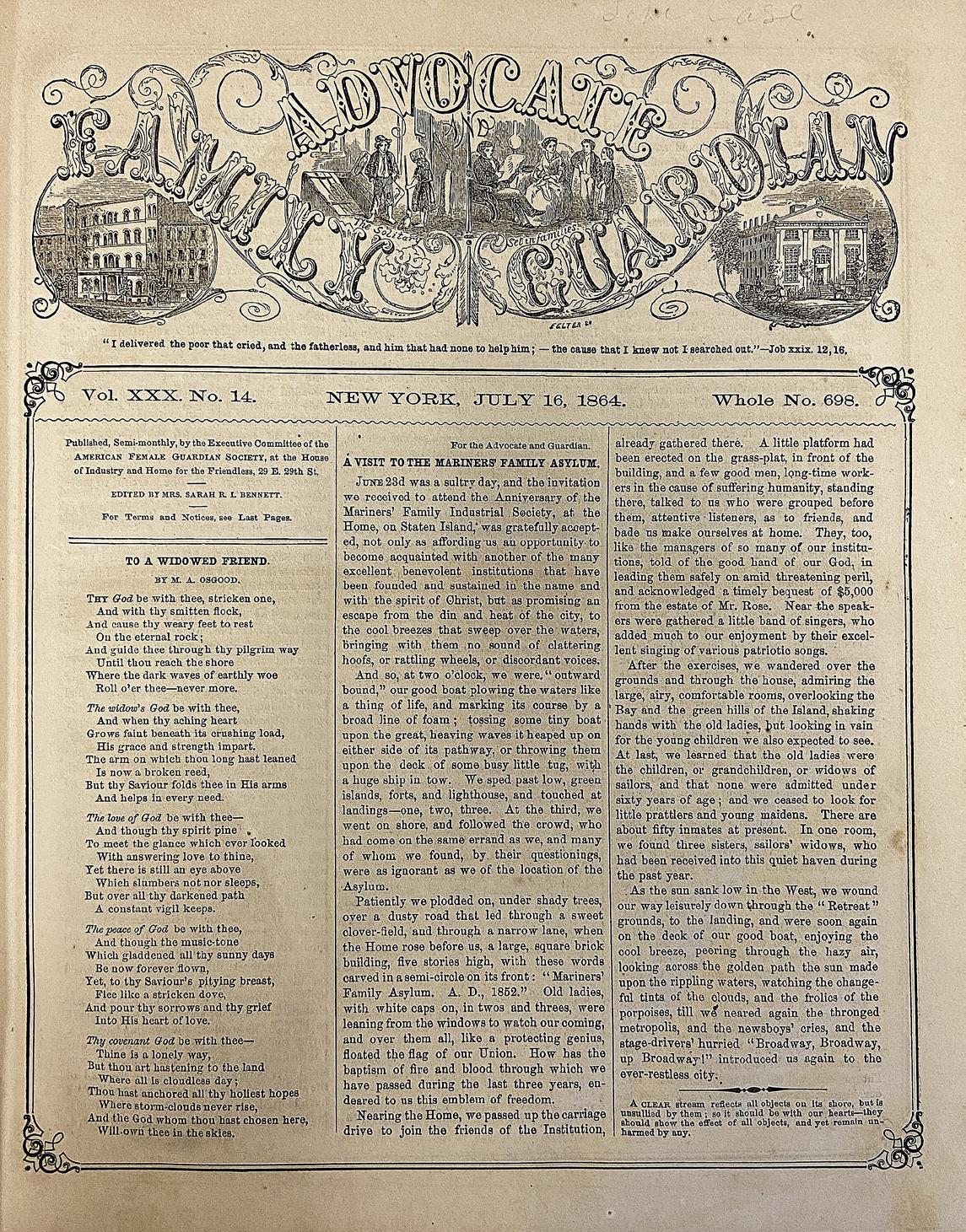
widows to a monthly allotment of one bushel of grain and eight pounds of bacon. Children, up to age ten, received half a bushel of wheat and three pounds of bacon.22 In Georgia, as one newspaper correspondent noted, authorities offered salt “gratuitously to ‘all widows of soldiers” and “all other families dependent upon the labor of a soldier.”23
“THE MEMORY OF FOND PARENTS, AND DEVOTED HUSBANDS, SONS AND BROTHERS, WHO FELL IN THIS CRUEL WAR WILL HAUNT THE VISIONS OF MILLIONS, MARRING EVERY PLEASURE AND CASTING A GLOOM OVER THE PATHWAY OF LIFE… WIDOWS AND ORPHANS, WHOSE HUMBLE HOMES, THE ABODES IN MANY CASES OF PENURY AND SUFFERING WILL FOR MANY LONG YEARS BE LIVING WITNESSES OF THIS FEARFUL AND BLOODY CIVIL WAR.”
Some Confederate states, such as Virginia, attempted to alleviate the suffering of widows and children by establishing a system for local governments to provide foodstuffs. The provision entitled

Regardless of the support a widow might receive, some could not confront the incalculable pain of losing a loved one. No amount of money, food, or expressions of sympathy could remedy shattered hearts, whether Union or Confederate. Newspapers, North and South, contained sad and grisly details of how suicide seemed the only outlet for widows.24
When Henrietta Commerford, whose husband Patrick, a private in 9th New Jersey Infantry, died on January 3, 1863, from wounds
Ribbon worn at a reunion of Sixteeners who attended the White Hall Soldiers’ Orphan School in Camp Hill, Pennsylvania.
(Jonathan A. Noyalas Collection)

received near New Bern, N.C., five days earlier, she applied for a widow’s pension.
Although awarded a monthly pension of $8 per month Henrietta struggled to make ends meet and so ventured to New York City to find work as a servant.25
Although she found a job Henrietta, overburdened by financial difficulties and her husband’s death, decided to commit suicide. On July 24, 1865, she overdosed on laudanum. The following day The Brooklyn Daily Eagle carried the sad story of the “RASH ACT OF A WAR WIDOW—Henrietta Commerford” who “committed suicide . . . by taking two drachms of laudanum. She had been in low spirit for some time in consequence of the death of her husband . . . becoming dejected she came to the determination to end her existence and thus avoid further earthly trouble.”26
The stories of the soldiers and family members explored in this article, ones that emulate the experiences of tens of thousands of people North and South, underscore two significant points worthy of consideration when thinking about the broader impact of Civil War battles. First, a battle’s significance can be measured in multiple ways. Traditionally a battle’s importance is judged by its strategic consequences or political outcomes. While noteworthy those usual measures fail to account for how what happened on the battlefield affected families. Whether the war’s largest battle or its smallest skirmish, for the wife transformed into a widow or the child made fatherless the war’s most significant moment came when their soldier at the front gasped his final breath. Second, for those left behind the impact of
what occurred on the battlefield continued for years after the conflict. In some instances, the tribulations widows and children confronted after a loved one’s demise remained with them for the remainder of their lives.
As the Civil War entered its second summer a resident of Marysville, Calif., far removed from the war’s major theaters, pondered how history, when the Civil War finally ended would remember the conflict. This unidentified Californian thought that future generations, those not alive during the war or directly impacted by the conflict, would exert all their attention on tales of heroism, bravery, and courage displayed on the battlefield. Although important, this Californian lamented that those celebratory stories would orient attention away from the war’s tragic consequences for families.27 This

“TAKE CARE OF THE SOLDIERS’ WIDOWS AND ORPHANS IN THESE TIMES OF SEVERE TRIAL.”
unknown Californian wrote in early August 1862: “The memory of fond parents, and devoted husbands, sons and brothers, who fell in this cruel war will haunt the visions of millions, marring every pleasure and casting a gloom over the pathway of life… Widows and orphans, whose humble homes, the abodes in many cases of penury and suffering will for many long years be living witnesses of this fearful and bloody civil war.”28
Jonathan a noyaLas is a history professor at shenandoah University and direCtor of its MCCorMiCk CiviL war institUte. he is the aUthor or editor of sixteen Books inCLUding slavery and freedoM in The shenandoah valley during The civil War era (University press of fLorida) and the forthCoMing The bloodTinTed WaTers of The shenandoah (savas Beatie).
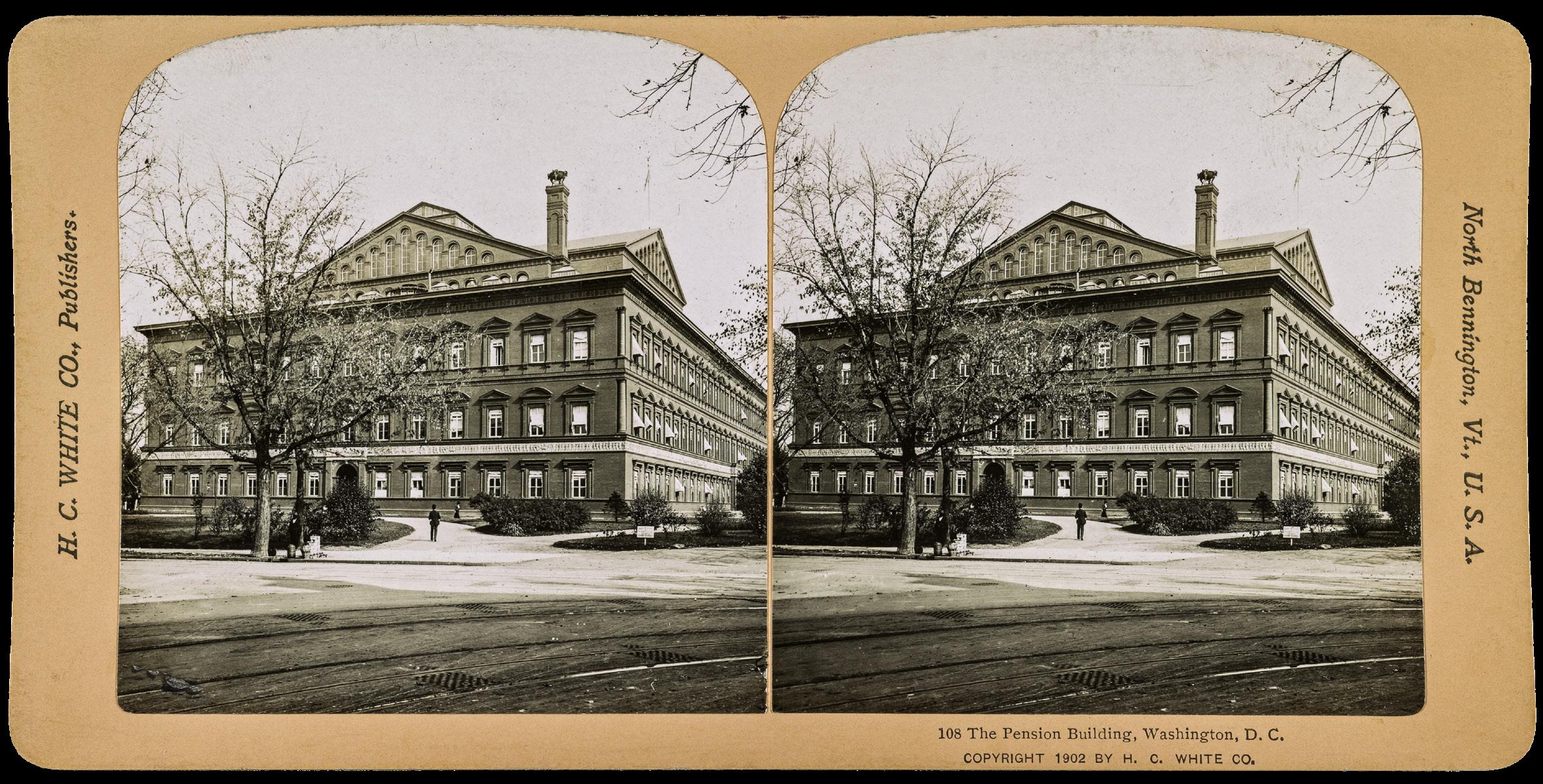
Above: Stereoview of Pension Building in Washington, D.C. By the end of 1865 the United States Bureau of Pensions approved claims for nearly 85,000 war widows. (Library of Congress)
Below: South and West Facades of the Pension Building, Washington, D.C. (Library of Congress)
1 The Reports of the Committees of the House of Representatives for the First Session of the Fifty-First Congress, 1889-’90 (Washington: Government Printing Office, 1891), 1; Frank Moore, Women of the War: Their Heroism and Self-Sacrifice (Hartford, CT: S.S. Scranton & Co., 1866), pp. 554-570.
2 Jane Boswell Moore to friend, May 28, 1864, quoted in Advocate and Guardian (New York), July 16, 1864.
3 Ibid.
4 Patrick Dalton, 6th Connecticut Infantry, Compiled Service Record, National Archives and Records Administration, Washington, DC. Items from this collection hereafter cited as CSR. Items from this repository hereafter cited as NARA.
5 Honora Dalton to Jane B. Moore, May 31, 1864, quoted in Advocate and Guardian (New York), July 16, 1864.
6 Advocate and Guardian, July 16, 1864.
7 Guide for Soldiers & Sailors’ Heirs (New York: Bragdon & Yerby, 1862), pp. 45-46.
8 Edward Bates to Galusha Grow, March 11, 1862, in Executive Documents Printed by Order of the House of Representatives during the Second Session of the Thirty-Seventh Congress, 1861-’62 (Washington: Government Printing Office, 1862), 7: pp. 4-5.

(Washington: Government Printing Office, 1862), 2: p. 586.
13 Patrick Dalton, 6th Connecticut Infantry, Widow’s Pension, NARA.
14 Advocate and Guardian, July 16, 1864.
15 Ibid., January 2, 1865.
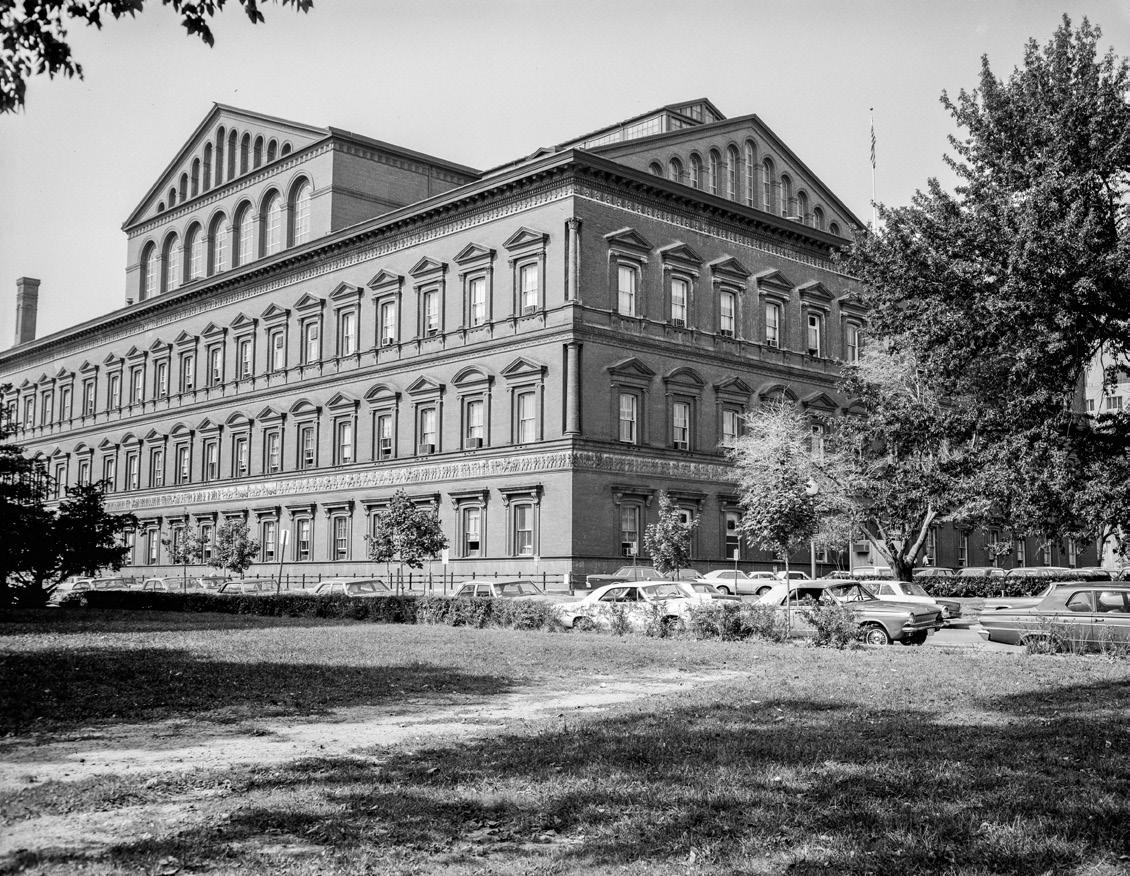
9 John P. Ushur quoted in John William Oliver, History of the Civil War Military Pensions, 1861–1865 (Madison: University of Wisconsin, 1917), p. 10.
10 Ibid.
11 Ibid.
12 Report of the Commissioner of Pensions, November 15, 1862, quoted in Messages of the President of the United States to the Two Houses of Congress at the Commencement of the Third Session of the Thirty-Seventh Congress
16 Ibid.
17 Sarah D. Bair, “Making Good on a Promise: The Education of Civil War Orphans in Pennsylvania, 1863-1893,” History of Education Quarterly 51 (Nov. 2011): p. 469.
18 Ibid., p. 460.
19 Sunday News (Lancaster, PA), June 13, 1937.
20 Rockingham Register (Harrisonburg, VA), September 4, 1863.
21 Robert Kenzer, “The Uncertainty of Life: A Profile of Virginia’s Civil War Widows,” The War Was You and Me: Civilians in the American Civil War, ed. Joan E. Cashin (Princeton: Princeton University Press, 2002), p. 113.
22 Ibid., pp. 122-123.
23 Alexandria Gazette (Alexandria, VA), August 21, 1863.
24 For further discussion of suicide among wartime widows see Diane Miller Sommerville, Aberration of Mind: Suicide and Suffering in the Civil War-Era South (Chapel Hill: University of North Carolina Press, 2018), pp. 67-75.
25 Patrick Commerford, 9th New Jersey Infantry, Widow’s Pension, NARA; Patrick Commerford, 9th New Jersey Infantry, CSR, NARA; The Brooklyn Daily Eagle, July 25, 1865.
26 The Brooklyn Daily Eagle, July 25, 1865.
27 Angela Esco Elder, Love & Duty: Confederate Widows and the Emotional Politics of Loss (Chapel Hill: University of North Carolina Press, 2022), p. 2.
28 Marysville Daily Appeal (Marysville, CA), August 2, 1862.
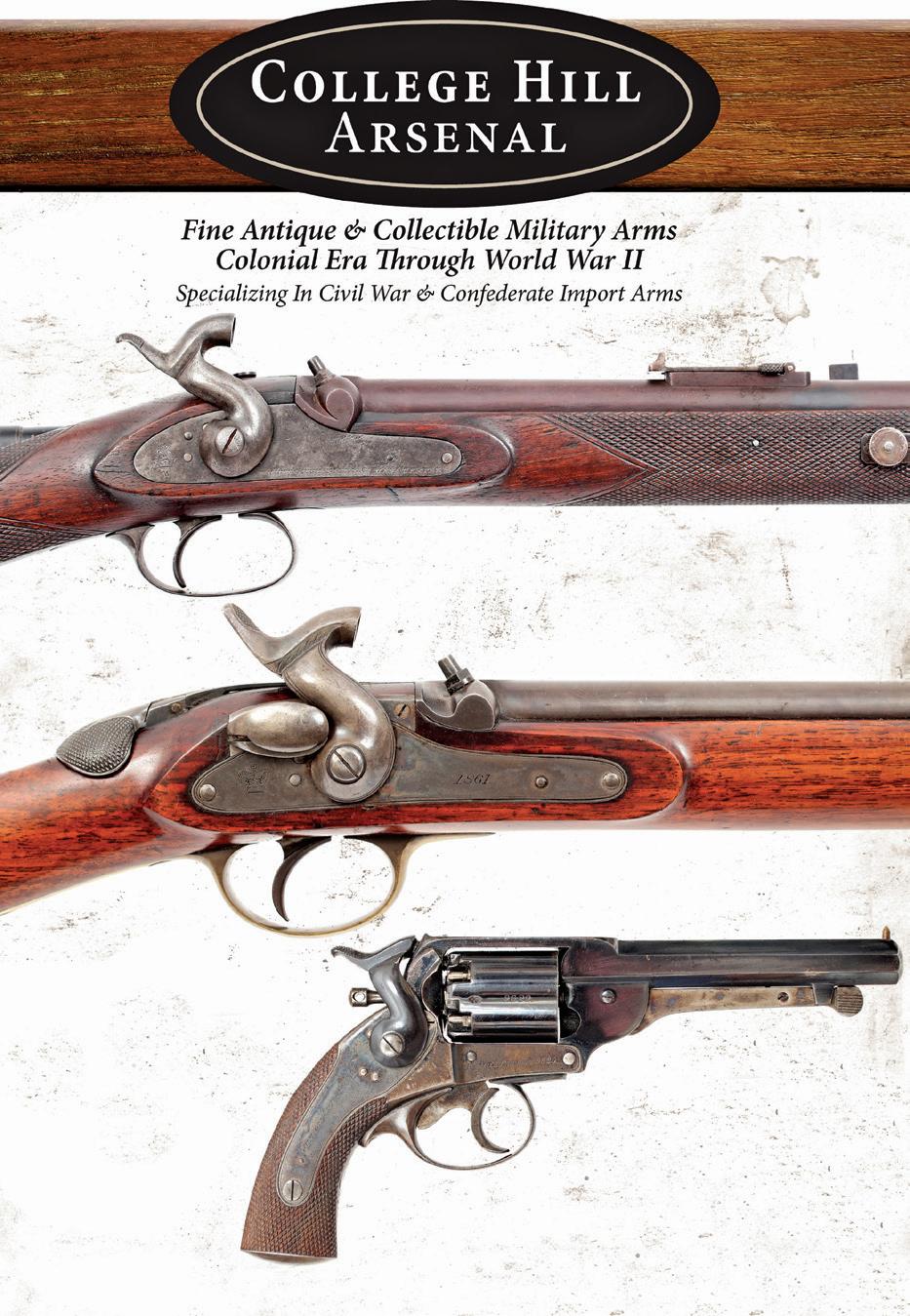
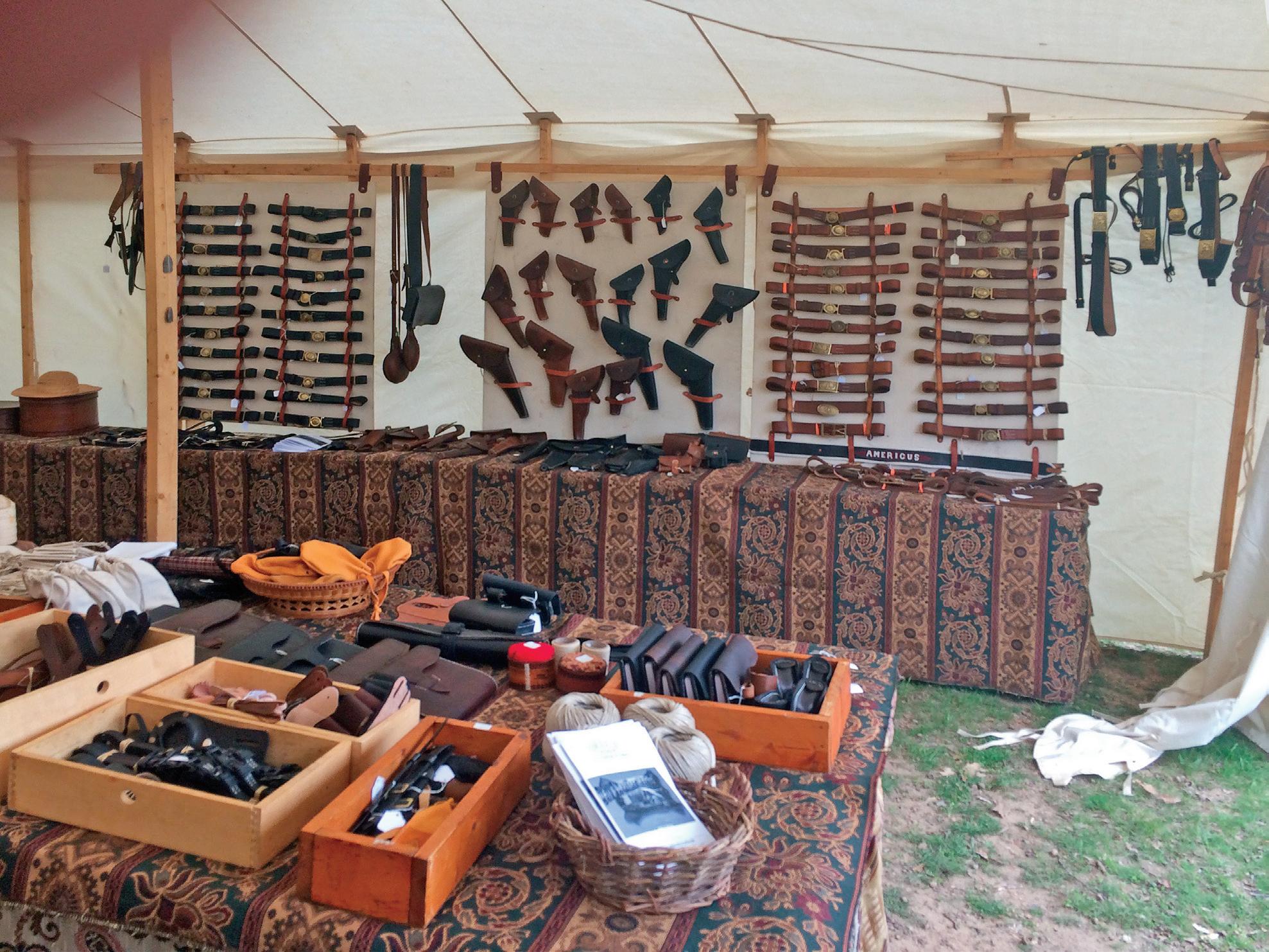
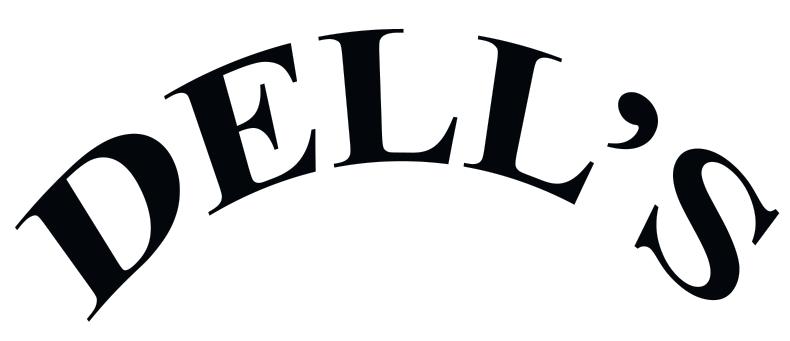


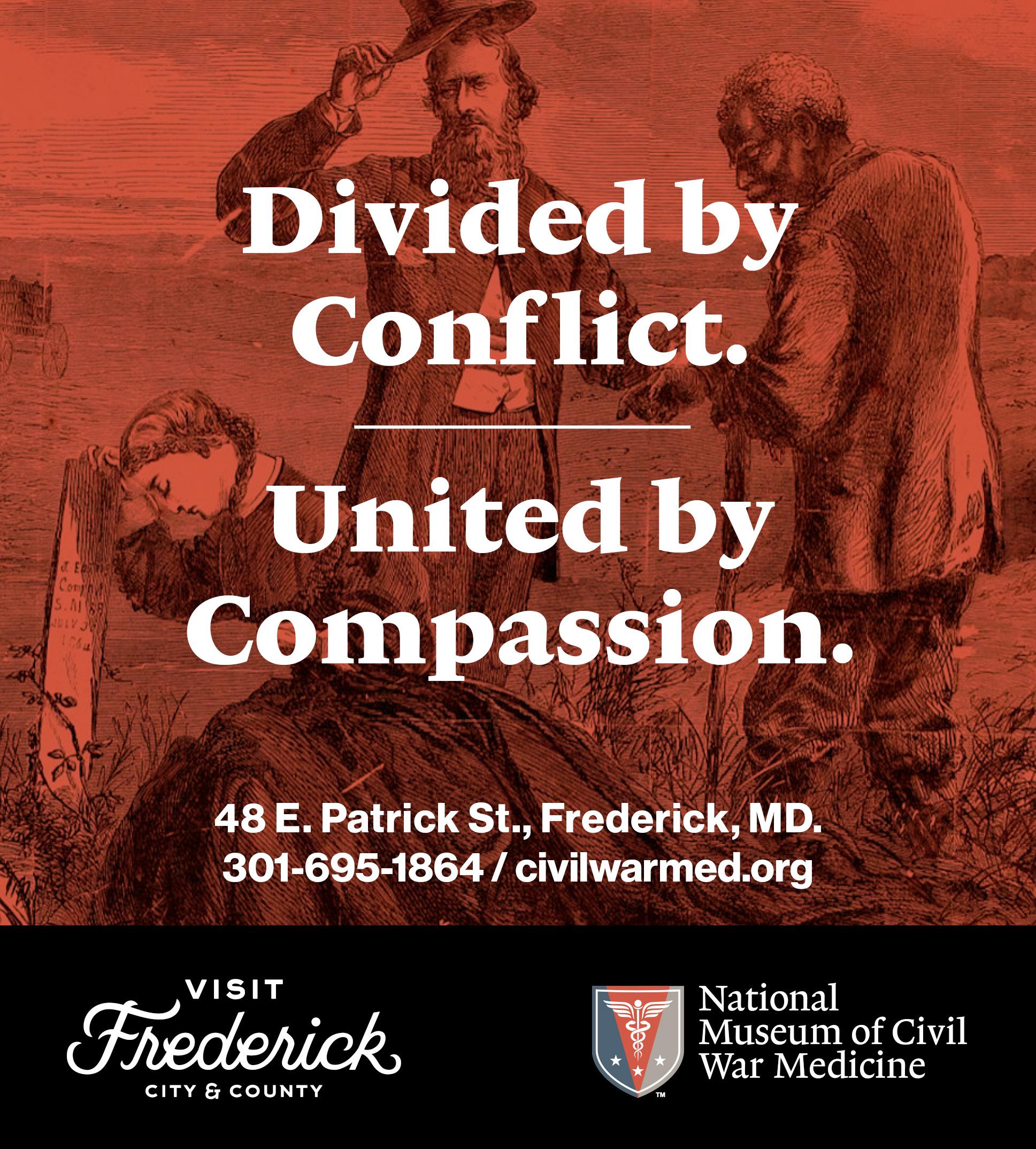
& HISTORIC MEDAL RECREATIONS GAR Medal Replacement Ribbons Union Officer’s Ceremonial Sword Belt, Buckle, Shoulder Straps Custom Medal Designs Available PO Box 61, Chester Heights, PA 19017 www.cwmedals.com Civil War Recreations (845) 339-4916 sales@dellsleatherworks.com DellsLeatherworks.com
This & That: Colonel Fremantle, Welcome to Texas
By Gould Hagler
“In spite of their peculiar habits of hanging, shooting, &c., which seemed to be natural to people living in a wild and thinly-populated country, there was much to like in my fellow-travelers.”
– Lt. Col. Arthur J.L. Fremantle
Lt. Col. Arthur J.L. Fremantle’s Three Months in the Southern States is a well-known and highly regarded memoir. The British officer traveled to the Confederacy in 1863, via Cuba and Mexico, and spent three months traversing the new republic. His account, first published in 1864, tells of the land he crossed and the people he met. He offers commentary on the war being waged, on the issues related to that war and on the armies and people doing the fighting. I recently re-read the book’s first two chapters which take the reader across the Rio Grande from Matamoros and through the vast state of Texas. In this column, we will travel with the colonel to see what he saw and hear what he heard as he traveled through the Lone Star State. For much of the way his “pilot,” as Fremantle put it, was a helpful Irish-Texan merchant, Mr. M’Carthy.
On April 2, Fremantle and M’Carthy “landed at the miserable little village of Bagdad, on the Mexican bank of the Rio Grande.” They made their way to Matamoros, a few miles upstream. Fremantle carried a letter of introduction addressed to Maj. Gen. John Bankhead Magruder, commander of the District of Texas, New Mexico, and Arizona, whom he hoped to meet while in Brownsville. While waiting, Fremantle crossed the river between Matamoros and Brownsville several times. On both sides of the border, he met various Confederate officers, local merchants, and the British viceconsul in Matamoros.
Fremantle enjoyed the hospitality of his new acquaintances at dinners, dances, and the theater. There were “endless cocktails” to be imbibed, some “prepared in the most scientific manner.” On a less pleasant plane the British newcomer learned something of rough frontier justice. Some officers he met had recently hanged a man, a Unionist whom they had
captured in a cross-border, retaliatory raid. A higher-ranking officer told Fremantle that this had been done “without his sanction,” but no action had been taken against the officers in question.
Having waited 11 days for Magruder, and not knowing when or whether the general would appear in Brownsville, Fremantle and M’Carthy embarked on their journey. “Our vehicle,” Fremantle tells us, “was a roomy, but rather overloaded, four-wheel carriage with a canvas roof, and four mules.” The equine contingent was supposed to include two horses to help pull the vehicle through deep sand.
In charge of this expedition was Mr. Sargent, “our portly driver,” who motivated his mules with loud and frequent cussing. Assisting Mr. Sargent was another mule driver, “a rough-faced, dirty-looking man, who rode up on a sorry nag.” Fremantle was surprised to hear M’Carthy address the assistant “with the title of ‘Judge.’” The Judge, we learn, was a minor magistrate of some sort, and also a member of the Texas state senate. The nag that carried the Judge was the only horse to arrive. The other had broken down, the Judge explained, so one would have to do.
The trek would be an arduous one. There was much deep sand ahead, and only one nag to supplement the mules’ tractive power. Water and firewood were both scarce. The water at the first well reached “was very salt*, and made very indifferent coffee,” according to our informant, and the firewood at this stop could be reached only in the chaparral.” At a later point in the trip, the party resorted to using a ratranch for fuel. For the uninitiated, Fremantle helpfully added that rat-ranches “are big sort of mole-hills, composed of cowdung, sticks and earth, built by rats.”
At one stop wild hogs devoured most of the company’s
25 Civil War News Magazine | May-June 2024
&
fresh meat. The men slept in the open and were tormented by ticks and fleas. When they reached water (or struck water, as Fremantle adjusted his idiom to Texas mode), it was often salt. Not all the water, however: one time it came down from the heavens in a heavy two-hour thunderstorm. “No sooner had we escaped from the sand than we fell into the mud, which was still worse.”
Two days out from Brownsville, Fremantle “espied the cavalcade of General Magruder passing us by a parallel track, about half a mile distant.” He and M’Carthy rushed to catch up with the general’s command and were warmly greeted when they succeeded. They accepted a dinner invitation and spent a long, festive evening with the hospitable general and his staff. A captain played the fiddle; Magruder and other officers sang; and “brewed punch” brightened everyone’s mood. One officer, an “aged and slightly elevated militia general,” was especially brightened and made several “elegant” speeches. The general/host/ songster wore a red woolen cap, as he customarily did at such times.
Fremantle described Magruder as a “fine soldierlike man, of about fifty-five, with broad shoulders, a florid complexion, and bright eyes.” The general “spoke of the Puritans with intense disgust, and of the first importation of them as ‘ that pestiferous crew of the Mayflower.’”
Antonio, where M’Carthy’s store was located and where Fremantle slept in a hotel. San Antonio was the secondlargest city in Texas, with 10,000 people and “houses well built of stone.”
Fremantle learned of more frontier justice while in San Antonio. “A woman was murdered at a ranch close by some time ago, and five bad characters were put to death at San Antonio by the vigilance committee on suspicion.”
Fremantle remained in San Antonio for three days, meeting with Confederate officers and touring about. He saw two very pleasant springs and visited ruined missions. With letters of introduction to Gens. Braxton Bragg and Leonidas Polk, given to him by a colonel, Fremantle set out for Houston. On this leg he took a stage coach “into the interior of which nine people were crammed on three transverse seats.” Others—“many others,” Fremantle says—clung to the roof of the conveyance. As the stage rocked along, he admired the cultivated countryside and for the first time saw cotton fields. The other passengers were curious to learn “what was thought of their cause in Europe; and none of them seemed aware of the great sympathy which their gallantry and determination had gained for them in England in spite of slavery.”
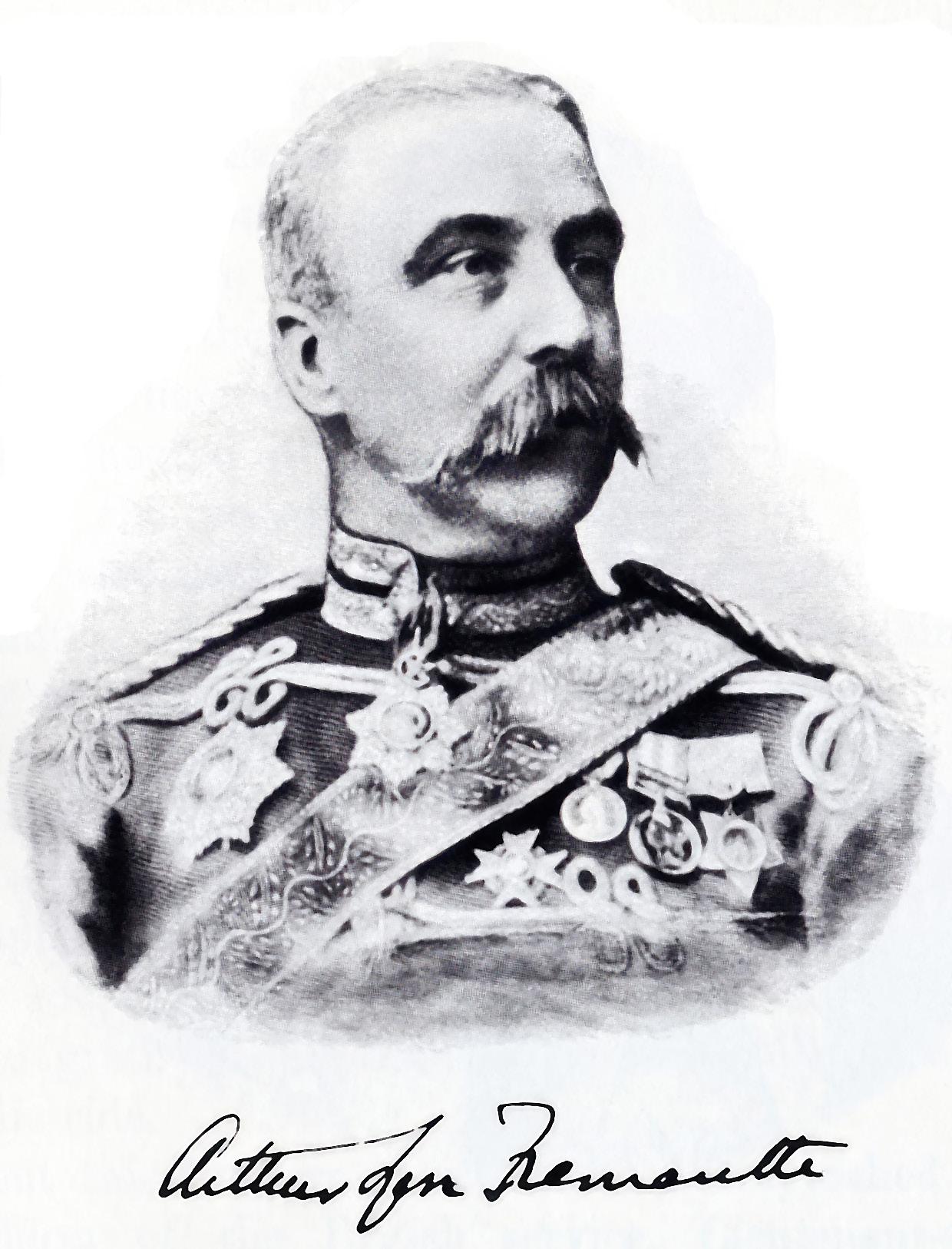
On borrowed horses (and accompanied by men tasked with returning them), Fremantle and M’Carthy caught up with Mr. Sargent and the Judge. Thanks to his encounter with Magruder, Fremantle was armed with “heaps of letters of introduction.”
As he and his companions continued, they left the flat, sandy (or muddy, depending) territory and entered a more pleasant landscape, “undulating or ‘rolling country,’ full of live oaks of very respectable size.” Fremantle met some Texas rangers and noted they wore “the most enormous spurs I ever saw.” Also noteworthy was a practice of the women he met: “Texas females are in the habit of dipping snuff.”
Eleven days out of Brownsville, the travelers reached San
In Alleyton, 75 miles west of Houston, Fremantle left the stage and boarded a train. He noted that in the democratic west “there was only one class.” The comfortable seats “seemed luxurious after the stage.” The engine and its two passenger cars crossed the Brazos River “in a peculiar matter.” It gained speed on a steep decline as it approached the river, raced across the bridge and, powered by steam and momentum, managed to top the incline on the opposite side. The crossing was successful, “But even in Texas this method of crossing a river is considered rather unsafe.”
In Houston, Fremantle spent his first night in a crowded hotel room, then was invited to stay at the home of a General Scurry, for whom he had a letter of introduction from General Magruder. Scurry arranged a dinner for the visitor, inviting several officers and a judge, which gave his British guest another opportunity to meet people and learn about the
26 Civil War News Magazine | May-June 2024
Lt. Col. Arthur J.L. Fremantle.
Confederacy, its people, and its cause.
The following day Fremantle boarded a train for Galveston. On the train he by chance met the man for whom Houston was named. Fremantle found Sam Houston to be “a remarkable and clever man…, extremely egotistical and vain.” Houston was governor of the state in 1860 and “opposed the secession movement, and was deposed.” This Texas hero died less than three months after his encounter with Colonel Fremantle.
While en route Fremantle received a telegrammed invitation from the commander in Galveston. His host arranged for the colonel to view the port’s defensive works, some still under construction. The fortifications were designed by a Confederate officer who had formerly been in the Austrian army. The workers included 150 whites and 600 slaves “lent by the neighboring planters.” Fremantle paid a call on the British consul who, blockaded with the Confederates, was unable to communicate with the outside world.
Fremantle returned to Houston and from there took a train to Navasota, a town 70 miles to the north, where the rail line ended. His destination was Shreveport, La., 250 miles distant. He left Navasota by stagecoach, one just as cramped as the previous one and dangerously top-heavy from the weight of topside passengers. His fellow-travelers were “mostly elderly planters or legislators, and there was one judge from Louisiana.” As he conversed with these gentlemen, he heard some things that would not have been spoken had any military men been present. Fremantle writes that his “companions were united in speaking with horror of the depredations committed in this part of the country by their own troops on a line of march.”
On this leg of the journey the hotel accommodations were even worse than the ones Fremantle had endured earlier. He and the judge shared a bed so dirty that they slept in their clothes, even with their boots on. The judge commented that the boots “were a d____d sight cleaner than the bed.”
In Marshall, Fremantle got a respite from the ordeal of riding in a packed stagecoach. From this town, 40 miles from Shreveport, Fremantle rolled toward the Louisiana border on a comfortable railroad train. However, this track ran only 16 miles east of Marshall, at which point Fremantle and the other passengers detrained and were “crammed into another stage.” Soon the stage was in Louisiana, some 20 miles from Shreveport.

When Fremantle crossed the state line on May 8, he had been in Texas for one month and eight days. Twenty-five of those days were spent on the move, by carriage (with Mr. Sargent and the Judge), by stage and by rail. Google Maps tells me that, counting his side trip to Galveston and back, he covered nearly 800 miles. On the way, he met numerous Confederate officers, including several of high rank. He traveled with and conversed with civilians of various sorts and stations in life. He saw much, heard much, and learned much about Texans, more generally about Southerners, and about the war being fought by these people to win their independence. The journey so far had been in an area that had witnessed little fighting, but as he moved east that would change.
*This is not a typo. I was surprised to learn that “salt” is an adjective as well as a noun and a verb.
goULd hagLer is a retired LoBByist Living in dUnwoody, ga. he is a past president of the atLanta CiviL war roUnd taBLe and the aUthor of georgia’s confederaTe MonuMenTs: in honor of a fallen naTion, pUBLished By MerCer University press in 2014. he has Been a regULar ContriBUtor to cWn sinCe 2016. he Can Be reaChed at goULd.hagLer@gMaiL.CoM.
27 Civil War News Magazine | May-June 2024 &
Maj. Gen. John Bankhead Magruder.
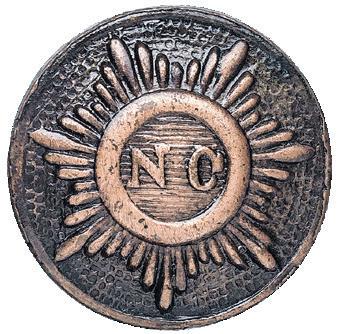


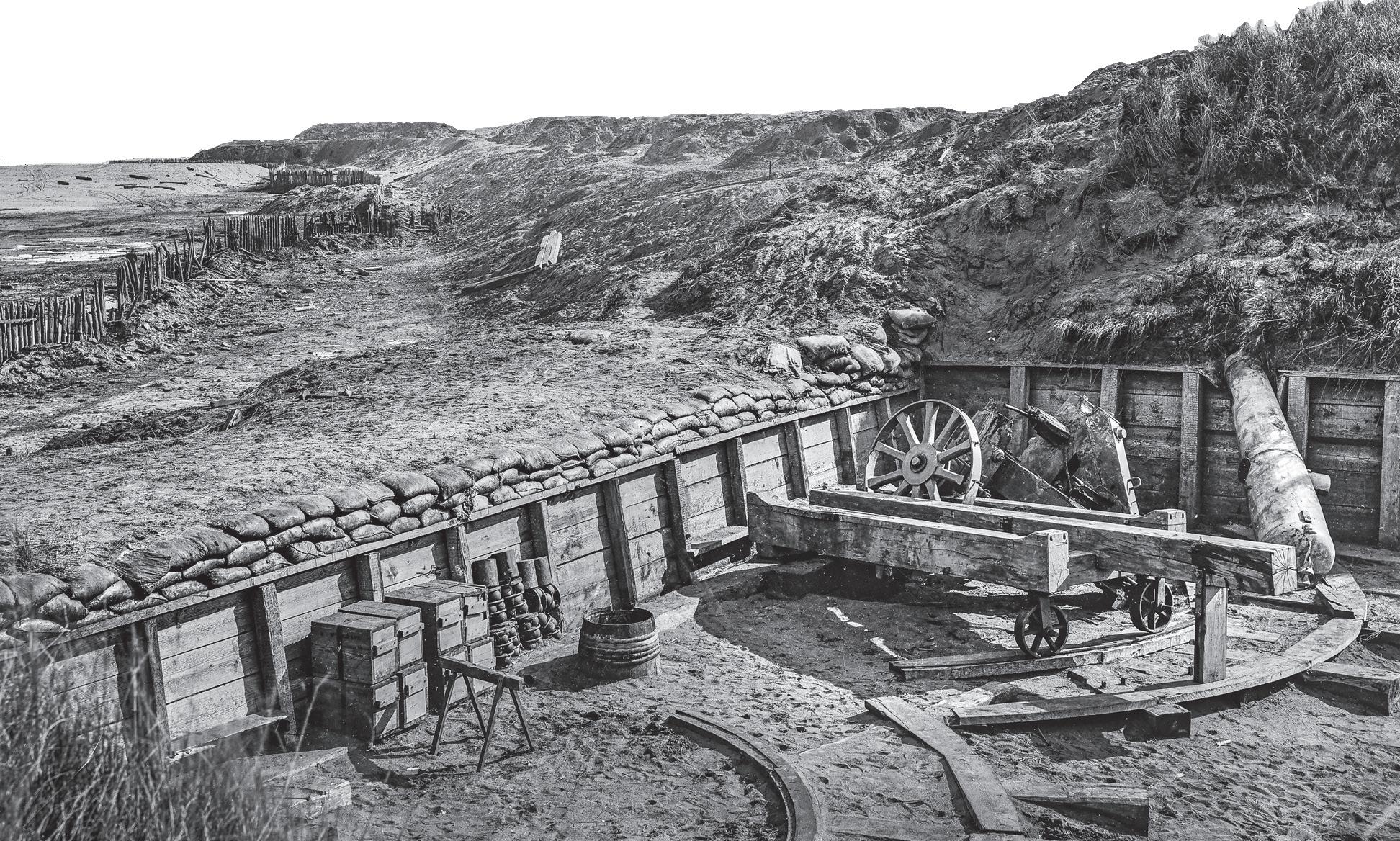



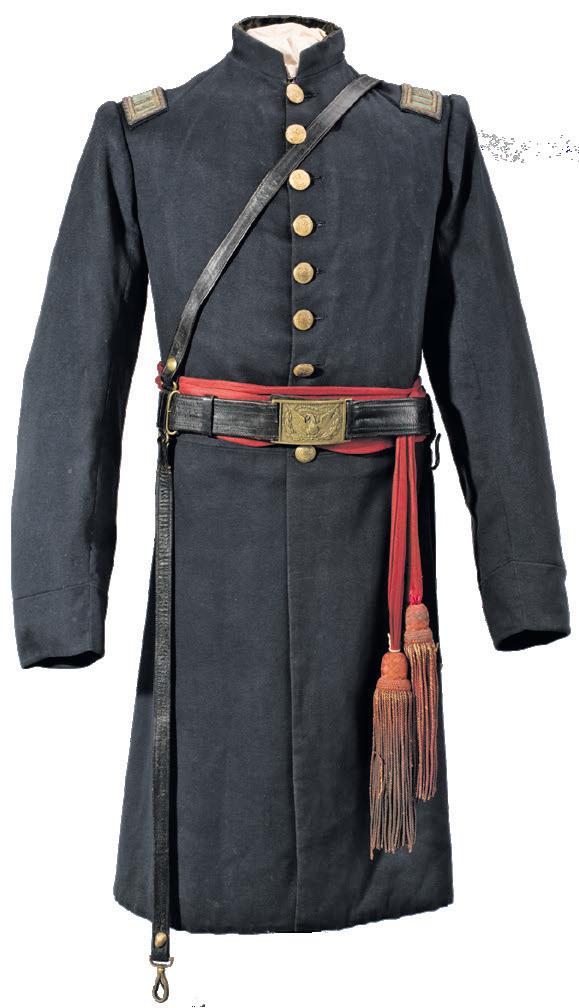
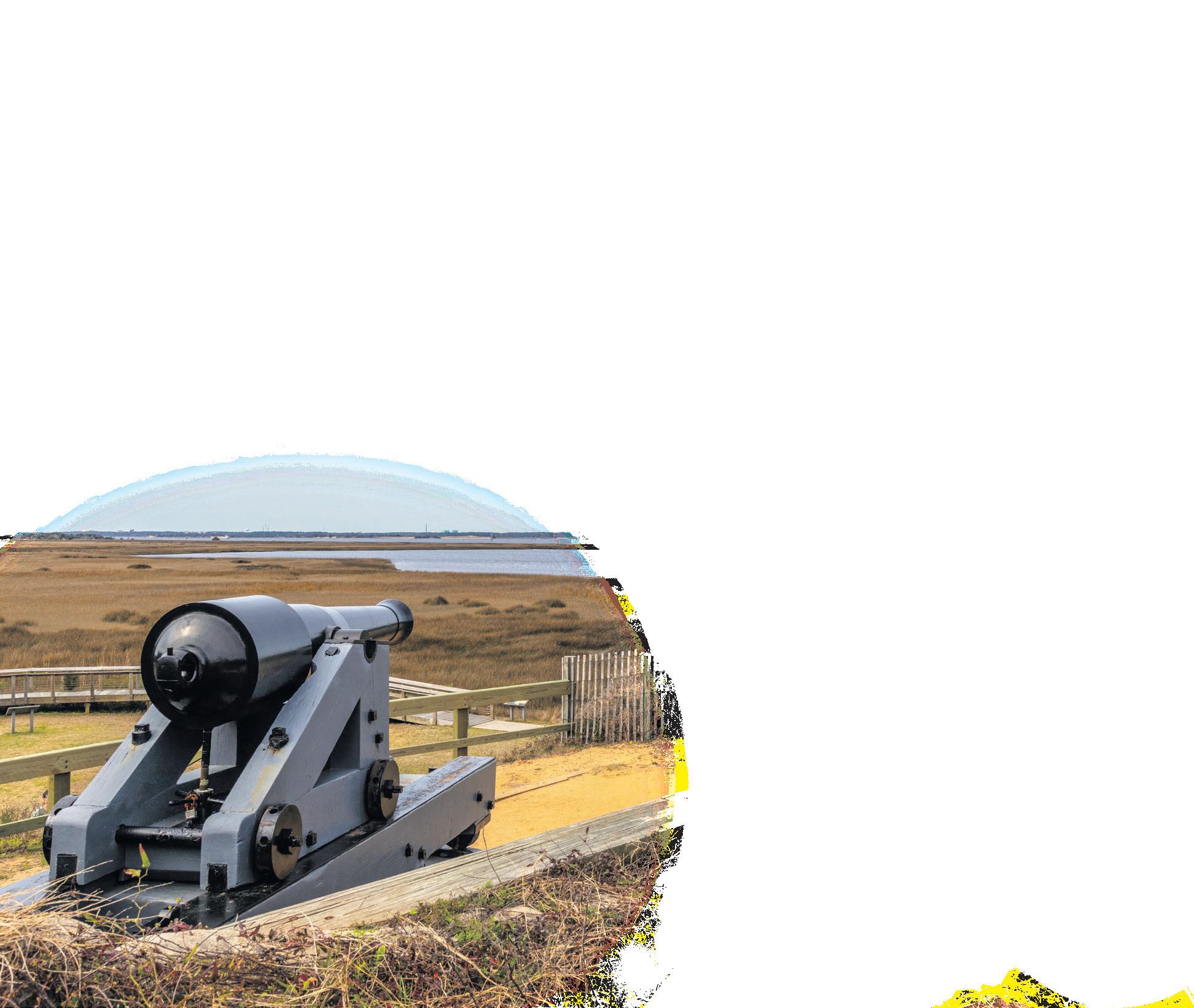


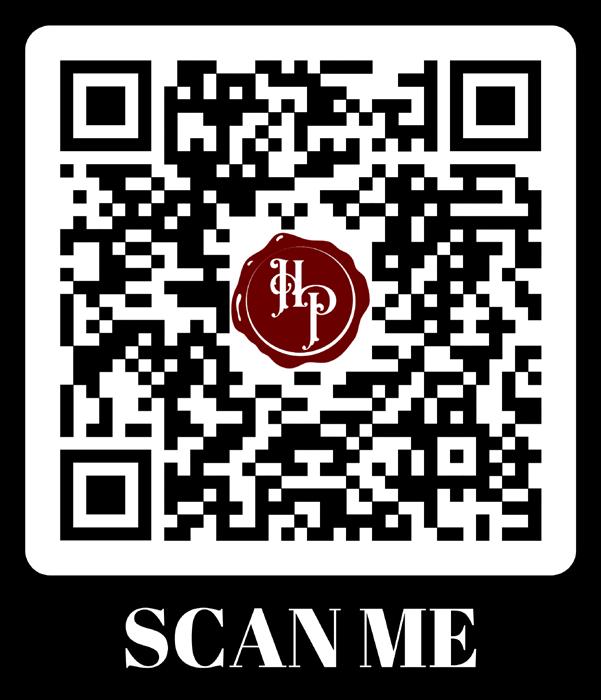
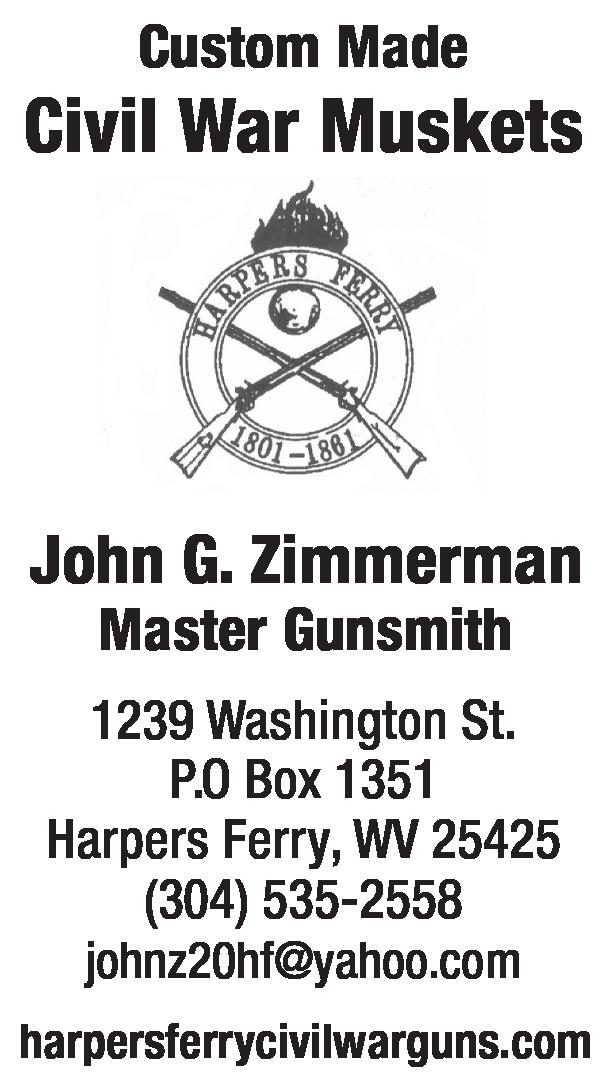
28 Civil War News Magazine | May-June 2024 Contact Mike at: 910-617-0333 • mike@admci.com Provenance a Must! Fort Fisher items wanted Only $29.95 /year for 6 issues or $49.95 for two years Save 37%–48% off the newsstand price! Subscribe and join our thousands of readers at https://tinyurl.com/277vpke9
Civil War Soldiers and Weather on Central Virginia’s Battlefields
By Tim Talbott
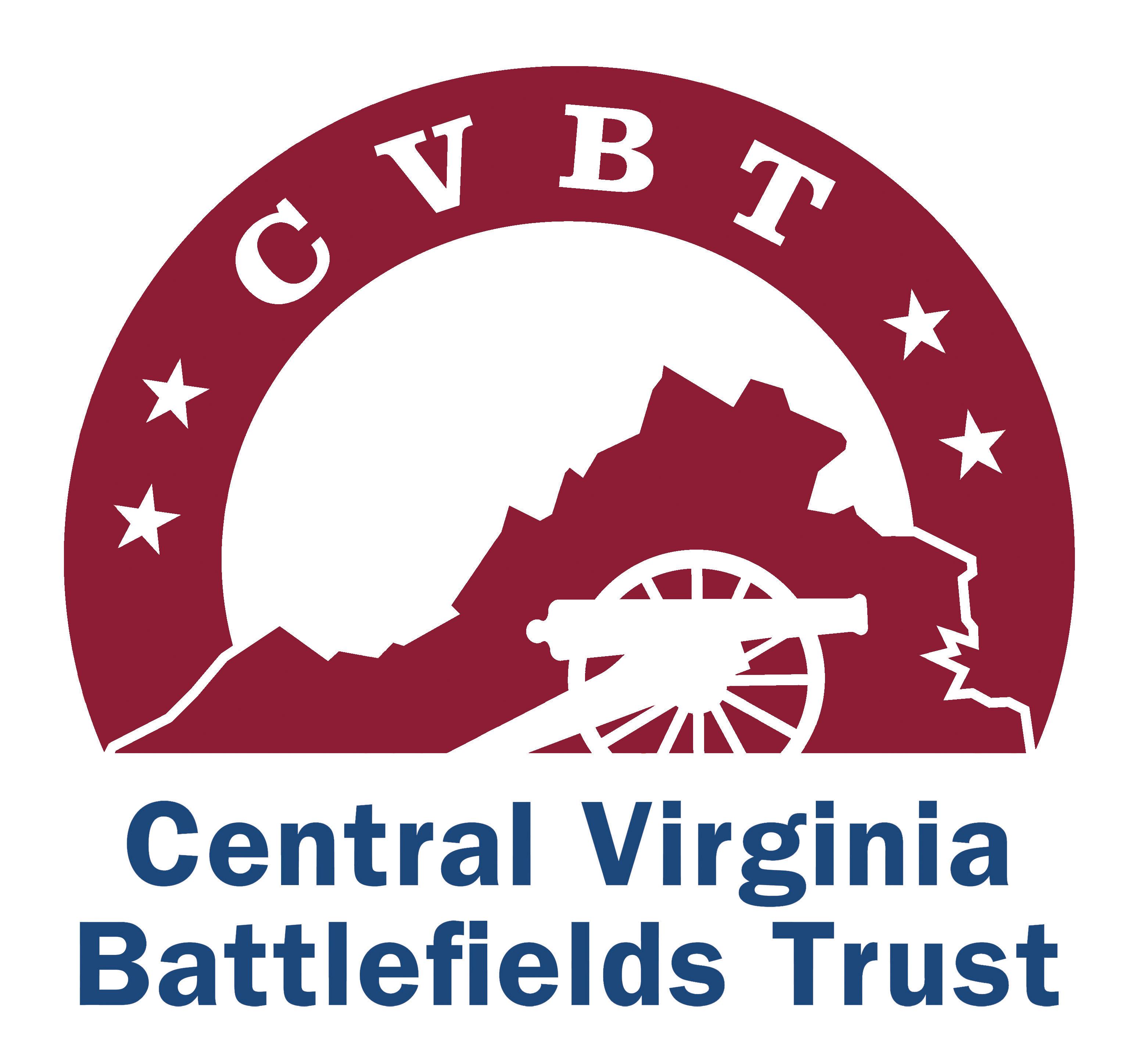
Besides commenting on food, perhaps the single thing most mentioned in Civil War soldiers’ letters, diaries, and memoirs is the weather. That is probably not surprising when one considers how much time soldiers spent out in the elements and how much a particular day’s weather conditions might affect their lives and brighten or dampen their morale.
Other than Fredericksburg and Mine Run, the campaigns fought at Chancellorsville, the Wilderness, and Spotsylvania Court House occurred in what are typically mild weather months in central Virginia. However, the stresses of constant maneuvering, and enduring combat, often elevated the soldiers’ sense perceptions of climatological conditions like temperature. Similarly, in the hustle and bustle of campaigning, soldiers often jettisoned equipment that in normal times helped them endure the elements and keep comfortable. Additionally, as battlefield visitors to the Old Dominion probably know, the weather here can change drastically without warning. All these things helped leave strong impressions on the soldiers.
Fredericksburg
In the days leading up to the Battle of Fredericksburg a significant cold snap came over the area. Cyrus Forwood, serving in the 2nd Delaware Infantry, mentioned in his diary that December 6-7, 1862, was “the coldest I have experienced since I joined the Army. Three men froze to death on Picket.”
But soon, temperatures started to climb. J.P. Coburn, 141st Pennsylvania wrote on December 10, “the weather is warm and pleasant today & the snow which has lain for several days is fast disappearing.” Melting snow and thawing earth created seas of mud. Although some histories depict the December 13 battle as cold and snowy, contemporary and many recollected accounts disagree. “The weather . . . was much above freezing point . . . there was no snow on the ground except on the northern exposures and in the woods,” remembered Oregon Foster, 9th Virginia Cavalry. One recording had the high temperature that day as 56 degrees.
Exaggerated accounts of wounded soldiers literally freezing on the battlefield are legend, as the temperature that night did not drop below 40 degrees. However, if not properly equipped, conditions proved uncomfortable for soldiers. For example, Sgt. Charles T. Bowen, 12th U.S. Infantry, described December 13, 1862, as arriving “bright and beautiful,” but, he got cold after the sun went down. “When we were relieved we went back into the city nearly starved & frozen for our blankets were in our knapsack & we had no chance to eat while out,” Bowen wrote.
Chancellorsville
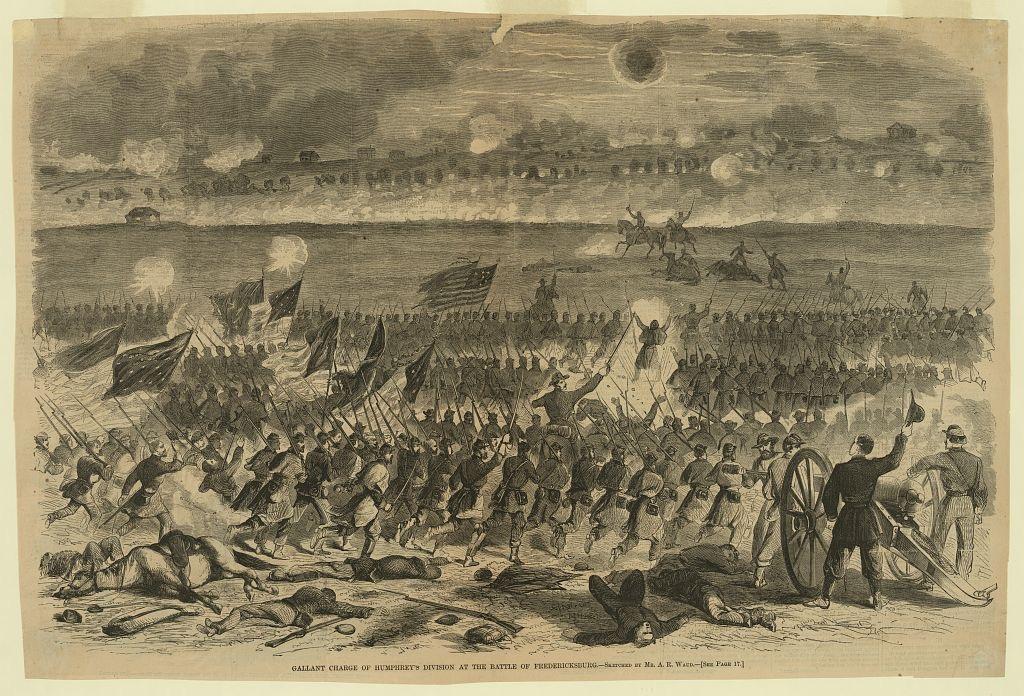
While soldiers commented on extremely cold temperatures in the days before and following the Battle of Fredericksburg, most period accounts note the rather mild weather conditions on December 13, 1862. (Library of Congress)
As Gen. Joseph Hooker maneuvered the Army of the Potomac to attack the Army of Northern Virginia, a thunderstorm hit on the night of April 28, 1863. It muddied the roads, which made marching and moving supplies much more difficult. A lightning strike knocked out part of the telegraph line severing communications. The arrival of May 1 though, brought sunny skies and mid70s temperatures. John J. Shoemaker of Stuart’s Horse Artillery referred to it as a “genuine May day.” Capt. Alfred Lee, 82nd Ohio, wrote that on May 2 “the sun dawned clear and beautiful.”
For those like Captain Lee in the XI Corps camps it was a comfortable day. However, for some of Gen. Thomas J. “Stonewall” Jackson’s hard marching Confederates, attempting to get into attack position, “the weather was fine but we suffered for water,” recalled South Carolinian Lt. J.F.J. Caldwell. Detached from the II
29 Civil War News Magazine | May-June 2024
Corps and fighting with Sedgwick’s VI Corps, Maj. Henry Livermore Abbott, 20th Massachusetts Infantry, wrote about May 3rd, “All day there was skirmishing & the heat was terrible . . .” May 3 proved to be the hottest day of 1863 to that point, with the temperature rising to 80 degrees. A bright sun and cloudless day added to the miseries of the combatants.
Following the fight at Chancellorsville, Taliaferro N. Simpson, 3rd South Carolina, wrote to his father, “My shoes are out, and my feet are so sore that I can scarcely walk. We have no tents, and the weather is as cold and rainy as any in winter time.” William White of the Richmond Howitzers concurred in his diary entry for May 5, when he wrote, “This afternoon the rain fell in torrents and soon our trenches were filled with water. Having no tents we were entirely unprotected, and the cold rain perfectly benumbed us.”
Mine Run
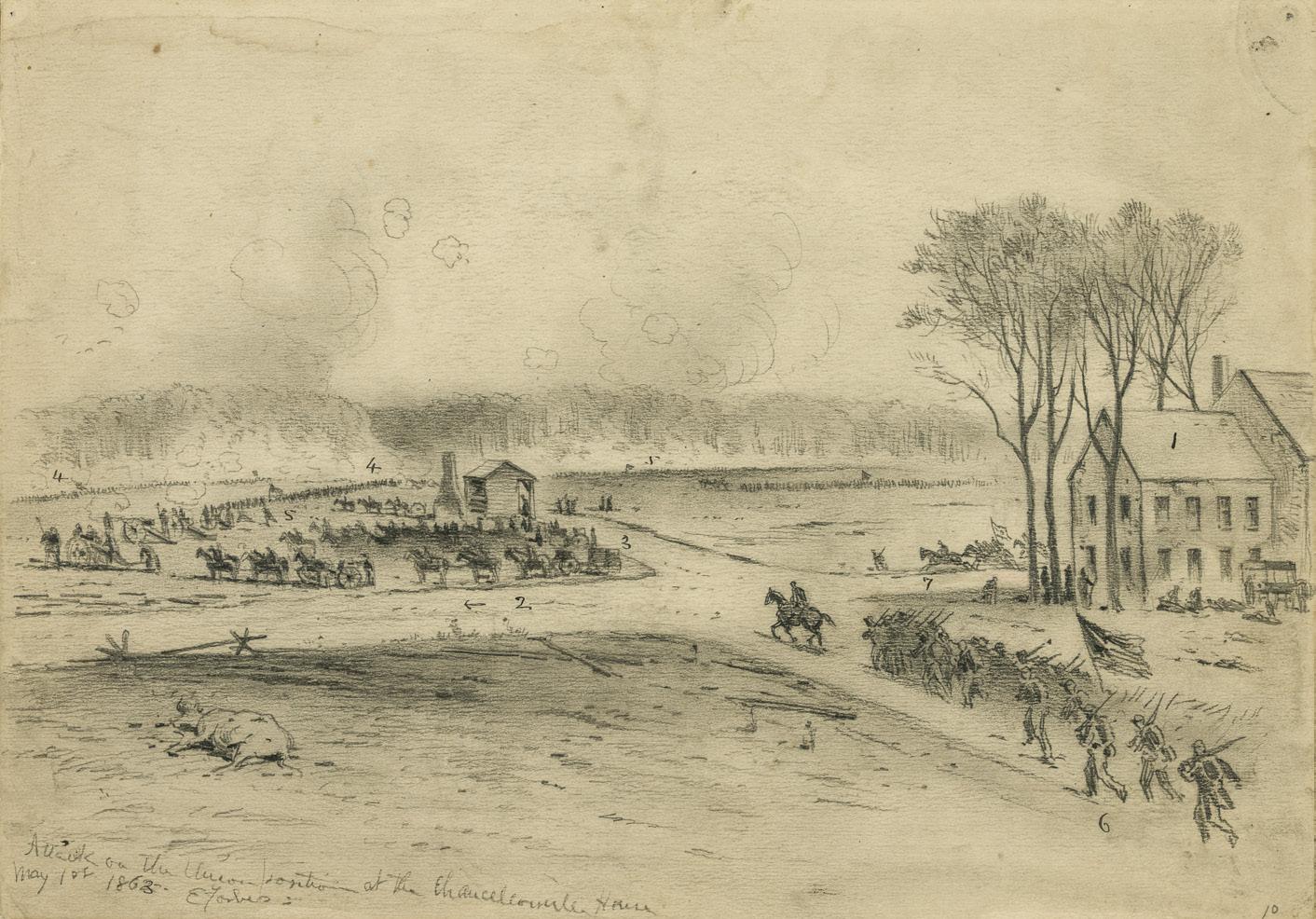
Moderate weather dominated the Battle of Chancellorsville fighting on May 1-3, 1863. However, on May 5, nature’s fury unleashed a storm that soaked both the victors and the vanquished. (Library of Congress)

Attempting to score a victory before going into winter quarters, Gen. George Meade attempted to turn the right flank of the Army of Northern Virginia positioned along the Rapidan River.
Soldiers on both sides commented on the bad weather and bitter cold during the campaign. In a letter to his fiancé, Major Walter Taylor of General Lee’s staff noted when describing November 27, 1863, “It was intensely cold that morning; we left camp at 3 o’clock . . . the ground frozen as hard as ice.” Taylor thought it was funny how the cold frosted the men’s beards: “all around one’s mouth innumerable icicles hung appendant from the moustache and whiskers . . .” Holman

Both Union and Confederate soldiers commented on the bitter cold during the Mine Run Campaign. (Public domain)
Melcher, 20th Maine, wrote his brother that on the morning of November 27, “it was raining hard.” He continued that “It stopped raining about noon, but was muddy and unpleasant.” A soldier in the 122nd New York wrote to the Syracuse Daily Journal that “it was bitter cold, the men seated and lying round their fires . . .” in attempt to keep warm. Col. Robert McAllister, 11th New Jersey, informed his wife, “The night was bitter cold. The north wind and cold frost made us suffer. Those who had no blankets suffered terably [sic].”
While the Confederates were disappointed that the Federals did not attack, and the Federals were happy that they did not have to, all were pleased to get out of the elements and into winter quarters.
The Wilderness
After spending the winter and first part of the spring of 1864 in winter quarters in Culpeper County and Orange County, Union and Confederate soldiers began preparations for a new campaign season. On May 2, cannoneer William White noted, “in the afternoon the skies were overspread with clouds and angry west winds came sweeping from the mountains with a hurricane-like sound . . . then came the rain and hail, driving full in our faces.” Lt. N.D. Peterson, 10th New York Cavalry, also commented on the May 2 wind and its results, “It was a cloud of dust—Virginia real estate on the rampage.” The day before going into the Battle of the Wilderness, Mississippian Lt. William C. Nelson, commented in a letter to his mother: “Day before yesterday we had quite a storm, and on the mountains snow was visible yesterday, but the weather today is quite warm and summer-like.”
Sgt. Charles T. Bowen took note in his diary that, “The march on the 5th [May 1864] was very hot and we all had to throw away part of our kit. I left my overcoat on the roadside.” The temperature rose to the mid-70s on the first day of the battle. However, few breezes made it into the thick underbrush of the Wilderness causing soldiers to
30 Civil War News Magazine | May-June 2024
believe it was much warmer. Joseph Graves, Bedford (Virginia) Light Artillery, wrote that day, “It was very warm and dusty.” Thick smoke from thousands of rifles and wildfires in the dense underbrush only added to the uncomfortable conditions. On May 6, temperatures rose to the low 90s. Fierce fighting created more ground fires. So much movement by the contending forces also created clouds of dust. A soldier in the 37th Massachusetts remembered, “the many wheels and feet of horses and men pounded the dry soil into impalpable dust, which rose hundreds of feet in the air.” But there was no time to recover physically or mentally as Gen. U.S. Grant moved toward Spotsylvania Court House.
Spotsylvania Court House
Since the ongoing fighting at Spotsylvania spanned almost two weeks, there was greater opportunity for variety in the weather. Sergeant Bowen wrote about May 8, 1863, noting, “We made a forced march & the day was terrible warm & dusty.” Nearby recordings put the high temperature at 95 degrees. On May 10 fighting continued, as did the hot weather with the mercury reaching 93 degrees.
Fighting in dense woods during the Battle of the Wilderness made it feel warmer to the soldiers than it actually was. (Library of Congress)
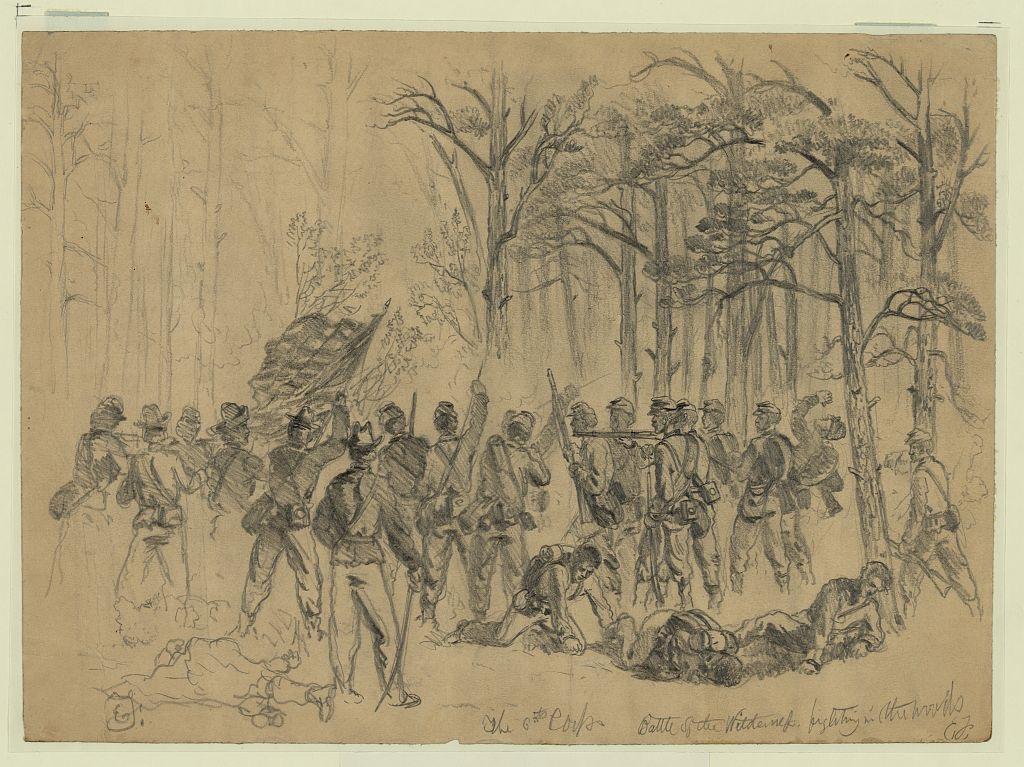
On May 11, a light drizzle turned heavier late in the day as temperatures rose. Federal soldiers found it difficult to find their way while positioning for an attack early on May 12. John Haley, 17th Maine, commented “rain fell steadily, and the night so dark men has to almost feel their way.” Once in line and ready, the assault unfolded in the unrelenting rain. The prevailing opinion among soldiers was that the rain on May 12 made one of the war’s worst days of combat even worse. A Union soldier wrote poetically, “it seems as if Heaven has to weep over the scene.” Sergeant Bowen

described the conditions, “On the 12th we were ordered out in a tremendious rain & advanced through a ploughed field under a heavy fire within a short distance of the rebel works. Here we were ordered to lay down in the mud & the rain poured on us in torrents.” David Holt, 16th Mississippi, remembered, “All the time a drizzling rain was falling. The blood shed by the dead and wounded in the trench mixed with the mud and water.” Rain continued at Spotsylvania through May 17, turning fields and roads into oceans of mud. The fighting continued into May 18 and 19, both remarkably beautiful days, but tempered by additional bloodshed. On May 20-21, General Grant left Spotsylvania moving south around General Lee’s right flank to continue more punishing marches and combat through all types of weather on other fields of fury.

Fought during a downpour, the May 12, 1864, battle at Spotsylvania created horrific ground conditions for the soldiers enduring it. (Library of Congress)
tiM taLBott is the Chief adMinistrative o ffi C er with the C entra L v irginia BattLefieLds trUst.
The mission of CVBT is to preserve land associated with the four major campaigns of: Fredericksburg, Chancellorsville, Mine Run, and the Overland Campaign, including the Wilderness, and Spotsylvania Court House. To learn more about this grassroots preservation non-profit, which has saved over 1,700 acres of hallowed ground, please visit our website www.cvbt.org.
31 Civil War News Magazine | May-June 2024
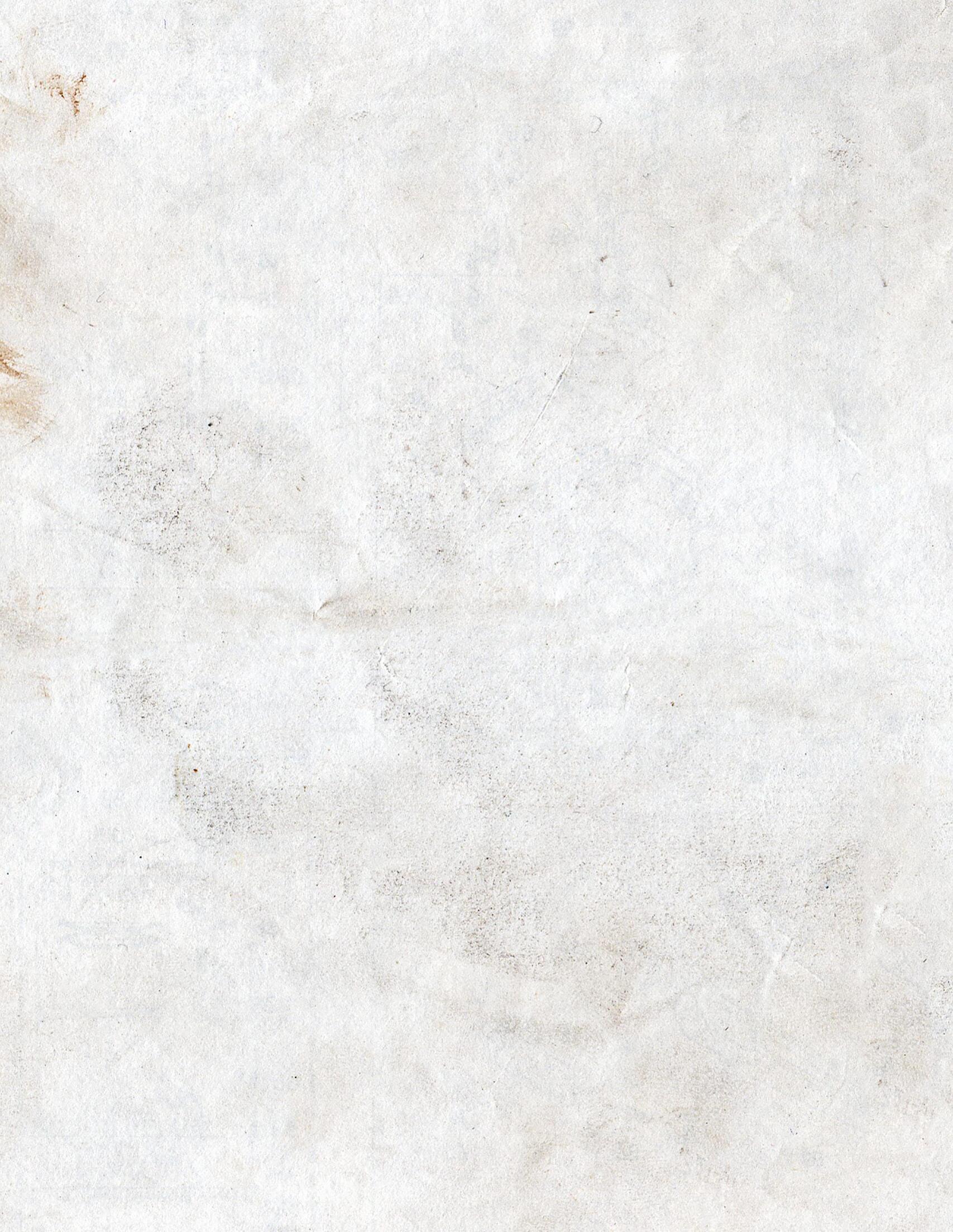

Aloha! I’m writing from vacation in Hawaii, where there’s not much American Civil War history baked into the landscape, as you can probably imagine.
Yet, the war is not totally absent. On the way to Oahu’s north shore, I drove past Schofield Barracks, named for former Civil War General John M. Schofield. Schofield served as general in chief of the U.S. Army from 1888–1895, a highly consequential tenure during which he proved to be an influential reformer. He also served a stint as secretary of war under controversial Andrew Johnson. People might best know the barracks as the setting of From Here to Eternity
Schofield came to Hawaii in 1872 and first recommended the establishment of a military base at Pearl Harbor. I of course visited the NPS site at Pearl so I could pay my respects at the USS Arizona memorial. That has been a bucket-list destination for me my entire adult life. The experience was profound. I appreciated a remark one ranger made before the ferry departed for the memorial: “This is not an ‘attraction.’ It’s a cemetery. Treat it the same way you would the hallowed ground at a place like Gettysburg or even Arlington.”
The most unexpected Civil War connection came when we landed on the west side of the Big Island. Hawaii is the youngest of the islands, and so Mother Nature has had less time to work her magic on the land. A ridge of dormant volcanoes bisects the island, and they capture all the moisture on the

The view from the western side of Big Island in Hawaii.
island’s east side, which is lush and tropical. The drier west side consists of mountainous grasslands and vast lava beds in various stages of erosion. The less-eroded stretches looked like dried black cow patties, hundreds of yards wide. In places where wind and rain have worked on the landscape, the lava had begun to break apart and more resembled huge tumbles of dark, rich humus deposited willy-nilly by a Titan’s dump trunk. Think moonscapes.
This brought to mind the experience of Robert E. Lee during the Mexican War. In August 1847, Lee had to scout a path through a lava-bed region known as the Pedregal, “a field of volcanic rock like boiling scoria suddenly solidified, pathless, precipitous . . .” It was reportedly a land where no horses could go and “men only with difficulty.” Lee, a captain of engineers, had to scout out a crossing and then lead Winfield Scott’s army across. Jeff Shaara actually wrote a good account of this in his novel Gone for Soldiers, which is where I first heard of it, but I could never quite understand what Lee faced in that dangerous mission, until I saw the lava beds on Hawaii’s west side.
It was one more reminder of the many ways landscapes help us understand history, and why preserving the ground remains so vital.
Chris Mackowski, Ph.D. Editor-in-Chief
Tenth Annual Emerging Civil War Symposium at Stevenson Ridge
The theme of this year’s Emerging Civil Symposium is 1864: The War in the Balance. Our speakers’ lineup includes Jonathan Noyalas and Brian Steel Wills, and on Sunday Chris Mackowski will lead a battlefield tour of the Bloody Angle.
Join us from August 2-4 at Stevenson Ridge on the Spotsylvania battlefield in Virginia. You can find out more details or order tickets at our Symposium page https://emergingcivilwar.com/ecw_event/2024symposium.
News & Notes
Bert Dunkerly is attending National Park Service Historic Weapons training, to stay certified to supervise demonstrations. He will be training on matchlock, flintlock, and percussion small arms, as well as eighteenth and nineteenth-century artillery. On March 23, he spoke at Historic St John’s Church in Richmond, part of the annual Liberty or Death commemoration
Phill Greenwalt and Rob Orrison attended the 11th Annual Conference of the American Revolution March 15-17, in Richmond, Va., on behalf of Emerging Revolutionary War.
Chris Kolakowski’s Tenth Army Commander received some glowing feedback from Military Review : “An outstanding volume, which is extremely beneficial for two key reasons. First, it adds significantly to one’s understanding of the Battle of Okinawa and to the operations of the Alaska Defense Command. Second, it provides readers with an opportunity to become acquainted or to greatly improve their understanding of Buckner.”
Dave Powell spoke at the Shenandoah Valley Battlefields 2024 National Conference in Harrisonburg, Va.
Evan Portman crossed a few items off his Civil War bucket list. He stopped at Maj. Gen. John Fulton Reynolds’ grave on a recent trip to Lancaster, Penn., and journeyed to Harpers Ferry to hike Maryland Heights. He also spoke to the Western Pennsylvania Civil War Roundtable on the “Chaos and Confusion in the Wheatfield at Gettysburg.”
Brian Swartz was interviewed by WABI Channel 5 to discuss his book Passing Through the Fire: Joshua Lawrence Chamberlain in the Civil War.
ECW Bookshelf
Across North America’s periphery, Civil War campaigns waged over whether the United States of Confederacy would dominate lands, mines, and seaborne transportation networks of North
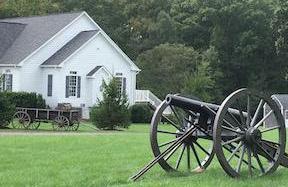
Join Emerging Civil War’s Tenth Annual Symposium in August!
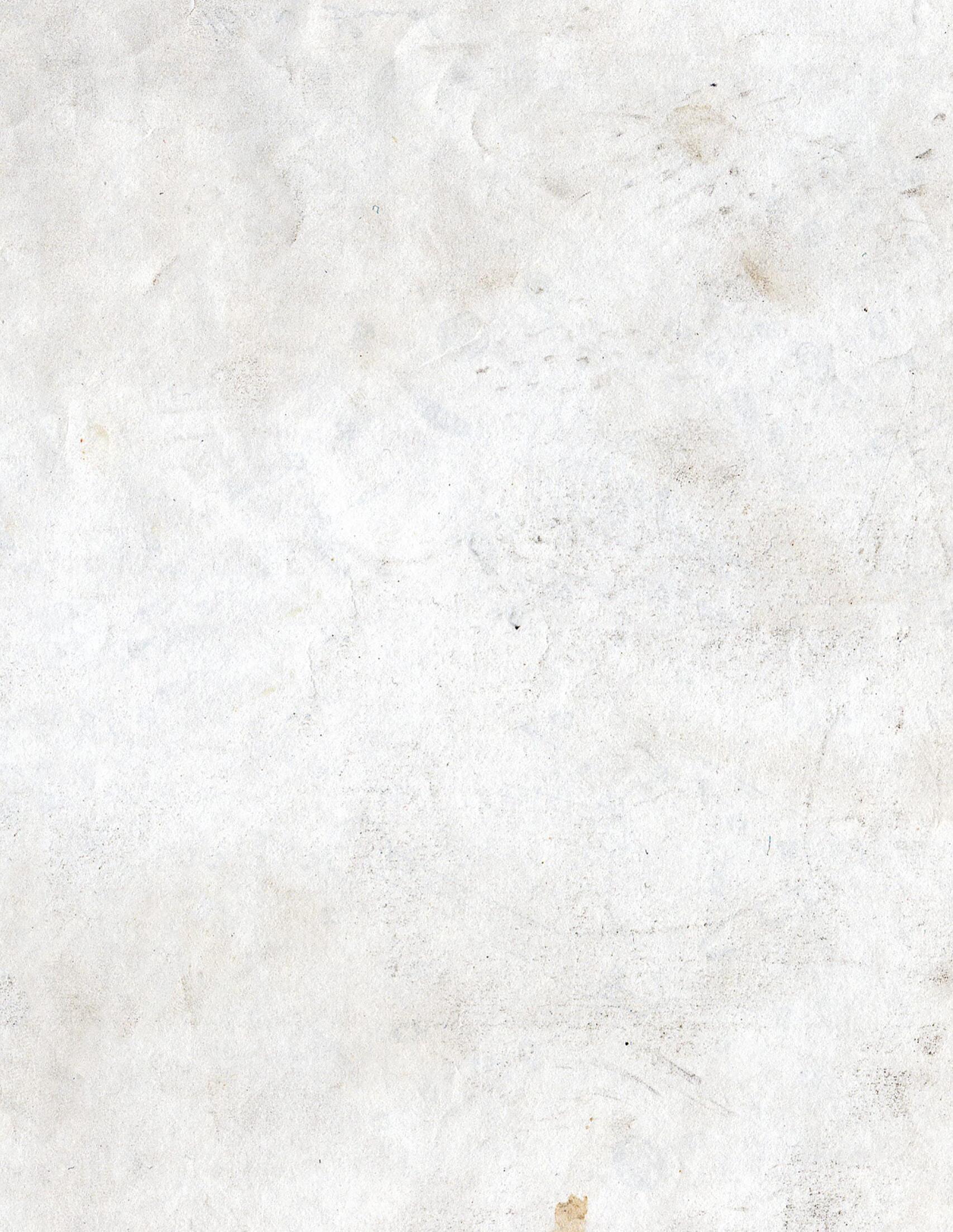
America’s mineral wealth. The United States needed this wealth to stabilize their wartime economy while the Confederacy sought to expand their own treasury.
Confederate armies advanced to directly seize the West and its gold and silver reserves while warships steamed to intercept Panamá route ships transporting bullion from California to New York via Panamá. United States forces responded by expelling Confederate incursions and solidified territorial control by combating Indigenous populations and enacting laws encouraging frontier settlement. At sea, the U.S. Navy patrolled key ports, convoyed treasure ships, blocked Confederate naval attacks, and integrated continent-wide intelligence networks in the ultimate game of cat and mouse.
Explore the hemispheric land and sea adventures to control North America’s mineral wealth, linking the Civil War’s military, naval, political, diplomatic, and economic elements like never before.
ECW Multimedia
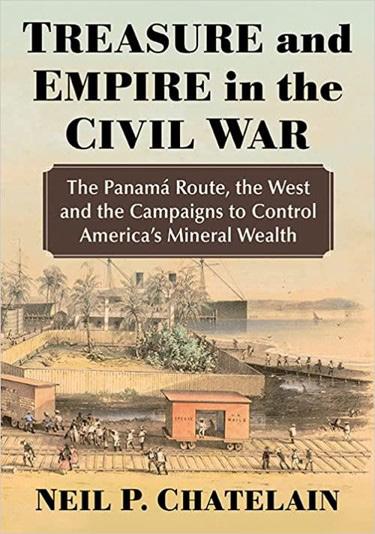
Treasure and Empire in the Civil War by Neil Chatelain. Chatelain’s newest book explores efforts by the Union and Confederacy to secure North America’s mineral wealth for the war effort.
In March, guests on the Emerging Civil War podcast included... Award-winning author John Waugh discusses his new book, Unforgettables: Winners, Losers, Strong Women, and Eccentric Men of the Civil War Era.
Emerging Civil War’s own Dan Welch and Kevin Pawlak discuss their recently released book Never Such a Campaign: The Battle of Second Manassas.
Emerging Civil War’s chief historian, Cecily Nelson Zander,
discusses her new book The Army Under Fire: Antimilitarism in the Civil War Era.
Dr. Angela Zombek of the University of North Carolina discusses incarceration, occupation, and insurrection in the Civil War.
You can listen for free on Spotify or Apple Podcasts, or at https://emergingcivilwar.com/the-emerging-civil-warpodcast/.
You can also find video versions of these podcasts on our YouTube page, along with a panel discussion about the end of Civil War Times magazine.



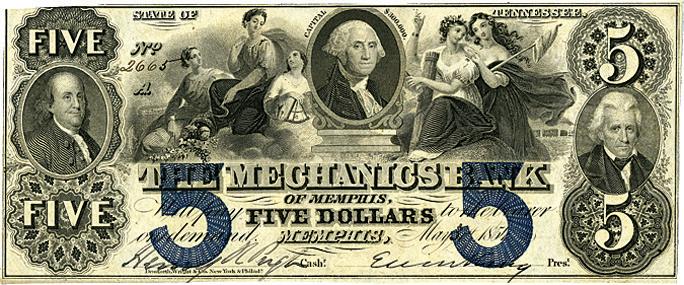
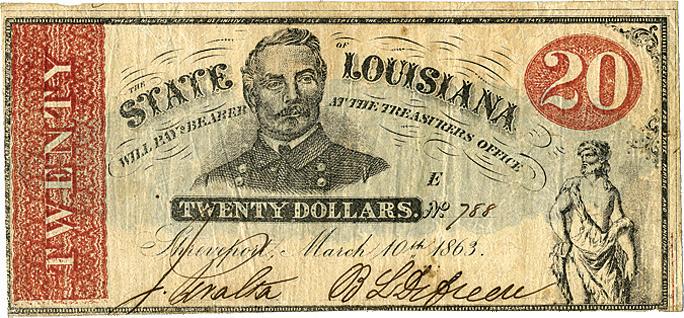
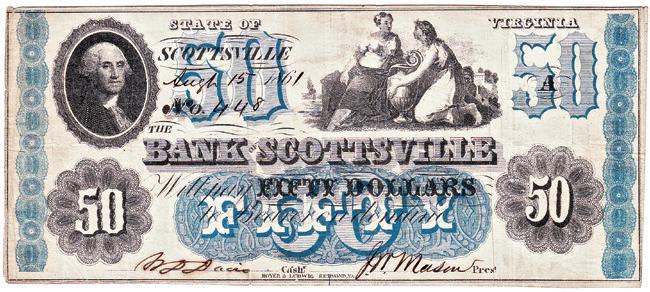


Shrouded Veterans
On January 12, 1884, Edward Heaton, a distinguished artillery lieutenant during the war, shot himself in the dining room of his New Jersey home. He was 41 years old. Was Heaton’s decision to take his life linked to war trauma, or could there have been other factors involved? Whatever the cause, he took the answer to the grave.
Read more about Heaton and the effort to mark his grave at: https://emergingcivilwar.com/2024/03/03/shroudedveterans-distinguished-artillery-lieutenant-commitssuicide-after-the-war.

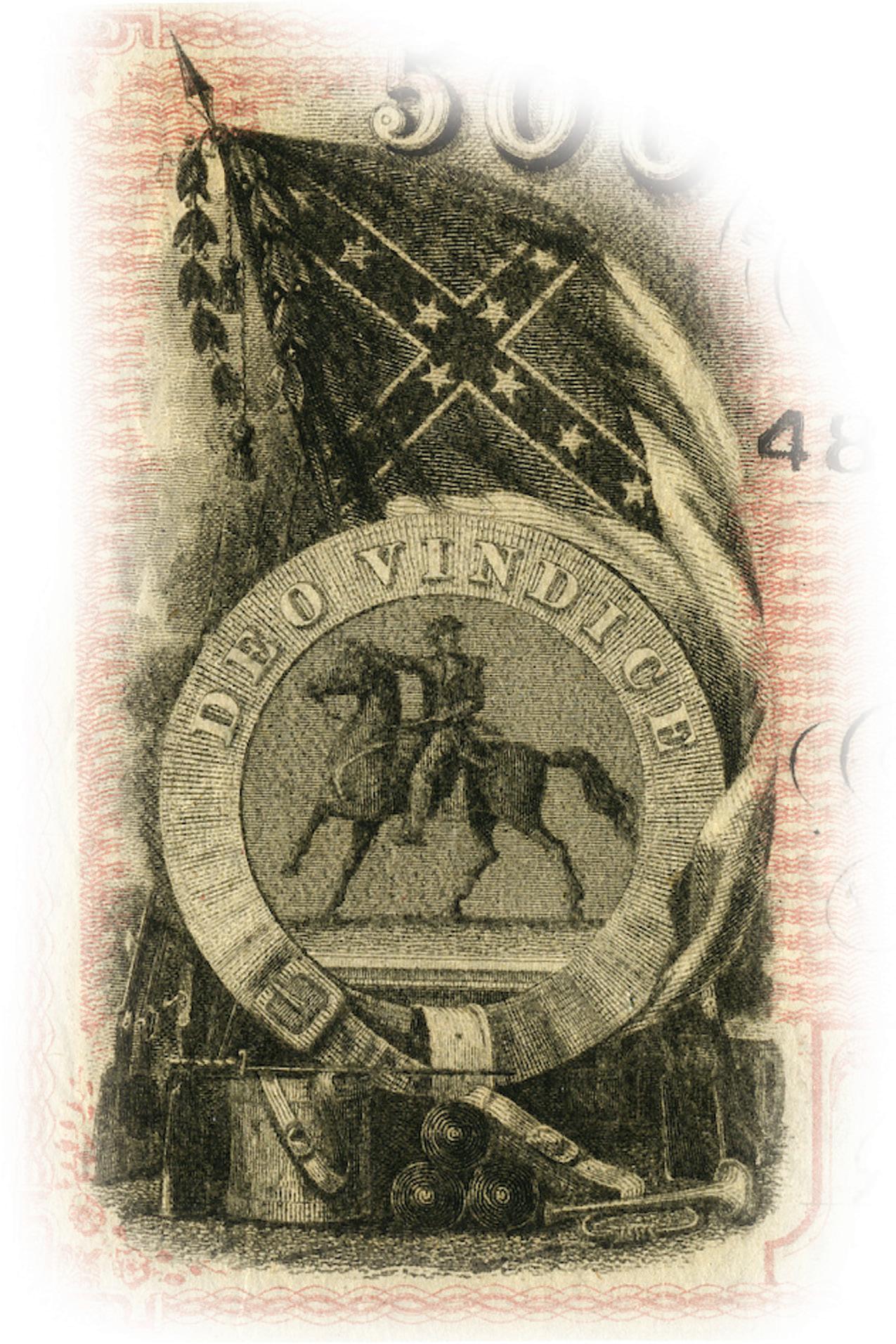
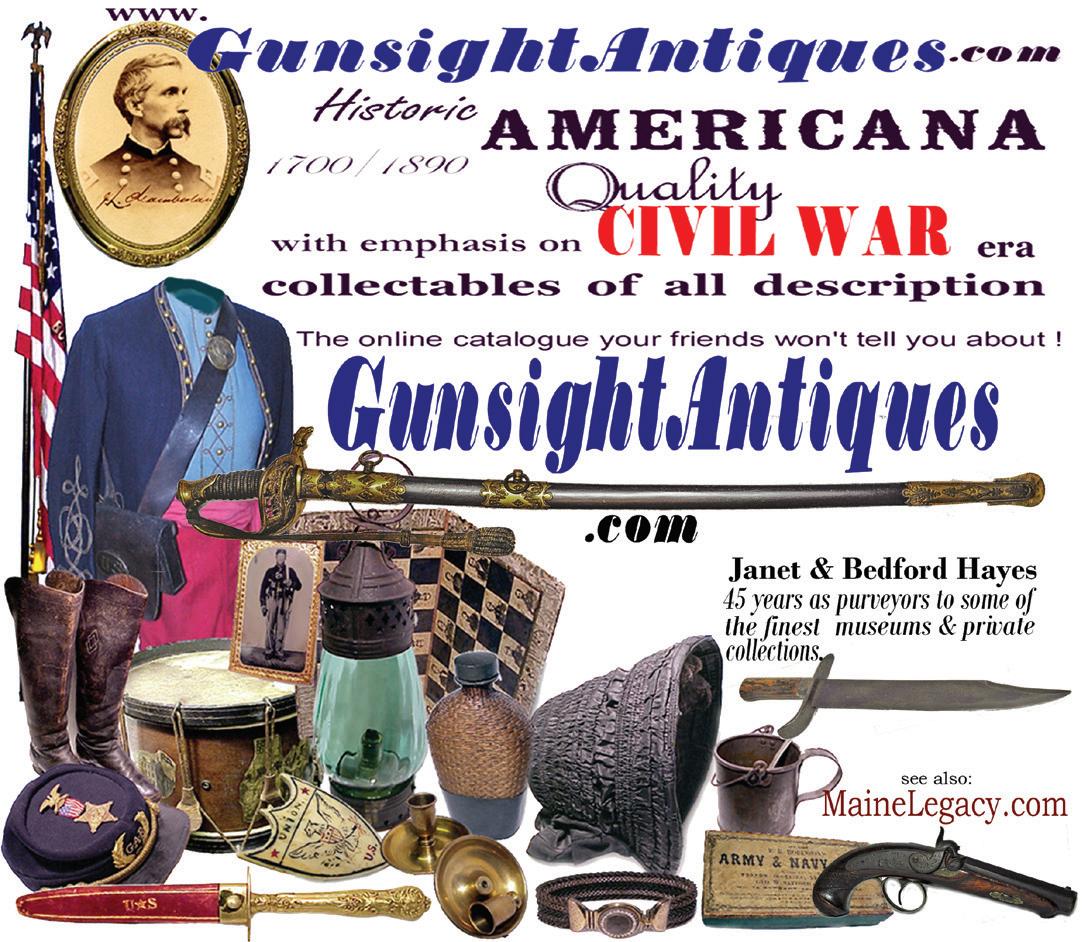
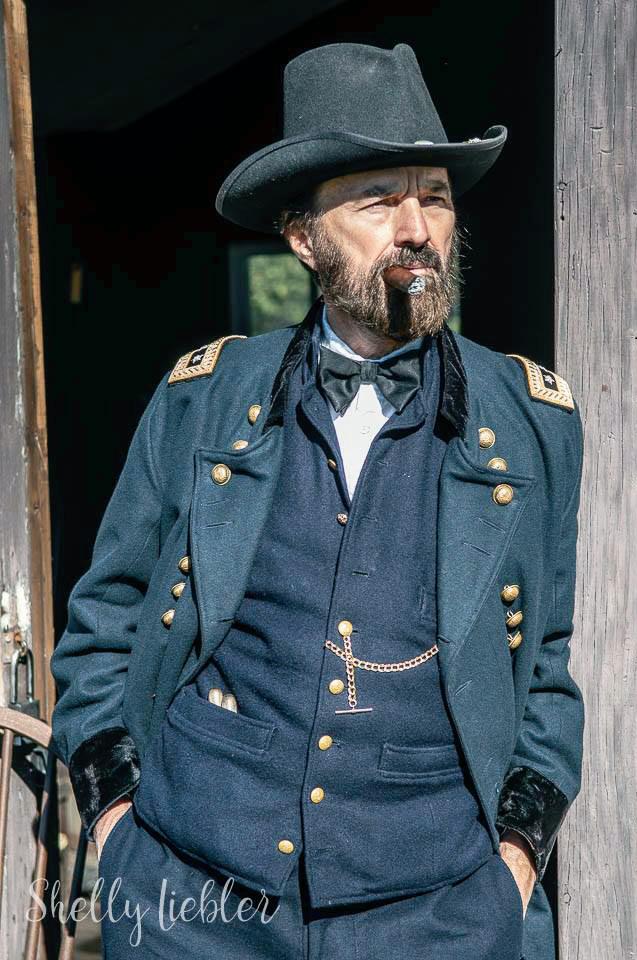

Ulysses S. Grant
by E.C. Fields Jr., Ph.D. HQ: generalgrantbyhimself.com E-Telegraph: curtfields@ generalgrantbyhimself.com Signal Corps: (901) 496-6065 Facebook@ Curt Fields Greg Ton Buying the Finest in Confederate, Obsolete and Southern States Currency Greg Ton • Franklin, Tennessee Phone: 901-487-5944 • Email: GTon1@aol.com Since 1978 GregTonCurrency.com
Skull and Bones members from the class of 1869. Heaton is standing to the far left.
Portrayed
Ten CatsLooking for a Weasel
By Stephanie Hagiwara
“My intention is to fight the Kearsarge as soon as I can make the necessary arrangements... I beg she will not depart before I am ready to go out.”
–
C.S. Capt. Raphel Semmes, CSS Alabama
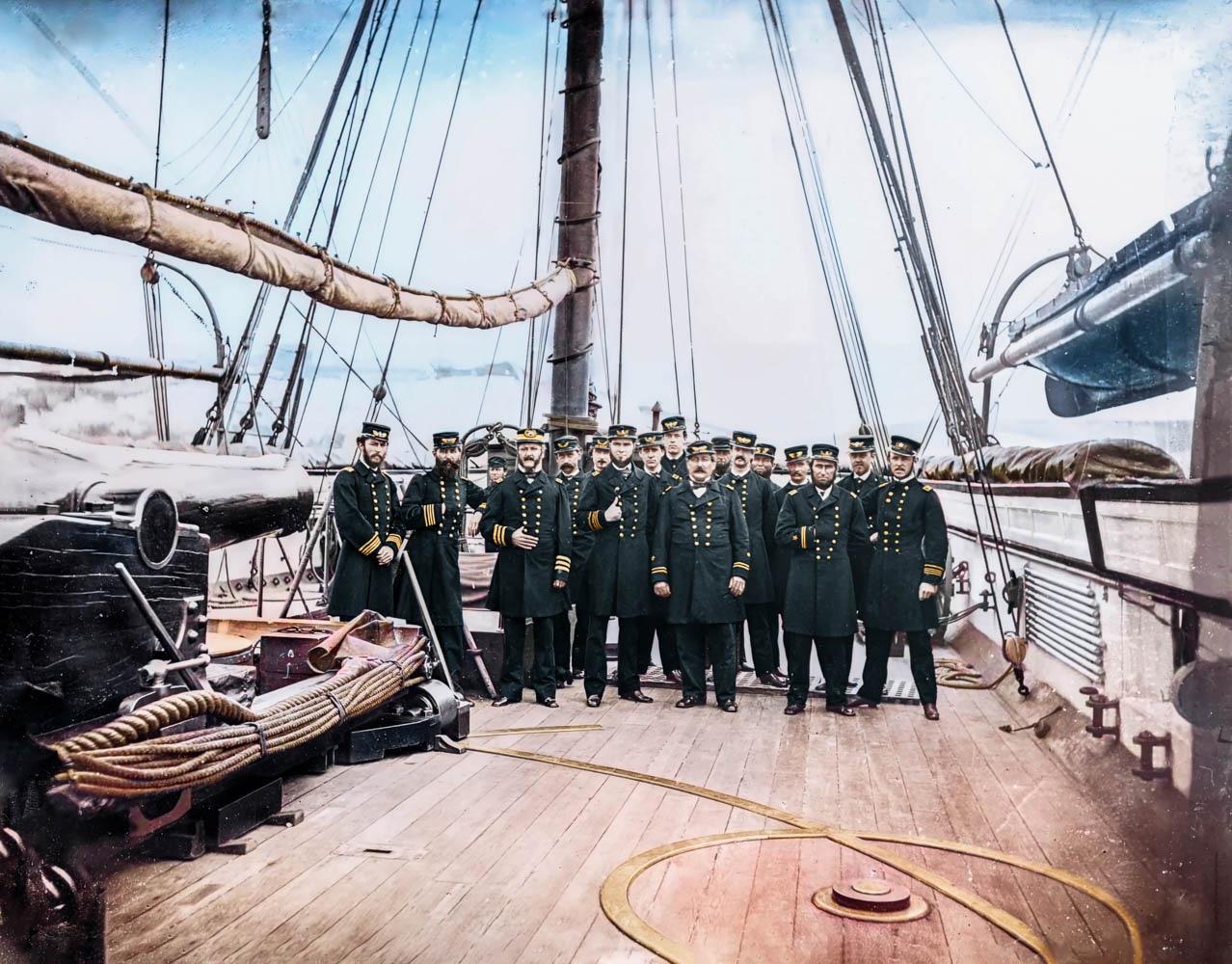
On Sunday, June 12, 1864, U.S. Capt. John A. Winslow, USS Kearsarge, signaled his crew to return to the ship and was underway within two hours. Winslow had received a telegram that the commerce raider CSS Alabama was anchored 300 miles away in Cherbourg, France. After a year of hunting, his prey was within Winslow’s grasp.
The Confederacy’s strategy to counter the Federal blockade was to employ its navy to attack Northern merchant shipping. The United States had previously used guerre de course, literally meaning war on commerce, against Britain’s maritime trade.
By far, the most famous commerce raider was Capt. Raphel Semmes and his ship, the CSS Alabama. She was built by British shipbuilders John Laird Sons and Company. To circumvent British neutrality laws, she could not be armed until after reaching international waters.
At Terceira Island in the Azores, the Alabama was armed with British made ordinance consisting of six 32-pdr. naval smoothbores (three each on the port and starboard side), the fore pivot cannon was a 110-pdr., 7-inch Blakely rifled muzzle-loader, and the aft pivot cannon was an 8-inch smoothbore.
The Alabama was christened August 24, 1862. On January 11, 1863, she sank the USS Hatteras off the coast of Galveston, Texas.
35 Civil War News Magazine | May-June 2024
Officers of the USS Kearsarge. Capt. John A. Winslow is third from left. Colorization © 2024 civilwarincolor.com, courtesy civilwarincolor.com/cwn. (Naval History and Heritage Command)
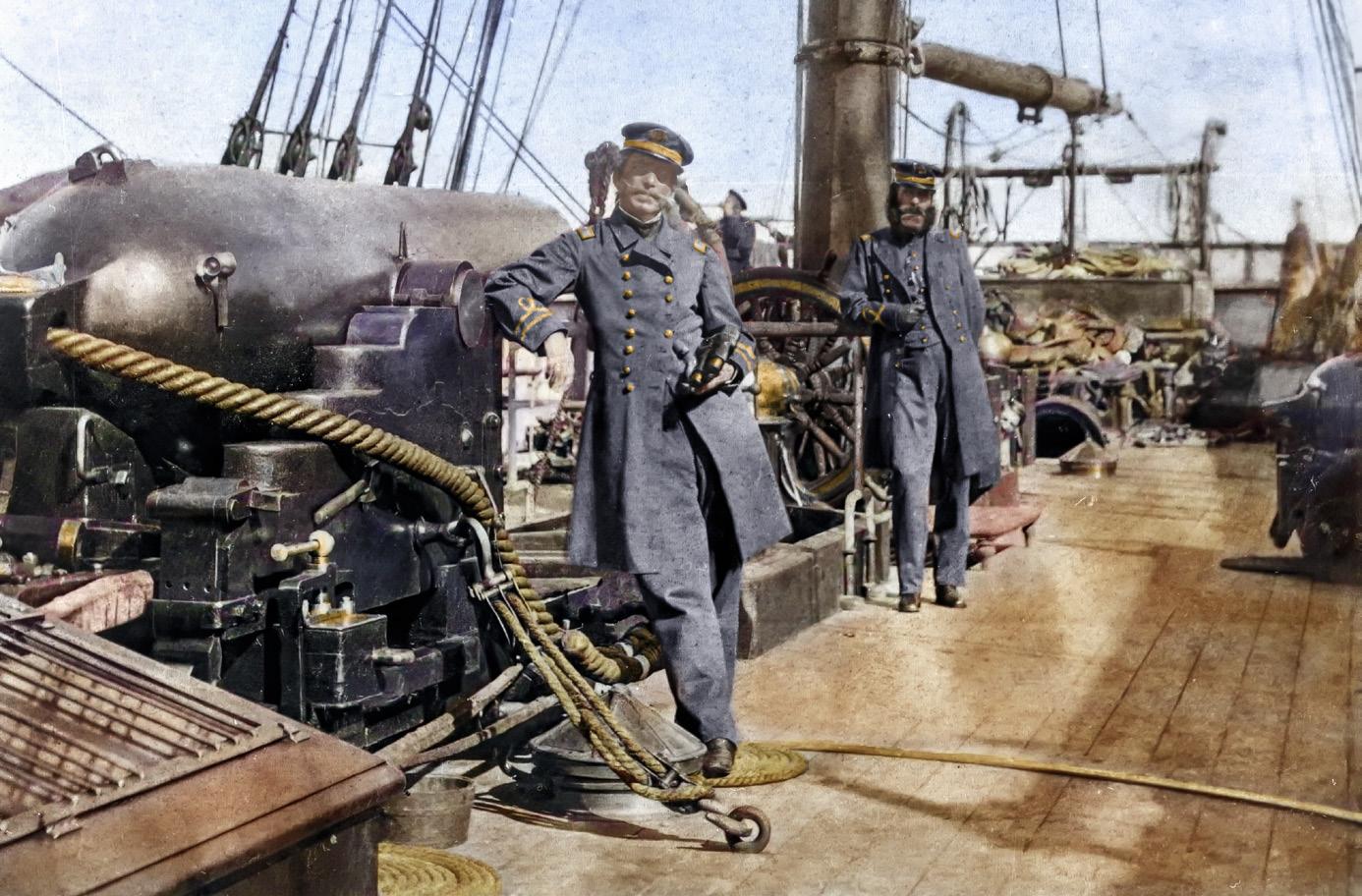
The success of the Confederate navy capturing prizes drove marine insurance rates from 1.25% of cargo value to 6%. Merchants clamored for convoy escorts. President Lincoln refused to weaken the blockade by reassigning warships. Eventually, 18 warships were ordered to hunt down the commerce raiders. The Boston Post considered it, “like ten cats looking for a weasel in a hundred acre lot.”
On April 6, 1863, Winslow took command of the Kearsarge, a Mohican-class sloop of war. She was launched September 11, 1861, and tasked with hunting Confederate commerce raiders.
The Kearsarge was powered by steam and sail and had a retractable screw propeller with an extended hull with a narrow beam. She was armed with two 11-inch Dahlgren smoothbore guns, a 30-pdr. Parrott rifle in the forecastle, and four 32-pdrs. (two each on the port and starboard side).
For about six months, Winslow followed his predecessor’s strategy of using days or weeks-old sightings of the Alabama to guess where she might be heading next. Then, Winslow had an epiphany. The raiders needed coal, supplies, and ship repairs. Instead of wearing out his crew on ship-chasing hunches, he focused on where his game would likely be found. Winslow decided to take the Kearsarge around the English Channel and focus on the French ports of Brest, Calais, and Cherbourg.
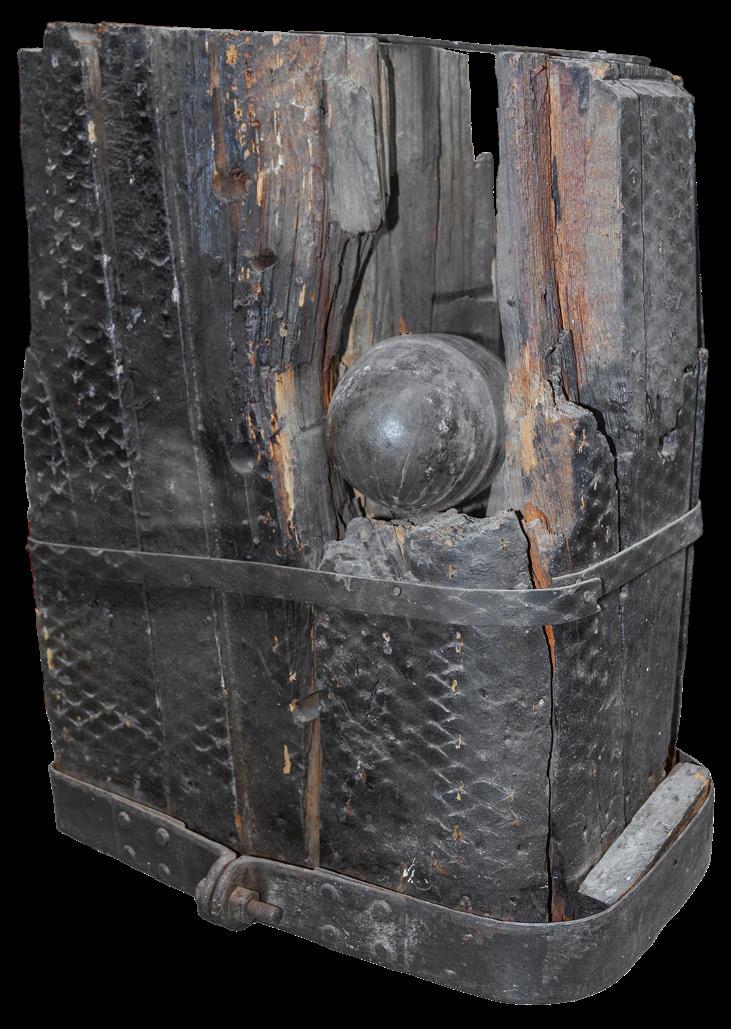
CSS Alabama. Capt. Raphael Semmes standing by 110-pounder rifled gun. First Lt. John M. Kell is by the ship’s wheel. Colorization © 2024 civilwarincolor.com, courtesy civilwarincolor.com/cwn. (Naval History and Heritage Command)
In the spring of 1864, Semmes was contemplating his next moves. His ship had traveled 75,000 miles around the world on seven raids. The Alabama’s crew boarded nearly 450 vessels, captured or burned 65 Northern merchant ships, costing the North over $6 million in lost cargo, and took more than 2,000 prisoners without any loss of life among either prisoners or her own crew.
According to Semmes, the Alabama was “like the wearied foxhound, limping back after a long chase, foot-sore and longing for quiet and repose.” Furthermore, “the last batch of newspapers captured were full of disasters. Might it not be that, after all our trials and sacrifice, the cause for which we were struggling would be lost?”
The Alabama needed a retrofit. Leaks had dampened some powder rendering it unusable. Fuses in some shells had gone bad. Where could she safely be repaired? England was out as the British government was adhering to neutrality. Southern ports may have fallen into Federal hands. Semmes turned to France.
The Alabama arrived in Cherbourg on June 11, 1863. On June 14, the USS Kearsarge arrived. Semmes had to decide quickly. He could pay off the crew and lay the Alabama in Cherbourg; or in the dark of night, build up steam and dash out of the harbor. However, Semmes was “tired of running.” He chose to fight.
On June 19, the Alabama steamed out of the harbor. The thousands of spectators that had gathered to watch the Americans battle off their shores cheered. The Kearsarge led the way six or seven miles from the coast, well into international waters. About 10:50 a.m., the Kearsarge turned and sped towards her opponent.
View in the Civil War exhibit area, showing the sternpost of USS Kearsarge with an unexploded Britten shell from the CSS Alabama embedded in it, a relic of the June 19, 1864, battle between the two ships. (Navy Memorial Museum, Building 76, Washington Navy Yard, Washington, D.C.)
The Alabama fired first and missed. The Kearsarge held fire until the combatants were within one half mile. Winslow noticed that Semmes had shifted one of his guns to the starboard side. He had an additional gun moved to the Kearsarge’s starboard. Winslow ordered, “All guns! Open fire!” The Alabama’s flag fell. Semmes replaced it with a larger flag.
The two ships traveled in a clockwise circle with their starboard sides towards their foe. A shell wounded three of a Kearsarge gun crew. As Semmes watched, the Blakely fore pivot cannon fired a 110pdr. shell into the Kearsarge’s stern post It failed to explode.
The two ships drew closer in a tightening circle. The Alabama ’s crew cheered as her fire hit the hull at the Kearsarge ’s boiler. They were stunned to see the shell bounce off. The Kearsarge ’s sides
36 Civil War News Magazine | May-June 2024
The U.S. Navy warship Kearsarge crew engages the CSS Alabama off the French port of Cherbourg on June 19, 1864. (Library of Congress)
had been draped with 120 fathoms of sheet chain, bolted down and covered with 1-inch planking over her most vulnerable areas. “It was the same thing as if two men were to go out and fight a duel, and one of them, unknowing to the other were to put on a suit of mail under his outer garment,” wrote Semmes.
The Alabama was rapidly firing more rounds but the Kearsarge ’s were more accurate. Overloading additional coal to surround the Alabama ’s bulkheads and lower her waterline wasn’t protecting her.
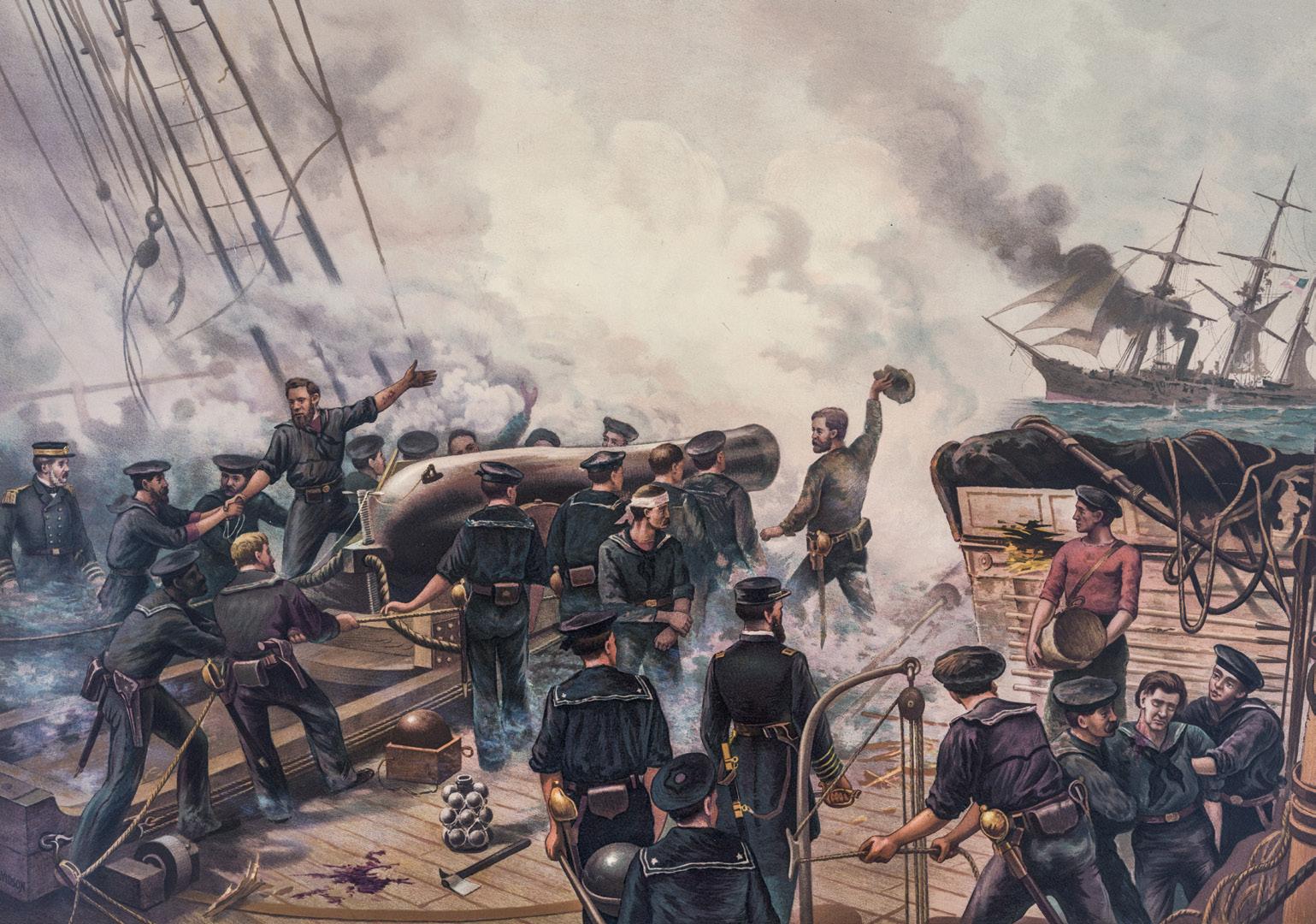
The Alabama’s aft pivot gun crew were hit by a shell A shovel was used to toss the unidentified remains over the side.
A piece of shrapnel hit Semmes’ right hand during the seventh circle. Semmes could feel his ship was lower in the water. He ordered Lt. John McIntosh Kell to go below “and see how long the ship can float.”
As Kell passed the wardroom he saw the surgeon standing by his operating table as a shell swept the table, patient, and instruments through the other side of the ship. The surgeon paused before turning to his next patient. Kell continued to the engine room then returned to Semmes. He reported the ship had ten minutes afloat.
Semmes ordered the white flag raised, the wounded ferried to the Kearsarge, and all who could, to abandon ship. Semmes and Kell were among the last to leave. Semmes threw his sword into the water before he jumped into the sea.

The water was filled with bobbing heads. Winslow yelled to the English yacht Deerhound, “For God’s sake, do what you can to save them!” The Deerhound rescued 42 men, then rushed back to England, taking Semmes with them.
The Battle of Cherbourg lasted about 90 minutes. It earned Winslow a promotion. The Medal of Honor was awarded to 17 crew members.
The Kearsarge’s sternpost with the unexploded shell was boxed up and shipped to Washington, D.C. Lincoln wanted to see the narrow escape the ship and crew had experienced. The sternpost can be seen today at the National Museum of the U.S. Navy.
Sources:
Keith, Phil and Tom Clavin. To the Uttermost Ends of the Earth: The Epic Hunt for the South’s Most Feared Ship—and the Greatest Sea Battle of the Civil War: Hanover Square Press, 2022.
Symonds, Craig L. The Civil War at Sea: Oxford University Press, 2012.
Foote, Shelby. The Civil War: A Narrative: Volume 3: Red River to Appomattox: Vintage Books, 1974.
stephanie hagiwara is the editor for CiviL war in CoLor.CoM and CiviL war in 3d.CoM. she aLso writes a CoLUMn for history in fULL CoLor. CoM that Covers stories of photographs of historiCaL interest froM the 1850’s to the present her artiCLes Can Be foUnd on faCeBook, tUMBLr and pinterest
Author with 32-pdr. smoothbore, “Big Bill.” “Big Bill” served on the USS Kearsarge during the Battle of Cherbourg. (David Richardson)
37 Civil War News Magazine | May-June 2024
criTic’s o r n e r William Andrew Fletcher, Rebel Private Front and Rear (1908)
hBy Stephen Davis
ood’s Texas Brigade was arguably the most famous fighting unit in the Army of Northern Virginia. Its men took pride, as Susannah J. Ural writes, as “the best soldiers in Robert E. Lee’s army and all the Confederacy.”1
One of them was William Andrew Fletcher. Born in St. Landry Parish, Louisiana (west of Baton Rouge) on April 23, 1839, his family moved to Texas in 1856. In 1859, Fletcher relocated to Beaumont, where he worked as a millwright. After Fort Sumter, at the age of 22, he enlisted in Company F, 5th Texas Infantry. Ordered to Richmond, Fletcher survived the measles and mumps, deadly ailments among encamped soldiers early in the war. He saw the elephant during the Seven Days, was wounded at Second Manassas, and fought at Fredericksburg. Afterward he declined to offer himself for a lieutenant’s vacancy. “I enjoyed getting in front,” he affirmed, “and would not lay down my gun.”2 As Dr. Bell Wiley wrote of Fletcher’s memoir, “He was in the war to kill Yankees, and he killed them
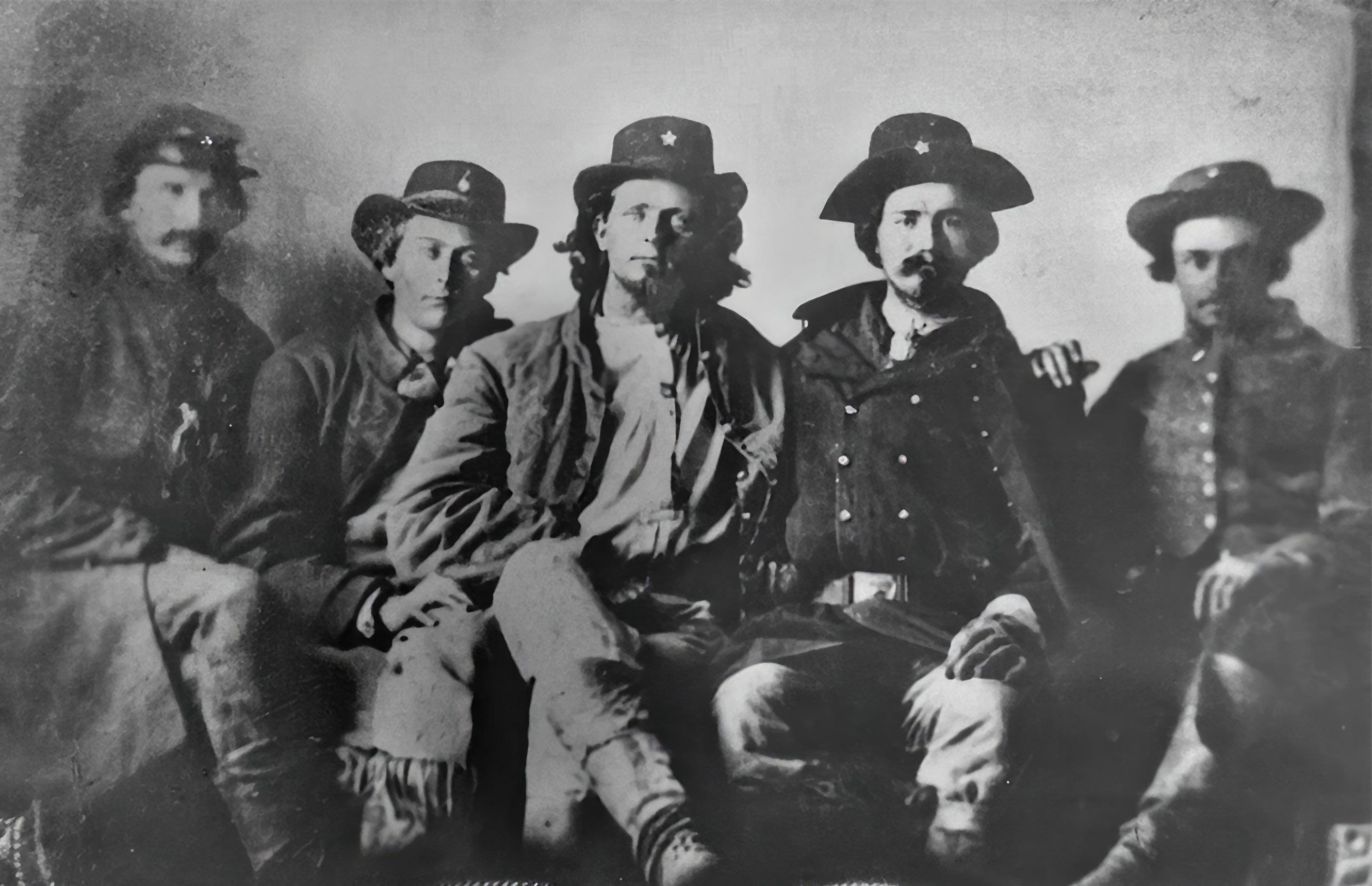

8th Texas Cavalry. (Panhandle Plains Historical Museum)
at every opportunity.”3 During the winter of 1862-63, despite his expressed reluctance, Fletcher was appointed corporal, and held that rank to the end of the war.
After fighting at Gettysburg, he was transported with Longstreet’s two divisions to Georgia in time for Chickamauga. There he received his second wound, an injury to his foot so serious that he was transferred out of the infantry. In early 1864, he joined the 8th Texas Cavalry, in which he served throughout the Atlanta Campaign. He ended the war with Johnston’s surrender at Bentonville.
Fletcher returned to his home in Beaumont, got married, entered the lumber business, and became rich as a landowner. In 1907, well into his sixties, Fletcher composed his memoir, Rebel Private Front and Rear, which was published by a Beaumont press in a small edition.
Bell Wiley rescued Fletcher’s reminiscence from oblivion when he edited it for republication in 1954 by the University of Texas Press. “The volume derives its value as a historical source,” Dr. Wiley wrote in his Preface, “mainly from Fletcher’s honesty, his close observation, the richness and variety of his experience, and the sharpness of his memory.”
These qualities are on happy display throughout Fletcher’s narrative.
Let’s begin with lice. Encamped at Richmond, the 5th Texas, part of Hood’s Brigade, whiled away the time in various ways. Writing forty years after the war, Fletcher still remembered the “itch,” the long welt caused by a louse. After snatching one, “I could see its legs working.” Then he stripped off his clothing and held it and his bedding to a fire to kill the little beasts. The fabric became well scorched, but he triumphantly “cooked the life out of most of them.”
Indeed.
The Texan who wanted to kill Yankees appreciated the sight of dead ones. Approaching Malvern Hill, Fletcher came upon “evidence of a masterly piece of marksmanship”: rows of dead Yankees, laid out in tight rows, “so close that it put one in mind of a railroad grade with ties laid for ironing.” “The sight may have been awful to some,” he remarked, “but the fellows in this case who did the viewing wanted to see others.” (I’m reminded of General Lee’s remark on how war can become a thing of fondness.)
Bill Fletcher was a diehard Rebel, one to whom the sight of slain Yankees gave a sense of satisfaction. Perambulating the field of one of the Seven Days’ fights, “I saw more dead bodies of the right kind, covering broad acres, than it was ever my pleasure to see before or since.” He noticed that most of the enemy dead had been stripped of their uniforms. The soldiers who did this were not, in all cases, seeking replacement of their own garb so much as scouring for merchandise to vend in the city, “as the clothing, when washed, was good stock in secondhand stores.” Besides, he reasoned somewhat vengefully, “there was no harm in stripping the dead, when the party stripped was a party to blockading our ports.”
“Knowing the great disadvantage that was to our front caused the thought: Where is our boasted Lee? Why this ignorance? Why were we fighting an impregnable position—was it ignorance? I guess so.”
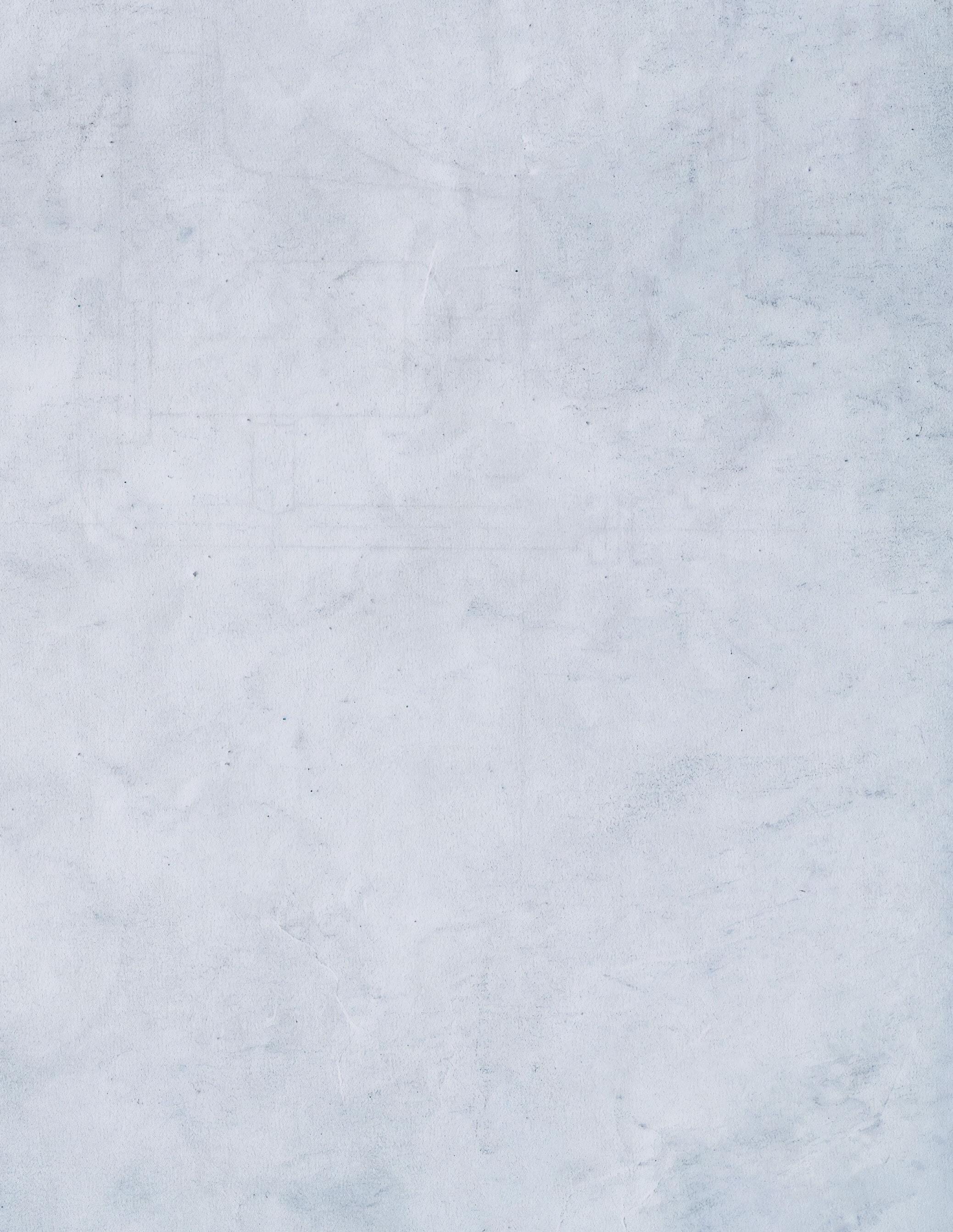
To supplement his drab rations while at Richmond, Fletcher and a buddy, Bill “Pard” Pemberton, went out into the streets. Wending through the sidewalk merchants, he and Bill worked out a system. One would engage the merchant in conversation while the other would sneak food into his pockets. “Pard said he could not see any harm in getting stuff this way, for the fellow never missed it,” as Fletcher justified. Besides, this was wartime; “‘foraging’ was the word applied to such outings during the war—in civil life it is called ‘shoplifting.’”
He recalled the time during the Seven Days when his regiment was in back, in reserve. That meant he saw the pitiable wounded coursing to the rear. Then, when ordered to advance, he saw the dead and dying strewn over the field. This caused him, pen in hand, to meditate on the meaning of it all—that is, of the senselessness of war itself. He concluded by simply reckoning, “as a man becomes more aged and has bettered his reasoning, the clearer insight he has to the great danger of unreasoned public agitation.”
Then came Gettysburg, and Hood’s assault on the Round Tops July 2.
“We were soon forward and near the opposite side of the valley. We routed pickets and scaled rock fences, and worked our way to the front rapidly, with pickets giving way before us, firing but little. We soon struck the foot of the hill, and found it rough and rocky, with large boulders now and then, so our lines were not at all times well closed. We soon were near enough the enemy’s line for them to open fire. We had but poor chance to retaliate with much effect. Our men near me commenced falling rapidly and especially color bearers. We did not attempt to scale the hill for it would have been a good job on some parts for one used to mountain-climbing stripped for business.”
“The Yanks had a good thing and knew it,” he sorrowfully recalled. Having reached Devil’s Den in the assault, Fletcher spent the night of July 2-3 among the rocks; “the rock pile gave me protection, either lying down or sitting in a stooping position.” It’s noticeable what a soldier remembers years after the war.
Of Hood’s bloody charge against the enemy left, Fletcher observed laconically that “the butchery of the second day, was, as far as I was concerned, discouraging.” “It looked as though our officers were blind,” he grumbled, as “it looked to me that a flank move would have dislodged the enemy.” Second-
guessing generals in such situations is a soldier’s prerogative. “Knowing the great disadvantage that was to our front caused the thought: Where is our boasted Lee? Why this ignorance?” he asked himself. “Why were we fighting an impregnable position—was it ignorance?” Then came the answer: “I guess so.”
Fletcher was part of the grand troop movement that sent Hood’s and Lafayette McLaws’ divisions to Bragg’s army, arriving just in time for Chickamauga. On the second day, September 20, it was Longstreet’s assault that broke the center of the Federal line, sending the Yankees packing. “A great number of them were in a pushing motion and jammed at close range. I got two shots and thought—Oh, for a shotgun loaded with buckshot!”
As the enemy fled the field, Fletcher looked for booty; “I had an eye for a dead Yankee to prowl.” He found one, but “he was a poor corpse and it was a poor haul”—the Yank’s knapsack did not hold much of value. Nevertheless, Fletcher threw it onto his back over his own.
“At an opportune time I examined my knapsack, found several well-written sweet letters and from the wording, that fellow sure had some sweet girl stuck on him for she was anticipating a happy meeting and fulfillment of vows, when the Rebs were whipped and the cruel war was over. Letters did not arouse any sympathy in me, nor have I one pang of regret for being a party to breaking up that match. She wanted me whipped—she got that; I wanted dead Yankees—I got that. So both at least got part of their wants satisfied.”
Old veterans remember their war wounds, and Fletcher recalled his most serious one from Chickamauga: “Something struck my left foot. I landed on my back, stretched at full length. I quickly removed my shoe and found I had a bad foot wound made by a bullet. Fear of capture put me at once hopping.” He made his way to a field hospital, where he was laid upon an operating table. But the surgeons did not come to operate. “I lay there all night, bleeding slowly, as my wound was not of a nature that required immediate attention.” On a cot nearby he noticed a severely wounded comrade, shot in the head; “from the sides the brain could be seen oozing out.” The soldier, though suffering greatly, would at times rise from his bed, “make a step or two and fall.” This caused Fletcher to wonder why someone did not at least put the poor soul out of his misery, “even if it done with the best method at hand and that was only a rock or club.” He concluded that it was due to the attendants’ cowardice.

“Doc, that is what I want.”


When a surgeon came to examine his wound, Fletcher began to worry that amputation was in store for him. So, raising his right leg, he kicked the doctor backwards.
“I will leave you alone, without treatment,” said the surgeon.
That evening Fletcher was taken from the field hospital and put on a train that eventually carried him to Augusta, Georgia. There he was admitted to a makeshift hospital in a church, where a pew became his bunk. A benevolent group, Sisters of Charity, saw to his wound, changing its dressing every twenty-four hours. Fletcher soon felt strong enough to get up and start walking around—rather, hopping. “I sure did display the act of expert hopper in town,” he reminisced, as he looked about for a set of crutches. He finally got a pair. But then gangrene was developing in the hospital wards, so Fletcher was dispatched to a private home. Even there gangrene began to infect his foot, so he was sent back to the infirmary. The surgeons could only pour acid on Fletcher’s wound to get rid of the gangrene; “I suppose the disease was new to them.”
The corporal was correct. At the time of the Civil War, microscopic bacteria were indiscernible to physicians, and practices of hygiene were in their infancy. Thus in hospital wards, both North and South, almost every wound became infected. In Georgia, an enterprising physician, Dr Joseph Jones, even printed and sent out an eight-page questionnaire, “Inquiries Upon Hospital Gangrene,” asking colleagues for advice on what caused the mysterious inflammation.4
Unlike many of his fellow sufferers, Fletcher recuperated and after several months rejoined his regiment, which was quartered with Longstreet’s command in east Tennessee. Still, “I could not walk ten miles,” so he applied for transfer to a cavalry unit. “I think I know my condition best as I can,” he told one officer, “yet do honorable and good service
William Andrew Fletcher.
as a cavalryman.” From a fellow soldier he bought a horse and saddle, and signed up with Company E of the 8th Texas Cavalry (Terry’s Texas Rangers) in March 1864, then in east Tennessee.
Assigned to a foraging squad, Fletcher witnessed the looting of corn and fodder from a barn loft. The women and children at the place came running out and screaming, appealing to the Lord almighty that they might be spared, but to no avail. “I had been taught that God would answer prayer that came from the heart,” he averred. But in this case he acknowledged that “one loaded gun in hand would have been more effective.”
The regiment was soon transferred to Gen. Joseph E. Johnston’s Army of Tennessee, quartered at Dalton in northwest Georgia. “We were soon at the front again and found the enemy slowly but surely moving forward.” To be sure: Sherman got his army group going in the first week of May 1864. To Johnston’s Confederates, who knew the odds against them, the looming campaign was ominous. Fletcher likened the Yankee host to “some great serpent with its prey ahead, at times sending forth its fiery red tongue.” “Our army was contesting every inch of the ground, both night and day,” Fletcher attested, though in his memoir he skips the details of the campaign.
me.” Fletcher wisely dropped his carbine. Escorted to the rear, he sought opportunities to escape, but saw none. “I cannot to this day say whether it was fear of committing an uncalled for brutal act, or was it pure cowardice that I did not attempt to escape,” he wrote. Marched to Kingston, he was soon on a train for Chattanooga, imprisoned for a few days, then put onboard a train again headed into Tennessee. Near Murfreesboro, the door of his jail car creaked open and Fletcher jumped out. By then, late November, Hood was leading his army north toward Franklin and Fletcher managed to hook up with the Confederate forces. After the disaster at Nashville, he was among the Army of Tennessee veterans who made their way into the Carolinas and joined Joe Johnston’s ragtag forces facing Sherman’s advance. He was among the paroled troops allowed to return home after Johnston’s surrender at Bentonville.
“I am an honorable old line soldier, served in Hood’s Texas Brigade in Virginia...”

Instead, he recounts the Confederate cavalry’s activity, especially Joe Wheeler’s raid into the enemy rear, which started out from Atlanta (on August 10, we know; our author skimps on factual details). Wheeler’s aim was to strike the Western & Atlantic Railroad, Sherman’s supply line to Chattanooga. The Southerners hoped to burn railroad bridges, but were stymied by the manned blockhouses Sherman had ordered built at river crossings. They tore up track and burned trestles all the way into Tennessee before heading south back to Confederate lines in north Alabama. But Fletcher had to acknowledge that the raid had hindered Sherman’s progress not one whit. “We thought Sherman’s army would be put to their wits’ end and possibly fall back to their base of supplies, but such was not the case,” he writes, for when they finally reached safety, they learned that Sherman had already taken Atlanta.
In the manner of many old soldiers’ reminiscences, our author avoids the telling of big campaigns. Instead, Fletcher spends a page and a half on how a hive of bumble bees bedeviled him and his comrades.
Then came his capture. In a scrap with Yankee cavalry near Rome, in northwest Georgia, he was unhorsed and taken prisoner by the enemy, “The Yankees were on three sides and rear, with guns pointing and holloaing to drop the gun or they would kill
Endnotes
1 Susannah J. Ural, Hood’s Texas Brigade: The Soldiers and Families of the Confederacy’s Most Celebrated Unit (Baton Rouge: Louisiana State University Press, 2017), 15.
2 William Andrew Fletcher, Rebel Private Front and Rear, ed. by Bell Irvin Wiley (Austin: University of Texas Press, 1954 [1908]), xii, 53.
Back in Beaumont, Fletcher got married, worked in a lumbermill, and managed to buy a farm. He died on Jan. 5, 1915, and is buried in Beaumont’s Magnolia Cemetery beneath a stone that reads simply,
WILLIAM ANDREW FLETCHER
Toward the end of his memoir, Fletcher summed up his war service: “I am an honorable old line soldier, served in Hood’s Texas Brigade in Virginia; was wounded twice; disabled from infantry duty; was transferred to Terry’s Texas Rangers.” As he laid down his pen at the ripe old age of 68, he consoled himself: “our conscience was clear—we knew we had committed no wrong, for self-preservation born in man is one of his strongest traits, and if killing an invader in one’s country is not selfpreservation, please define.”
stephen davis writes froM CUMMing, georgia he has written extensiveLy on Confederate generaL John B. hood so extensiveLy that when he sUBMitted his ManUsCript on hood’s generaLship to MerCer University press, editor MarC JoLLey deCided to spLit it into two voLUMes. Texas brigadier To The fall of aTlanTa: john bell hood was pUBLished in 2019 (503 pages). the next year there CaMe oUt sTeve’s inTo Tennessee & failure: john bell hood (340 pp.) dr davis is oLd-fashioned, and writes oUt his ManUsCripts in penCiL as sUCh, he is fond of eLLiott goULd’s Line in conTagion (2011): “BLogging is not writing it’s graffiti with pUnCtUation.” his next Books are The caMpaign for aTlanTa & sherMan’s March To The sea, voL. 3 (with theodore savas, eds.) this sUMMer, and The naTional Tribune reMeMbers The aTlanTa caMpaign (2025), Both froM savas Beatie
3 Bell Irvin Wiley, “Preface” in Fletcher, Rebel Private Front and Rear, xii.
4 Stephen Davis, “A Confederate Hospital: Surgeon John Patterson and the Clayton During the Atlanta Campaign, 1864,” Journal of the Medical Association of Georgia, vol. 75, no.1 (January 1986), 15-24.
1839–1915

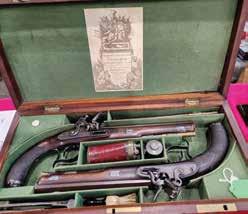
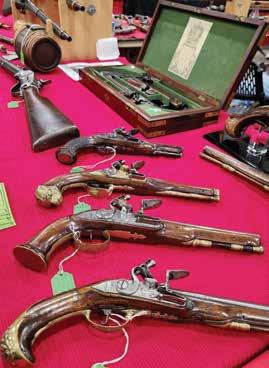
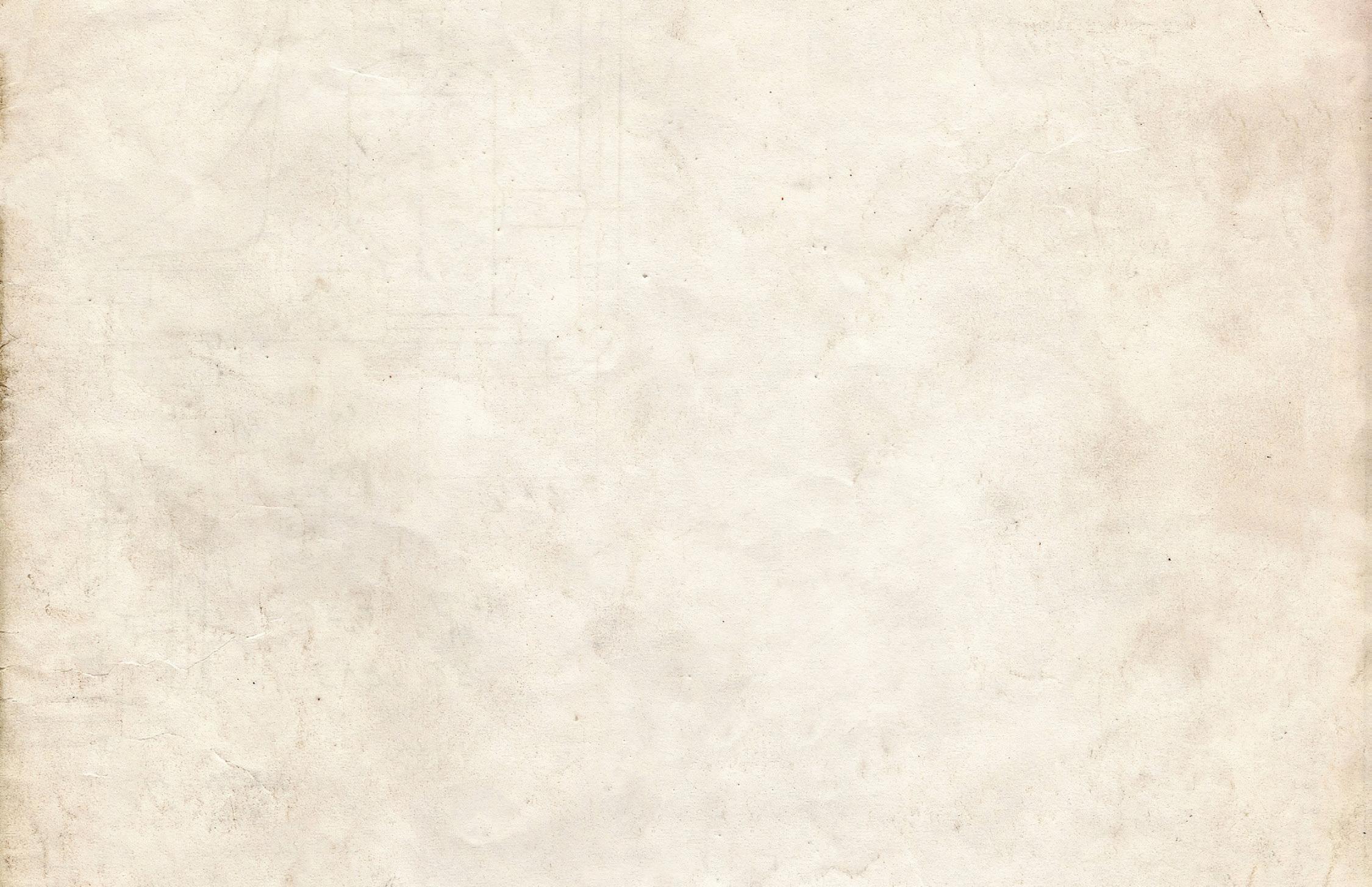









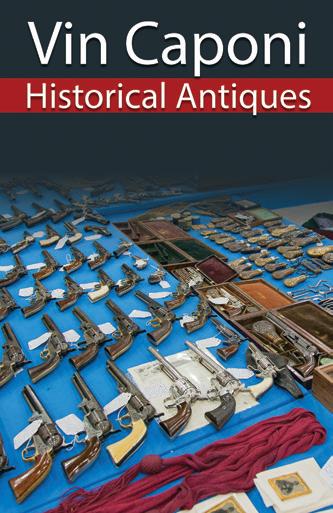


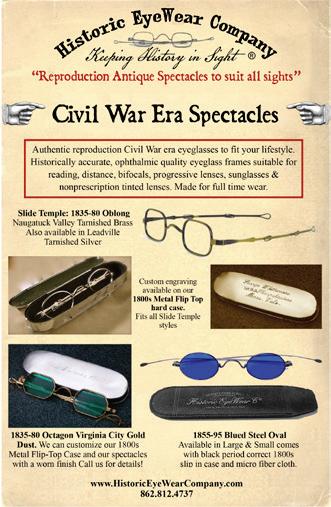
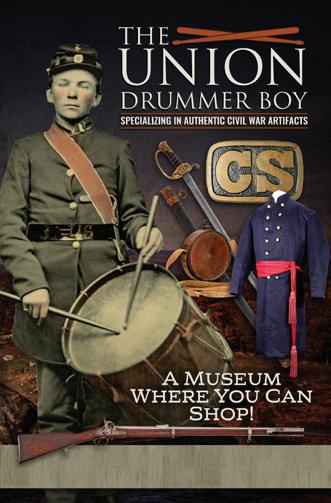

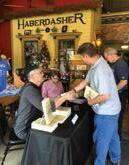

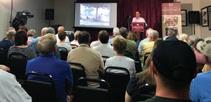

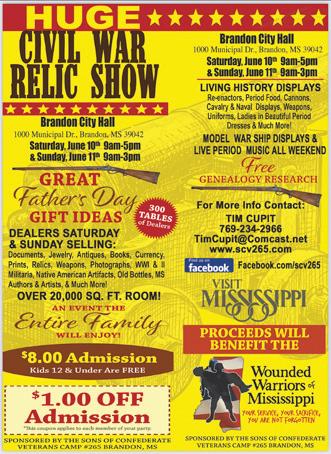
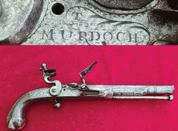



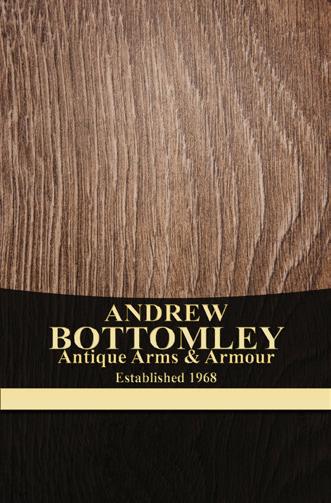







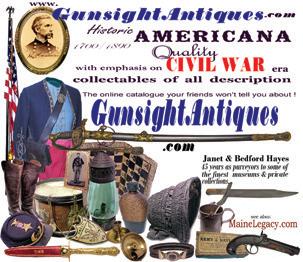


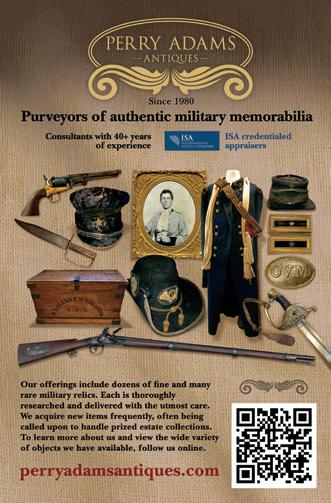


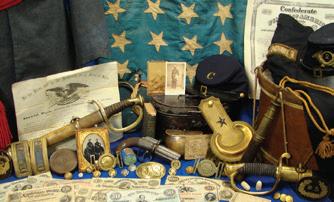
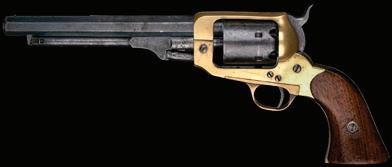


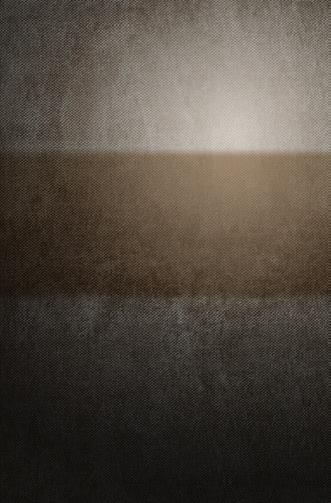













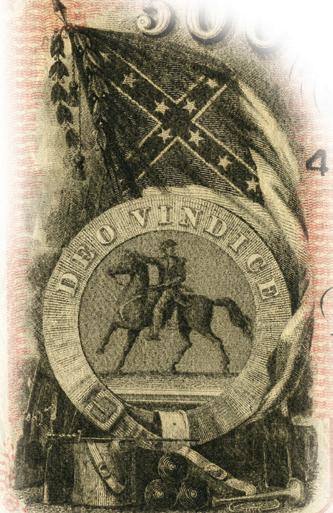


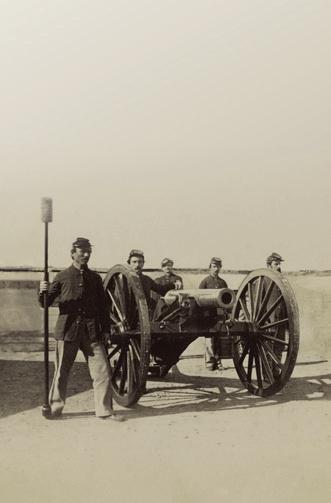

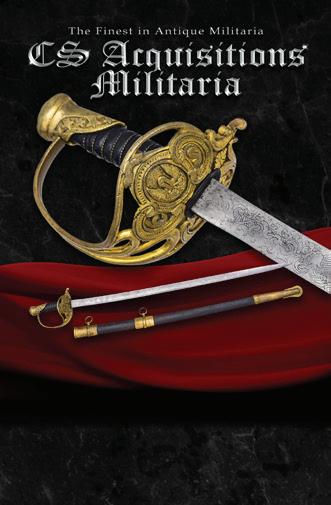
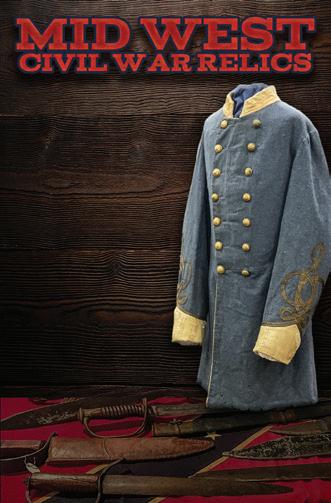





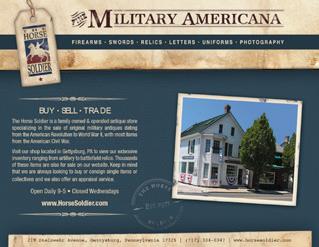






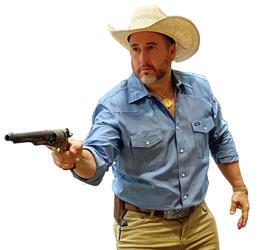




42 Civil War News Magazine | May-June 2024 Museum Quality Civil War Union & Confederate Artifacts! WE HANDLE THE BEST Antique Bowie Knifes Civil War Swords Confederate D-guards Antique Firearms Dug Relics Buckles & Belts Identified Relics Letters & Documents Uniforms & Head Gear Images & Currency Flags ALLEN WANDLING 618-789-5751 • awandling1@gmail.com MidWestCivilWarRelics.com CONSIGNMENTS WELCOME Contact Glenn Dutton at: glennjdutton@aol.com or 770-351-7565 BUYING & SELLING Field & Heavy Artillery Cannon, Shells, Fuses & Etc. WE BUY ANTIQUE WEAPONS www.AndrewBottomley.com Mail Order Only Worldwide Shipping Calling the UK from overseas: +44 1484 685 234 Calling our UK cellphone from outside the UK: +44 7770 398 270 email: sales@andrewbottomley.com The Coach House, Holmfirth, England HD9 3JJ Scottish Highlanders Flintlock Pistol £8,500 English Mortuary £3,800 Spanish Miquelet Pistol British Military Flintlock Blunderbuss Dated 1714 Your trusted source... ...for BOOKS, year-round author talks & appearances and MORE! www.GettysburgMuseum.com Operated by the nonprofit Gettysburg Nature Alliance Licensed Battlefield Guide tours available! 202 4 Ci v i l Wa r D e a l e r s D ir e c t ory To view or download a free copy visit: civilwardealers.com/dealers.htm Promoters of Quality Shows for Shooters, Collectors, Civil War and Militaria Enthusiasts Military Collectible & Gun & Knife Shows Presents The Finest Mike Kent and Associates, LLC PO Box 685 Monroe, GA 30655 (770) 630-7296 • Mike@MKShows.com www.MKShows.com Northwest Georgia Trade Center 2211 Tony Ingle Parkway Dalton, GA 30720 February 4 & 5, 2023 Chickamauga (Dalton) Civil War Show Williamson County Ag Expo Park 4215 Long Lane Franklin, TN 37064 December 2 & 3, 2023 Middle TN (Franklin) Civil War Show l l Open your phone app and hover over the image go directly the website for current WALLACE MARKERT csacquisitions@gmail.com 16905 Nash Road Dewitt, Virginia 23840 804-536-6413 www.csacquisitions.com Shiloh 2405 Oak Grove Road Savannah, TN 38372 731-438-3541 ShilohRelics.com History@shilohrelics.com Rafael Eledge Dealing in the Finest Authentic Militaria Since 1995 with an Emphasis on the American Civil War Pistols, Muskets, Carbines, Rifles, Bayonets, Swords, Uniforms, Headgear, Belt Buckles, Cannon, Buttons, Bullets, Artillery Implements Etc. Are you… and not finding anything new? Frustrated by great “write-ups” but when RebelRelics.com 615-772-7008 akinsarmory@gmail.com “You gonna check out my website or whistle Dixie?” Brian “Rebel” Akins Greg Ton Buying the Finest in Confederate, Obsolete and Southern States Currency Greg Ton P.O. Box 9 Franklin, TN 37065 Phone: 901-487-5944 • Email: GTon1@aol.com Since 1978 GregTonCurrency.com We have been family business since 1965, buying and selling fine Our collection of Colt firearms and accessories, revolvers, pistols, carbines, accoutrements, photography, edged weapons and swords are of Vin Caponi Historic Antiques 516-593-3516 516-353-3250 (cell) rampantcolt@aol.com 18 Broadway, Malverne, NY 11565 34 York St • Gettysburg, PA 17325 717-334-2350 CIVILWAR@UNIONDB.com www.uniondb.com www.CollegeHillArsenal.com Tim Prince College Hill Arsenal PO Box 178204 Nashville, TN 37217 615-972-2418 John Sexton ISA-CAPP 770-329-4984 CivilWarAppraiser@gmail.com OVER 40 YEARS EXPERIENCE •AUTHENTICATION SERVICES FOR •I attend most major trade shows and auctions nationwide. •Available as Buyers Agent when purchasing rare expensive items. •Consultations as to best monetize valuable objects or collections in Is your collection appraised and inventoried for your heirs and family? CONFIDENTIAL APPRAISALS & AUTHENTICATIONS Schedule essential estate planning appraisal today for your valuable collection www.CivilWarBadges.com Everitt Bowles p: 770.926.1132 c: 678.480.1338 badges@bellsouth.net 1036 Washington Ave. Woodstock, Georgia 30188 The Largest Selection of GAR & UCV Hundreds of Memorabilia Items from Rev War through Vietnam Secure & Easy Guaranteed Authenticity of Every Item Buying and Selling original Buttons, Belt Buckles, and Allen Gaskins NC Relics BUYING AND SELLING AUTHENTIC WE HAVE BEEN IN BUSINESS SINCE 2000 AND GUARANTEE ALL ARTIFACTS TO 100% AUTHENTIC. Steve and Melody Strickland HTTPS://DIXIERELICS.COM The Maryland Arms Collectors Assoc., Inc. presents The “Original Baltimore” Antique Arms Show Since 1955 Maryland State Fairgrounds Timonium, MD North of Baltimore, York Road, MD. Rt. 45 March 18-19, 2023 Public Hours: Sat. 9 to 5, Sun. to 3. Admission: $10.00 – Modern Handguns are Prohibited –Complete information on web site: www.baltimoreshow.com Or Call 443-497-9253 Known as the “CROWN JEWEL” of Collector’s Shows! Welcoming Consignments Tim Carey Historical Ephemera & Photography auctions. Contact us to receive Get in touch! civilwarshop@gmail.com (252) 636-3039 WE BUY! WE APPRAISE! www.civilwarshop.com Federal Firearms Licensed Dealer Life Member, National Rifle Association (NRA) Life Member, Sons of ConfederateVeterans BATTLEGROUND ANTIQUES, INC. 58th Annual COLORADO GUN COLLECTORS ASSOCIATION GUN SHOW For additional information contact: David Weddle Show Chairman • PO Box C Fort Collins, CO 80522 Phone: 720-482-0167 Email: CGCAShow@cgca.com www.cgca.com Historical Fun for Everyone! MAY 18 & 19, 2024 Island Grove Event Center 421 N. 15th Ave. Greeley, CO 80631 Early-In Passes Can Be chased at the Front Door Friday Morning at 9am May 17TH for $75 alid for All Three Days chase Tickets at the Door $15 for both days ctive Military Discount OVER 800 TABLES
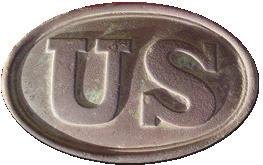
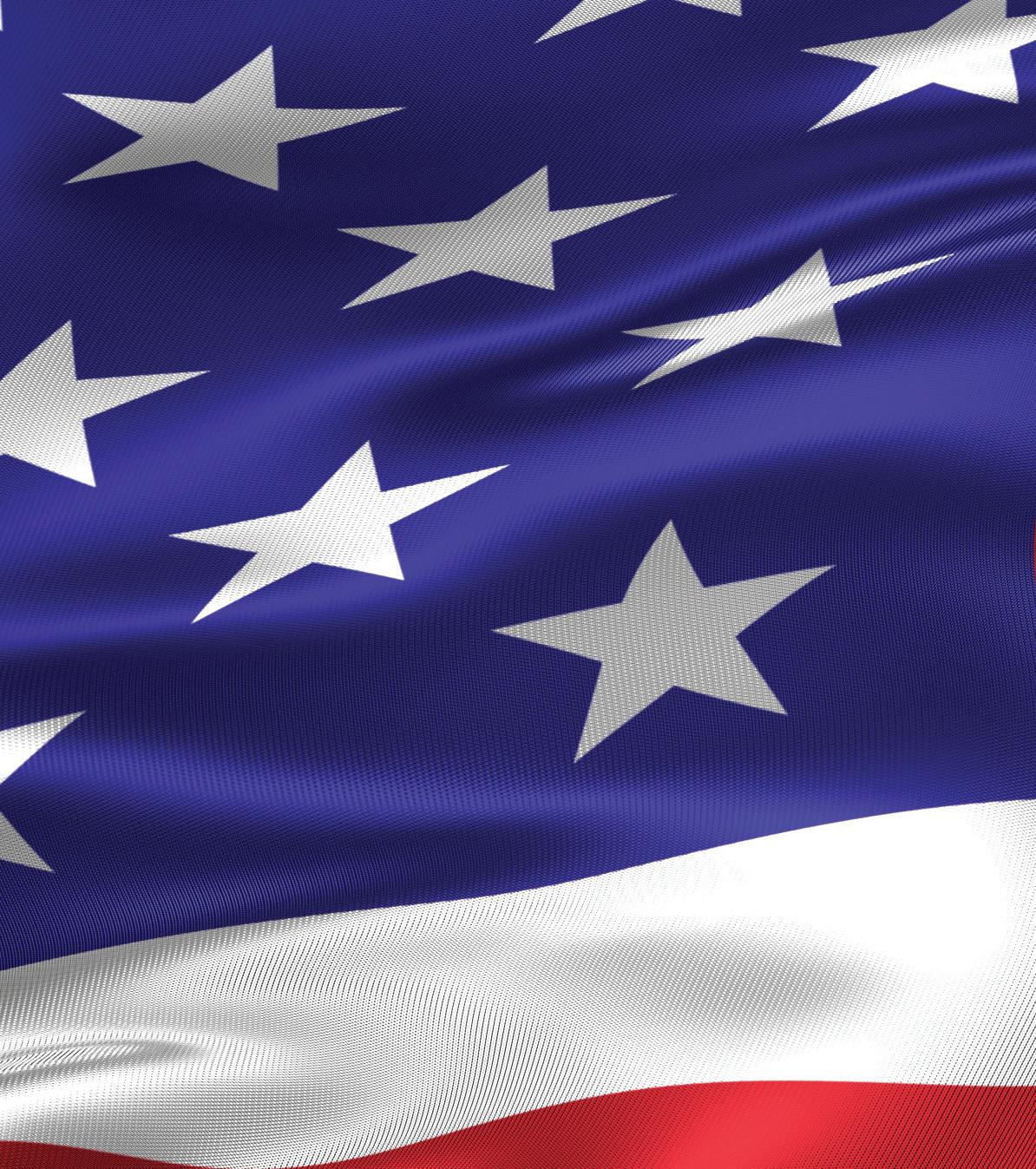


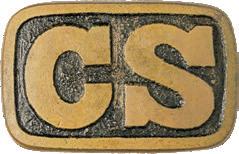

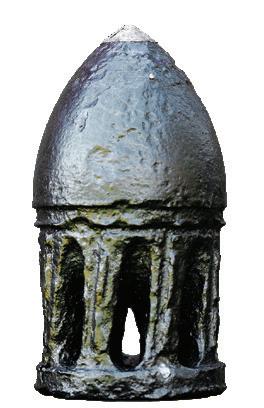
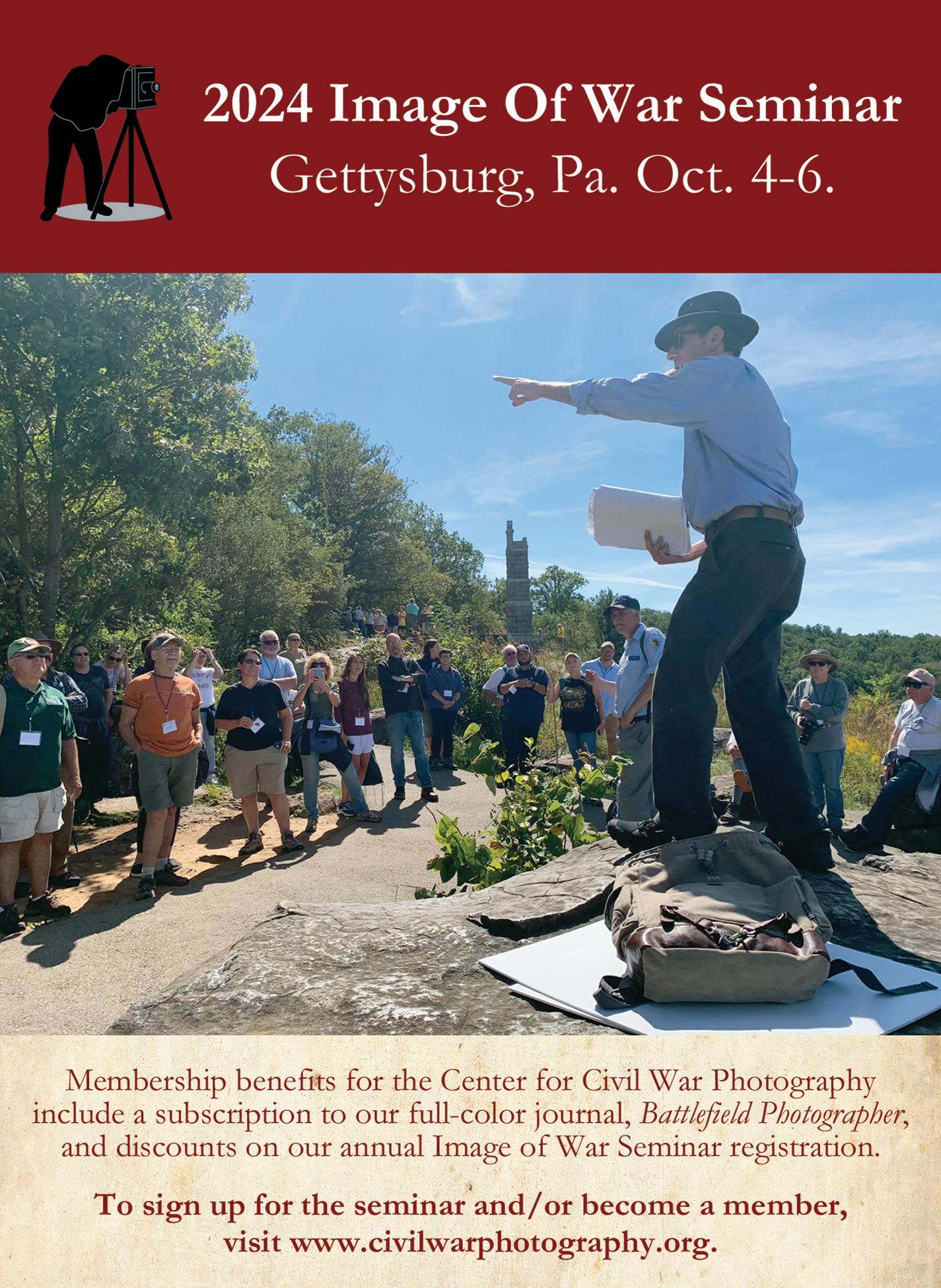

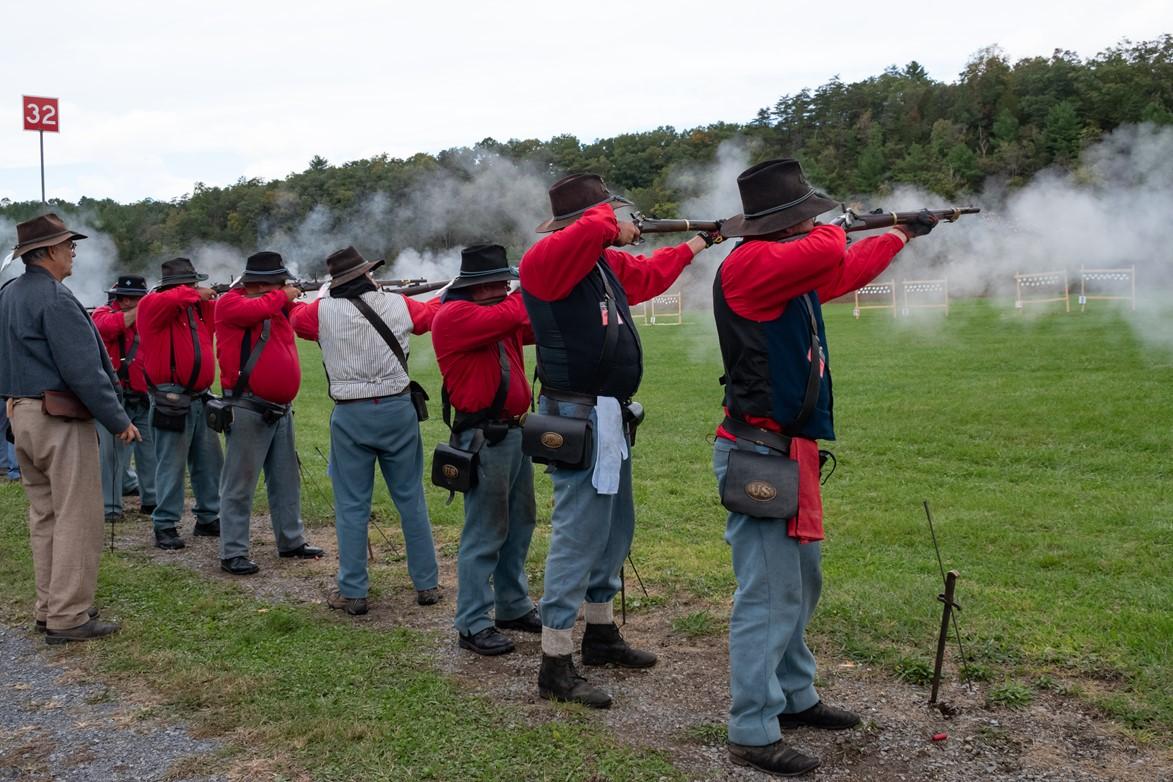
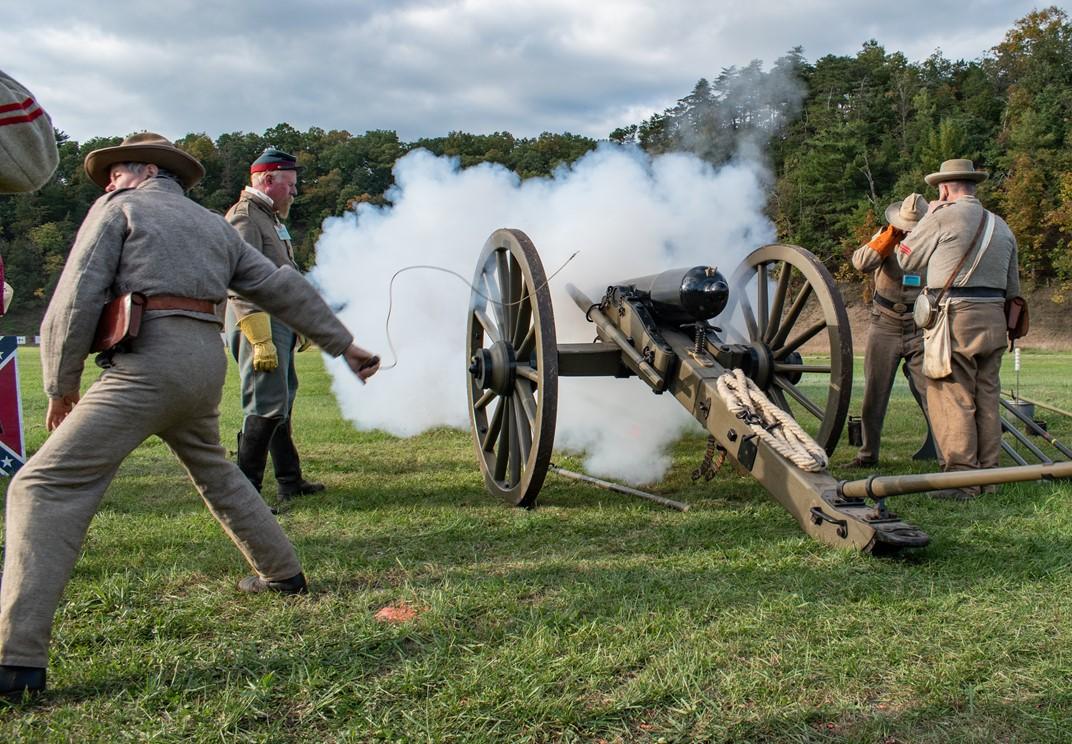
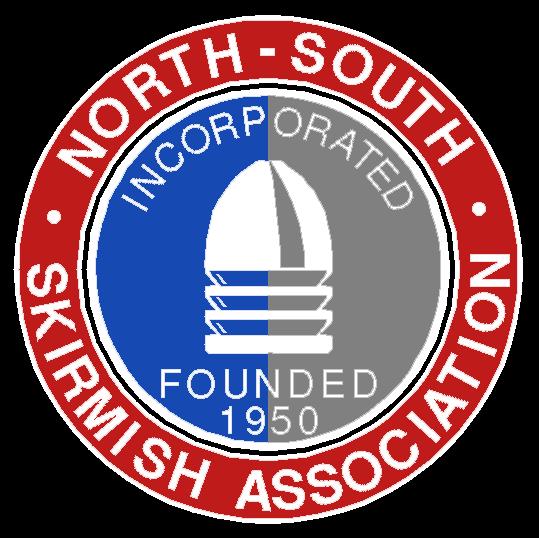
43 Civil War News Magazine | May-June 2024 The N-SSA is America’s oldest and largest Civil War shooting sports organization. Competitors shoot original or approved reproduction muskets, carbines and revolvers at breakable targets in a timed match. Some units even compete with cannons and mortars. Each team represents a specific Civil War regiment or unit and wears the uniform they wore over 160 years ago. Dedicated to preserving our history, period firearms competition and the camaraderie of team sports with friends and family, the N-SSA may be just right for you. For more information visit us online at www.n-ssa.org. Read About What’s Being Found! Print? Digital? You can have America’s premier relic magazine delivered six times a year straight to your door, or straight to your electronic device, it’s your choice! Every issue features 80 fullcolor pages devoted to artifact collecting, metal detecting, and discovering the history that is below our feet! Contact us for your free sample issue! (770) 362-8671 or email anita@americandigger.com americandigger.com Yes! We offer both!
CIVIL WAR Book Reviews
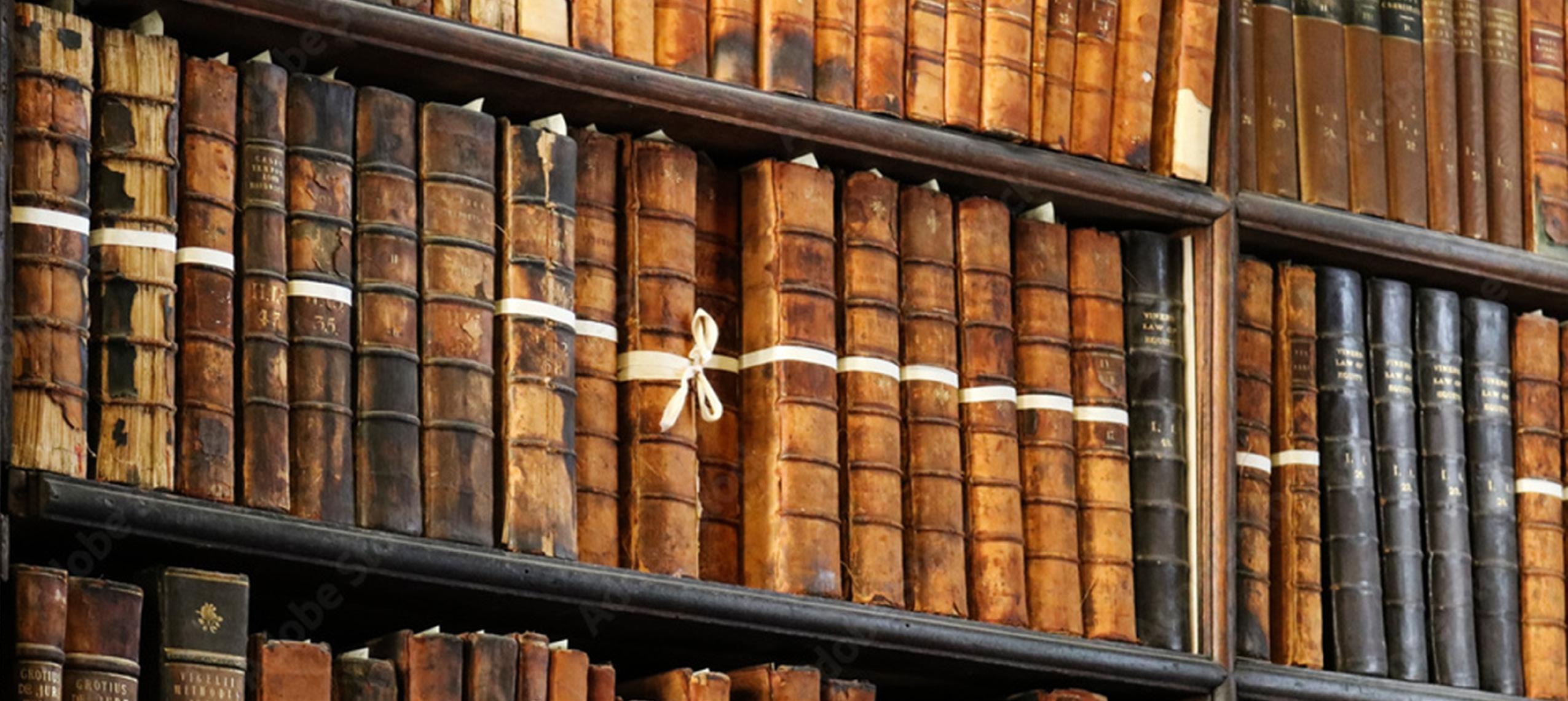
Civil War News book reviews provide our readers with timely analysis of the latest and most significant Civil War research and scholarship. Contact email: BookReviews@CivilWarNews.com.
Two Pennsylvania Brothers Writing Home
Their All For Freedom: The Civil War Letters of the Mulkin Brothers, 105th Pennsylvania Volunteers. By Ross J. Kelbaugh. Forty-three photos & illustrations, 76 pp., self-published (via Historic Graphics, LLC), $19.95.
Reviewed by Paul Taylor
The 105th Pennsylvania Volunteer Infantry was organized at Pittsburgh, Penn., on September 9, 1861. It was there that James and William Mulkin were mustered into the regiment’s Company H on September 12 to fight for flag and Union. Soon thereafter, the Mulkin brothers began writing home about their experiences with most letters being sent to their younger brother, Thomas P. Mulkin. Their story may have been lost to history had author Ross J. Kelbaugh not discovered and then purchased their few remaining letters in the early 1970s for $35 at a local antique show. According to Kelbaugh, that small purchase began a decades-long tale of collecting, research, and discovery that resulted in this book. After careful transcription along with research at the National Archives’ Civil War pension files, the brothers’ story emerged.
The first letter is written from Washington, DC, dated September 17, 1861, and relays a new soldier’s typical excitement. Two from June and July 1862 describe action at the battles of Fair Oaks and then Malvern Hill. We learn how both brothers were captured at Bristol Station on August 26, 1862, but were paroled the next day, then sent by Union authorities to Camp Parole in Annapolis, Md.
William’s service record indicates he deserted from August 1862 through October 1863. He eventually returned to his regiment; however, he forfeited nine months’ pay and allowances as punishment for his deed. His lone lengthy letter to home following his return did not mention his desertion. William Mulkin died
on May 7, 1864, from wounds received at the battle of the Wilderness. James, meanwhile, was medically discharged on February 18, 1863, due to tubercular consumption. He passed away soon thereafter.
Their All For Freedom contains a mere eighteen letters, thereby offering the reader only a glimpse into the lives of these two men and the 105 th Pennsylvania Infantry. Due to the paucity of letters, this book most likely will offer little to serious students of the war other than those with an interest in the 105th Pennsylvania. On the other hand, it is obvious that producing this slender, self-published 8 ½ x 11 inch hardcover book was a labor of love for the author and for that he should be applauded. Kelbaugh added full-page color reproductions of the actual letters with full transcriptions, some contextual remarks about the regiment’s campaigns and parole camps, along with other numerous Civil War photos and color illustrations pertinent to the brothers’ story. The author rounds out the book by providing info on their father’s successful attempt to access William’s pension and lastly, the final search for each brother’s grave.

Note that at the time of writing this review, it appears that Historic Graphics, LLC may no longer exist online. Those wishing to purchase a copy can do so from Amazon.
44 Civil War News Magazine | May-June 2024
aylor
The
newesT
is
’Tis
avoidiNg
iN
and will be published by sTaCkpole books in spring
p aul T
is an award - winning au T hor of eigh T books perTaining To
Civil war era. his
book
TiTled
NoT our War:
MiliTary service
The civil War NorTh
2024.
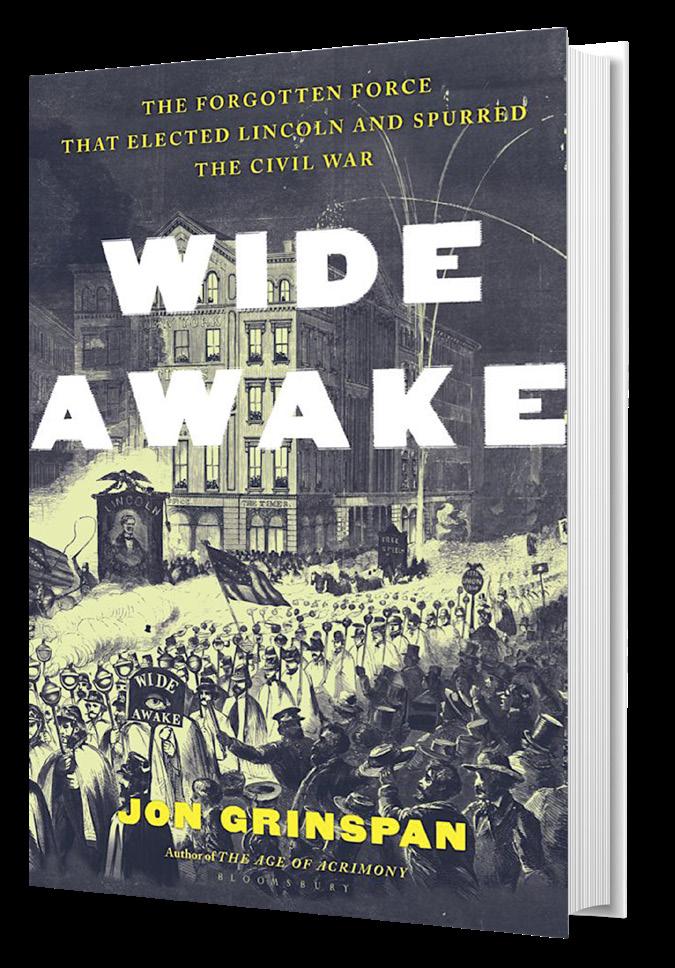
Lincoln’s Political Army
Wide Awake: The Forgotten Force That Elected Lincoln And Spurred The Civil War. By Jon Grinspan. Advance copy with only notes. Bloomsbury Publishing, bloomsbury.com, 2024, 322 pp., softcover, $32.
Reviewed by Wayne Wolf
Little did Hartford, Connecticut, 19-year-old clerk Eddie Yergason, and his five fellow clerks, realize that they had started a movement that would help propel Abraham Lincoln to the White House. When they sewed their first black capes and caps, stole a few parade torches, and led a peaceful parade for the protection of anti-slavery speaker Cassius Clay, they set in motion the phenomena known as the Wide Awakes. This militaristic-looking movement was composed primarily of white, working-class youths but also included Northern antislavery adherents, radical European immigrants, xenophobic Know Nothings, and later women, freed slaves, and even antislavery Southerners. They became Lincoln’s political army and worked for Republican victories against a Democratic Party they felt was dominated by slave-owning Southern extremists.
This new “army” reflected the rough and tumble politics of anti-bellum America. It was an outgrowth of the political behavior characterizing the first half of the 19th Century and, in many aspects, reflected the political turmoil still evident in today’s political arena. Wide Awakes were known for the acute imagery they portrayed and their oblique ideals, anti-slavery, pro-democracy, and pro-labor versus old aristocracy and exploiters of class hostilities. To achieve their aims, they dressed alike to promote their equality, organized companies to maintain order, elected officers in a democratic manner, drilled in military style, and cheered in unison. Some estimates placed their membership, which grew rapidly before the 1860 election, at 500,000.
After achieving electoral victories at the state level, and then the presidency, they continued by making up the first Union volunteers at the outbreak of the Civil War, volunteered their clubhouses for recruiting stations, and encouraged enlistments to crush the Southern slaveholders. The Wide Awakes had become a symbol of everything Southerners feared about the North. Coincidentally, Northerners were ready to disregard Southern visions of Northern aggression. At the same time, Southerners were willing to follow through on their threats of secession. Thus, the greatest political movement in U.S. history brought about a Republican victory and simultaneously a terrible Civil War.
Jon Grinspan’s book is exceptionally well written and
creates the sensation that the reader is actually caught up in the marching Wide Awake rallies. It is extensive in its documentation and well infused with primary source material. The only missing elements are the lack of photographs and newspaper accounts, all easily obtained, which would add immensely to the visual enhancement of the book. It is highly recommended for anyone desiring a thorough history of Wide Awakes and their impact on the 1860 election.
dr. wayne l. wolf is professor emeriTus aT souTh suburban College and pasT presidenT of The linColn-davis Civil war roundTable. he has wriTTen several books and arTiCles on The Civil war inCluding heroes aNd rogues of The civil War, The lasT coNfederaTe scouT, and TWo years Before The PaddleWheel. he frequenTly leCTures aT Civil war roundTables and evenTs and exTensively researChes The life of The Common soldier.

American History through a Child’s Eyes
Josette and Friends Cook a Gumbo , by Elista Istre, illustrated by Joy Dabby. University of Louisiana at Lafayette Press, ulpress.org. 2023. 36 pp., illustrations, hardcover, $20.
Reviewed by Richard H. Holloway
One of the least favorite school subjects for many young students is history because dates and personages don’t always engage them. Fortunately, I ran across a children’s book that effectively bridges the gap from ambivalence to interest.
The subject of this volume is one of Louisiana’s most popular culinary specialties, gumbo and the various cultures that contributed their ingredients to the dish over the years. To enhance the specialty of this volume, author Dr. Elista Istre actively engages the youth attending her book signings. The kids are encouraged to follow the characters along in the story by adding handmade felt ingredients to the gumbo pot she suspends from a tripod over a faux campfire.
This book is an excellent primer for gumbo and its varied history throughout the state. After the story of Josette and her friends concludes, the author added a wonderful history of the meal and even the first documented mention of filé, a major ingredient in gumbo, by slaves in 1764. Let’s hope we see more history books like this one that cover the Civil War era.
I highly recommend this book for both children and those young
45 Civil War News Magazine | May-June 2024
at heart. It is a great history lesson kids can relate to and learn from. The best part is when the author mentions, “Just like people, no two gumbos are alike.” What an impactful statement demonstrating to kids that no matter where you’re from, like gumbo, it’s okay to be different!
r i C hard h . h olloway is an au T hor and former senior edi Tor of bo T h c ivil W ar TiMes and aMerica’s civil War magazines
Editor
of Update Calls Letters
“Clear-eyed, Candid, Informative”
Through Blood and Fire: The Civil War Letters of Major Charles J. Mills, 1862-1865, Revised and Expanded Edition. Edited by J. Gregory Acken. Maps, photographs, bibliography, footnotes, index. 312 pp., 2023. The Kent State University Press. KentStateUniversityPress.com. Hardback, $55.
Reviewed by Gould Hagler
Gregory Acken is an independent historian specializing in the writings of Civil War soldiers. In addition to the book under review, he has edited three collections of letters and diaries of other Federal officers. In this work, Acken presents 118 letters written by a Boston blueblood who served in the Army of the Potomac.
Charles J. Mills was a member of a well-to-do Boston family and a Harvard graduate, class of 1860. Failing in his effort to secure an army commission, Charley enlisted as a private in a Massachusetts militia unit which, unfortunately, was disbanded almost as soon as he signed up. He tried again to earn a commission by recruiting men for a regiment of volunt eers, but failing to bring in enough recruits, he was again disappointed. His efforts finally paid off when, in August 1862, he was commissioned as a second lieutenant in the 2nd Massachusetts Infantry.
Lt. Mills’s first letters home describe the difficult marches he and his new comrades endured as they moved toward the battles in Northern Virginia and Maryland. The regiment was not engaged at Bull Run, but was in the thick of things at Antietam, where, after serving only one month, Mills was severely wounded by a shot which passed through both thighs.
For most men, such a wound would mean a one-way ticket home and a permanent goodbye to the military.
However, after a year, Mills reentered the service, even though his wounds left him partially lame. From the fall of 1863 through March 1865, he served as a staff officer, first under a regimental commander, then at the division level, and ultimately at the headquarters of the IX and then the II Corps.
Charley’s letters home, most to his mother, some to his father and a few to others, offer good descriptions of the movements of the army and the fighting; they comment on the qualities of the generals in charge and other officers nearer to his own rank; they express opinions on the larger issues military and political; and convey news about his college friends and others who served in various capacities. From time to time, Charley showed his opinionated side as well as his superior attitude toward people not of his class and education. He preferred the company of gentlemen to that of roughs and had a rather odd prejudice against Pennsylvanians. He also had a low opinion of black soldiers and often, in a very casual way, used an impolite word in lieu of “black.” The reader also learns about his literary and sartorial preferences from the list of items he requests from home.
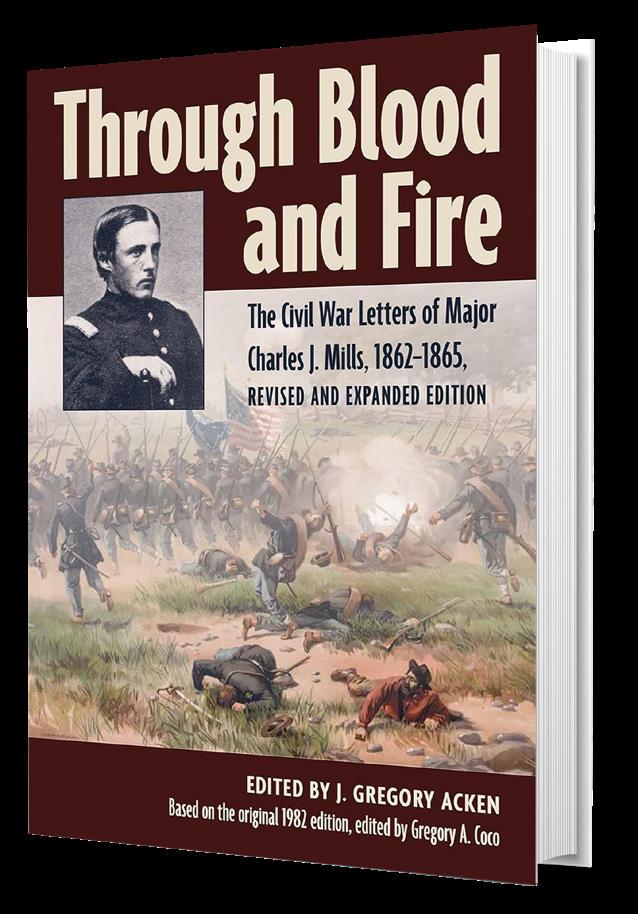
The last letter written by Mills was penned on March 31, 1865, addressed to his mother, hours before he was struck by a solid shot and killed instantly. How this book came to be is an interesting story. In 1977, Gregory A. Coco bought a collection of artifacts that once belonged to Major Mills. Among the collection was a leather case of letters. Coco transcribed and edited the letters, which he self-published in 1982. The originals have been lost, both the 118 Coco published and the 80 or so others. Coco’s edition (only 300 copies) has been used by historians: I quickly found the 1982 edition listed in the bibliographies of four books on my own shelves. Aken’s edition builds on Coco’s original by providing useful footnotes and detailed editorial comments which add context to Mills’s account and supply information on the many characters who appear in the letters. With the publication of this book, the letters of Maj. Charles J. Mills can be read by a much wider range of Civil Warriors.
gould hagler is a reTired lobbyisT living in dunwoody, ga. he is a pasT presidenT of The aTlanTa Civil war round Table and The auThor of georgia’s coNfederaTe MoNuMeNTs: iN hoNor of a falleN NaTioN, published by merCer universiTy press in 2014. he has been a regular ConTribuTor To cWN sinCe 2016. he Can be reaChed aT gould.hagler@gmail.Com.

46 Civil War News Magazine | May-June 2024
Masterful New Overview of Second Manassas
Never Such a Campaign: The Battle of Second Manassas, August 28-30, 1862. By Dan Welch and Kevin R. Pawlak. Maps, images, appendices, 192 pp., Savas Beatie LLC, savasbeat 2024. Softcover, $16.95.
Reviewed by C. Michael Harrington
This short, easy-to-read book is one of the newest additions to the popular Emerging Civil War Series. What makes this book particularly appealing is that Second Manassas (or Bull Run) is arguably the most overlooked and least documented major campaign of the entire Civil War. According to campaign scholar John Hennessy in his foreword to the text, this book is only the seventh study that “focus[es] in any significant way on the Second Manassas campaign.”
No sooner had General Robert E. Lee’s Army of Northern Virginia blunted the spring 1862 attempt of Maj. Gen. George McClellan’s Army of the Potomac to capture Richmond, than a new threat to Lee’s army and Virginia materialized. Unhappy with McClellan’s generalship, President Lincoln had summoned Maj. Gen. John Pope from the Western Theater to take command of the new Army of Virginia, which consolidated all Union troops in the East except those under McClellan. Just as a football team with two quarterbacks has no quarterback, Lincoln’s decision to divide command of Union forces in Virginia between two generals, especially two generals who both disliked and distrusted each other, would prove to be self-defeating.
Puffed up by his successes against lackluster Confederate commanders in the Western Theater, Pope brought to the East a harsher philosophy of war, one that targeted the Confederacy’s civil population as well as its military. In Lee’s eyes, Pope was not only a threat to Confederate communications and supply points in Central Virginia, he was also a “miscreant” who had to be suppressed.
The authors’ account of the campaign proceeds in chronological order, beginning with Lee’s July 27 decision to send the wing of his army commanded by Maj. Gen. Thomas “Stonewall” Jackson northward from Richmond to seek out Pope’s army, and ending with the Battle of Chantilly (or Ox Hill) fought in a thunderstorm on September 1. Between these two dates Jackson’s command waged several pitched battles with Pope’s troops, including Cedar Mountain on August 9 and the Brawner farm on August 28.
Jackson’s famous flanking march around Pope’s right in late August resulted in the destruction of the Federal supply depot at Manassas Junction and the temporary interruption of the Federal railroad network. Outnumbered and threatened with imminent attack, Jackson then formed a defensive line in an unfinished railroad cut near the First Manassas battlefield, just as Longstreet’s wing of Lee’s army was threading its way through lightly guarded Thoroughfare Gap, en route to linking up with Jackson’s wing.
On the morning of Aug. 29, Pope unleased the first of a series of disjointed attacks on Jackson’s entrenched
line, employing troops from the Army of the Potomac as well as from his own Army of Virginia. Jackson’s line bent but did not break.
The next day, still obsessed with crushing Jackson and falsely believing Jackson was retreating, Pope ordered renewed assaults on Jackson’s hardpressed troops. Dismissing reliable intelligence that Longstreet’s men had arrived on the battlefield, Pope’s decision left his and McClellan’s attacking forces vulnerable to the powerful counterattack that Longstreet launched in late afternoon.
As the afternoon waned, only a spirited stand by an Ohio brigade on Chinn Ridge saved the Federals from a total rout. As it was, when darkness ended the fighting on August 30, all Federal troops were in steady retreat towards Washington. Lee had won his most thorough tactical and strategic victory of the war, although at the cost of at least 8,300 Confederate dead and wounded,

Co-authors Dan Welch and Kevin Pawlak are current or former Park Rangers in Virginia; and they are intimately familiar with the Manassas Campaign battlefields. They write well, too. Ten well-drawn maps and a profusion of photos and other illustrations complement and enliven the text. The several appendices include an incisive essay by Pawlak on how mistrust and miscommunication within the Federal high command contributed to the eventual Union defeat. The supplements also include a proposed driving tour of the campaign and an order of battle. There are no footnotes or endnotes, but the book ends with a “Suggested Reading” for those who want to dig deeper into the relatively thin historiography of Second Manassas.
This book merits a wide readership, especially by those interested in learning more about the Second Manassas Campaign and the battle, but who lack the enthusiasm or time to undertake John Hennessy’s near 500-page definitive history that Welch and Pawlak laud in their “Suggested Reading.”
C. miChael harringTon is a reTired lawyer, residing in housTon and galvesTon. he has auThored several published arTiCles on souTh Carolina soldiers, and leCTured To Civil war organizaTions in housTon on mulTiple TopiCs, inCluding yale’s ConfederaTe alumni and souTh Carolinians in The war. he is a pasT presidenT of The housTon CwrT.
Eliza Frances Andrews (1840–1931) received a strong education and was a successful writer and educator. Her War-Time Journal of a Georgia Girl surely ranks among the most observant and intelligent wartime memoirs by a Southern woman.


Edited with commentary by Stephen Davis, I Thank the Lord I Am Not a Yankee includes selections of her wartime and postwar journals which are most expressive of her Confederate patriotism and Southern pride.
February 2023 • $35.00, hardback
Stephen Davis is author of ten books on the Civil War, most of which treat the Atlanta Campaign. His two recent volumes on Confederate General John Bell Hood have won several prizes, including the Fletcher Pratt Award of the New York CWRT.
47 Civil War News Magazine | May-June 2024
“I Thank the Lord I Am Not a Yankee...” www.mupress.org
www.mupress.org • 866-895-1472
866-895-1472 toll-free

Fresh Views of tne War’s Most Famous Fort
By Bob Zeller
Editor’s Note: This story and photo feature has been adapted from articles that appeared in the April 2013 and December 2014 issues of Battlefield Photographer, the photo history journal published by The Center for Civil War Photography. Past issues are at the non-profit’s website, www.civilwarphotography.org.
The opening engagement of the Civil War, the bombardment of Fort Sumter on April 12-13, 1861, was one of the most photographed events of the entire conflict. Two Charleston photographic studios produced and sold more than 50 photographs and stereo views in the days after the fighting, many showing the damage done to Forts Sumter and Moultrie.
Considering the number of photographs that were taken, it goes to figure that previously unknown photographs from 1861 would surface; such has been the case in recent times with the emergence of three stereo views of Fort Sumter that show the bastion busy with activity a few weeks or months after the engagement.
The most unusual view shows a long dining table occupied by civilian workers in the middle of the parade ground. It showed up on eBay in October 2012 and was acquired by CCWP member and Battlefield Photographer contributor Keith Brady.
It is a rich, dark albumen print, 10 on a 10 scale; in the background, the elegant, brick-arched casements on the second tier of the three-level fort are closed off by wooden planks, with doors and windows cut in these makeshift walls.
The image shows a busy fort in an active period of transition. Now that the Confederates had won the citadel, they were busy repairing the bombardment damage, restoring it to working order, and creating quarters for officers and soldiers by enclosing casemates.
After seeing the picture, retired historian Rick Hatcher of Fort Sumter and Fort Moultrie National Historical Park exclaimed, “New history!” He said he had never seen a photograph of the fort with the casemates enclosed.
The appearance of the fort’s interior establishes that it was taken soon after the April 1861 bombardment and subsequent Confederate occupation. The caption on the back reads, “No. 51. Interior view of Fort Sumter, after the First Bombardment, April 1861.” We have no information to dispute that date, although it couldn’t have been among the many images taken immediately after the surrender because it took some time to enclose the casemates. Hatcher thinks it could have been made as early as a few days after the bombardment.
“We know they wanted to get the fort back on line as quickly as possible because there was some concern U.S. forces might mount a rapid attempt to come back and take it,” he said. “Of course, that never materialized, but you can see the Confederates were getting pretty well organized, with all those slabs of stone or granite next to the large table where the men are eating.”
The second-tier casemates visible in the image have been transformed into what appear to be living quarters, complete with windows. The huge slabs of cut stone obviously were to be installed somewhere in the fort, but no one knows where. There are almost no records of Confederate construction or repairs after the 1861 bombardment.
Similar or identical slabs were used to cover the five cisterns in the fort, Hatcher said, but there are many more slabs pictured than what might be needed for that.
Another image has since surfaced showing Fort Sumter with enclosed casemates that also shows the Confederate flag flying high over the fort. It was discovered and acquired by CCWP member and Battlefield Photographer contributor Andy House
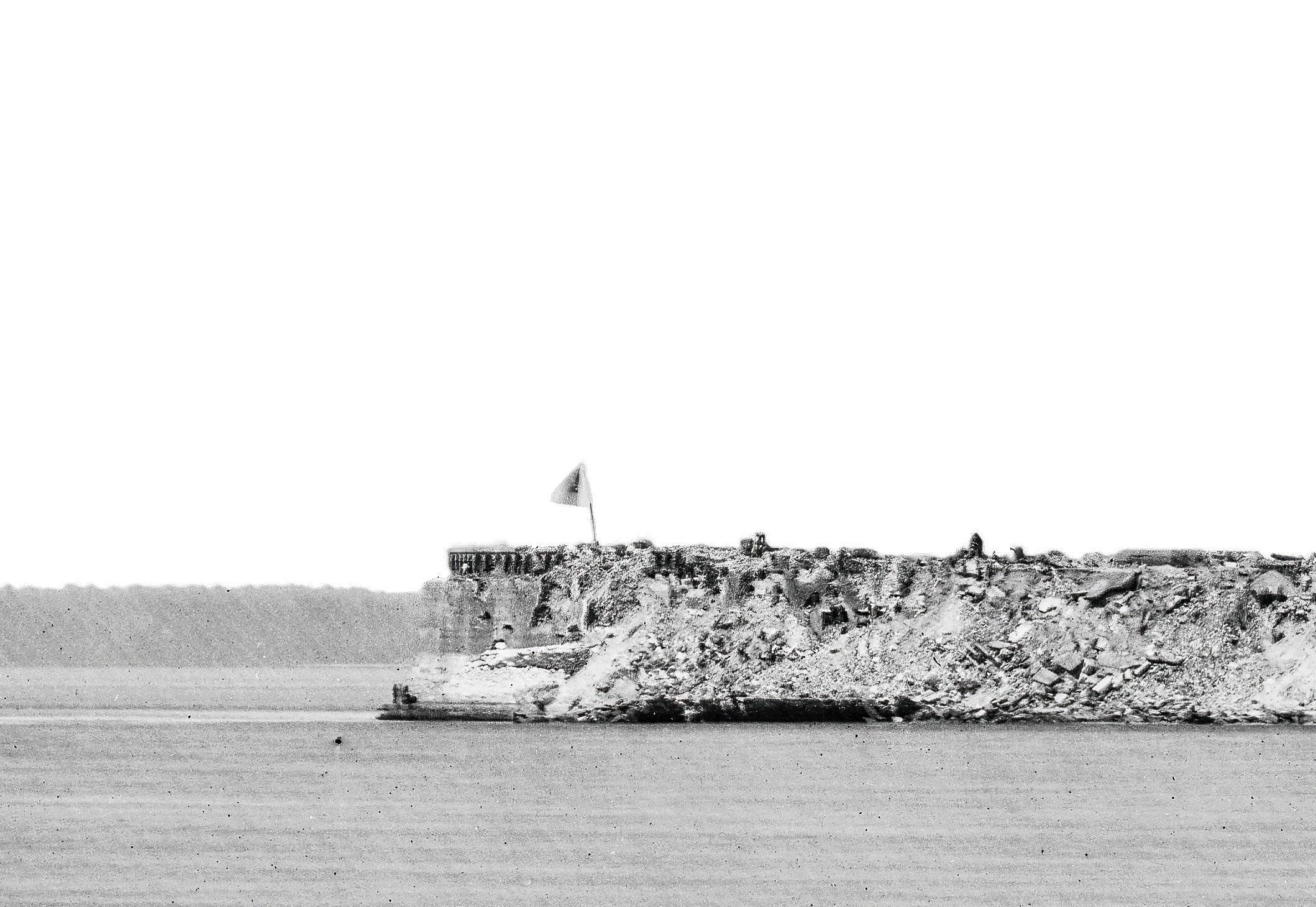
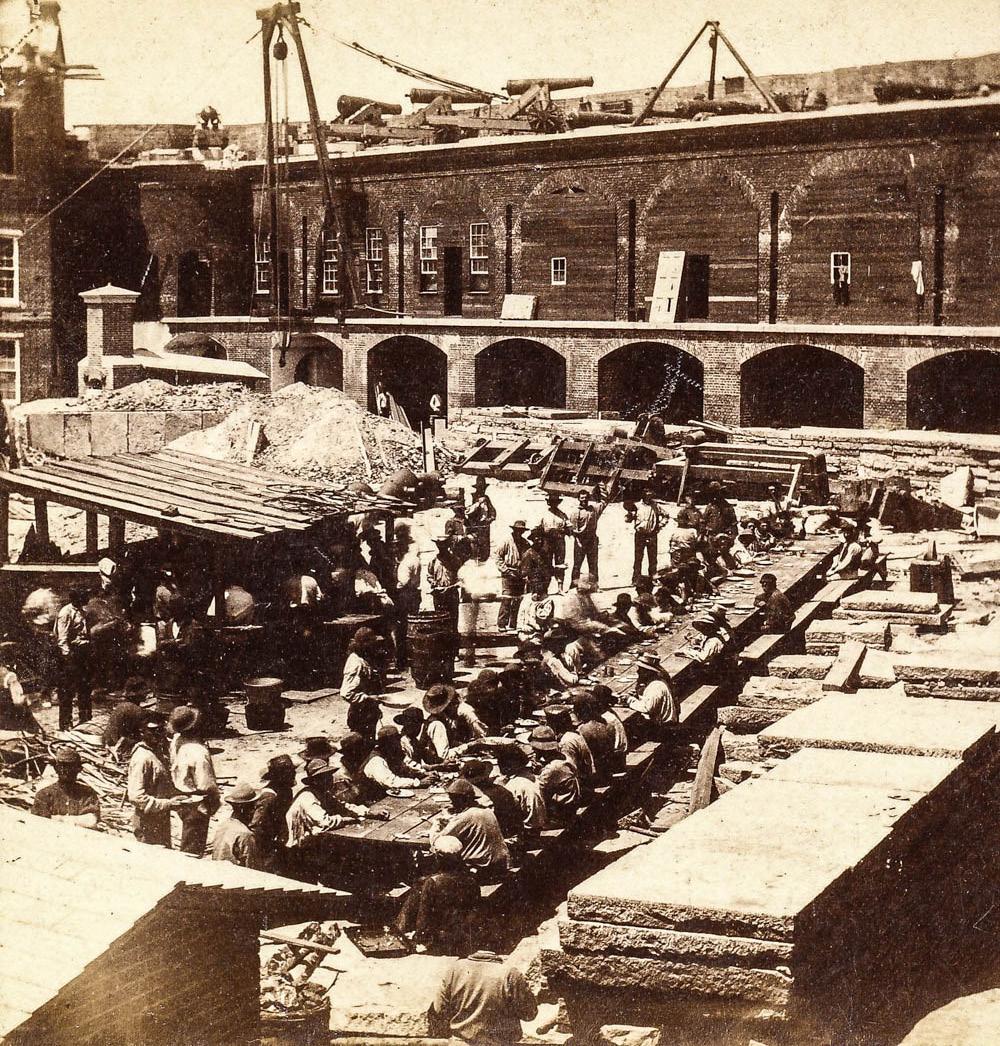
and first published on the cover in 2014. Hatcher said he had never seen this image either, adding that it was the fifth-known view showing the Rebel flag flying at the fort.
A third view has surfaced showing Fort Sumter with work progressing after the bombardment, but with only a single casemate enclosed. This view, also owned by Brady, shows a different section of the fort interior. It is unknown whether the three views were taken on the same or on different days; the possibility that the photographer made multiple trips to the fort after the bombardment cannot be ruled out.
All three stereo views were sold by photographer George N. Barnard, one of the Civil War’s most famous photographers. He did not take the images; he was never in Charleston until the War’s final weeks.
The stereo photographs were most likely taken by Charleston photographers Osborn & Durbec, who operated a studio from 1858 to about 1862 and took more than 40 stereo views immediately after the bombardment. After the war, Barnard and other Charleston photographers continued to sell Osborn & Durbec views, but on their own imprinted cards.
For unknown reasons, perhaps because the Barnard studio didn’t know better, the prints for two stereo views, the dining
This photograph of Fort Sumter taken after the April 1861 bombardment is one of the most unusual images of the famous bastion. A long dining table stretches across the parade ground to accommodate Confederate workers making repairs and effecting other changes, such as enclosing casemates. (Collection of Keith Brady).
table and the Rebel flag, were made in reverse, or backwards. That becomes quickly apparent when comparing them to other 1861 images of the fort’s interior. To see the image in proper perspective, the twin photos on those two views need to be flipped horizontally.
Although Barnard did not take the photograph, he left a legacy as one of the Civil War’s greatest photographers. He photographed the First Bull Run battlefield for Mathew Brady in 1862, as well as the Peninsula Campaign. In 1864, he was with Sherman’s army in Tennessee and followed it into Georgia, where he photographed Atlanta just before its destruction in November 1864.
In March 1865, he was in Charleston with his cameras. He must have fallen in love with the city, battered as it was, because he returned in 1868 to settle there and apparently work for the Quinby & Co., gallery.
In 1871, at the urging of his sister, Barnard moved to Chicago and opened a photo gallery, only to lose nearly everything in the devastating Chicago fire, ultimately abandoning the wagonload of papers and equipment he and an assistant were trying to save and wading into Lake Michigan to escape the inferno.
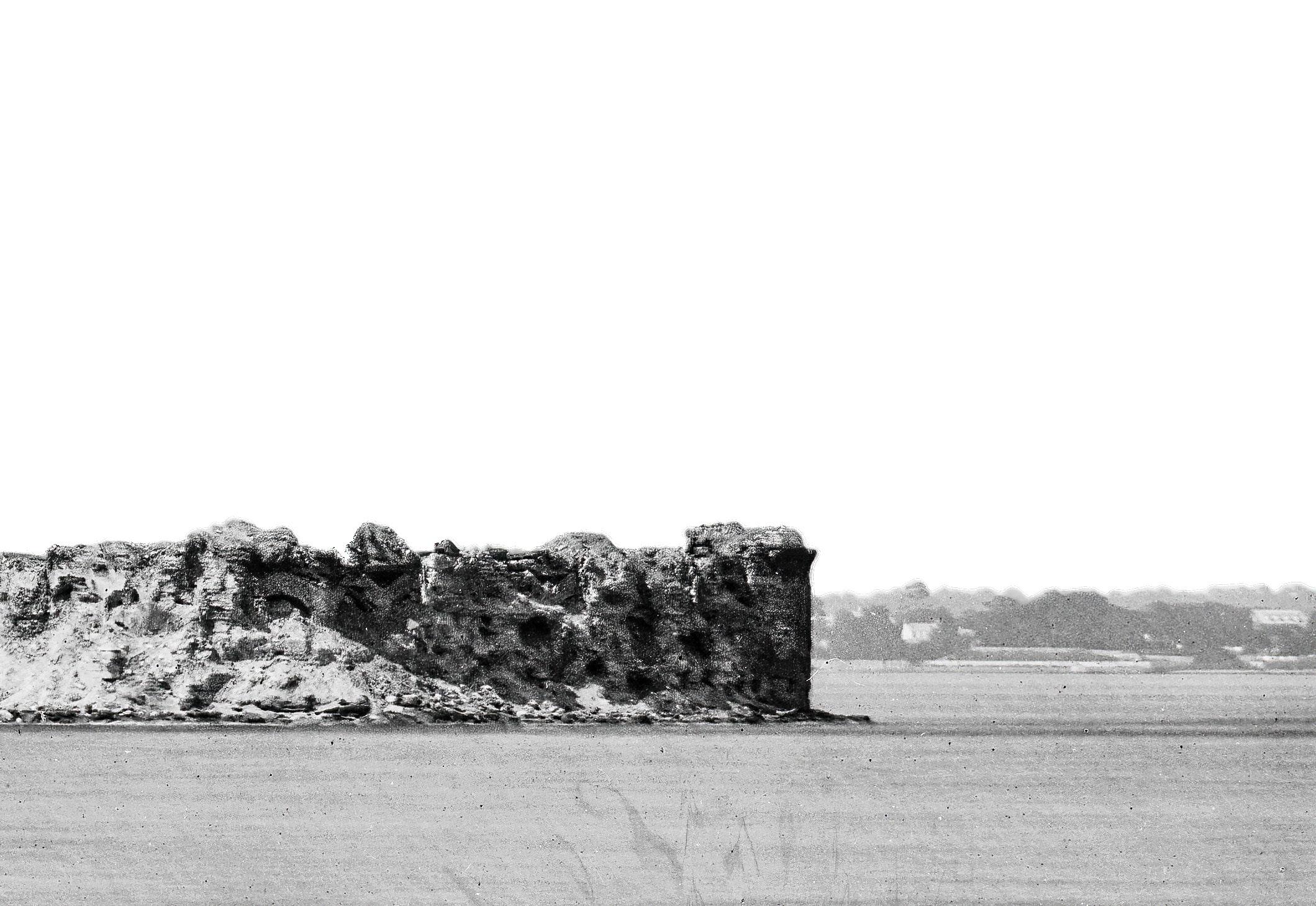
“They carried a few of the best lenses and cameras into the cold water of Lake Michigan, holding them overhead as they watched the city burn,” wrote Keith Davis in his outstanding biography, George N. Barnard, Photographer of Sherman’s Campaign. (Hallmark, 1990).
Barnard returned to Charleston in 1873 and opened his own gallery. He jump-started the business by buying out the S.T. Souder gallery for $7,000. The purchase included 7,500 negatives, most likely including these and other wartime views Barnard reprinted and sold.
The length of the dining table in this image, enough room for almost three dozen workers with plenty of space to spare, exemplifies the effort the Southerners were making to repair a bastion that was more than a fort, but a legacy and a symbol of the Confederacy.
Many of the men in this image may have been among the some 100 workers who were hard at work trying to finish construction of the fort when Union Maj. Robert

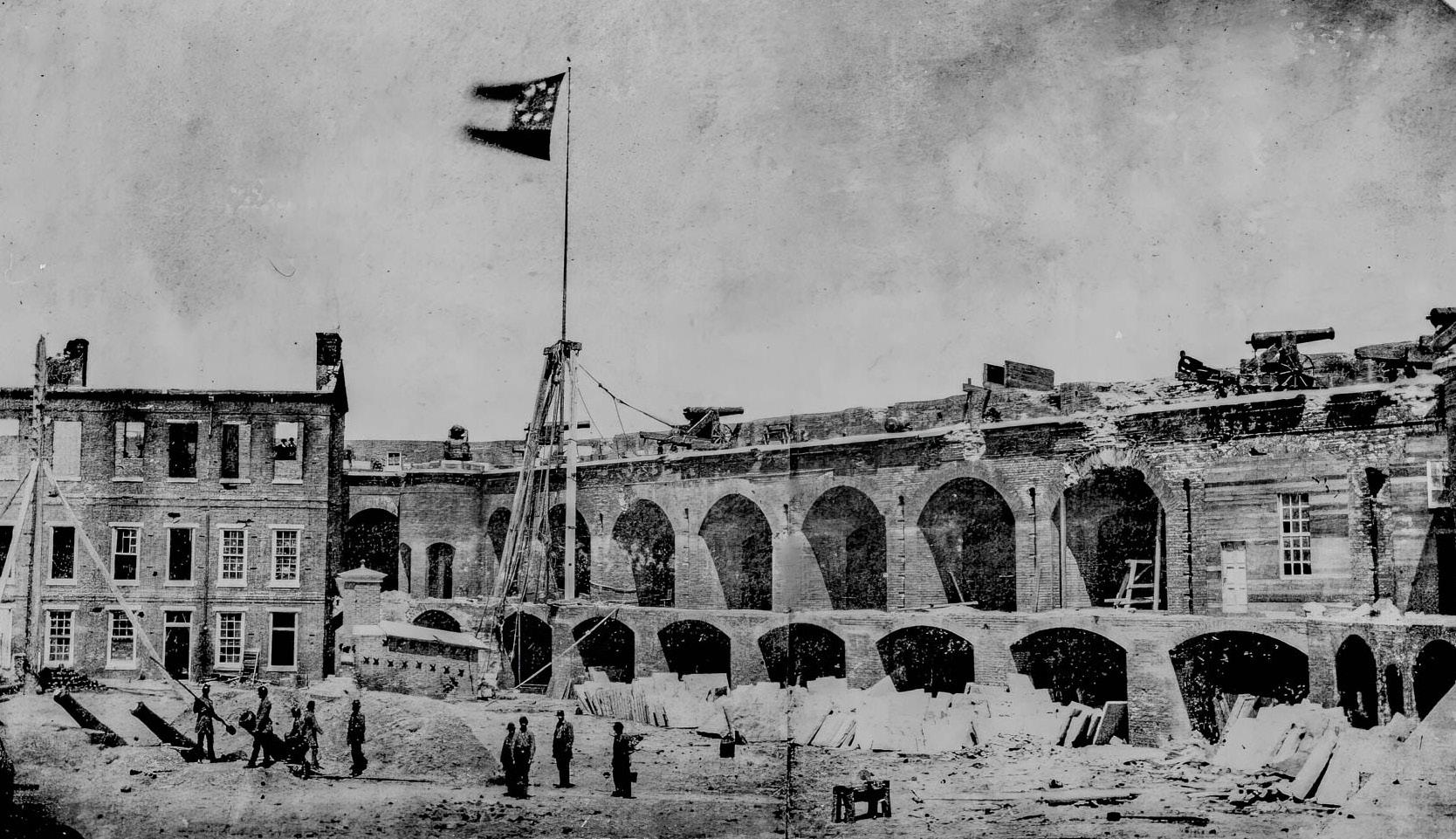

Left: A second Fort Sumter photograph that has surfaced in recent years shows the Confederate flag flying high over the fort. It also shows the unusual enclosed casemates. (Collection of Andy Douglas House). Center: This two-plate panoramic photograph of Fort Sumter is one of the first photos of the Civil War. It was taken on April 15, 1861, a day after the Union surrender, and shows the fort immediately after the bombardment, with none of the casemates enclosed. (National Archives). Right: This rare view of Fort Sumter, possibly published here on the printed page for the first time, shows the fort under repair after the 1861 bombardment. Only a single casemate is enclosed. It was sold by George Barnard after the war but probably taken by Charleston photographers Osborn & Durbec. (Collection of Keith Brady).
Anderson occupied it on Dec. 26, 1860, precipitating the crisis that culminated with the Southern bombardment that started the war.
Most of the workers were Charlestonians, and they departed when Anderson arrived. Hatcher said it is likely that the Confederates asked many of those same workers to return after the April 1861 bombardment to help repair the extensive damage and replace the gutted quarters.
By December 1862, most or all the repairs had been completed, and the fort was in good enough shape to host a grand ball in the new officer’s quarters. “We had, as you heard, quite a ball at the fort,” Confederate Lt. William H. Grimball wrote on Dec. 15, 1862. “We had 100 guests of all sorts and sizes – too many by far for the small space we had to entertain them in.” Gen. P.G.T. Beauregard, the Confederate commander in Charleston, was there, as well as a “large number of ladies,” Grimball wrote.
Fort Sumter became the target of incessant Union bombardment beginning in August 1863 and was largely reduced to rubble. Still, the Confederates held on to this prized possession until February 1865, when the war was almost over.
The fact Barnard was still printing and selling 1861 stereo
views of Fort Sumter after he opened his Charleston gallery in 1873 is a testament to their enduring popularity.
Barnard was destined to be struck by yet another devastating loss, one that would leave these prints as the only known surviving records of the photographs.
On the evening of Nov. 13, 1875, a fire broke out beneath the stairway to his studio, swept through the gallery, then spread to other businesses. The Charleston News and Courier reported, “Mr. Barnard, the well-known photographer, lost one of the finest and most complete stocks of photographic material in the South. His studio contained the negatives of all the places of prominence and interest in and around the city, and those also of probably two-thirds of the residents of Charleston, embracing the collection of nearly twenty years. The stock was valued at not less than $15,000, and was insured for $6,000 . . . It was totally destroyed.”
Barnard soon returned to business, but the loss of this remarkable photographic record was a blow to his business, and to history. Fortunately, he made and sold these three stereo views before the fire; now that they have resurfaced, we can see more than we ever have of Fort Sumter in the heady first days of the Civil War.

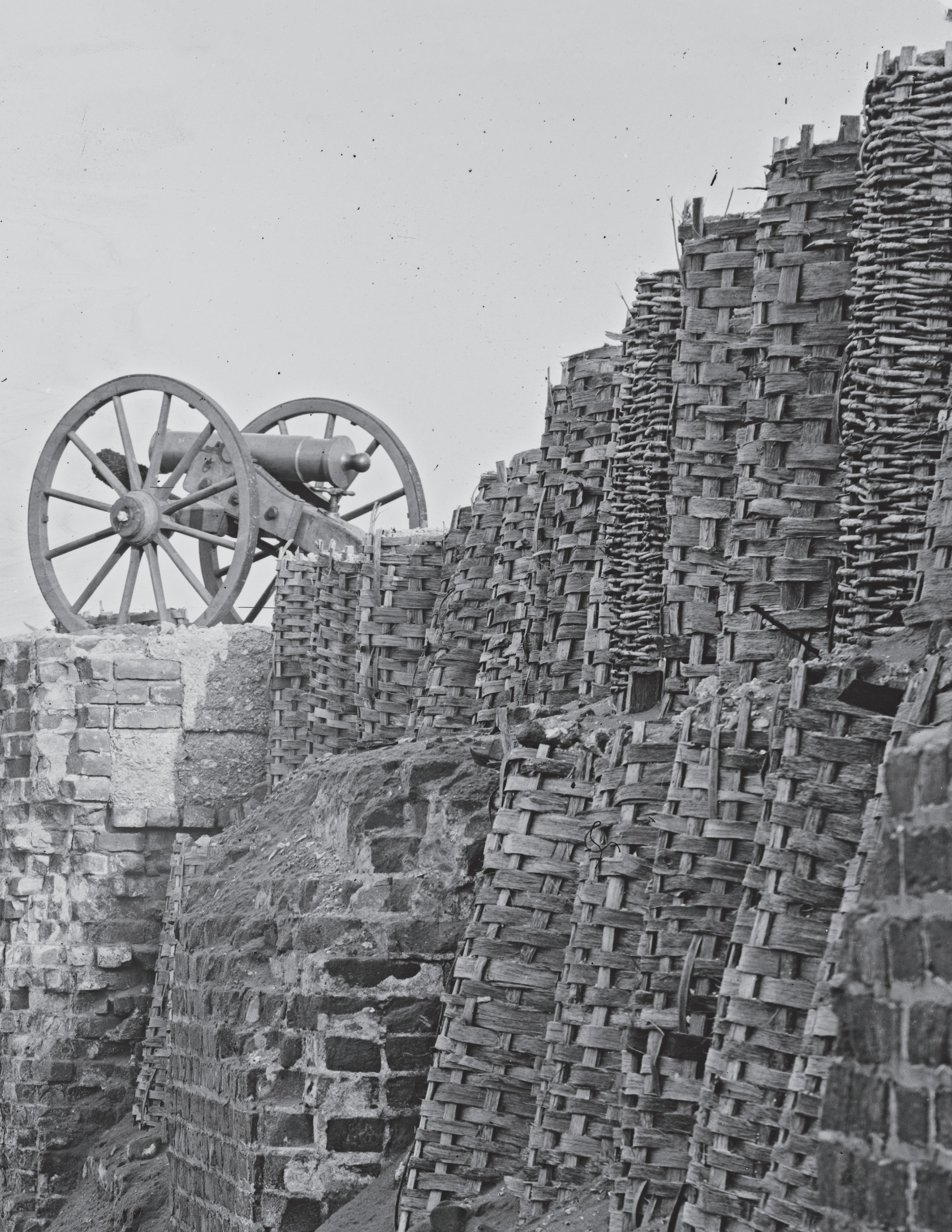
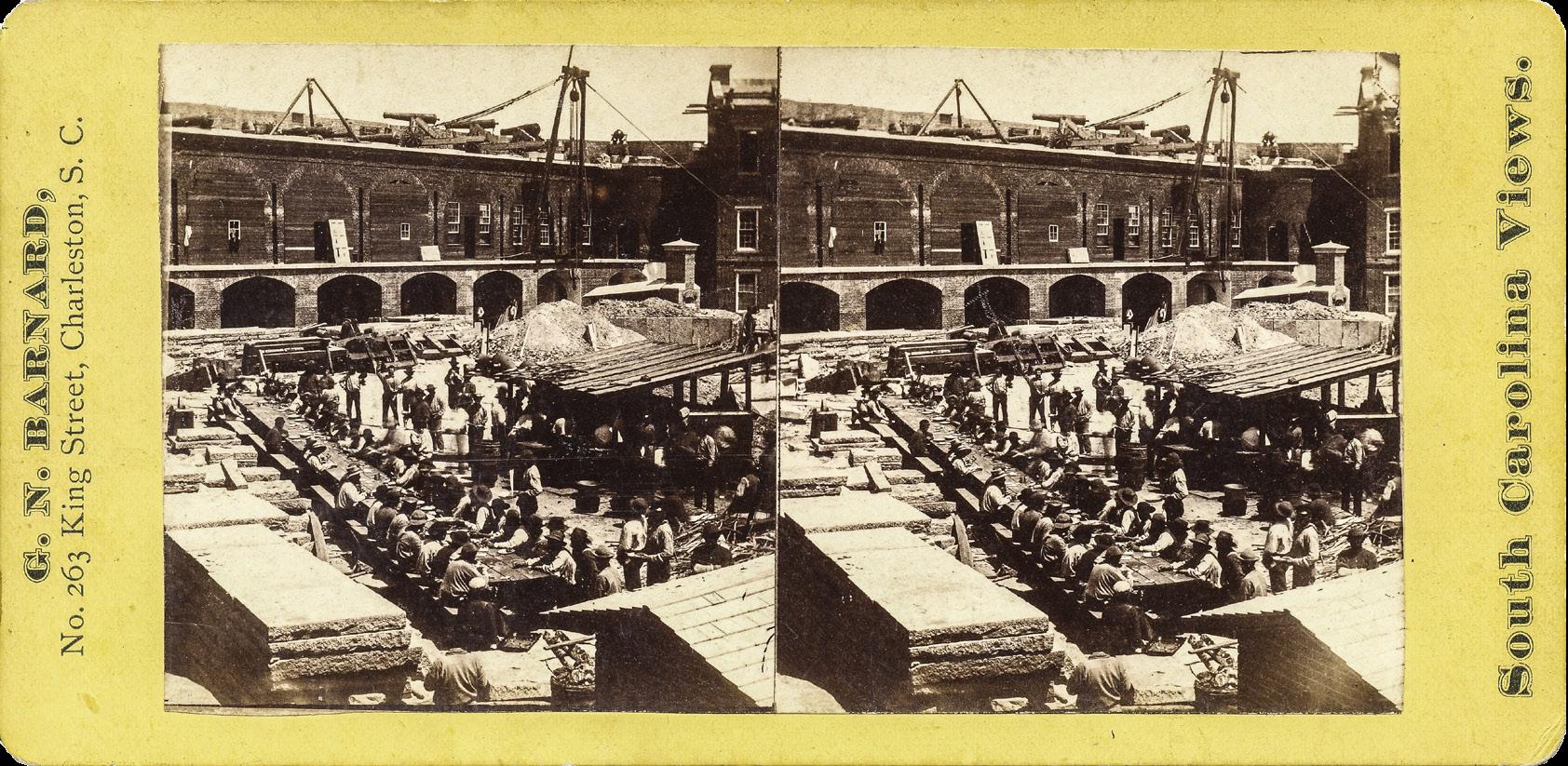

The images of Fort Sumter with the enclosed casemates were marketed in their original stereoscopic format by famous Civil War photographer George N. Barnard, who moved to Charleston after the war and operated a photo gallery there from 1873 to 1880. For unknown reasons, the top two images appear in reverse. (Collections of Keith Brady (top and bottom) and Andy Douglas House).

51 Civil War News Magazine | May-June 2024
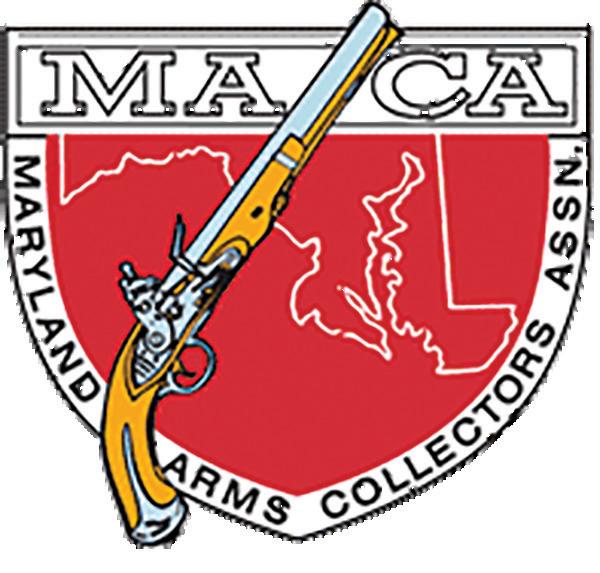
maryland arms collecTors shoW
TIMONIUM, MD —The 68th Annual Maryland Arms Collectors Association Show rocked the Timonium Fairgrounds on March 16-17, 2024, and it was nothing short of spectacular! With picture-perfect weather gracing the event, enthusiasts and collectors alike flocked to indulge in a jaw-dropping array of over 700 sales and display tables showcasing antique and historic arms, as well as an impressive assortment of arms-related memorabilia.
This year, the Association amped up the excitement with the introduction of online ticket sales, and boy, did it hit the bullseye! Over 200 savvy participants embraced this new feature, bypassing the lengthy queues and striding straight to the entrance with ease. Talk about a game-changer!
Saturday saw the show hall bursting at the seams with an enthusiastic crowd, igniting an electric atmosphere that crackled with anticipation. Vendors couldn’t contain their excitement, with many proclaiming it to be their best show ever! The buzz of excitement was palpable as attendees explored the treasure trove of offerings.
But the excitement didn’t stop there! With an impressive lineup of displays vying for top honors, the judges faced the daunting task of selecting the crème de la crème. After much deliberation, the coveted Best of Show title was awarded to Chris Grazzini for his captivating presentation, “Maryland Officer Swords from the War of 1812.” It was a truly aweinspiring sight to behold, showcasing the rich history and

heritage of Maryland’s military past.
As the curtains closed on another phenomenal event, anticipation soared for next year’s show, already earmarked for March 22-23, 2025, back at the Timonium Fairgrounds. Mark your calendars and get ready for another adrenalinefueled weekend of camaraderie, discovery, and all things arms-related. Until then, let the countdown begin!
Best of Show:
Chris Grazzini – “Maryland Officer Swords from the War of 1812”
Best Single Weapon:
Ken Baumann – “Ellsworth Cannon & Limber”
First Place-Educational:
Kevin Doring – “Colt’s Presentation Sidehammer Revolvers”
Second Place Educational:
Sammy Higginbotham – “My Great Grandfather’s Watch”
Third Place Educational:
Lou Southard – “Pistols – Land, Lake & Sea War of 1812”
Judges Choice:
Craig Bell – “John Mills Virginia Contract”
Judges Choice:
Tyler Argubright – “Baltimore Police”
Judges Choice:
Gerald Roxbury – “U.S. Naval Swords, 1812–1861”
Judges Choice:
Alan Boyd – “Midshipman Charles Williamson’s Congressional Presentation Sword for the Battle of Lake Champlain”

52 Civil War News Magazine | May-June 2024
Best of Show Award to Chris Grazzini. Best of Show Display “Maryland Officer Swords from the War of 1812.”
Help Preserve Land at the Heart
of the Franklin Battlefield
In March, the Trust launched a campaign to preserve more than half an acre of hallowed ground in Franklin, Tennessee. The battle, known as “Bloody Franklin,” took place on November 30, 1864, and saw some of the most brutal fighting of the whole Civil War, with opposing soldiers often separated only by a few feet of earthworks. Battle accounts describe men holding their guns over the tops of the breastworks to fire at their enemies.
Today, thanks to determined preservationists, the Franklin Battlefield has come back into existence. However, the targeted property stands as a key missing piece in the heart of the battlefield.
Altogether, its cost is a staggering $5 million, but with local preservation organizations Franklin’s Charge and the Battle of Franklin Trust, and anticipated support from the City of Franklin and the State of Tennessee, along with the generosity of a few dedicated donors, securing this tract is within reach. The Trust has already raised $500,000 of the $600,000 it committed to providing. This leaves $100,000 that must be obtained to complete the critical purchase, thus presenting a match of $50-to-$1!
Franklin is a mark of a resounding success in the battlefield preservation movement. In the early 2000s, much of the battlefield was destroyed with mini-malls and mixed-use residential properties. During that same time, the Trust began working with state and local preservation groups to reclaim and
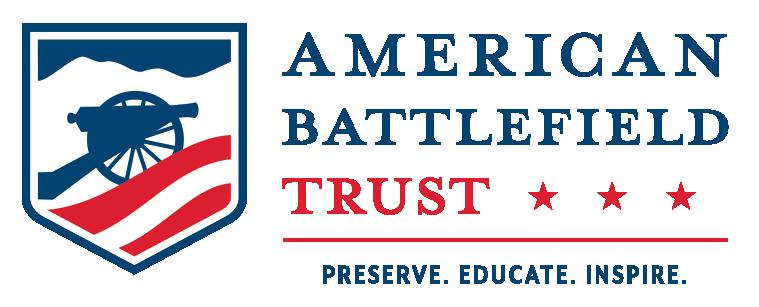
preserve the Franklin Battlefield, little by little.
Securing this additional land, a tract that saw the final quarter mile of the Confederate charge against the Union earthworks, would fill a hole in an otherwise already-preserved area.
To learn more about this preservation opportunity, visit www. battlefields.org/preserve.
Trust Announces Finalists for Inaugural Book Prize
After announcing the inaugural $50,000 American Battlefield Trust Book Prize for History last fall, the organization recently published its short list of finalists. The annual award seeks to showcase the vital nature of historic battlefields as primary sources in literary works and amplify the pressing need for preservation to readers interested in American history.

The award recognizes an outstanding published work focused on military history or a biography central to the nation’s formative conflicts, the Revolutionary War, the War of 1812, and the Civil War.
Eleven finalists were selected out of nearly 100 nominees from 24 different publishers and are now being carefully considered by this year’s expert panel of judges. The winner will be announced this spring, with awards presented in September, during the Trust’s Grand Review weekend in Raleigh, N.C. Smaller prizes will be awarded to two additional finalists in addition to the $50,000 winner
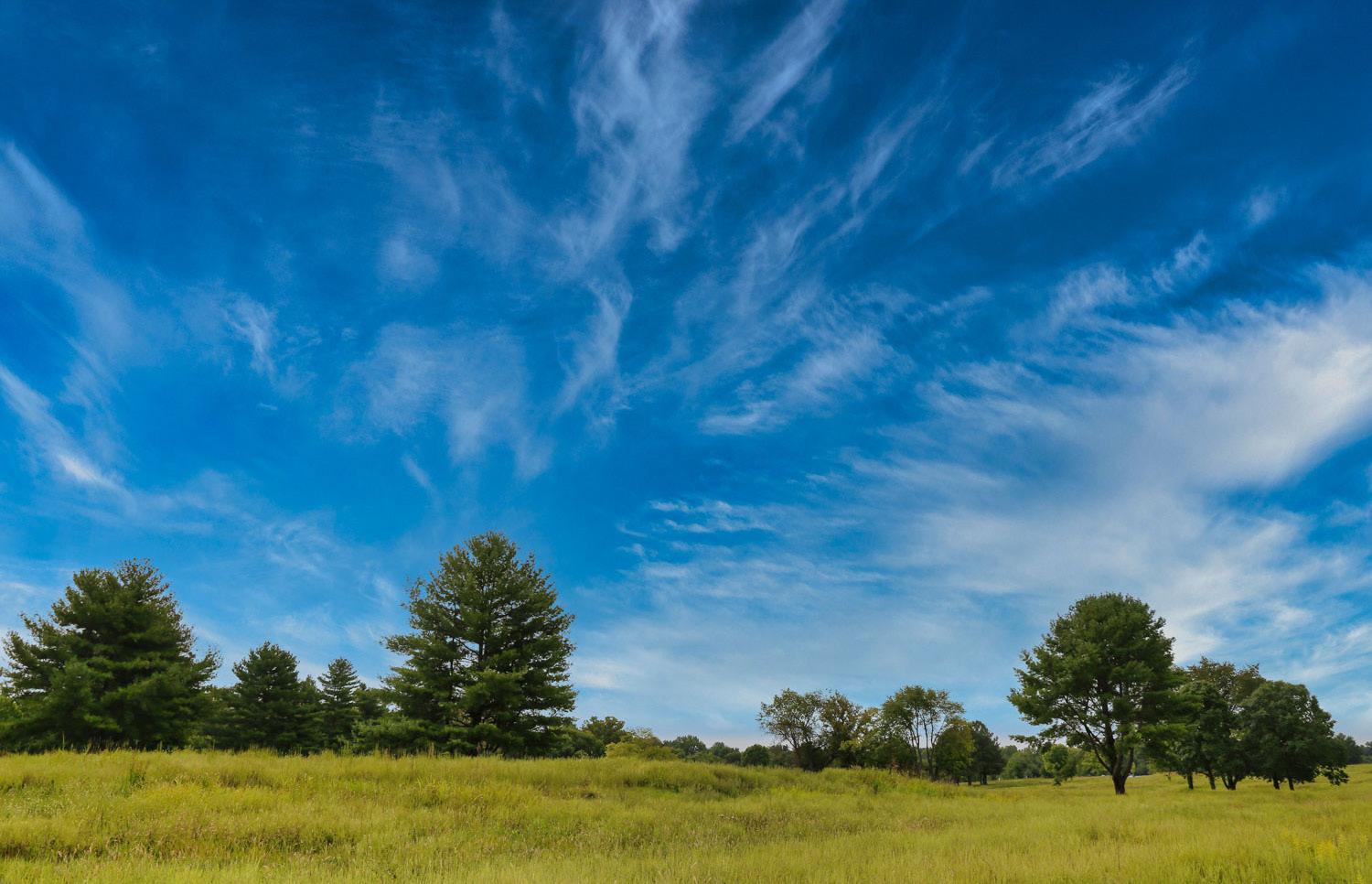
Listed alphabetically, the finalists include: Friederike Baer, Hessians: German Soldiers in the American Revolutionary War (Oxford University Press); David S. Hartwig, I Dread the Thought of the Place: The Battle of Antietam and the End of the Maryland Campaign (John’s Hopkins University Press); Ricardo A. Herrera, Feeding Washington’s Army: Surviving the Valley Forge Winter of 1778 (University of North Carolina Press); Mark Edward Lender, Fort Ticonderoga, The Last Campaigns: The War in the North, 1777–1783 (Westholme Publishing); George Rable, Conflict of Command: George
53 Civil War News Magazine | May-June 2024
Franklin Battlefield in Franklin, Tenn. Photo by Michael Byerley.
McClellan, Abraham Lincoln, and the Politics of War (Louisiana State University Press); Timothy B. Smith, Early Struggles for Vicksburg: The Mississippi Central Campaign and Chickasaw Bayou, October 25-December 31, 1862 (University of Kansas Press); Elizabeth Varon, Longstreet: The Confederate General Who Defied the South (Simon & Schuster); Victor Vignola, Contrasts in Command: The Battle of Fair Oaks, May 31 – June 1, 1862 (Savas Beatie); Jack Warren, Freedom: The Enduring Importance of the American Revolution (Lyons Press); Jeffry D. Wert, The Heart of Hell: The Soldiers’ Struggle for Spotsylvania’s Bloody Angle (University of North Carolina Press); Ronald C. White, On Great Fields: The Life and Unlikely Heroism of Joshua Lawrence Chamberlain (Random House).


This award was endowed by a generous donor and diverts no funds from the Trust’s critical mission.
Celebrating 100 Million Views on the Trust’s YouTube Channel
A sign of vast growth in very little time, the Trust’s YouTube channel has crested the 100 million views mark. Launched in 2009, the popular video channel boasts nearly 350,000 subscribers and hosts more than 1,200 original videos.
“As preservationists and educators, we believe it’s critical to use digital venues such as YouTube to expand access to our educational materials and engage the public with our mission to preserve these hallowed grounds,” said Trust President David Duncan. “It’s especially gratifying to note this milestone as an indicator that audiences are interested in the important work we do and the history of this nation.”
The Trust’s YouTube video offerings include, among others, battlefield driving tours, virtual field trips, animated battle maps, Untold History videos, and the Step into History: “Then and Now” series, which was recently named a Bronze Winner in Digital & Innovative Experience, Education, Art & Culture in the 3rd Annual Anthem Awards.
Other videos include “Civil War 1864: A Virtual Reality Experience,” which remains the Trust’s most popular video with a staggering 39 million views, and the “America’s Wars” animated battle map, which was uploaded in September 2023 and captured nearly 1.3 million views in only six months.
Check out these and other exciting history videos on the Trust’s YouTube page at www.youtube.com/AmericanBattlefieldTrust.
Take Part in Stopping Insensible Development
Last fall, the Prince William County Board of Supervisors in Northern Virginia rezoned more than 1,750 acres of land. The controversial decision will allow construction of what would be the world’s largest data center campus immediately adjacent to the Manassas National Battlefield Park.
Despite overwhelming local opposition, objections from the National Park Service, and the recommendation of both
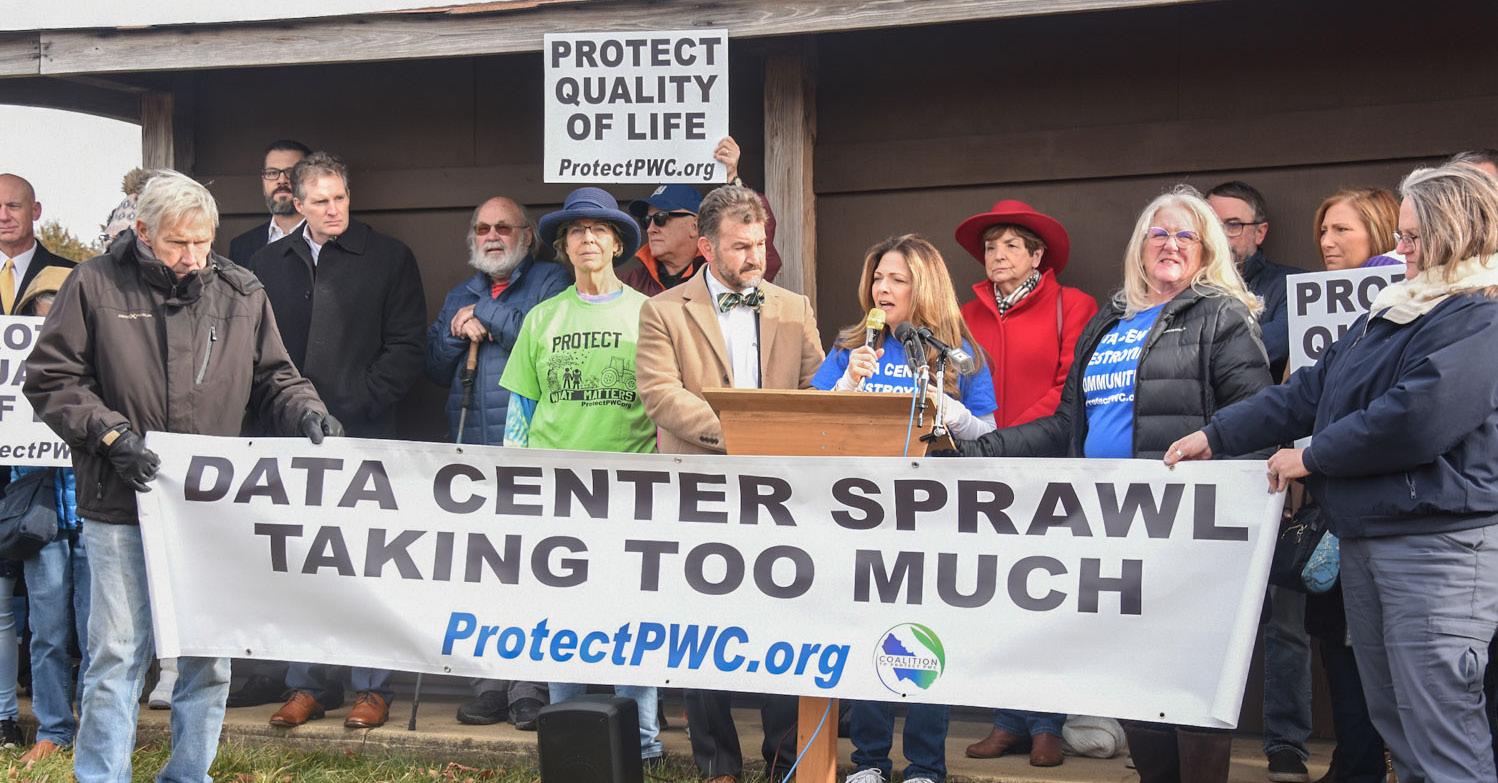
54 Civil War News Magazine | May-June 2024
Louie Palu and Trust chief historian Garry Adelman use their 3D glasses at the Rose Farm in the exact location where Alexander Gardner took his famed images after the Battle of Gettysburg.
Photo by Buddy Secor.
January 12, 2024, press conference at Manassas National Battlefield to announce the lawsuit.
Photo by Melissa A. Winn.
County staff and the County’s Planning Commission, the Prince William County’s board of supervisors’ final vote was 4-3 with one abstention, opening the door for the likelihood of this proposed complex.
Following the decision, the Trust, on January 12, joined with nine local residents in taking legal action to overturn the rezonings, block construction and protect the Manassas Battlefield.
The enormous complex, deemed the “Prince William Digital Gateway,” would be located at the Park’s western border, along the historic Pageland Lane, in a narrow corridor between the battlefield and a nearby state forest. The rezoning directly impacts 170 adjacent acres of previously preserved Trust land.

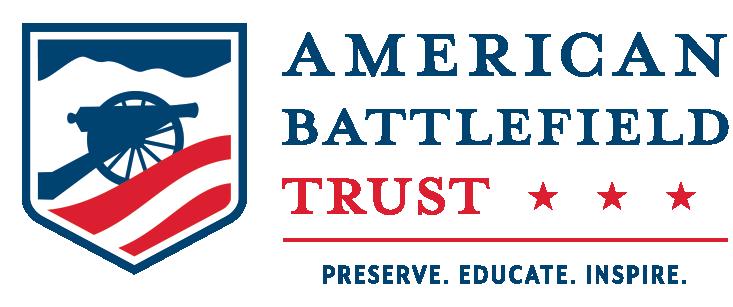
Unfortunately, the battles against data centers and inappropriate development near historic battlefields have only increased in frequency over the past few years. As a result of favorable geography, state legislation, and local zoning decisions, Virginia has become the data center capital of the world. A few years ago, these centers were concentrated in nearby Loudoun County, but have quickly expanded their footprint across Northern Virginia.
Since 2022, the Trust has engaged with proposals to restrict data centers on or adjacent to significant Virginia battlefields, including Brandy Station, Deep Bottom, Glendale, Manassas, North Anna, and the Wilderness.
At the Wilderness, the Trust is also involved in another data center lawsuit against the Wilderness Crossing Development. There, a 2,600-acre project, located on part of the Wilderness Battlefield and adjacent to a formerly proposed Walmart site preserved by the Trust, would have devastating impacts on both the Wilderness and Chancellorsville battlefields. In addition, because the Orange County Board of Supervisors rejected a limitation of five million square feet on data centers, the developer has permission to force as much data center construction on the site as possible.
Similar to Prince William County, the Wilderness Crossing project was passed in haste against the recommendations of county staff and despite local opposition to the development.
To learn more or make a gift to support this advocacy, please visit www.battlefields.org/fightingdatacenters.
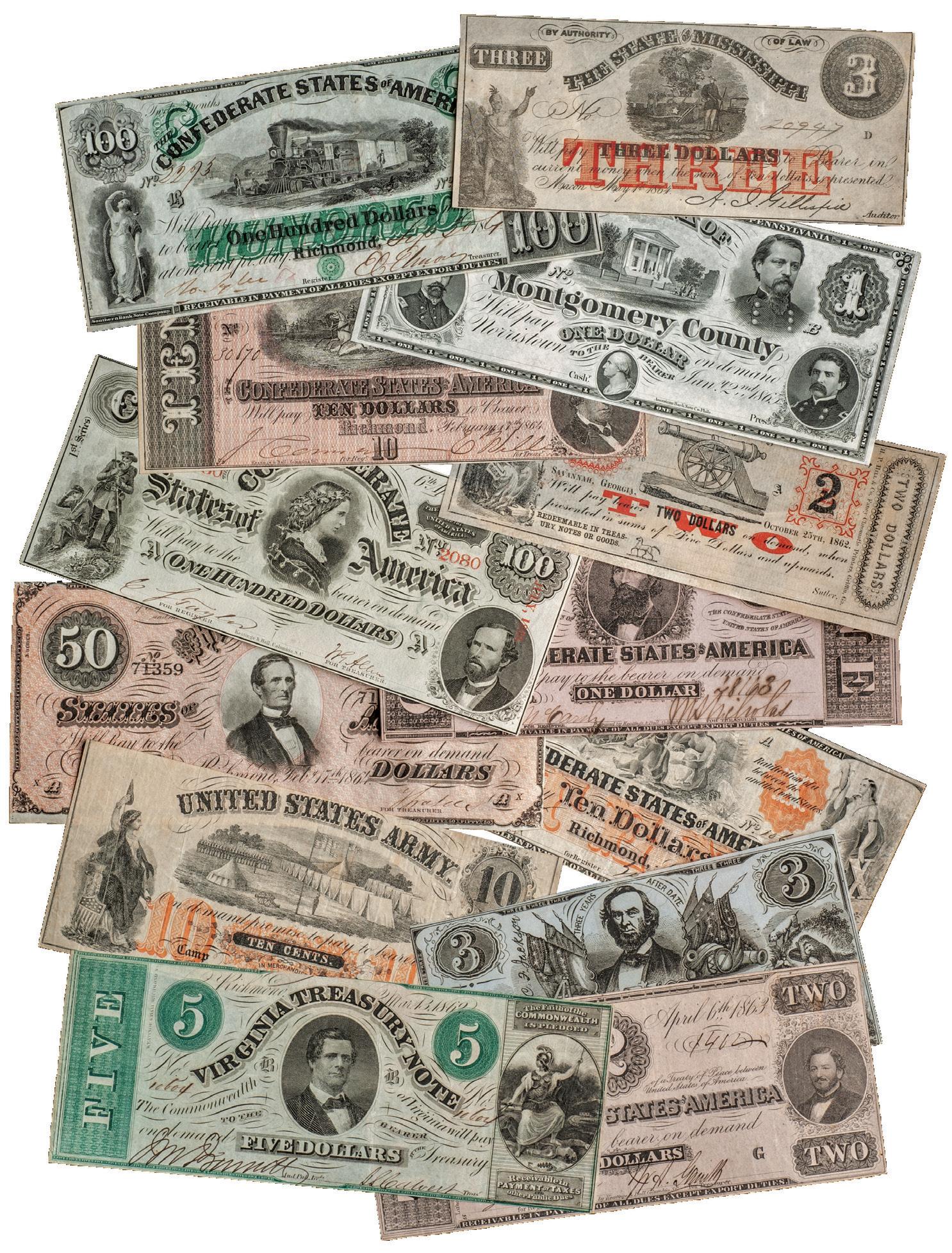

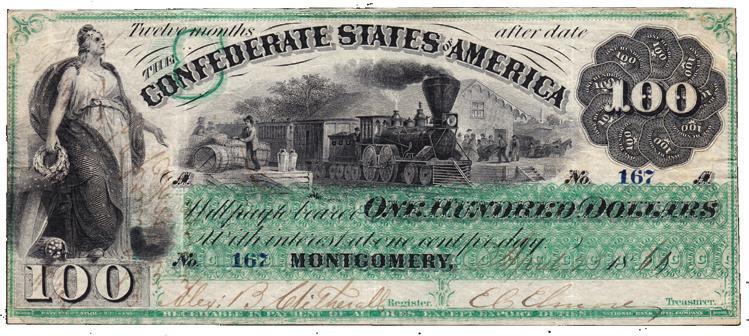
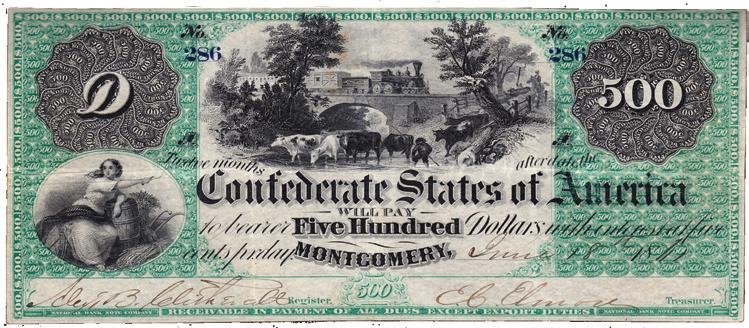
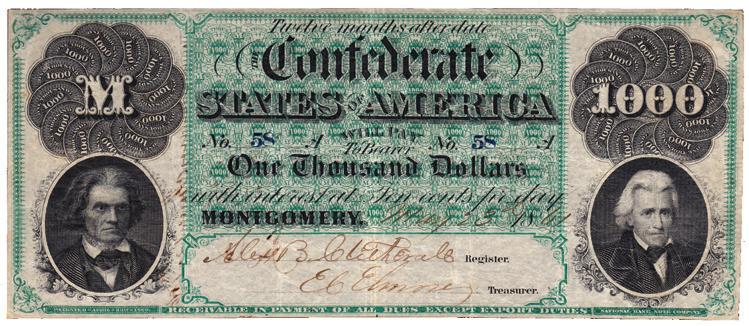
Greg Ton 901-487-5944 • gton1@aol.com • Franklin, TN GregTonCurrency.com We Buy and Collect Rare Confederate and Southern Obsolete Currency. Since 1978, we have collected or handled over 80 of the "Big Six" Confederate Notes to include nearly 10% of all known surviving Montgomery Notes.
The Prince William Digital Gateway would be adjacent to the Manassas Battlefield. Photo by Buddy Secor.
Was Joe Johnston Honest with History? Cassville The Truth At
By Robert D. Jenkins Sr.
With selected images, maps, and excerpts from The Cassville Affairs: Johnston, Hood, and the Failed Confederate Strategy in the Atlanta Campaign, 19 May 1864, Mercer University Press, Macon, GA: 2024; special permission by Mercer University Press, illustrator and cartographer T.D. (Dave) Helton of H2B Creative of Dalton, GA, and the author.
For the past 150 years, students of the American Civil War and the Western Theater have followed the story, or narrative the Atlanta Campaign, through the prism of the writings of the Confederate Army of Tennessee’s commander from December 27, 1863, to July 17, 1864, General Joseph E. Johnston. A decade following the war, Johnston penned his Narrative of Military Operations, which bolstered his war-time report of his participation in the campaign. Johnston’s official report, written October 20, 1864, at Vineville, Ga., a suburb of Macon, provided his first full explanation of the events of the Atlanta Campaign during his tenure in command.
On February 15, 1865, Confederate General John Bell Hood published his own official report in which he included not only the operations of the Army of Tennessee during his tenure as commander (July 18, 1864, to January 23, 1865), but he also added a sharp contrast to several of the events portrayed by Johnston. One of these events was the dispute which had arisen between the two generals over the incidents at Cassville on May 19, 1864. Hood flatly denied Johnston’s version of events at Cassville and provided his own account. Subsequently, Johnston double-downed on his version through a series of post-war writings. Hood responded in like kind with his own post-war apology, was published a year following his death. He would not survive to refute Johnston’s final two articles. This dispute came to be known as The Cassville Affair
While it is called The Cassville Affair, there were two controversies, or affairs, at Cassville which led to the Southern withdrawal from the village without compelling a fight. The first one was the inability of the Confederate army to initiate a surprise attack on the morning of May 19. The second, which occurred on the evening of May 19, was the failure of the Southern force to remain at Cassville, or Manassas, as the city had come to be named in honor of the Confederate victory at the Battle of First Manassas, to fight the next day.
After realizing that his opportunity for striking a blow against a portion of the pursuing Federals had passed, Johnston moved his army from a range of hills north and west of Cassville to a line of hills south and east of the town where he had his men entrench. There, he expected to receive and repel an attack by

 General Joseph E. Johnston. (Library of Congress)
General Joseph E. Johnston. (Library of Congress)
Sherman’s legions the following day. Instead, following a dispute with two of his corps commanders, Lieutenant Generals John Bell Hood and Leonidas Polk, Johnston reluctantly withdrew his army south of the Etowah River to fight another day. Since then, historians have remained baffled over what happened at Cassville, and whether Johnston or Hood was telling the truth.
In my new book, The Cassville Affairs: Johnston, Hood, and the Failed Confederate Strategy in the Atlanta Campaign, 19 May 1864, Mercer University Press, Macon, GA: 2024, with the help of a number of colleagues, we uncovered several significant records and maps that have been heretofore lost or disregarded in history. In the process, I discovered some critical and revealing errors in the Confederate intelligence, reconnaissance, cavalry screening, and mapping of the contested area, including misinterpretation of several roads and road names.
In addition, I unfortunately discovered a troubling number of discrepancies in Johnston’s four published Cassville-related accounts, his wartime report, his Narrative, and two subsequent articles. Worse, Johnston falsified and manipulated a journal, or
employed the Socratic Method used in law school and employed in various forms in our courts of law. In doing so, I followed a couple of legal principles. First, I assumed that all witnesses are believed to be telling the truth unless their testimony or statement is impeached by other conflicting evidence. Second, I applied traditional rules of evidence including admissions, hearsay, and authentication rules for all records and testimony (reports, diaries, letters, and memoirs). Through this analysis, I was able to uncover and disprove multiple statements by Johnston about Cassville and about other events during the first weeks of the Atlanta Campaign. For purposes of this article, however, we will stick to just the discrepancies surrounding Cassville.
I discovered two errors in the Official Records relative to the events at Cassville, one apparently unintentional, and one quite intentional. The first one is found in Hood’s report, submitted to Adjutant and Inspector General Samuel Cooper on February 15, 1865, at Richmond, Va. In his report, Hood quoted Johnston: “You can, if you desire, move your corps to the Canton road and if Howard’s corps is there you can attack it.”3

In contrast, in Hood’s post-war account, Advance and Retreat, Hood referred to a road that he called the Ironton Road, a name that appears to have been ignored or not understood in all previous studies of Cassville. In Advance and Retreat, Hood explained that “Howard’s Corps having been reported on the Ironton road …, I asked his [Johnston’s] authorization to march my command across an open field, and attack this detachment of the enemy, in case the report was correct. He consented.”4 I discovered a copy of New York Times article dated March 29, 1865, in which Hood’s report had been copied from a Richmond Enquirer edition dated March 25, 1865, and republished in its entirety. In the New York version, Hood’s quote of Johnston reads: “You can, if you desire, move with your corps to the Ironton Road, and if Howard’s corps is there you can attack it.” Just a few lines later, the Ironton Road is referenced a second time in lieu of the Canton Road.5
A copy of Hood’s report was included in the Appendix to Advance , derived from his personal copy, and it includes Ironton Road in the same two places.6 There can be no mistake that Hood referred to the Ironton Road as the intended point of his attack, and that it was clearly a different road than the Canton Road. Hood never saw the Official Records error, published eleven years after his death, and he could never have anticipated the confusion it might cause for future historians. Hood did provide an ironic admonition to Johnston, however, about the importance of leaving a full and accurate “contribution for the use of the future historian.”7
John Bell Hood’s tarnished post-war record, due largely to the failed Fall 1864 Tennessee Campaign, served to discredit him and his version of the facts. That, coupled with Johnston’s post-war admiration by his soldiers who loved him for not sending them into futile frontal assaults during his tenure in command of the Confederate army in Georgia, compared to the perception that Hood did just that in the Atlanta area battles, and the reality that Hood did just that at Franklin, Tennessee, led to an imbalance of scrutiny and criticism for over a century following the war.
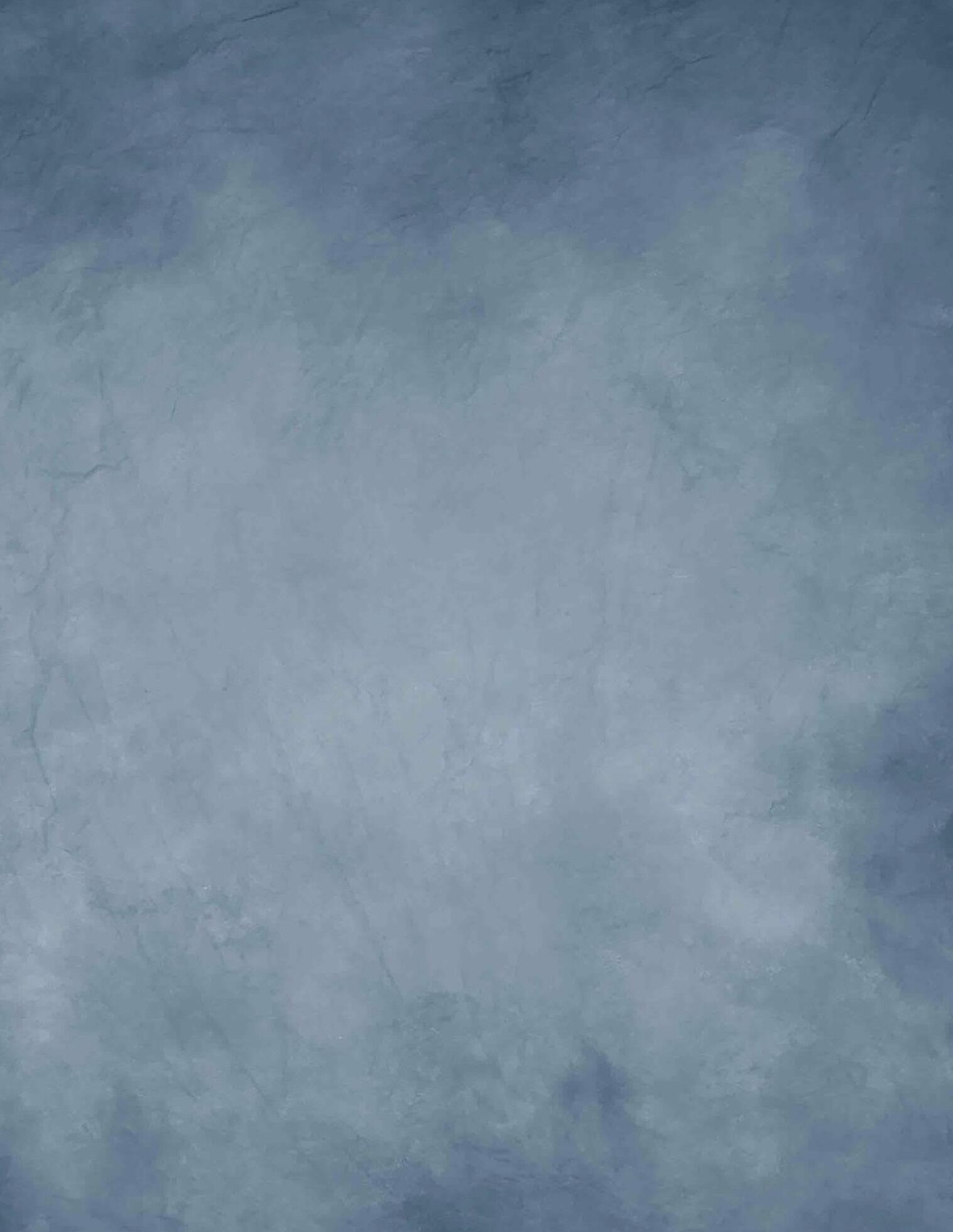 Lieutenant General John Bell Hood. (Library of Congress)
Lieutenant General John Bell Hood. (Library of Congress)
The second and most troubling revelation is found in the T.B. Mackall “Journal,” as published in the Official Records. 8 Lieutenant Thomas Bennett Mackall was a cousin to Brigadier General William Whann Mackall, Johnston’s chief of staff during the Atlanta Campaign. Young Lt. Mackall kept a series of unofficial notes in a “Journal,” which served as the apparent basis for document Number 728 to Series I, Volume 38, Part III of the Official Records. It was purported to be a “Journal of Operations of the Army of Tennessee May 14 – June 4 [1864].” This report notably was “Kept at headquarters Army of Tennessee by Lieut. T. B. Mackall, aidede-camp to Brig. Gen. W. W. Mackall, chief of staff, and furnished by General J. E. Johnston.” This statement should raise suspicions of future historians.9
In 1971, Professor Richard M. McMurry discovered two previously unidentified diaries in the Joseph E. Johnston papers at the Swem Library at William & Mary College, Williamsburg, Va. After determining that these were in fact the original diaries of Lieutenant Thomas Bennett Mackall, McMurry conducted a thorough study of the “Journal” and published his findings in 1974. One diary, referred to as the “A” sample by McMurry, appeared to be the original,
manuscript “N” for National Archives. This “N” version was very different from the two sources labeled “A” and “B,” both of which were clearly written by T.B. Mackall. Importantly, this “N” version was the one that was presented by Johnston to the War Department and published in the Official Records. McMurry referred to the published Official Records version as “O” in his conclusions.10
“It is also important that you should measure your fighting qualities with the enemy’s cavalry about Cassville. I am sure you can beat them, but it should be done suddenly so as to produce a salutary effect and be of moral force to you in after operations.”
In the original, or “A” version, of T.B. Mackall’s “Journal,” the following entry was recorded for May 19: “Heard first skirmishing on Adairsv[ille]. & Cassv[ille] rd. 10:20 AM. In ten minut[es], artillery on Sp[rin]g. Place road & on Ad[airsville] rd. After a few guns Genl. M[ackall] sent [word] more en[em]y close to H[ood] on Canton rd. Lt. Genls sent for. Wagons moved [to] rear. Line changed 2:25 PM. Change going on. Artillery on Hardee’s front. Change of line effected under fire. Report of column on Canton Road not afterwards confirmed. Battle expected next day. General Ross reports from Cartersville enemy across at Wooley’s Bridge. 10:20 PM Every tg [thing] to be packed.”11
In the rewritten, or “B” version, of T.B. Mackall’s “Journal,” the following entry was recorded for May 19: “Line of battle
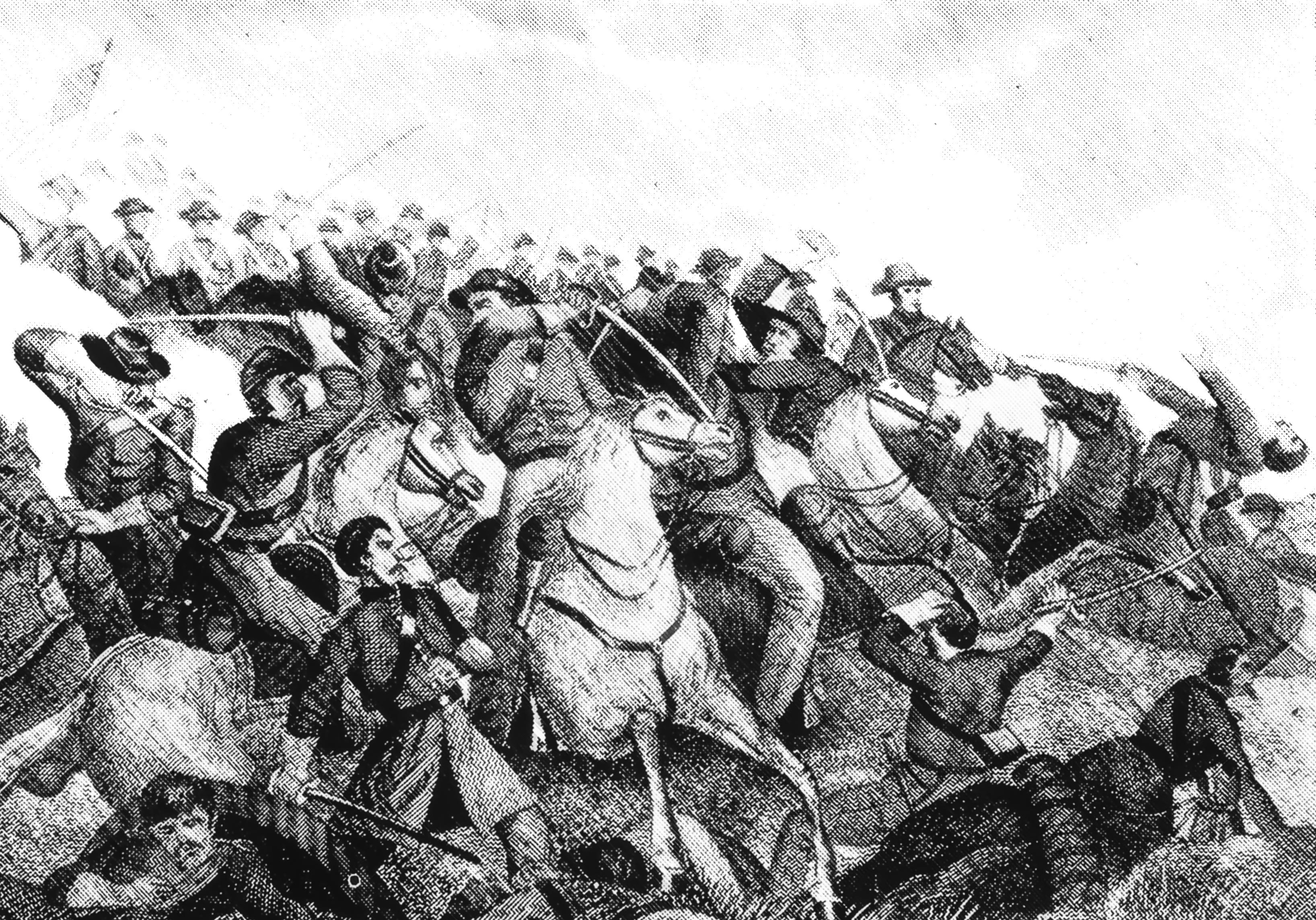
 Federal Cavalry Charge at Cassville, Afternoon of May 19, 1864: Cavalry of McCook’s division in their charge at Cassville on the afternoon of May 19, 1864. While the artist is unknown, the sketch appeared in Dr. Homer Mead, The Eight Iowa Cavalry in the Civil War, Autobiography and Personal Recollections of Homer Mead, M.D., Augusta, Ill., Carthage, IL: S.C. Davidson, 1925. Dr. Mead participated in the attack with the Iowa regiment and lost his horse in the charge.
Federal Cavalry Charge at Cassville, Afternoon of May 19, 1864: Cavalry of McCook’s division in their charge at Cassville on the afternoon of May 19, 1864. While the artist is unknown, the sketch appeared in Dr. Homer Mead, The Eight Iowa Cavalry in the Civil War, Autobiography and Personal Recollections of Homer Mead, M.D., Augusta, Ill., Carthage, IL: S.C. Davidson, 1925. Dr. Mead participated in the attack with the Iowa regiment and lost his horse in the charge.

Foster Map: Commissioned November 1, 1863, by General Braxton Bragg, this map, as part of a series of three maps, was designed to provide the Confederate Army with a detailed description of the terrain and roads within ten miles on either side of the Western & Atlantic Railroad from Missionary Ridge to Atlanta, to include Rome and the Rome Railroad. Captain (promoted to Major on March 17, 1864) Wilbur T. Foster, Engineers Office, led the team of surveyors, engineers, and draftsmen who completed their work in the Spring of 1864. Although quite detailed for the area portrayed, this map failed to include the critical area northeast of Cassville, including the Five Forks intersection of the (3) Spring Place, (4) Pine Log, and nearby (5) Canton Roads (today found northeast of the TA Truckstop at I-75, Exit 296). Five Forks is located approximately nine miles east of the Western & Atlantic Railroad, at its closest point near Hall Station. Major Generals Will T. Martin and Joseph Wheeler and their teams of engineers relied on this map in preparing their maps during the Spring of 1864, and none of the Confederate maps included the connection of the Spring Place Road with Five Forks. General Joseph E. Johnston was still missing the Spring Place Road in the map that he included in his Narrative of Military Operations in 1874, at page 320b. Note the empty space in the northeast corner of this map and the one in Johnston’s Narrative. (See National Archives, Record Group 109, Georgia Maps, Map of Roads between Marietta and Dalton, Ga., ID number: 70652905, Captured Confederate maps, Macon, Ga., November 10, 1864, https://catalog.archives.gov/ id/70652905?objectPage=4, accessed May 17, 2023.)
whereas the “A” sample consists of only 10 lines, and the corresponding entry for May 19 in the “B” sample is only five lines of typed manuscript. The “O” sample also contains several assertions negative to Hood which are not found in either the “A” or “B” samples. Critically, the published Official , “O” version, changed the first report of sounds of battle at 10:20 a.m. from “heard first skirmishing on the Adairsville & Cassville Road,” as it appeared in to “a few discharges of artillery on Adairsville and Cassville Road, and in ten minutes report of artillery in easterly direction.”14 These changes substantially altered the meaning and understanding of the circumstances at Cassville during the morning of May 19. First, the Official version dropped the allimportant word “heard” from the original versions. In other words, T.B. Mackall, from his position at Johnston’s headquarters located east of Cassville, recorded that he first heard skirmish fire from the Adairsville & Cassville Road at 10:20 a.m. This agreed with other reports of contact along that route at that time between Brigadier General William Ward’s Federal brigade of Hooker’s XX Corps, and troopers of Brigadier General Alfred Iverson’s Georgia brigade and Brigadier General William Y.C. Humes’ division of Confederate cavalry.15
Second, T.B. Mackall reported that he “heard” the sound of artillery ten minutes later from the Spring Place Road. This is supported by the account of Brigadier General Edward M. McCook, who commanded a division of Federal cavalry that approached Cassville from the Spring Place Road that morning, and the account of Lieutenant William B. Rippetoe, who led a two-gun section of the 18th Indiana Battery of 3-inch ordnance rifles which accompanied McCook along the Spring Place Road. It also agreed with Hood’s account of events east of Cassville, as well as the accounts of multiple officers under Hood.16 Rippetoe reported that he opened fire from his position on the Spring Place road on the Confederate infantry, Major General Thomas C. Hindman’s division, who were marching across a large field. Rippetoe’s claim accounts for the sounds of artillery heard by T.B. Mackall at 10:30 a.m., and is supported by multiple reports from Hood’s corps.17
McMurry cautioned historians against relying upon the “O” sample of the “Journal” due to its inherent corruption. However, in applying the evidentiary standard, its inclusion, or admission, by Johnston permits its use when a statement contained therein provides an inference which would tend to impeach Johnston’s position, or to repudiate his contradictory statements. It is called in courts, an admission by a party opponent. While I did not begin this study in a manner adverse to Johnston’s position, in the process of following the evidence and

59 Civil War News Magazine | May-June 2024
3 4 5
in cross-examining each piece of primary source material, I concluded that the use of all the T.B. Mackall’s “Journal” samples, provided multiple opportunities for the impeachment of Johnston’s claims at Cassville.18
Equally important were the changes in the published, “O” sample, “Journal” version relative to the events to the east, or on the Spring Place and Canton Roads. In the “A” and “B” samples, Mackall reported that he heard artillery about 10:30 a.m. on the Spring Place road. In the Official Records account, not only was no artillery heard (only a report of artillery), but the reference to Spring Place road was dropped, leaving merely a “report of artillery in easterly direction.” In changing “Spring Place Road” to “easterly,” the writer of this entry in the “N” sample, understood that the artillery heard at 10:30 a.m. was east of Cassville. Since Johnston submitted the “N” sample to the Board of Publication of the Official Records, which then formed the basis for the “O” sample, Johnston affirmed that the artillery heard at 10:30 a.m. by T.B. Mackall was east of Cassville.19
houses still surviving today, the route has remained largely unchanged since the Dewey Crossroads settlement in 1850.
Both the “A” and the “B” samples of T.B. Mackall’s Journal agree with all the other contemporaneous sources as well as with the geography of the area. Johnston’s inclusion of the “O” sample, with its alteration of the Spring Place Road, was additional affirmation that: 1. The artillery heard by T.B. Mackall at 10:30 a.m. east of Cassville came from a direction that was unexpected which threatened the Confederate rear, and 2. Johnston’s understanding of the location of Spring Place Road was different than T.B. Mackall’s (and Hood’s, and McCook’s, and all of the other contemporaneous accounts).20
“Garrard and Murray to make a dash at the railroad between Rome and Kingston (if not already done) tonight . . . If not done to-night there will be no use in doing it at all.”
Vital to the analysis of the failed Cassville Offensive by the Confederates is the determination of the correct location of the Spring Place Road. A previous study by William Scaife notably claimed that it was at today’s Cedar Creek Road, but this location does not match any of the other contemporaneous accounts except for the altered T.B. Mackall, “O” sample, supplied by Johnston. It does not conform with Hood’s detailed description of the Spring Place Road as being to his right flank along with the Canton Road to his rear. It is not consistent with McCook’s description, nor of those of his or Hood’s subordinates. And it does not fit the current location of the route of the Spring Place Road, which can still be found today in Bartow County, Ga. With several antebellum
In addition, I discovered that the Confederate cavalry maps show only four roads leading into Cassville on an arc between Adairsville and Canton, as may be envisioned between 11 o’clock to 3 o’clock on the face of the clock and omit the Spring Place Road. In contrast to the Southern maps, the map used by the Federals had a much clearer picture of the Gravelly Plateau. This map, prepared by Captain W.E. Merrill, chief topographical engineer for the Army of the Cumberland, clearly shows five roads leading to Cassville across the Gravelly Plateau, not just four as the Southern maps indicate.21 Also, in his report of his deployment of troopers from Adairsville to the Canton Road, Wheeler only covered four roads with his cavalry screen along this arc, not five.22
Commissioned on November 1, 1863, the engineering department (led by General Danville Leadbetter) was tasked by General Braxton Bragg with creating a set of maps from the Tennessee border to Atlanta, Ga., along the Western & Atlantic Railroad, and for ten miles on either side. Captain Wilbur F. Foster led the task
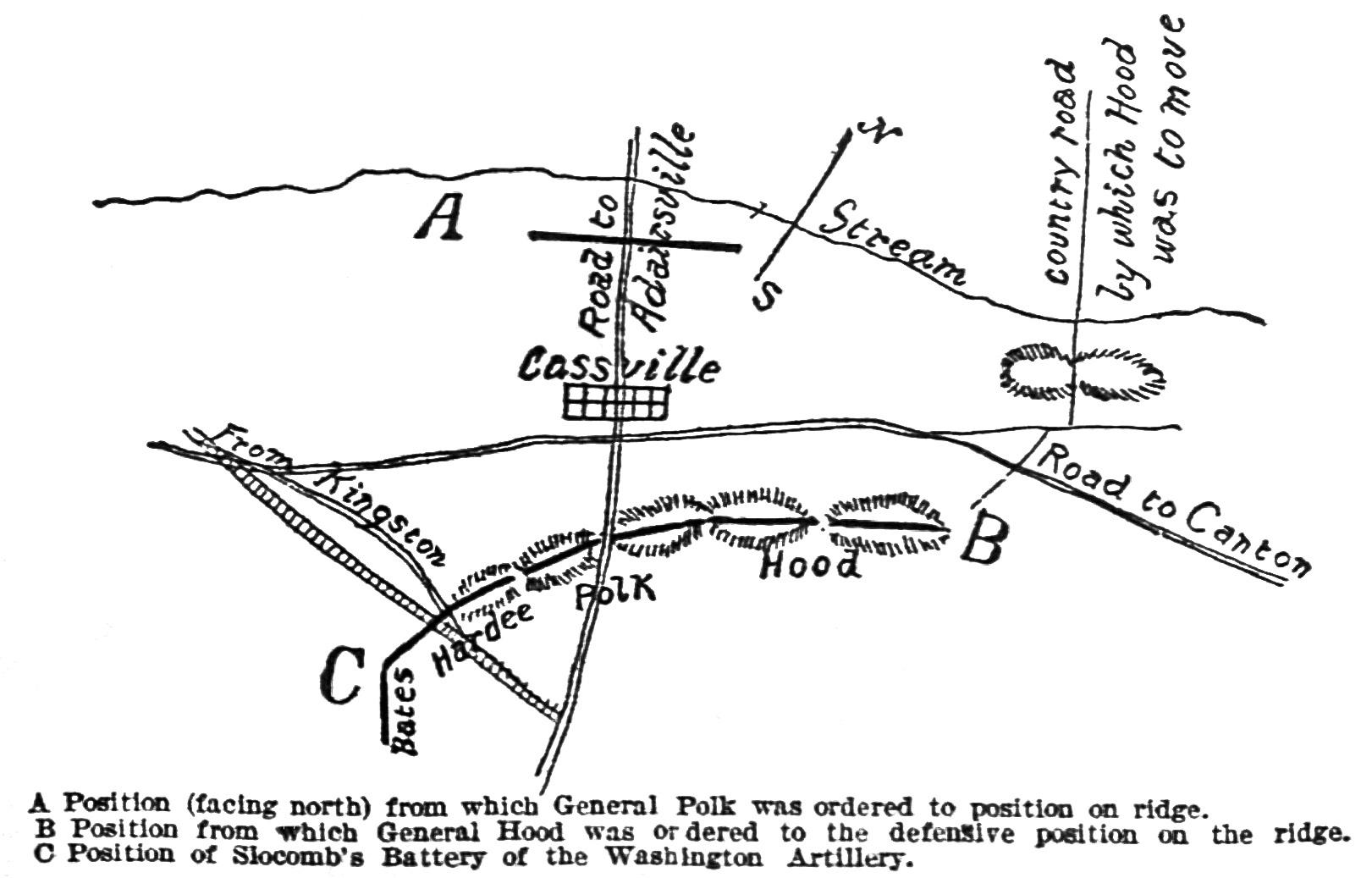

Johnston Map: Joseph E. Johnston drew this map and sent it along with a letter to Charles G. Johnsen, on June 19, 1874, from Savannah, GA. The letter was published in the Southern Historical Society Papers, R.A. Brock, Editor, Southern Historical Society, Richmond, VA: 1893, Vol. 21, 319. The letter and map were published in the Times Picayune, Sunday, October 22, 1893, New Orleans, LA. Johnston’s sketch fails to include either the Copper Mine/Ironton Road or the Spring Place Road, but it does include a “country road” at the location of today’s Brown Loop Road.
60 Civil War News Magazine | May-June 2024
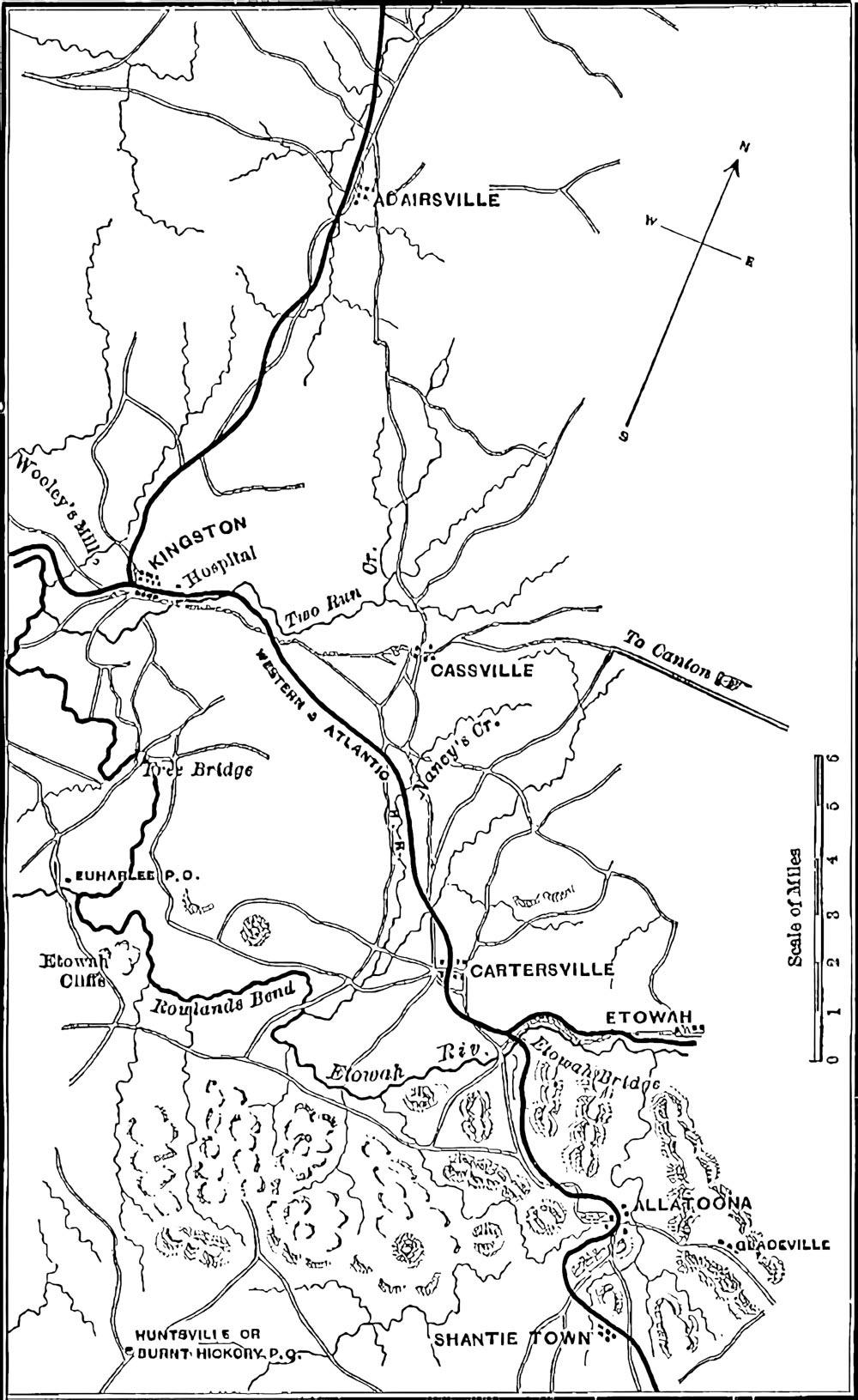
Johnston Narrative Map: This map, appearing in his postwar memoir, illuminates General Joseph E. Johnston’s lack of awareness of the incompleteness and inaccuracy of the Confederate maps used at Cassville. Even a decade following the war, Johnston was still using a version of the incomplete Foster map in defending his position. His failure to understand the correct location of the (new) Spring Place Road is understandable. His alteration of the Copper Mine/Ironton Road, to the (old) “Spring Place Road” in T.B. Mackall’s “O” sample “Journal,” is inexcusable. Johnston’s mistaken understanding of the Spring Place Road, coupled with his insistence on creating his version of the facts to preserve his reputation, and his deceitful use of the T.B. Mackall “Journal,” have served to cloud and confuse the events at Cassville for a Century and a half, and have shamefully disparaged the reputation of the performance of General John Bell Hood and the soldiers of his corps at Cassville. (See Joseph E. Johnston, Narrative of Military Operations, New York, NY: D. Appleton and Company, 1874, 320b.) Right: Major General William Tecumseh Sherman. (National Museum of American History)
force which completed their assignment just before the campaign began. It included five maps. The Foster Map failed to show the Spring Place Road and Five Forks because this area was more than ten miles east of the railroad and was thus “off the map.”
Two subsequent Confederate maps, one for Major General Will T. Martin, and one for Major General Joseph Wheeler, were created using the Foster Map as a starting point. These two maps also fail to connect the Spring Place Road with the Pine Log Road at Five Forks.23 Even the map used by Johnston in his Narrative a decade after the war, failed to include the area northeast of Cassville, and failed to include the Spring Place Road or Five Forks.24
Upon discovering that Johnston’s main body had apparently retreated toward Kingston, Sherman was unsure of the Southern commander’s intentions. Sherman was faced with three possibilities: (1) Johnston was headed toward Cassville and the Hightower Bridge over the Etowah River; (2) Johnston was heading toward Rome and Alabama; or (3) Johnston, after sending his wagons and equipment south of the Etowah River via the Hightower Bridge, would make a brief stand at Kingston to allow time to cross his infantry over the river directly to the south of Kingston. Historian Dave Powell has astutely concluded that whichever direction Johnston chose, Sherman correctly followed the military maxim to drive toward the center at Kingston and then move to strike the enemy in detail as the situation developed before him. Like spokes of a wagon wheel, Sherman directed his infantry columns to converge on Kingston.
to his cavalry divisions to boldly strike the Confederate flanks and rear. At 6:15 p.m. on May 17, from his headquarters just north of Adairsville, Sherman sent an
him to have “Garrard and Murray to make a dash at the railroad between Rome and Kingston (if not already done) tonight . . . If not done to-night there will be no use in doing it at all.” a similar order the same evening to Stoneman. both Stoneman and McCook, who were
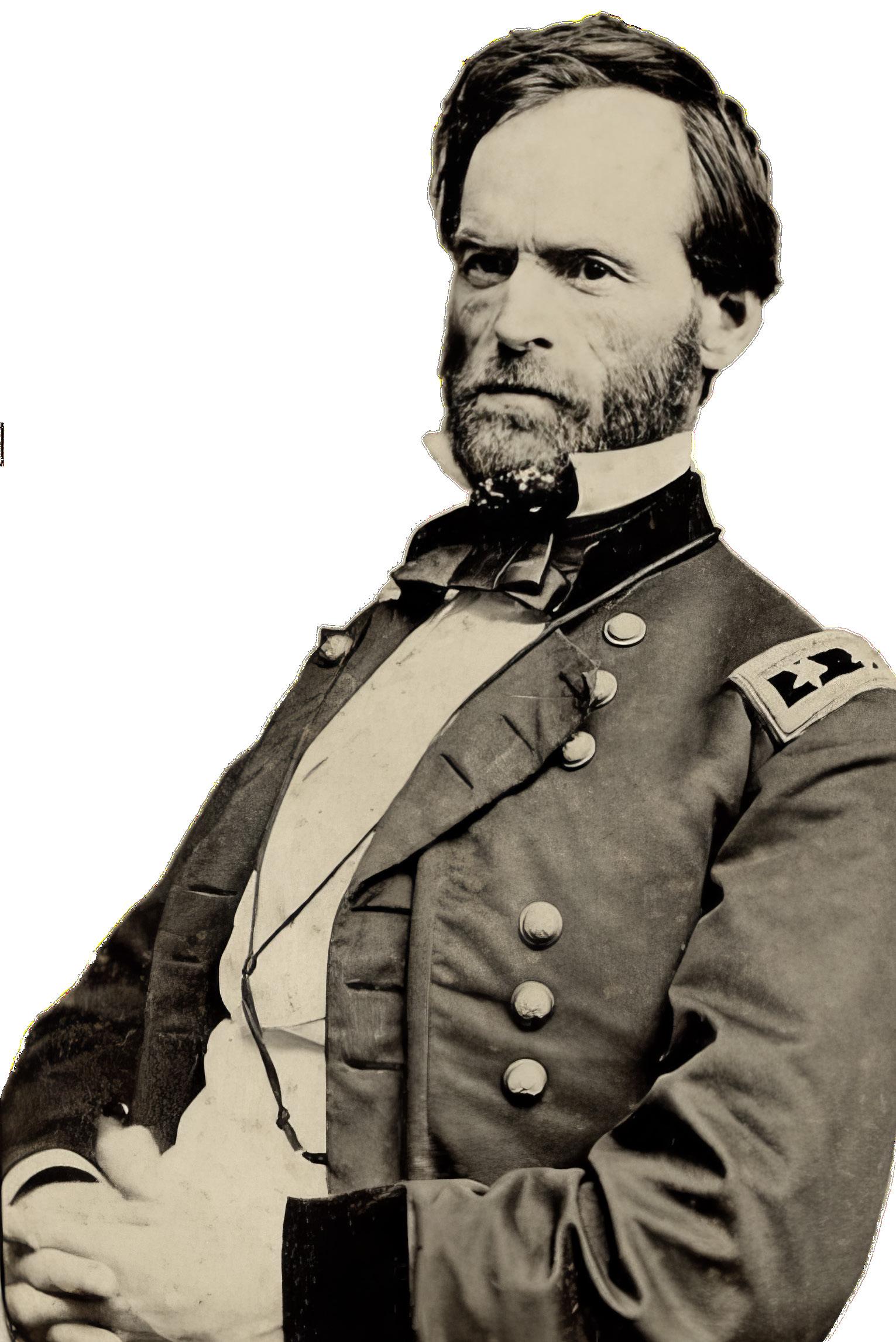

Right: Looking to withdraw safely from Adairsville in the face of approaching Federal forces believed to be marching toward multiple directions including Rome, Adairsville, and Hightower Bridge, Johnston’s army utilized three roads to make their escape.
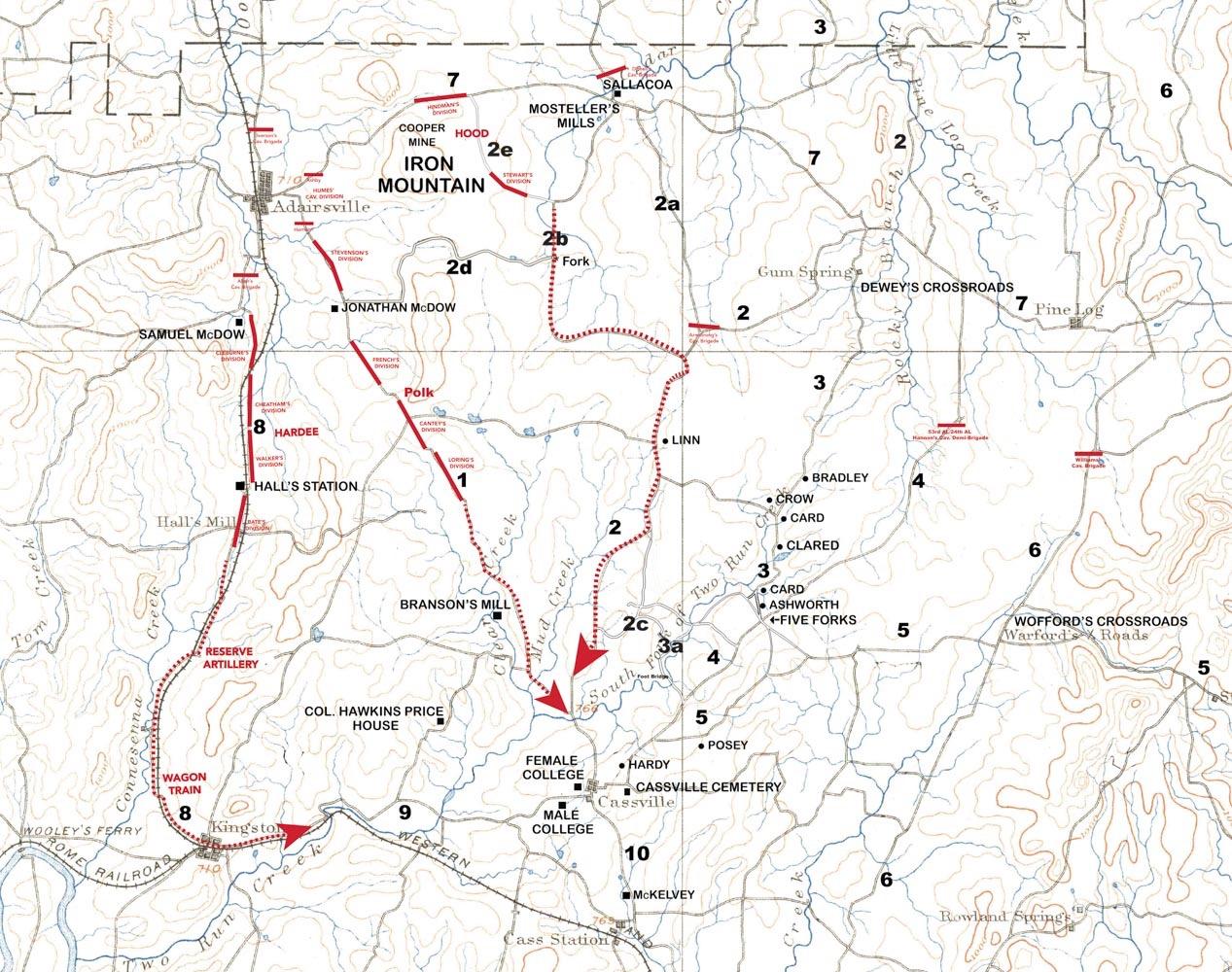
(1) Hardee’s corps, the Reserve artillery, and the Wagon train took the Kingston Road, (2) Polk’s corps and Stevenson’s division followed the Cassville Road, while the rest of (3) Hood’s corps, Stewart’s and Hindman’s divisions, positioned east of Iron Mountain, took the Copper Mine/Ironton Road to Cassville. The roads identified in this map are: 1-Adairsville-Cassville Road (today U.S. 41, Ga. 3, Joe Frank Harris Hwy.); 2-Copper Mine Road, Ironton Road, “old” Spring Place Road (1820s-1840s) (today, south to north, Kimsey Circle, Janice Lane, Cedar Creek Road); 2a-Mosteller’s Mill Road; 2b-Section of Ironton (Iron Mountain) Road (no longer in existence); 2c-By-Road (Wheeler) (no longer in existence); 2d-Unnamed cut off road from “the forks in the road” (Hooker’s term) (today Manning Mill Road); 2e-Section of Ironton (Iron Mountain) Road (no longer in existence); 3-Spring Place Road (since about 1851); 3a-“Country Road” (Johnston’s term) connected with the “new” Spring Place Road (Road 3)(today Brown Loop Road); 4-Pine Log Road, also Fairmount Road (today Cass-White Road); 5-Canton Road (today Old Cass-White Road); 6-Tennessee Road, also Jackson Military Road (1825), also Old Federal Road (today U.S. 411 and Ga. 61 Hwy.); 7-Adairsville-Pine LogCanton Road (today Ga. 140); 8-Adairsville-Kingston Road (today, Hall Station Road); 9-Kingston-Cassville Road (today Kingston Hwy, Ga. 293, Fire Tower Road); 10-Cartersville Road (today, Mac Johnson Road). (Courtesy Mercer University Press, T.D. Helton, and Robert Jenkins.)
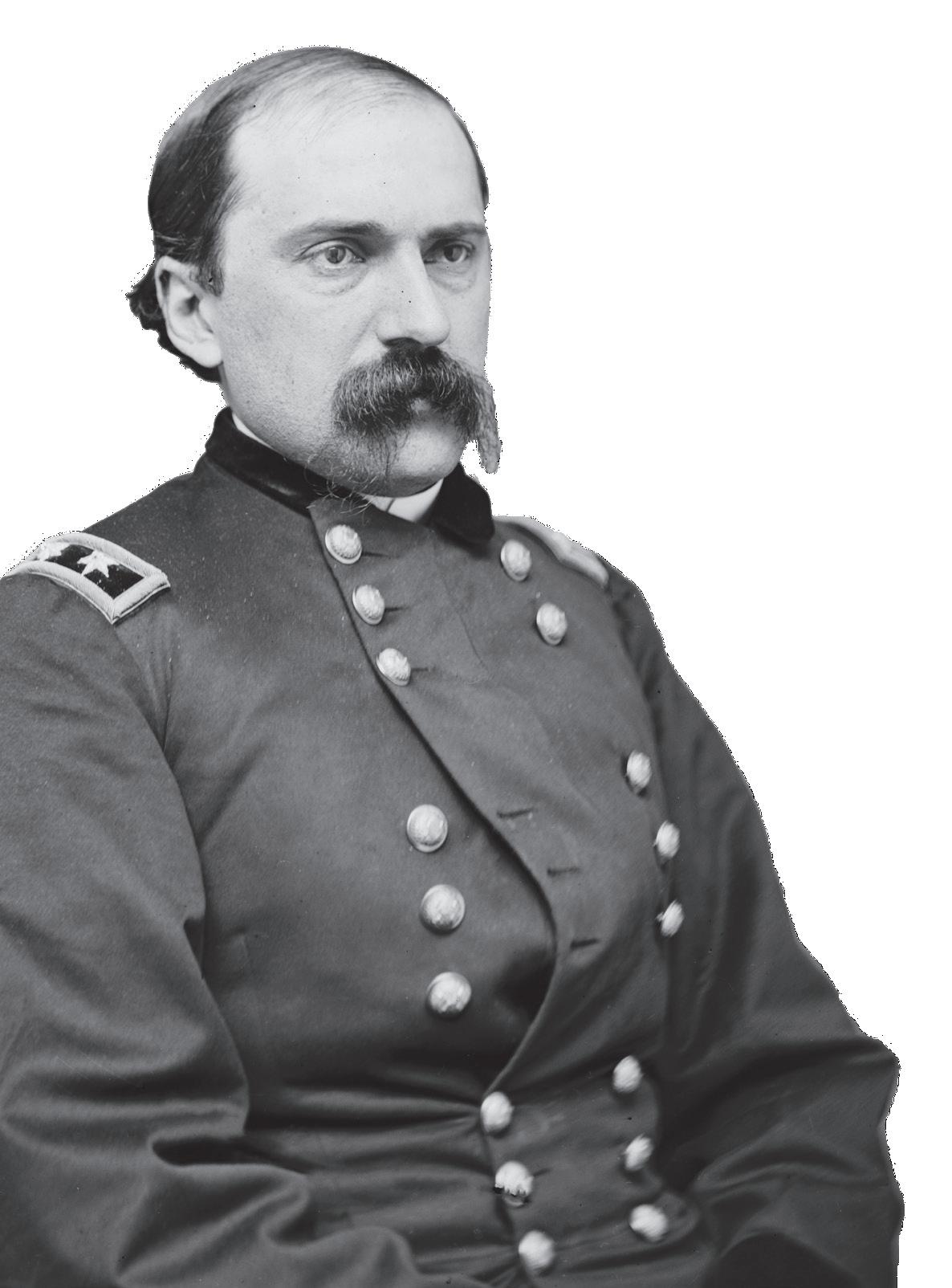
to attack the Confederate right between Cassville and the Hightower Bridge over the Etowah River, Sherman added, “It is also important that you should measure your fighting qualities with the enemy’s cavalry about Cassville. I am sure you can beat them, but it should be done suddenly so as to produce a salutary effect and be of moral force to you in after operations.” Sherman’s admonition for aggression by the Federal troopers would soon yield much
In previous research for my book on the Battle of Peach Tree Creek, 29

I found multiple sources to corroborate the fact that Johnston had a well-conceived battle plan at Peach Tree Creek. Based on this experience, when I began this project, I expected to find substantial evidence for a battle plan by Johnston at Cassville. However, I did not. Worse, I found that he was at the controls of evidence tampering and of attempting, through his writings after the war, to influence the narrative to reflect more positively on his own role at Cassville. While post-event writings are understandably often written in a self-serving manner, Johnston went much further. His contribution to the altered T.B. Mackall “O” sample “Journal” was intentional, misleading, and dishonest. Richard McMurry, through his careful research, reached this conclusion decades ago, in 1974. Johnston’s distortions to the T.B. Mackall “O” sample “Journal” have served to cloud the issue, to confuse students of the Cassville Affairs, and unfairly to discredit Hood and disparage the men of Hood’s corps who faced Federal horsemen east of Cassville.
Other historians have reached the conclusion that Hood was more likely truthful than Johnston, at least as far as the Morning Cassville Affair is concerned. In 1960, in an unpublished paper, Wilbur G. Kurtz criticized Johnston’s review of General Sherman’s Memoirs. In it, Kurtz, who had reviewed the Official Records, correctly found that the Federal units on Hood’s flank came from McCook’s and Stoneman’s cavalry divisions, and he concluded, according to historian Albert Castel, that “Johnston had lied about what happened on May 19 in order to preserve his reputation.”30
Kurtz found at Cassville, “there was a pitched battle which,
General Edward M. McCook. (Library of Congress)


according to Rippetoe, lasted six hours,” adding, “Didn’t Johnston wonder what all the shooting was about? Didn’t the noise of musketry and cannon rise ‘to the dignity of a battle,’ (one of Sherman’s phrases, facetiously quoted by Johnston)? Far from that, in Johnston’s book,” quipped Kurtz, “it didn’t rise to the dignity of a simple fact.” Kurtz summarized: “It is doubtful if any battle of its size, in world history, has been so effectually erased from its pages [by Johnston] by the simple process of declaring the commanding officer [referring to Hood] a deluded prevaricator, and an embattled enemy mere phantoms. Hood may have had a woeful countenance, but he never tilted with windmills.”31
Wheeler and his cavalrymen failed to cover the Spring Place Road. This failure proved to be Hood’s undoing on the morning of May 19 when McCook’s cavalry advanced on Hood’s flank and rear undetected. Coincidentally, Sherman ordered Schofield and the XXIII Corps who had spent the night at Mosteller’s Mill, to move at daylight on Hooker’s rear at the Jonathan McDow house on the Adairsville-Cassville Road. Thus, Schofield marched to the west, and not to the south toward Cassville, as he had originally requested of Sherman the evening before. If Schofield had gone in the direction that he originally wanted, then he would have headed into Hood’s trap.
Sherman was wrong about Johnston’s direction of retreat, but he was right that aggression was the best policy, and this ultimately helped his forces win the day. Sherman ordered his cavalry units to show aggression. He wanted his men to erase some of the embarrassment of their earlier performances around Dalton and Varnell thereby increasing their confidence for future action. While
Left: At 10:20 a.m., (1) Ward’s brigade and Iverson’s troopers exchanged fire, while (2) Hood and the van of his column was nearing the Ironton Road. At the same time, (3) McCook’s cavalry appeared to the east on the Spring Place Road at Five Forks. There, McCook deployed Rippetoe’s two 3-inch rifles of the 18th Indiana Battery, and ordered the 1st Wisconsin Cavalry to dismount and provide support. (4) The 9th Mississippi Battalion and the 41st Mississippi of Sharp’s brigade were sent to develop the enemy. At 10:30 a.m., (5) Rippetoe opened on the Mississippians, firing six rounds from each gun, which killed four men and wounded several others. Meanwhile, (6) the 2nd Indiana Cavalry continued down the Canton Road until running into the 63rd Virginia of A. Reynolds’ brigade and firing a few shots which killed three and wounded two before withdrawing at a gallop. (Courtesy Mercer University Press, T.D. Helton and Robert Jenkins.)
two of his cavalry divisions struck an infantry line on two separate occasions—normally a recipe for disaster to cavalry—a combination of good fortune and quick, bold action helped them rule the day.
Hood pointed out in both his report, dated February 15, 1865, and in his Advance and Retreat, that the better opportunity for a Confederate attack was on May 18, because the three Southern corps could attack Sherman from three separate points (and roads) south of Adairsville. Hood stated that Polk and Hardee both agreed with him while Johnston remained non-committal. Hood again raised the topic in his reply to Johnston’s Narrative of Military Operations when he complained: “in no part of his [Johnston’s] Narrative, can be found the slightest allusion to this matter.”32
One of my discoveries in this project was that Hood’s planned flank attack was toward the Ironton Road/Copper Mine Road (or today’s Cedar Creek Road), and NOT the Adairsville-Cassville Road that we have all believed for 150 years because of Johnston’s Narrative. If the battle plan had been as Johnston has stated, then Ward’s and Wood’s brigades would have been struck and likely destroyed, and we would have had multiple accounts from officers and soldiers in Polk’s Corps about their supposed offensive movement instead of merely sliding to the west, in a defensive posture. There are no such accounts. Moreover, Johnston would have sent William Mackall first to Polk to “hurry up,” and then to Hood, instead of just to Hood.
After cheering to an order earlier in the day that had proclaimed that they were going to stand and fight, the Southern army was withdrawn during the evening to the surprise of the men. As the Confederate soldiers made their way south and across Hightower Bridge, confidence in Joe Johnston began to fade. After the strange set of events that had occurred in the morning followed by the evening disagreement at the William McKelvey house and cabin–Polk’s headquarters where he and Hood had quarreled with the Southern commander—Johnston’s confidence in John Bell Hood had begun to erode.
Enmity had not yet taken root within the Confederate high command, but its seeds had been planted. With the passing of another two months and two more rivers, Johnston would be removed in favor of Hood. The former chieftain would always
63 Civil War News Magazine | May-June 2024
lament his failure to bring battle at Cassville. In time, his disillusionment with Hood, and the events of May 19, would fester and grow into a passionate mission to leave his own version of the day’s history. His views have dominated the literature ever since, and they have clouded our understanding of the subject for over a century and a half.
Tellingly, numerous historians, including Wilbur Kurtz, Albert Castel, Steve Davis, Richard McMurry, Stephen (Sam) Hood, Keith Hebert, and others have all concluded that Hood was most likely telling the truth about his version of the battle plan, and that Johnston was not, despite not having the correct and full road structure or the ability to do the comparative analysis that this project has been able to accomplish. For one reason or another, each of these historians essentially had to make an “educated guess,” based upon the limited data available to each of them, but they all sniffed out Johnston’s fibbing. Larry Daniel has also recently uncovered and exposed another factual misstatement in Johnston’s Narrative in his recent article on the defense at Adairsville which is anticipated to be published in an essay on the Atlanta Campaign.
trickled over the past 50 years as people have stubbornly clung to Johnston’s Narrative rather than search beyond it for answers.
Hood never wavered from his statements about his recommendation for an attack of Sherman’s columns between Adairsville and Cassville, while Johnston’s version has vacillated over his multiple opportunities to leave a record for the historian. Three times in the two places that Hood left a record, his statements were clear, concise, and consistent. There is an old adage that the truth never changes.
“Ironically, Johnston’s version of the story, recited to set Sherman, and everybody else, straight about Hood’s mendacity, fell somewhat short of the mark.”
There is another principle in the law which provides that if the testimony of a party or witness is impeached by contradictory evidence, meaning that the witness or party’s statement has been proven to be false, then all of that witness’s testimony may be ignored or given no weight. Thus, in a courtroom setting, if Johnston was found to have been untruthful about any one of his claims at Snake Creek Gap, or Calhoun, or Adairsville’s defense, or about the size and strength of his army, or about the number of casualties sustained by his men during his tenure, then it can be assumed that he was also untruthful concerning his statements on the events about Cassville, as well.
One of my “a-ha” moments in researching this project, was reaching the conclusion that Johnston’s story about coming up with his game plan on the evening of May 17 at Adairsville was a complete fabrication.33 What the Confederate leaders were “poring” over the map about at that time was trying to figure out how to move a 74,000man army out of harm’s way from the single road north of Adairsville via multiple routes south of the town before Johnston might be cut off either via Rome from the west, or Hightower Bridge to the east. They were NOT planning a master counter stroke of divide and conquer against Sherman on the evening of May 17, but simply were seeking a safe evacuation by splitting their forces and reuniting at Cassville. I suspect that Johnston invented this “May 17” story in his 1874 Narrative in an effort to get ahead of Hood’s anticipated post-war book, and to get ahead of Hood’s claim that he had recommended an attack on May 18, the day before the Cassville events.
If there exists any contemporaneous account that would support Johnston’s statement that he devised his master plan to divide and conquer Sherman on the evening of May 17, I have not found it. All I have found is that the first time this claim ever saw print was in 1874 in Johnston’s Narrative, and his story has been repeated numerous times over the years, first by veteran soldiers, and then by postwar writers and historians, even up and through today.
In 1974, Professor Richard McMurry exposed Johnston’s alterations to the T.B. Mackall “Journal.” McMurry cautioned historians about the altered “O” sample “Journal” following his discovery. This discovery should have set off a flood of new research, interpretation, and historiography on the Atlanta Campaign given this new and blockbuster prism by which Johnston’s Narrative and the operations (and reports) of the campaign could be examined. Unfortunately, instead of a surge of new research, the new discoveries of the campaign have merely
Historian Wilbur Kurtz did not believe that Johnston was truthful on a number of points in his Narrative, including his excuses for Snake Creek Gap, his defense of Calhoun, or Adairsville, or his


64 Civil War News Magazine | May-June 2024
Lieutenant General Leonidas Polk. (Library of Congress)
measure to rationalize his failure to fight at Cassville after his flaming proclamation. It could pass for history only as long as the complete story awaited access to certain records.”35
With the correction of the errors in Cassville’s historiography, her story can now be examined with more accuracy than before.
The events there exposed the failure of the Confederate forces to gather accurate intelligence on their enemy. It revealed the incompleteness, inadequacy, and inaccuracy of the Southern maps. The events at Adairsville and Cassville also demonstrated a level of incompetency within the Southern high command. At Adairsville, Johnston did not anticipate the
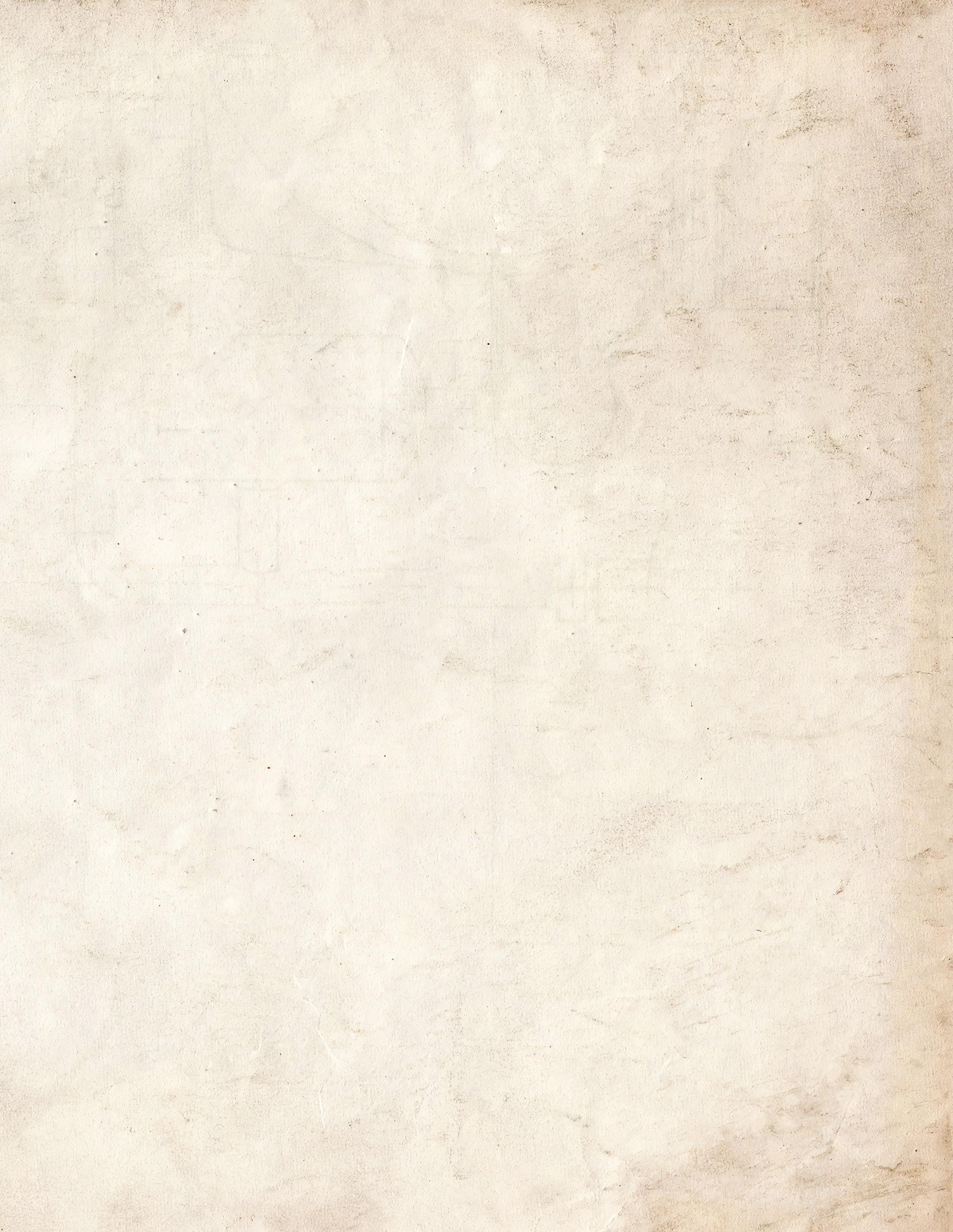
speed at which Sherman’s legions spilled into the plains below the Oostanaula River. And, most importantly, this work has advanced Professor McMurry’s previous finding that Johnston was deceitful in both his own writings, and in his intentional misuse of a distorted diary of one of his lieutenants. Because of our previous reliance on Johnston, the Cassville mysteries remained clouded and unsolved. By dissecting and exposing his false claims, and correcting the errors in the Confederate maps, the true story of Cassville can now be revealed. Perhaps now, the Cassville puzzle has finally been solved.
roBert d. (“BoB”) Jenkins sr is a triaL attorney praCtiCing in daLton, ga., where he has Maintained a generaL and CiviL triaL praCtiCe sinCe 1990. a native of hattiesBUrg, Miss., BoB grew Up in ChaMBLee, ga. BoB was gradUated froM georgia soUthern University in 1987 with a B.B.a degree in BUsiness ManageMent with Minors in history and geography. BoB reCeived his JUris doCtor degree froM MerCer University in 1990 and regULarLy praCtiCes in the CoUrts throUghoUt northwest georgia in 2013, BoB Jenkins CoMpLeted a Book titLed The baTTle of peach Tree creek: hood’s firsT sorTie, (MerCer University press, MaCon, ga: 2013). in 2014, BoB CoMpLeted a seCond Book, titLed To The gaTes of aTlanTa: froM kennesaW MounTain To peach Tree creek, 1-19 july 1864, (MerCer University press, MaCon, ga: 2015). in 2016, BoB wrote an extensive artiCLe on the “BattLes for daLton,” whiCh was pUBLished in the blue and gray Magazine, JanUary 2016 (voL xxxii, issUe 1) issUe. BoB is president of save the daLton BattLefieLds, LLC, and is viCe Chair of whitfieLd CoUnty’s historiC preservation CoMMission throUgh their efforts, the CoUnty has aCQUired and opened MiLL Creek gap park, potato hiLL park, and roCky faCe ridge park. BoB has Most reCentLy CoMpLeted his Book on the CassviLLe Controversies, The cassville affairs: johnsTon, hood and The failed confederaTe sTraTegy in The aTlanTa caMpaign, 19 May 1864 (MerCer University press, MaCon, ga: 2024), whiCh was reLeased in feBrUary 2024. BoB is Married to shari ann Jenkins, and the two have foUr grown ChiLdren. BoB and shari Love to traveL, CaMp with their 5th wheeL rv, and hike.
1 Report of General Joseph E. Johnston, OR, Serial 74, 612-21; Johnston, Joseph E., Narrative of Military Operations, Directed During the Late War Between the States by Joseph E. Johnston, General, C.S.A., New York: D. Appleton and Company, 1874.
2 Report of General John B. Hood, OR, Serial 74, 635; J.B. Hood, Advance and Retreat, Personal Experiences in the United States & Confederate States Armies, P.G.T. Beauregard: Hood Memorial Fund, New Orleans, LA: 1880, reprinted with an introduction by Richard M. McMurry, Da Capo Press, Inc., New York, NY: 1993, 99.
3 Hood, OR, Serial 74, 635. Interrogation of a captured Federal soldier the previous evening led to the Confederate false assumption that Howard’s IV Corps would approach Cassville via the Ironton Road. OR Serial 74, 982-3. However, Schofield’s XXIII Corps would be coming from that route. OR Serial 75, 241-3
4 J.B. Hood, Advance and Retreat, 99.
5 “Gen. Hood’s Report of the Operations of the Army of the Tennessee.” - The New York Times, https://www.nytimes.com/1865/03/29/archives/news-fromthe-south-gen-hoods-report-of-the-operations-of-the-army.html (7-23-2022).
6 Hood, Advance and Retreat, 317-37, at 334.
7 Hood, Advance and Retreat, 104.
8 OR Serial 74, 978-91.
9 OR Serial 74, 978. Emphasis supplied by author.
10 Richard M. McMurry, “The Mackall Journal and its Antecedents,” Paul Rohmann, Ed., Civil War History: A Journal of the Middle Period (Kent, OH: Kent State University Press, December 1974), vol. 20, No. 4, 311-28.
11 The “A” sample, “Journal” of [Thomas B. Mackall] with the Army of Tennessee in Georgia, May 5 - July 31, 1864, Joseph E. Johnston Papers (Mss. 39.1 J63), Special Collections Research Center, Swem Library, William & Mary College, Item - Box: 3, Folder: 2, Identifier: id112225.
12 The “B” sample, “Journal” of [Thomas B. Mackall] with the Army of Tennessee in Georgia, for the period May 1 - July 9, 1864, Joseph E. Johnston Papers (Mss. 39.1 J63), Special Collections Research Center, Swem Library, William & Mary College, Item - Box: 3, Folder: 2, Identifier: id112227.
13 The “A” sample.
14 The “O” sample, OR, Serial 74, 983. In his article, “The Mackall Journal and its Antecedents.”
15 Ward, Report, OR, Serial 73, 342; Colonel F.S. Smith (102nd Illinois) Report, OR, Serial 73, 353; Colonel Daniel Dustin (105th Illinois) Report, OR, Serial 73, 361; Colonel Benjamin Harrison (70th Indiana) Report, OR, Serial 73, 372; Captain Samuel A. West (79th Ohio) OR, Serial 73, 376; Wheeler, OR, Serial 74, 946; Mackall “Journal,” the “A” sample.
16 McCook, OR, Serial 73, 752. Compare to Rippetoe’s Report in which he claimed artillery began shelling the enemy at about 10 a.m., OR, Serial 73, 801; Hood, Taylor Beattie letter, John Austin letter, Advance and Retreat, 98-103. See also Arthur M. Manigault, A Carolinian Goes to War, The Civil War Narrative of
Arthur Middleton Manigault, Brigadier General, C.S.A., edited by R. Lockwood Tower, Columbia: University of South Carolina Press, 1983, 185-6.
17 Mackall “Journal,” “O” sample, OR, Serial 74, 983. See also Hood’s Report, OR, Serial 74, 635; Manigault, A Carolinian Goes to War, 185-6; see also, Beattie and Austin in Hood, Advance and Retreat. 98-103.
18 William W. Mackall, “Memoranda of Operations at Cassville on May 19, 1864,” OR, Serial 74, 621-2.
19 OR, Serial 74, 983.
20 This conclusion may be reached by a comparison of the three samples of T.B. Mackall’s “Journal,” “A,” “B,” and “O” samples.
21 C.E. Merrill, “Map Illustrating The Second Epoch of the Atlanta Campaign,” National Archives and Records Administration.
22 Wheeler’s Report, OR, Serial 74, 946; Atlas to the OR, Plate 58, Map 1; also see Wilbur G. Kurtz’ 1949 hand-drawn map published in The Daily Tribune News, Cartersville, GA, November 8, 1949.
23 Wilbur F. Foster, “Battlefield Maps in Georgia,” Confederate Veteran, vol. 20, Nashville, TN: S.A. Cunningham, 1912, 369-70; Foster Map, Martin Map, and Wheeler Map, Jenkins, The Cassville Affairs, Exhibits 26, 27, & 28.
24 Johnston, Narrative, 320b.
25 Dave Powell, The Atlanta Campaign, Vol. 1, Chapter 30: “The Cassville Affair,” El Dorado Hills, CA: Savas Beatie Press, [expected release June 2024].
26 Sherman, dispatch to McPherson, May 17, 6:15 p.m., OR, Serial 75, 227.
27 Castel, Decision in the West, 202.
28 Sherman, dispatch to Stoneman, May 17, Evening, OR, Serial 75, 224.
29 Robert D. Jenkins, Sr., The Battle of Peach Tree Creek: Hood’s First Sortie, Macon, GA: Mercer University Press, 2013.
30 Wilbur G. Kurtz, Sr., “General Joseph E. Johnston’s Review of Sherman’s Memoirs, published in Drake’s Annals of the Army of Tennessee, Nashville, April 1878,” Special Collections, Keenan Research Center, Atlanta History Center, Wilbur G. Kurtz, Sr., Collection, MSS.130, Box 81, Folder 3; Castel, fn 102, 590.
31 Kurtz, Wilbur G., Sr., “General Joseph E. Johnston’s Review of Sherman’s Memoirs,” 17. Historian Steve Davis also found Kurtz’ remarks compelling for he included them in his book, John Bell Hood, Texas Brigadier to the Fall of Atlanta, 150.
32 Hood, OR, Serial 74, 634; Hood, Advance and Retreat, 99.
33 After the war, Johnston wrote William M. Mackall on multiple occasions in an effort to get Mackall to support him, and on one occasion he tried to get the elder Mackall to agree that Johnston planned the Cassville attack while at Adairsville, but Mackall would not do it (Johnston to Mackall, July 20, 1874 from Savannah, GA; William W. Mackall papers, special collections UNC Chapel Hill, 48, File 1299, Folder 5).
34 Kurtz, Wilbur G., Sr., “General Joseph E. Johnston’s Review of Sherman’s Memoirs,” 1-18.
35 Kurtz, 17-18. Emphasis added by author.
65 Civil War News Magazine | May-June 2024
Vision and Valor
The War ThrouGh Women’s eyes
By Juanita Leisch Jensen
Iam honored to offer this inaugural article in a Civil War News column that will focus on women and the Civil War. I begin with women’s roles in the War: three paths to participation, the scope and significance of women’s roles, and the five top roles in terms of the number of women and the importance of their contributions to military operations. Whatever they did, and however they contributed, there were—for women seeking roles in the Civil War—three paths to participation by helping out as individual contributors, production workers, or organizational volunteers:
1. Path to Participation as Individual Contributors.
Nearly every one of the millions of women in America met, knew or was related to some soldier or group of soldiers to whom she offered assistance, whether by offering words of encouragement, knitting socks, handing out or sending off much-appreciated packages of goods, or finding some other way to make herself useful and helpful.
The women taking this path to participation included women in all regions and in all socio-economic groups. Some of the richest sources of information on these activities are the diaries, letters, journals, and accounts of soldiers expressing gratitude for, and detailing the importance of, the support of family and friends.
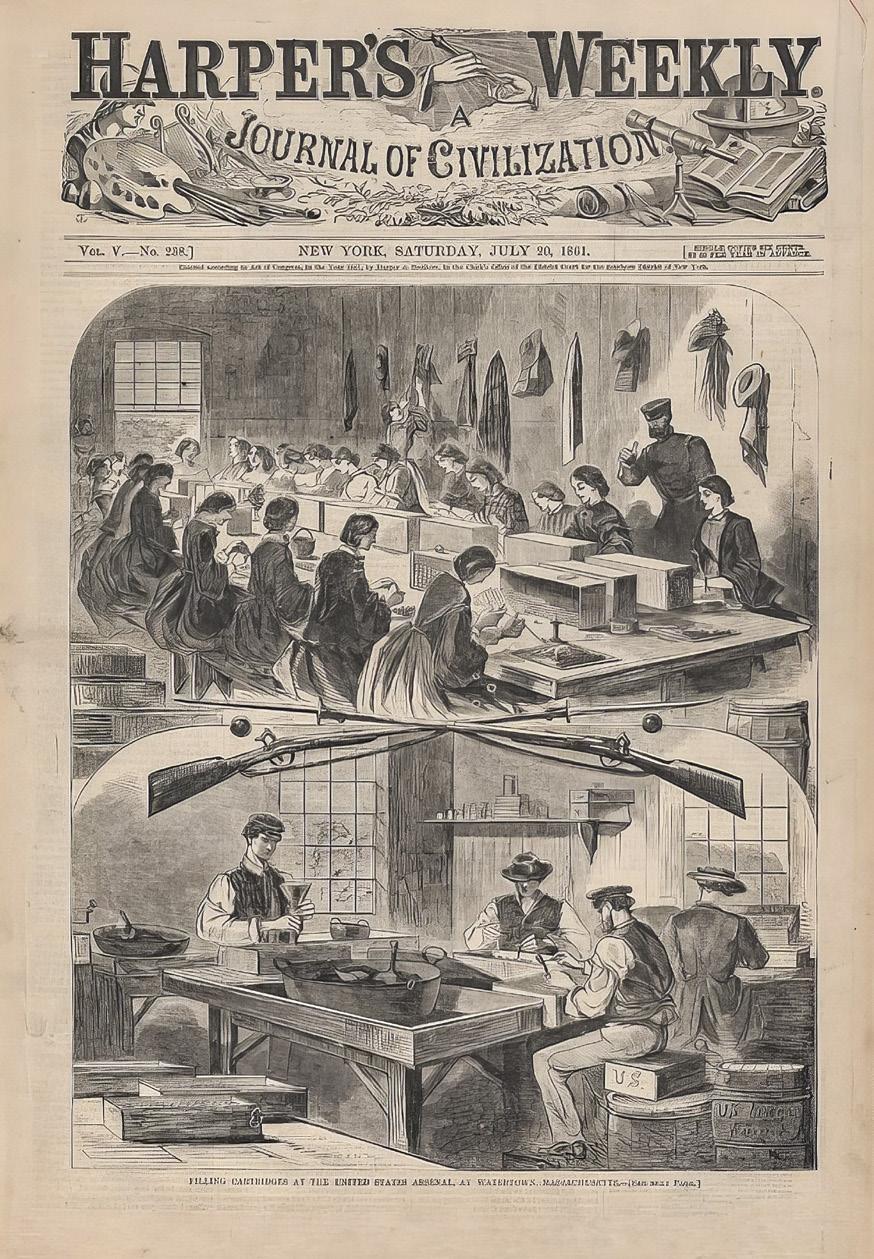
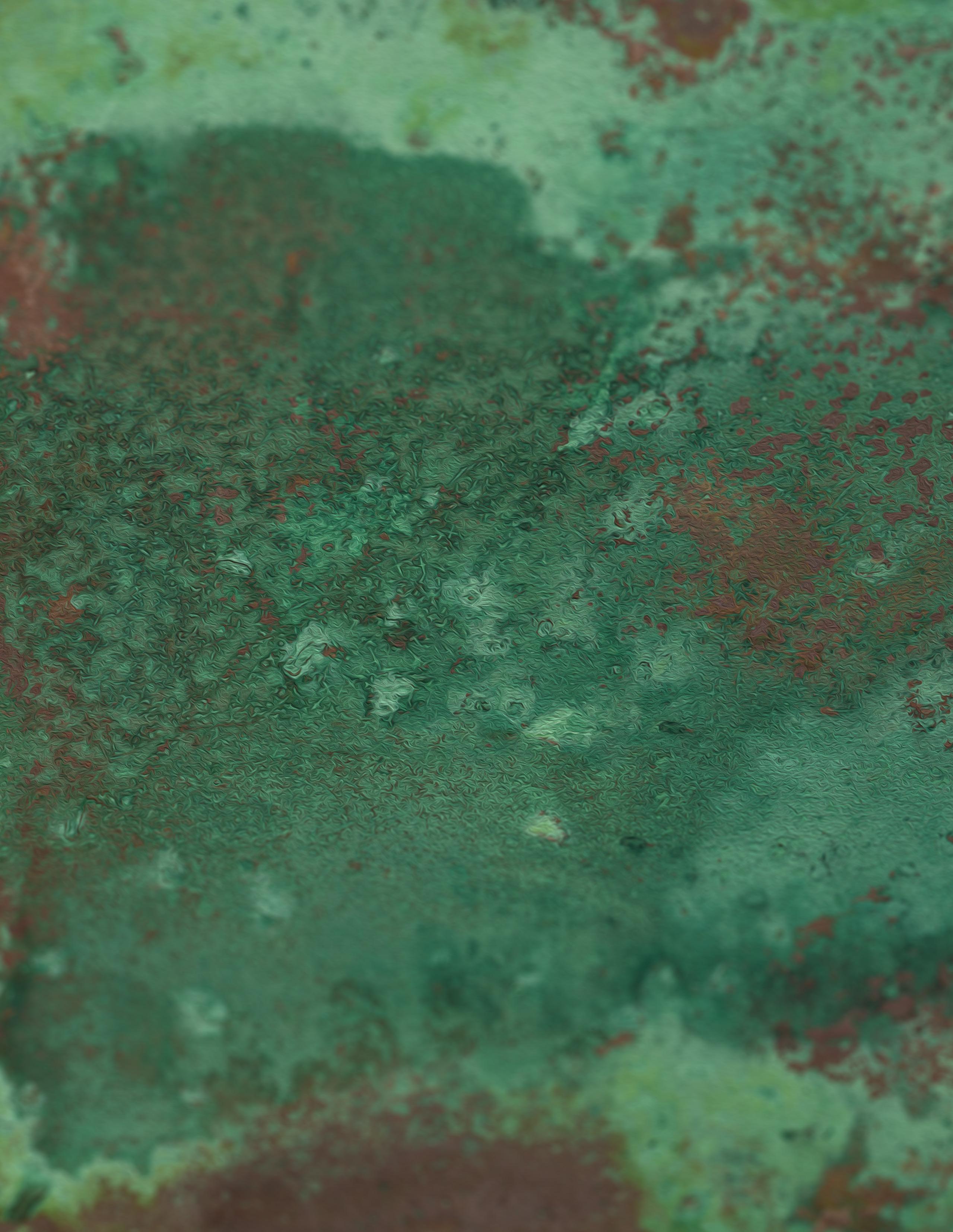
Right: “Christmas Boxes–Christmas 1861,” Harper’s Weekly, January 4, 1862.
Left: “Filling Cartridges at the United States Arsenal, Watertown, Massachusetts,” Harper’s Weekly, July 20, 1861.

2. Path to Participation as Production Workers.
Hundreds of thousands of women were employed during the war in the mass production of garments, tentage, ammunition, and other necessities. Petitions and other documents detail the difficulty of surviving on the wages paid these women, particularly given inflation in both north and south.
As they spent every waking moment working to support their families on less-than-subsistence wages, it is not surprising that there are few letters, diaries, and personal accounts written by these women. In addition, an examination of Confederate pay records reveals that a majority signed for their pay with an ‘x’. The magnitude of their output made significant contributions to military operations, and is documented in financial and production records.
3. Path to Participation as Organizational Volunteers.
Thousands of women found ways to support war efforts by volunteering or (working for pay) for and through local, regional, and national organizations. These included church-based groups that turned their attention to war efforts, community-based soldiers’ aid societies, and regional and national organizations which collected, coordinated and consolidated the contributions of local organizations for wider, more coordinated distribution.
The women taking this path to participation tended to be those who were sufficiently comfortable to spend time away from tasks like running households or supporting their families. They tended to be better educated, socially more prominent, and more likely to write–and then publish–both accounts of their efforts and records of their organizations. In terms of published documents, the roles of these women are the most extensively documented of all roles of women in the War.
Scope
Even with only three paths to participation, women’s roles in the War expanded to encompass massive scope and significance. Expressed as a broad and bold brushstroke, women’s roles in the Civil War occurred anywhere “the imagination and ability of women met the needs of the military.” In other words, anywhere “women’s deeds met military needs.” More specifically, women provided social, spiritual, psychological, material, medical, monetary, mourning, memorial and (as spies, scouts, and soldiers) military support to the War efforts. They met many needs that were not, and could not, be met by other means.
“So what?”
Before you ask, I hasten to address the significance of women’s roles in the Civil War.
Significance
Women’s roles in the Civil War were acknowledged, lauded, and publicized during the War, and by the people who experienced them firsthand. Illustrated newspapers featured women in various roles in lead stories and even cover illustrations.
In subsequent decades and centuries, authors, editors, and publishers often focused on more obviously important topics like strategy and tactics, campaigns and battles, unit histories and officer biographies, and so on. In the process, supply chains and other behind-the-scenes activities (like those generally performed by women) were sometimes edited out of history books. In the second half of the twentieth century, efforts were made to ‘write women back into history,’ and evidence of women’s roles—and their importance to—and impact on—military operations— has been rediscovered.
When considering military topics, a commonly accepted criteria is to evaluate how effectively a person, activity or event impacted military operations and objectives. In a world that values sexual equality, women’s roles in the War can and should be evaluated by this same criteria. Were there, indeed, roles in which women contributed to more effective military operations and objectives? The answer is a resounding ‘yes,’ but a “Top Five” list based on this criterion may surprise.
We must consider what were the most imperative needs of the military and how women’s deeds meet these needs. The thing the military most needed (and of which women most influenced the supply) were soldiers who were willing, able, and effective fighters. That last criteria, of being ‘effective’ largely eliminates the several hundred transvestite women who chose to dress and/or disguise themselves as male soldiers. Contemporary accounts indicate they were as often regarded as diversions and nuisances as contributors to military operations.

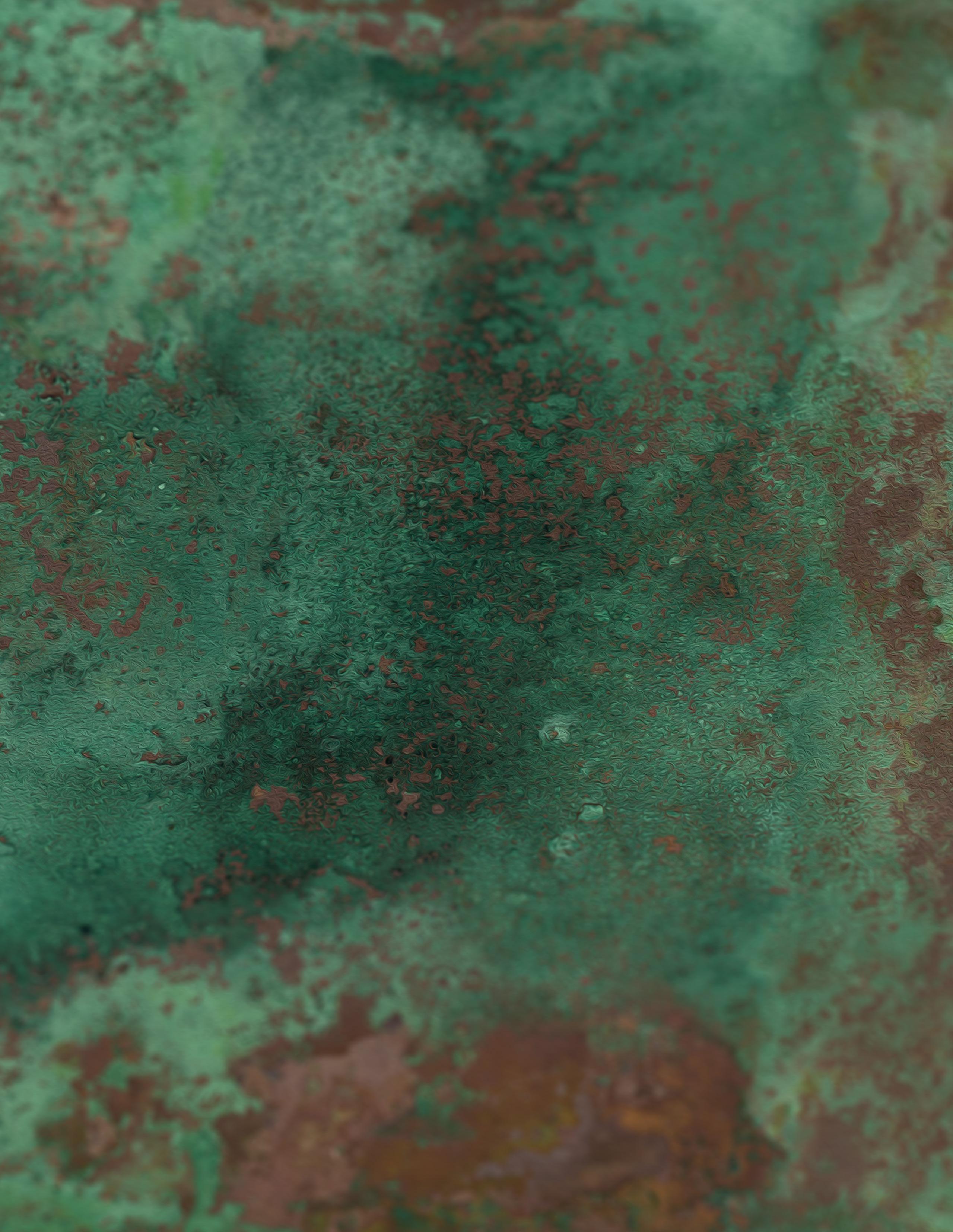
Our “TOP Five’ list of military needs for which women’s deeds provided significant contributions include:
1. food,
2. shelter,
3. clothing,
4. arms and ammunition, and
5. physical and mental health.
The remainder of this article will provide an overview of women’s wartime roles in contributing to each of these “Top Five” needs.
Food
Whether voluntarily or by coercion, women shared food from their families with soldiers. They also kept the farms going and the crops growing, sometimes selling crops to the military, at other times seeing it destroyed or stolen. Beyond producing the raw material of food, women sometimes prepared and served food, or packed and sent it off to ‘their’ soldiers.
From the start of the war, many units whose home communities were behind enemy lines suffered greatly, while others got far more than they needed. On railroads, priority was given to transporting soldiers over freight. Packages failed to reach their destinations or were left rotting in railroad depots. This was one of the issues that prompted the formation of regional and national
“Floral Department at the Great Fair,” Harper’s Weekly, April 14, 1864.
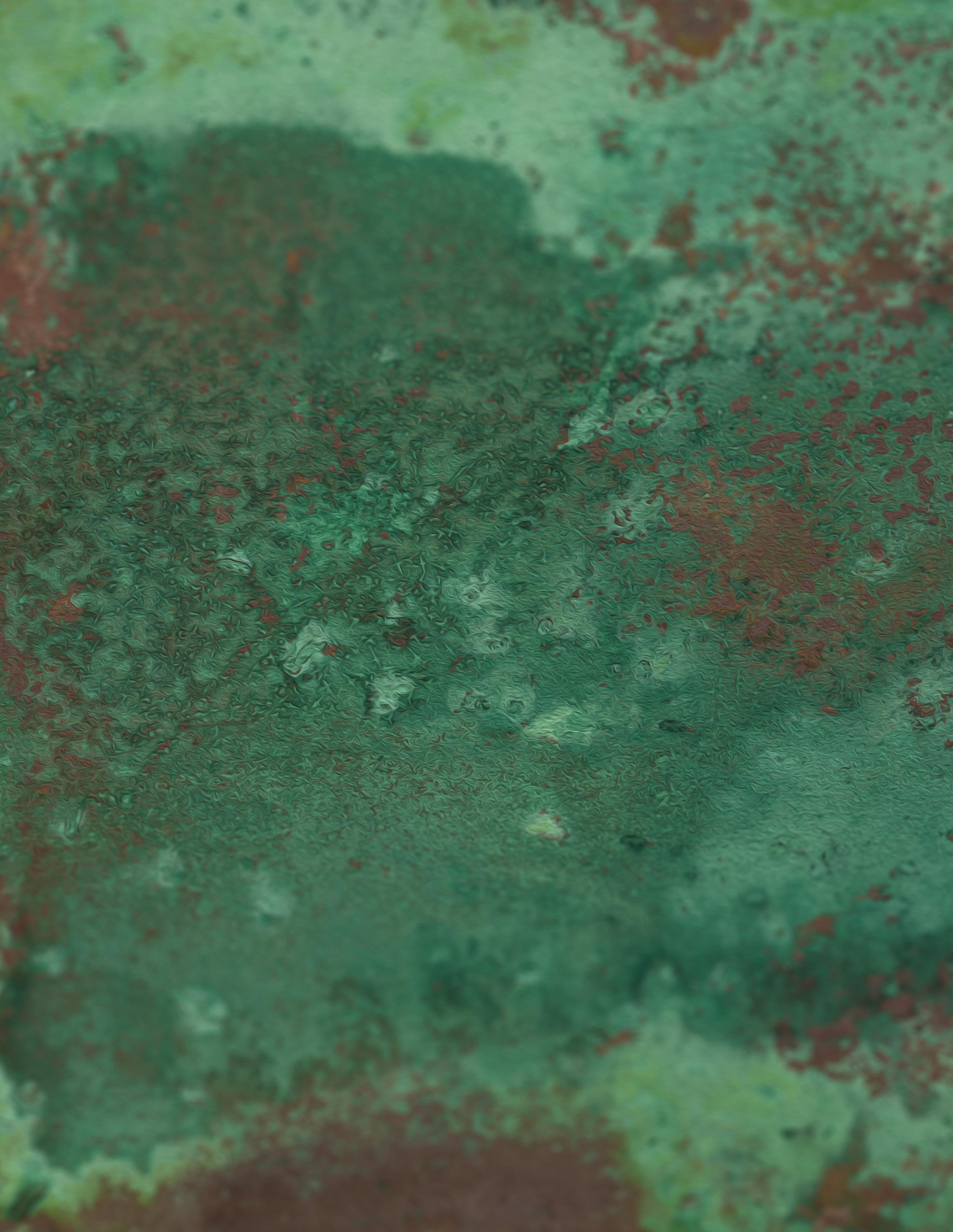
organizations that would coordinate the distribution of donated goods.
Among the few roles of women working directly for (and travelling with) military organizations was that of ‘cook’, and some accompanied military units in the field and on hospital transports while serving in this role.
As production workers, some women worked in commissary kitchens and bakeries, and other food preparation and manufacturing facilities.
Soldiers’ Aid Societies and other organizations often gathered, packed, and distributed food to soldiers at roadsides, railroad depots, and even “refreshment saloons” set up for the purpose. Regional and national organizations sometimes raised sufficient funds to have food manufactured for the purpose of sending it to soldiers.
Shelter
Whether voluntarily or by coercion, some women provided shelter for soldiers, often in their houses or barns. Beyond sharing lodging, some women became refugees, leaving behind their homes, which were burned, destroyed, or simply used by officers or soldiers.
Women’s roles in the enormously booming industry of manufacturing tentage has been largely overlooked, but many thousands of women worked in both small-scale sail shops that retooled to make tentage, and in larger tentage factories.
Some volunteer organizations funded, staffed, and provided other logistical support for facilities where soldiers were housed either while receiving medical or recuperative care, or while on hospital transports. Some also provided housing for soldiers—and their orphans—after the war.
Clothing
Individual women and families made and sent shirts, socks, mittens, and entire uniforms for soldiers. When logistics permitted, they also altered, mended, laundered and replaced old garments with new. The ‘commutation’ system operating in the south at the beginning of the War made individual and community efforts particularly important.
Among the few roles of women working directly for (and traveling with) military organizations was that of ‘laundress,’ and some accompanied military units in the field while serving in this role.
While officers privately procured uniforms made by (male) tailors, enlisted men in both the North and South (and especially after the demise of the commutation system) were issued uniforms manufactured in mass quantities by tens of thousands of needlewomen (as well as some female cutters and inspectors) employed by military depots and private contractors.
Soldiers’ Aid Societies and other organizations often filled the need for garments needed but not issued (or not yet issued). The magnitude of these efforts are well documented in statistics maintained by local, regional, and national volunteer organizations. These organizations also organized massive operations to launder the linens used in hospitals.
Arms and Ammunition
Thousands of women were employed in arsenals and facilities where ammunition was manufactured. Women employees were especially prized for their manual dexterity in rolling cartridges. These (and other jobs at arsenals) took place in facilities where explosions and other disasters sometimes resulted in the injury and even death of female operatives, including explosions at the Washington Arsenal in Washington D.C., the Allegheny Arsenal in Lawrenceville, Penn., and Brown’s Island in Richmond, Va.

Physical and Mental Health
In terms of mental readiness, one of the military’s biggest needs during the war was for volunteers. Women played a large part in encouraging (or
“Our Women and War: The Influence of Woman” was published in Harper’s Weekly on September 6, 1862.
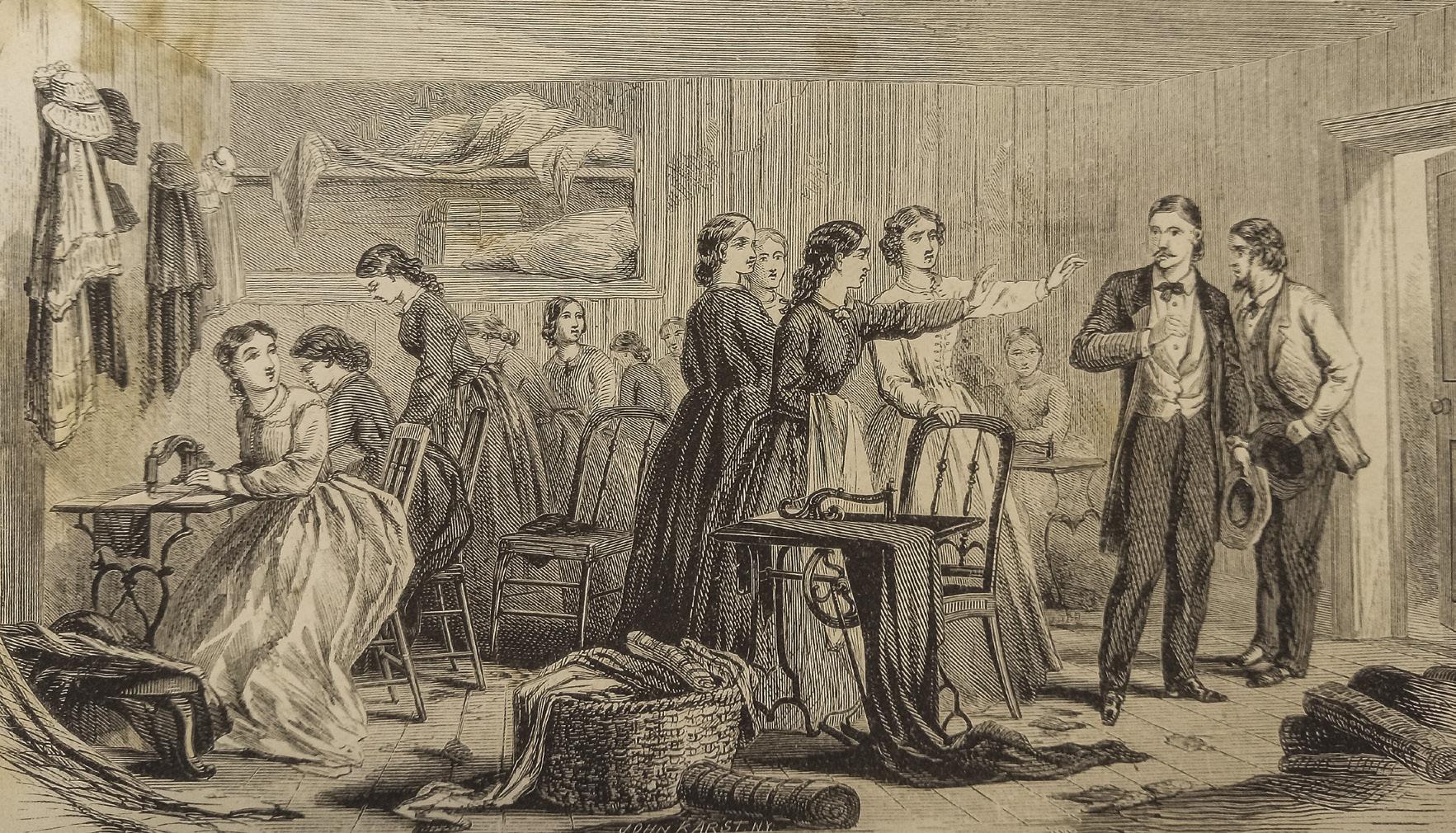
discouraging) men to enlist, to fight, and to keep on fighting. In the mid-nineteenth century, women operated in a ‘sphere of domesticity’ and with a sense of ‘Republican Motherhood’ that gave them responsibility for guiding the moral and ethical development of sons into the sort of men who would be willing to risk life and limb for a ‘cause.’ Many soldier letters include commentary on the responsibilities they felt to God, family, and country. Still others expressed the importance of knowing there was someone keeping the ‘homefires burning,’ anticipating and praying for their well being and their safe return home. Women had a strong role in raising sons willing to enlist, and to keep on fighting when times got tough.
In terms of physical health, some women—with or without formal medical training—served as nurses while other women with medical degrees served as doctors and surgeons. Women provided both nursing care and logistical support to health care facilities, and ministered to sick, wounded, and recuperating soldiers.
In addition, they proactively promoted the health and welfare of soldiers. The very name of the “United States Sanitary Commission” reflects its initial focus on promoting healthy practices like having cavalry and latrines downstream of (and well removed from) commissary operations.
Summary
Women’s deeds addressing these ‘Top Five’ areas of need— for food, shelter, clothing, arms and ammunition, and physical and mental health reflect the contributions of not hundreds, not thousands, but millions of women. Although less obvious than strategy and tactics, campaigns and battles, and so on—many women’s activities in logistics and other supportive roles— were exceedingly important to military operations.
Further, this ‘Top Five’ list is only a sampling of women’s roles in the Civil War, and omits women who took on many, many roles previously reserved for or dominated by men, freeing up men to serve in the military. These include roles
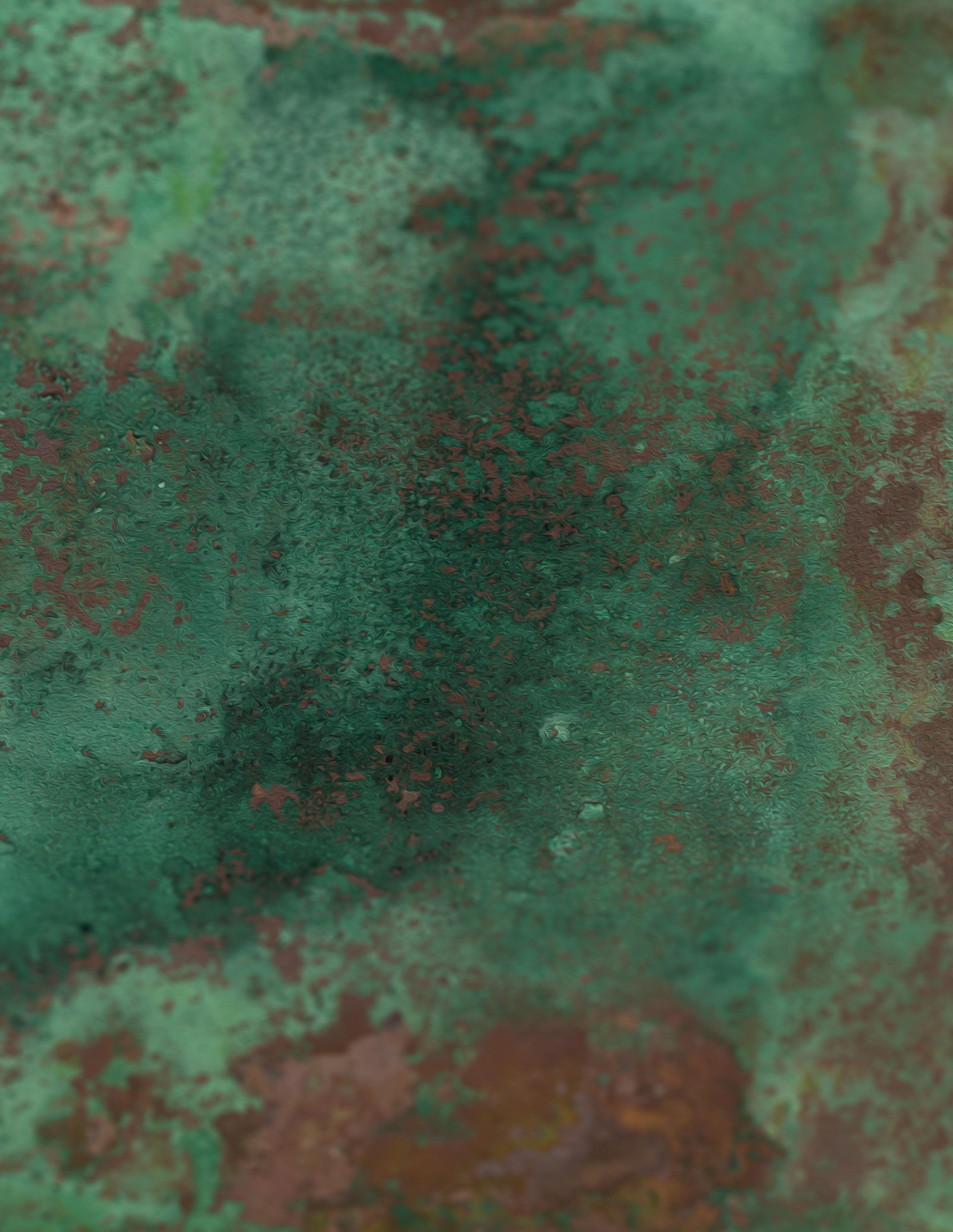
Engraving captioned “Industry of Ladies in Cl othing the Soldiers and Zeal in Urging their Beaux to Go to the War.”
as varied as serving as lighthouse keepers, telegraph operators, clerks in government agencies, and even operators of firms that manufactured military accoutrements. In addition, there were individual women who operated in unique roles, like Rose Greenhow, who made significant contributions to military strategy and tactics by her activities as a spy, and who later served as a diplomat to a foreign country.
While we join our fellow historians in celebrating the women whose names and biographies are known, and women in roles that occupied only dozens or hundreds of women, we are beginning this series of articles with the “Top Five” list, intending to highlight the roles of millions of women, including many whose names are “Known only to God.”
J U anita L eis C h J ensen is a nationa LLy known speaker , writer , resear C her ( and avid C o LL e C tor ) of s UBJ e C ts re L ated to C ivi L ians and the C ivi L w ar s he is CU rrent Ly serving as C hair M an of the n - ssa 150 th C ivi L ian e vents t ask f or C e whi C h is p L anning spe C ia L events at the fa LL , 2024 nationa L skir M ish . s he is a M e MB er , fe LL ow , and for M er g overnor of the C o M pany of M i L itary h istorians s he is a L so a M e MB er and for M er p resident of the s o C iety for w o M en and the C ivi L w ar s he a U thored two B ooks : W ho W ore W ha T : W o M en ’ s c lo T hing , 1861-65, and an i n T roduc T ion T o c ivil W ar c ivilians . J U anita and her h U s B and , M i L itary historian L es J ensen sp L it their ti M e B etween ho M es in o range C o U nty , n y., and s henandoah C o U nty , v a
1 Rose Greenhow’s My Imprisonment: An Annotated Edition by Emily Lapisardi. Matamoras, PA: Winston Lewis Publishing, 2021.

Herb Peck Jr. and
the Story of his Civil War Photography Collection
By Richard H. Holloway
“Yes, finally!” was the sentiment of Lawrence T. Jones III, as we discussed the breaking news a few years back. Jones, a long-time friend of Herb Peck Jr., was elated that his massive Civil War photograph collection was finally being recovered. Word was leaking out publicly that some of his friend’s stolen treasures had been found.
Jones provided additional insight when he related, “Herb loved collecting antique American Civil War photography as much as anybody I ever knew. He got me started and was a mentor. When his Civil War collection was stolen, it broke his heart. He then began collecting images of the “Old West” and post-Civil War photography, but he would still buy a great Confederate or Union image if one came his way. He seldom got outsmarted in a business deal regarding images. He also could be pretty tough at times, but he was fair.”
My call to the Ethridge (Tennessee) police department, which went public with the find, did not garner any additional information. The lieutenant on duty explained that some photographs were still unaccounted for and, therefore, it was still an open investigation. I held off a bit on pursuing this avenue to gather some additional background information. Other law enforcement agencies involved were the Nashville Police Department, Tennessee State Police, and several field offices of the FBI.
At this point, I should explain my interest in this particular case from the beginning. I started my interest in the Civil War back when I was 10 years old. The family received an

invitation (which I still have) in the mail asking us to attend the rededication of a headstone over the grave of a former Confederate captain. It even contained a printed copy of the soldier shown post-war. In the notice was a list of men in his company, one of whom was related to me. From that moment until now, the Civil War has become of great interest to me.
Skip ahead three years, and I talked my parents into getting me a subscription to Civil War Times Illustrated magazine from a flyer to order a magazine at a discounted price. I would read every article and scan every page in an issue from beginning to end. On each back cover was a single photograph showing a Civil War soldier. Herb Peck Jr. owned most of these clear, detailed pictures.
Unexpectedly, just a year later, one a CWTI issue showed a compilation of Peck’s photographs on a single page inside instead of the back. My initial reaction was that it was some sort of trivia test. I started going down the page, naming the pictures to test my recall. In the end, I stopped and started to read the text. I was completely shocked at what I read.
The words knocked the wind out of me. The collection of photographs that I had come to know was now gone, taken from the owner’s home. Of course, I knew people committed crimes; but I was still in a part of my early life when I didn’t read the paper or watch the televised news. Someone had the audacity to break into the Peck household while they were away and steal his entire photo collection.
Herb Peck Jr. poses with a small portion of his Civil War photography collection. (Courtesy the Herb Peck Jr. family)
My shock gave way to a determination to assist in any way I could to help locate the stolen photographs. I studied them all for a long time to remember if I saw them again. It was something I never gave up on in all the decades since then. So for me, it has been a significant relief that they were finally found. I just wish Herb would have lived to get them back. Sadly, a friend noted that Herbert Jefferson Peck Jr. passed at age 68.
So, who was Herb Peck Jr.? His long-time friend, Bruce Jackson, the Sgt. at Arms for the Tennessee State Senate, explained, Herb’s “day job was in the Vanderbilt University Fine Arts Department. He was the chief photographer. His interest in collectibles began during his teens. Collecting images from the war was an intersection of his profession and his deep interest in the War between the States. His interest was broad and included the period of the War with Mexico through the period of the Indian Wars and the Spanish American War. Western images became an area of concentration after the theft in 1978.”
Herb had many acquaintances. One friend, Peggy Dillard, owner of the TennRebGirl artifact business, wrote an insightful and touching tribute to Peck.
Dillard had strong feelings for the guilty party, exclaiming, “He was too dumb to sell them [the photos] for what they were worth.”
Dillard even encountered the burglar personally. She recalled, “The thief tried to sell me some bogus Confederate badges at the Nashville flea market. I turned him down. He then said he knew a wealthy doctor in Florida who would buy it. I believe that is where he unloaded them.” When asked what happened to the charlatan, she said, “He’s dead.” He never served a day for robbing Peck. Dillard was happy with the FBI’s hard work, elaborating, “Yes, they will gather what they can. I don’t know what they will do with whatever they find. Herb was fully paid for the loss.”
It took 45 years to find Peck’s missing photos and artifacts. By all accounts, the loss tore up Herb. One can only imagine what he would have thought to have it returned. And who told me a few years back about their recovery? None other than a member of the heroic Art Crimes Division of the Federal Bureau of Investigation. A couple of

years before hearing about the Peck collection, a local member of that team walked into my office wanting assistance in locating the owner of a weapon they had recovered (story forthcoming). On a follow-up visit about the weapon, the FBI agent mentioned the Peck collection. I immediately started rattling off the descriptions of some missing photos, using my years of studying them.
Just recently, 48 recovered Civil War period photographs from the Herb Peck Jr. Collection brought the family a record amount totaling $259,000. (excluding the buyer’s premium). The highest price for an individual photograph was a Confederate soldier armed with a Model 1855 Colt revolving rifle and sporting a white havelock on his head. The once-in-a-lifetime event opportunity to buy these treasures was realized on March 16, 2024, and was masterfully arranged and handled by Fleischer’s Auctions.
In the 45 years between when the Peck images went missing and the present, I grew from a teen looking at Peck’s photographs on the back of CWTI magazine to a writer, and later, a member of the Editorial Advisory Board of America’s Civil War magazine to finally Senior Editor of both it and Civil War Times magazine. Now, I am contributing to this exciting Civil War News magazine. It’s going to be a great platform for our American Civil War.
riChard h hoLLoway, a LoUisiana native, forMerLy a senior editor for aMerica’s civil War and civil War TiMes Magazines in addition to nUMeroUs artiCLes, he wrote Biographies of riChard tayLor, haMiLton Bee, and wiLLiaM r. Boggs for confederaTe generals of The Trans-Mississippi (Univ. of tennessee press) as weLL as essays for vicksburg besieged and forTs henry and donelson (Univ of soUthern iLLinois press). hoLLoway is a MeMBer of the western theater historians assoCiation he was previoUsLy an arChivist for the LoUisiana state arChives and a CUrator for the LoUisiana nationaL gUard hoLLoway Can Be ContaCted By eMaiL at noBLepeLiCan@gMaiL.CoM.

I Miss My Friend, Herb Peck
You won’t know Herb Peck unless you are a Nashvillian, or one who deals in guns or photography. Herb worked in the Fine Arts Department at Vanderbilt University until his retirement. He enjoyed a too-short retirement, dying suddenly over a year ago. I first met Herb at the Nashville Flea Market. We kept bumping into each other looking for the same things. We had a very friendly rivalry and traded and sold to each other for years, talking on the phone at least once a week.
Herb was an authentic character. He had an unflattering name for everyone, or in my case, a sound as well. Whenever he saw me approaching, he would start howling like a hound dog. He likened me to a hound dog who slept under the porch until I caught the scent of some prized item. Some people didn’t like Herb as he loved stirring up trouble between people and then stepping back and enjoying the ensuing human drama. The one thing everyone agreed on was that Herb knew everything about photography. He had two world-class photographic collections, one which was stolen by a local scoundrel over twenty years ago and another which has been dispersed throughout the Civil War collecting community among those who wanted something to remember “Ole Herb” by.
He will forever be remembered by his friends and through all the books that reproduced Herb’s images. Herb used to warn me that it was not my job to educate others, but I learned everything about photography from Herb Peck, whom I still miss.
Peggy
Dillard
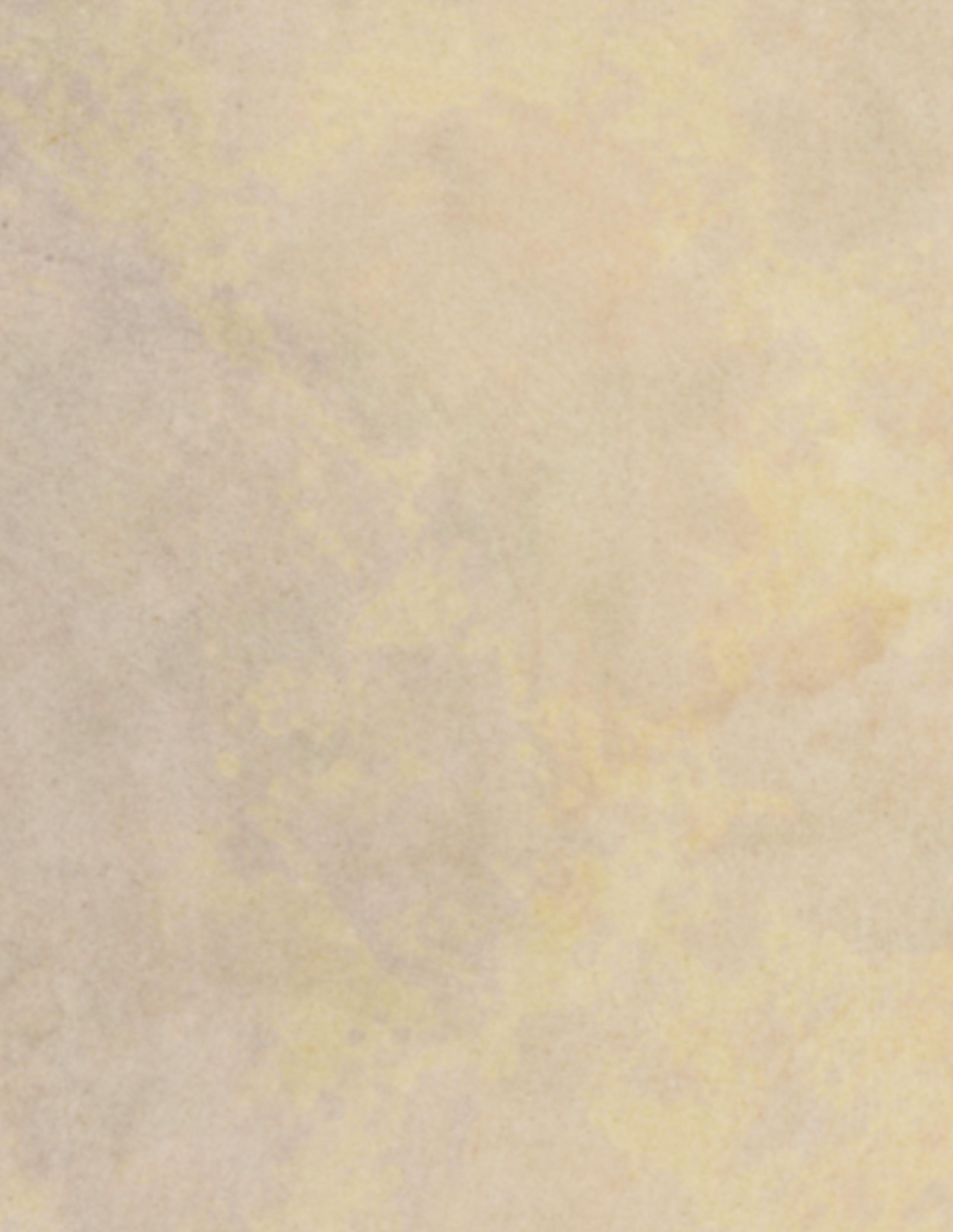
Herb Peck Collection Achieves Record-Breaking Success at Auction
Most Valuable Sale of Civil War Portrait Photography Ever Held
100% of Lots Sell, Exceeding Pre-Sale Estimate by nearly $200,000
COLUMBUS, Ohio —In a dramatic auction that unfolded in Columbus on March 16, 2024, Fleischer’s Auctions witnessed an unprecedented event: the sale of the Herb Peck Jr. Collection of Civil War Photography. The atmosphere crackled with anticipation as the bidding commenced, and what followed surpassed even the loftiest of expectations.
Adam Fleischer, the President of Fleischer’s Auctions, expressed his elation at the overwhelming response to the sale. “We are absolutely thrilled with the overwhelming response to the sale,” he declared. “The exceptional results not only reflect Herb Peck’s eye for quality, but also underscore the passion and dedication the collecting community has to preserve Civil War era portraiture.”
What made this auction all the more captivating was the history behind the collection itself. Once believed to have been lost forever, the Herb Peck Jr. Collection of Civil War Photography had a tale of resilience and redemption.
In 1978, thieves had brazenly stolen Peck’s prized
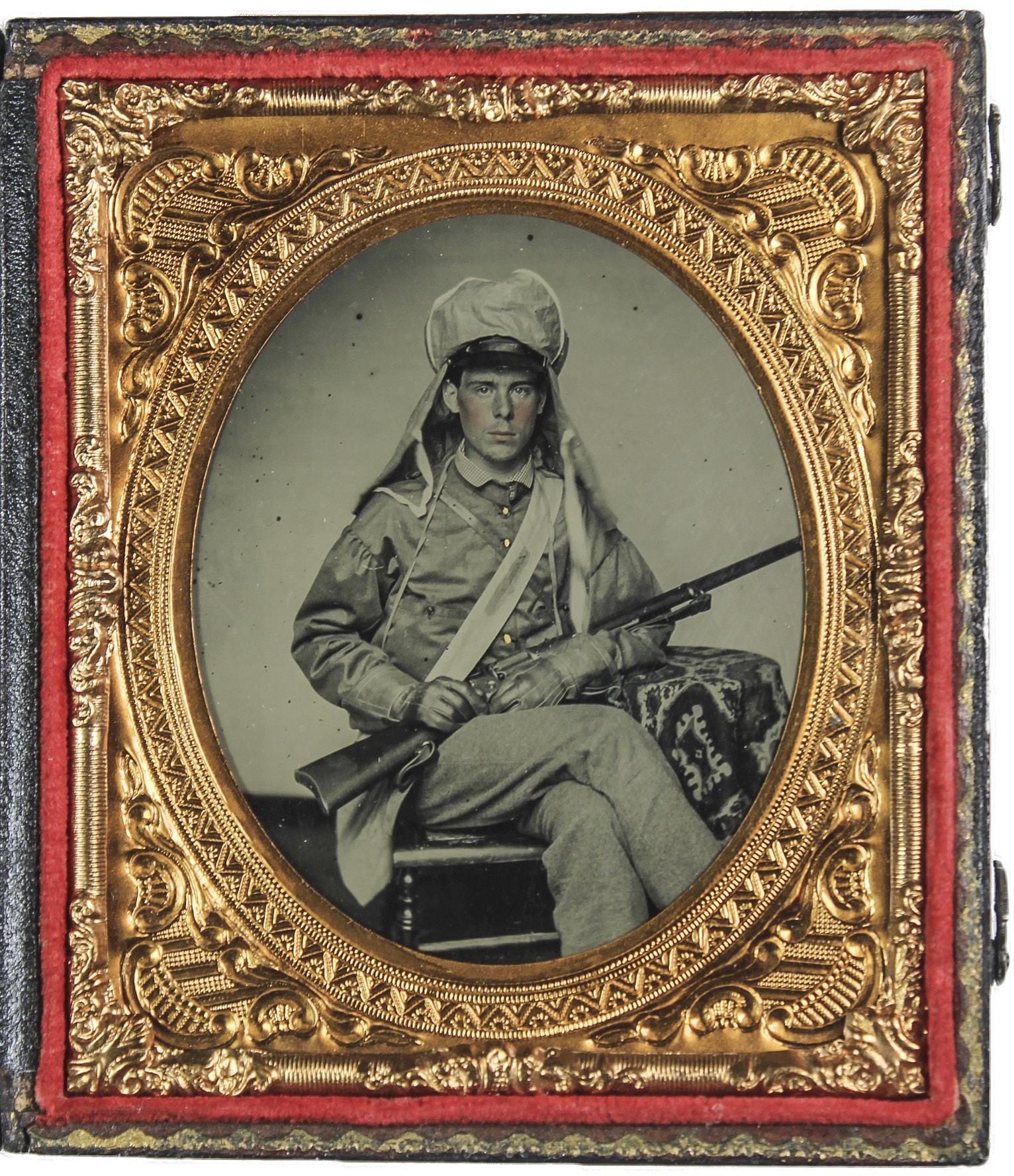
collection from his Nashville residence, leaving the collecting community reeling and the fate of his captivating images uncertain. However, recent breakthroughs in the case, coupled with the unwavering determination of the Peck family and law enforcement, led to the recovery and return of 50 of Herb’s original photographs. The decision of the Peck family to share these captivating images with the world, after decades of uncertainty, struck a chord with collectors and history enthusiasts alike.
Among the highlights of this extraordinary auction was Lot 34, titled “Masterful Character Study,” which fetched an astounding $24,300, including the buyer’s premium. This poignant portrait depicted two identified 3rd Tennessee Infantry officers who had valiantly fought in the Civil War. One of these soldiers met a tragic end on the battlefield, with an eyewitness account describing him as reduced to nothing but a chin and a set of long whiskers after being struck by artillery shrapnel.
Another notable highlight was Lot 10, “Young Soldier with Bowie Knife,” which realized an impressive $19,440 with the buyer’s premium. This striking portrait showcased a remarkably young soldier wielding an oversized Bowie knife, a poignant reminder of the harsh realities faced by soldiers thrust into the crucible of war.
However, Lot 45, “Confederate with Colt Revolving Rifle,” stole the show, achieving the highest auction price at $32,200, including the buyer’s premium. Described as “iconic” in the lot’s description, this portrait depicted a Confederate soldier holding a Model 1855 Colt revolving rifle, encapsulating the spirit of the era in a single mesmerizing image.
The success of Fleischer’s Auctions March 16th sale of the Herb Peck Jr. Collection of Civil War Photography not only reaffirmed the enduring fascination with this pivotal period in history but also served as a testament to the power of resilience and the enduring legacy of those who dared to capture it through the lens of a camera.
Lot 45 – [Ambrotype] Confederate w/ Colt Revolving Rifle. Hammer: $26,500. Price Realized: $32,297.50
Gettysburg National Military Park Museum & Visitor Center

JULY 1-3 & 5-7 5-7










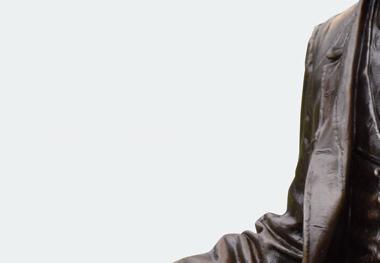












A SACRED TRUST EVENING WITH Stephen Lang
& Jeff Shaara



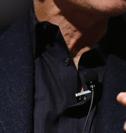

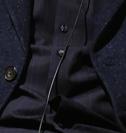
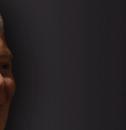


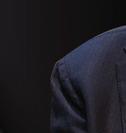
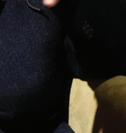
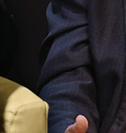



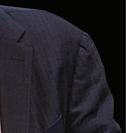

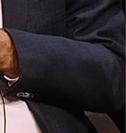
Friday, July 5, 2024 | 4:30 – 9 p.m.
Gettysburg National Military Park Museum & Visitor Center
Reservations required.
Begin at the Museum & Visitor Center to immerse yourself in all Gettysburg has to offer. Step into history through our exclusive experiences, tours, events and historic sites.
Film | Cyclorama | Museum | Special Exhibit | Licensed Battlefield Guide
Tours | NPS Ranger Programs | Gettysburg National Military Park | Eisenhower National Historic Site | David Wills House | Gettysburg
National Cemetery | Special Events | Historic Sites & Experiences
Obtain park information and enjoy on-site shopping and dining at the Museum & Visitor Center.
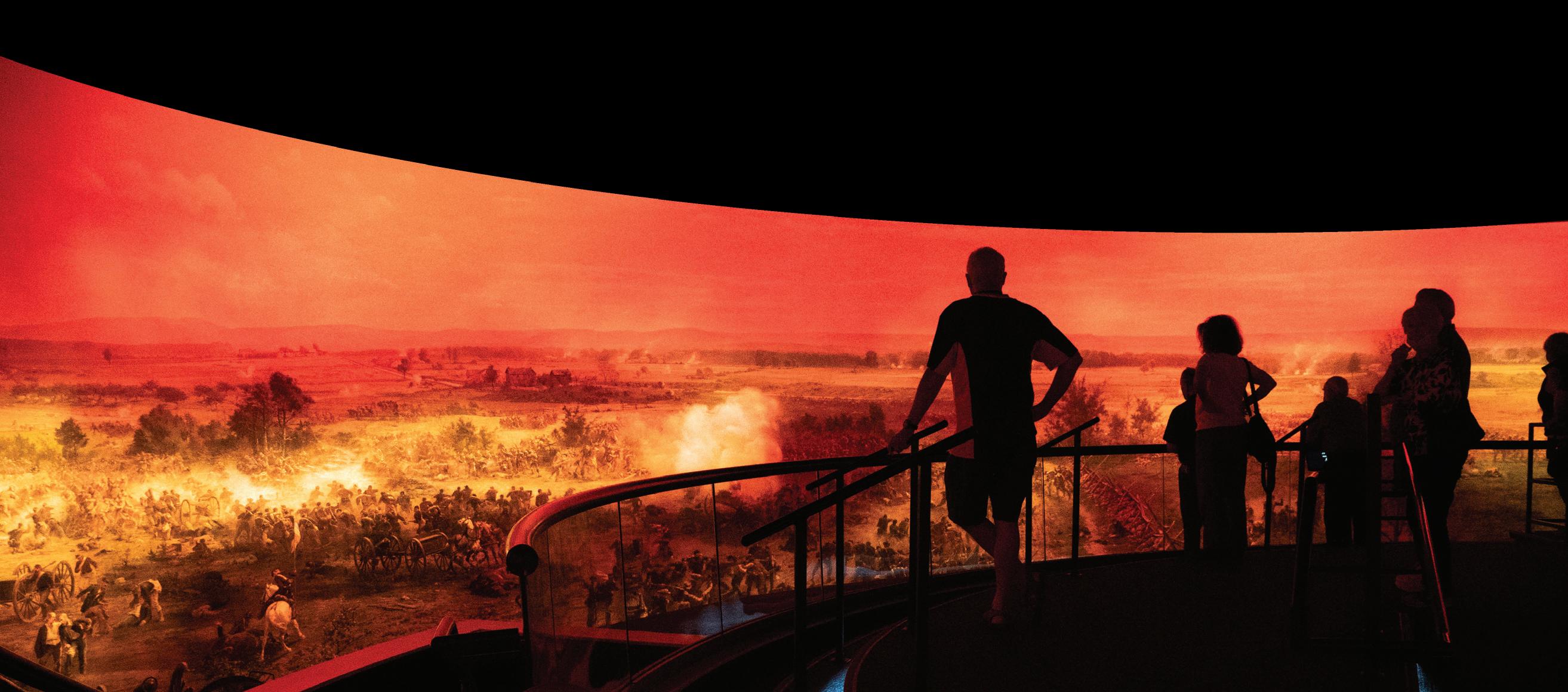

Journey to these nearby Historic Sites & Experiences
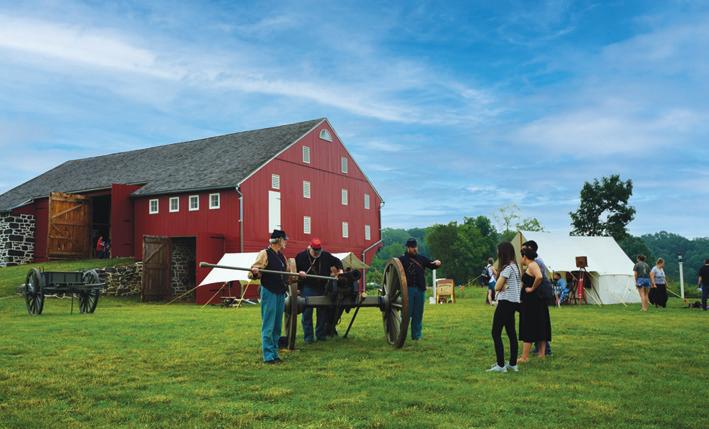
George Spangler Farm & Field Hospital – Experience history come alive at the best-preserved field hospital from the American Civil War.
Opening Weekend: Friday – Sunday, June 7 – 9.

Children of Gettysburg 1863® –Discover stories of Gettysburg through interactive exhibits and firsthand accounts of children who lived here during the 1863 battle.
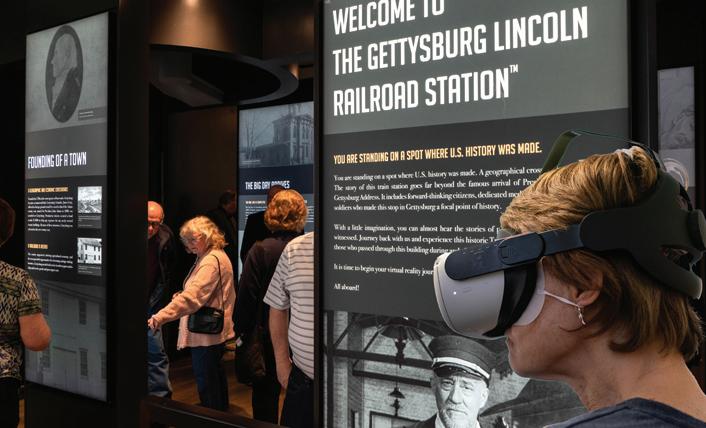
Ticket to the Past—Unforgettable Journeys – Visit the Gettysburg Lincoln Railroad Station™ , travel back to 1863 and meet historic figures through virtual reality technology.
Proceeds from tickets and other purchases in the Museum & Visitor Center benefit Gettysburg National Military Park and Eisenhower National Historic Site.
For tickets, current hours and Friends of Gettysburg memberships, call 877-874-2478 or visit GettysburgFoundation.org.

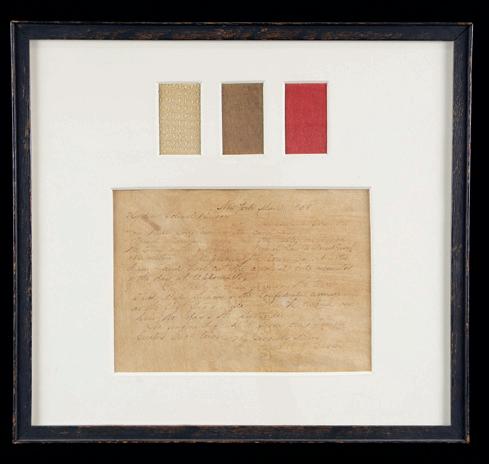

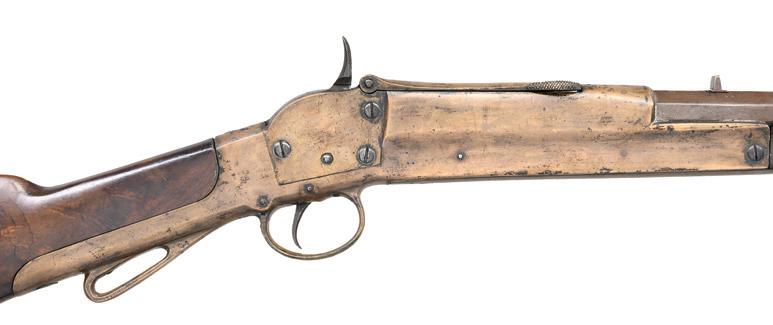
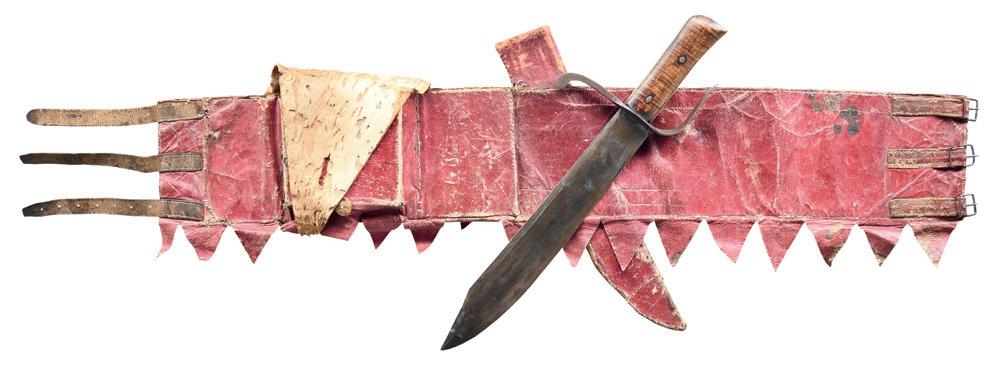

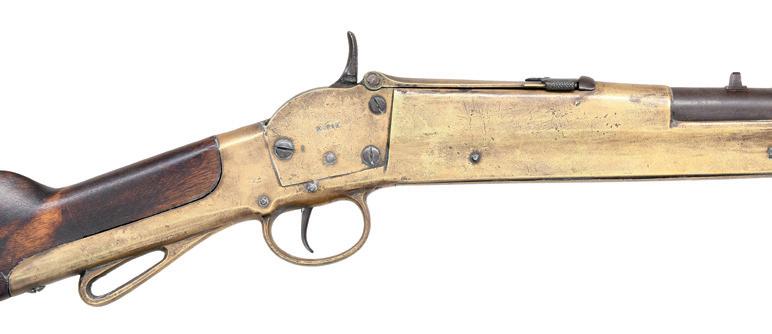
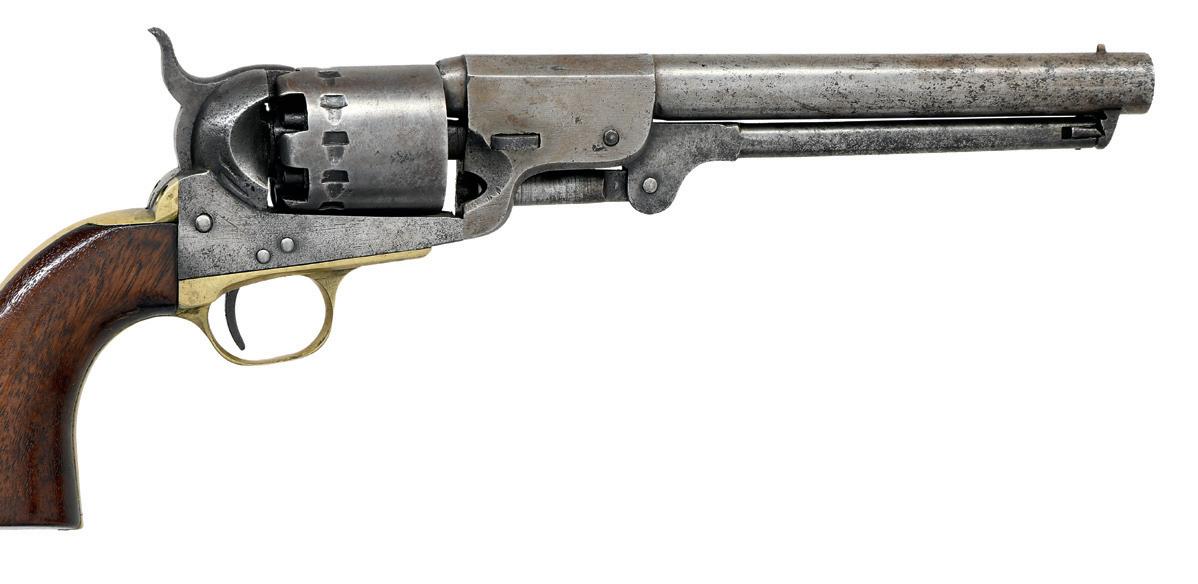

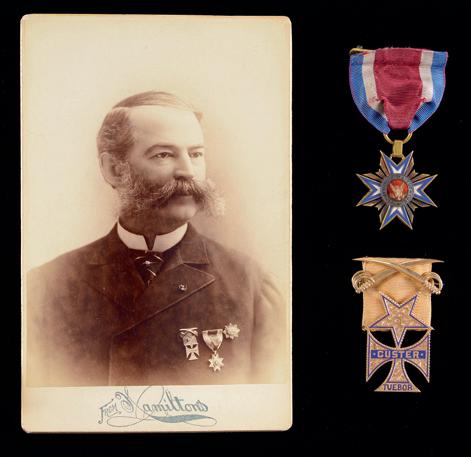
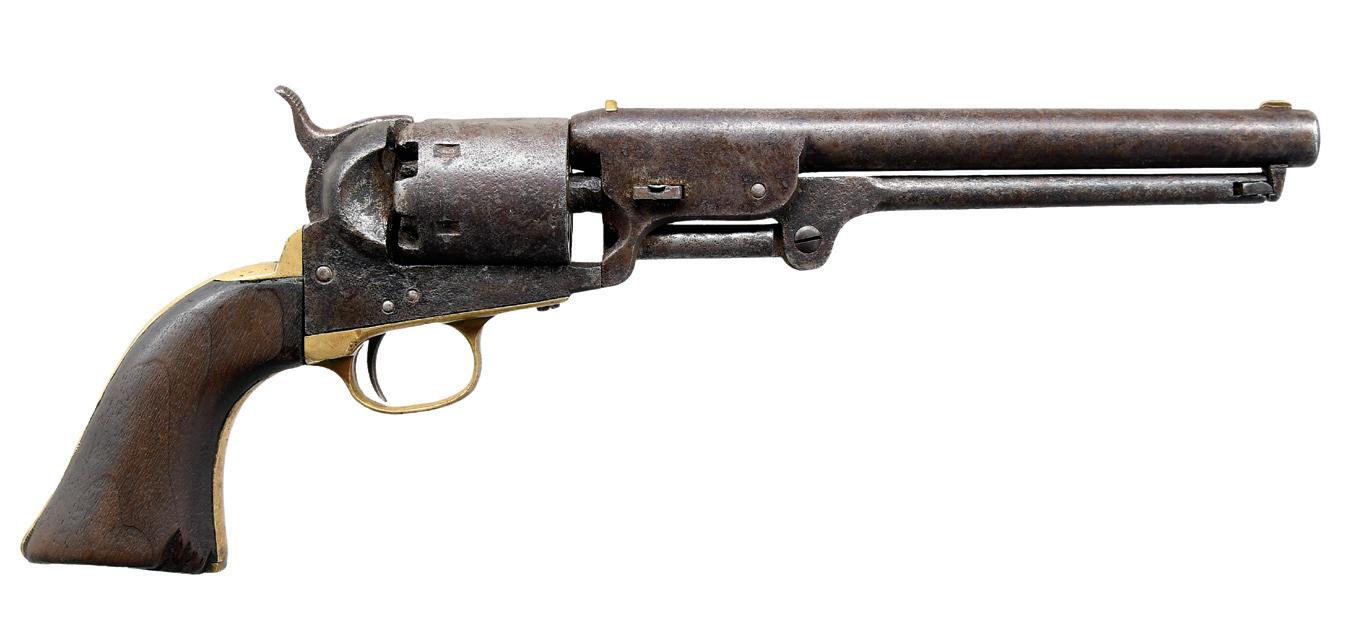

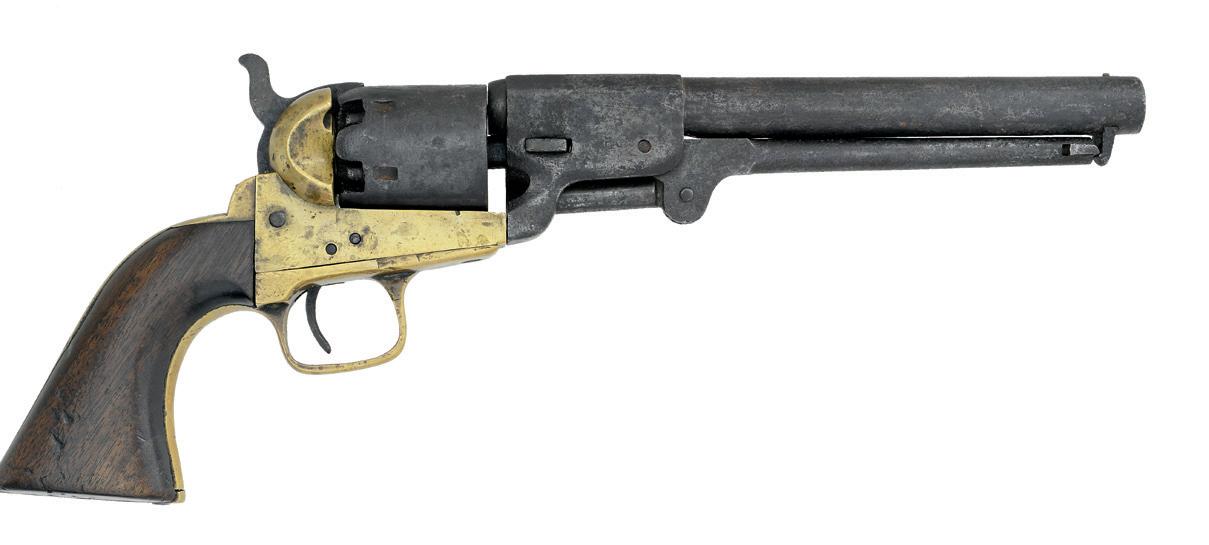



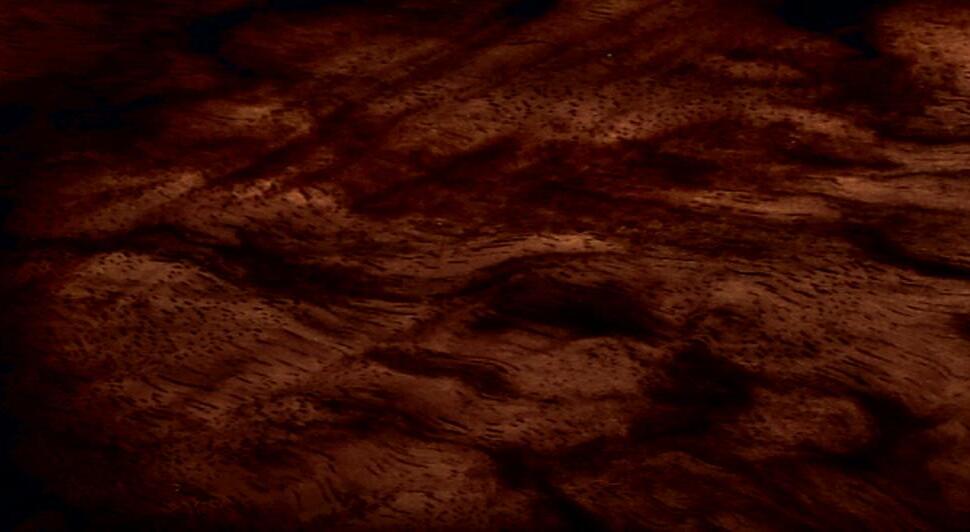
Firearms & Militaria Auctioneers poulinauctions.com | 199 Skowhegan Rd, Fairfield, ME 04937 | Stephen Poulin, ME Lic # 1115 Spring 2024 Premier firearms & militaria auction june 7, 8, 9 & 10, 2024 | Fairfield, ME www.poulinauctions.com Contact Jim for a free consignment consultation at (207) 742-0007 or email jamesjulia@poulinauctions.com His expertise and experience in marketing and achieving the best results for high end quality firearms & collectibles will help continue to grow our firm into the leading specialty firearms auctioneer in the world. James D. Julia! Rare Published Confederate Texas Tyler Ordnance Works Rifle George Todd, Austin Marked Navy Revolver, Cal. 36 Fine & Scarce Transitional Confederate Lemat Revolver with Engraved Cylinder “As Found” All Original Confederate Brass Frame Griswold Revolver, Cal. 36 Fine, Late Production Rigdon Ansley Revolver with Long Collection History, Cal. 36 Scarce Confederate Breech Loading 1st Model Morse Carbine, Cal. 50 Rare “Morse” Marked Confederate Morse Carbine, Cal. 50 Extremely Rare, Historic, & Fine “Death To Abolition” James Rogers Bowie Knife Rare Ivory Grip English & Huber 1830’s American Bowie Knife, ExWilliamson Collection Incredible 1848 Mormon Apostle Carried Bowie and Fantastic Belt Extremely Rare Tiffany Gold Custer Valor Medal & Other Decorations of Col. George Briggs, 7th MI Cavalry Rare Mementos of General George Custer From Appomattox Presented By Libbie Custer Nick Poulin and James Julia at the Poulin Auction Podium





















 By Jonathan A. Noyalas
Zeller, President,
Holloway
By Jonathan A. Noyalas
Zeller, President,
Holloway










































































































































































































































 General Joseph E. Johnston. (Library of Congress)
General Joseph E. Johnston. (Library of Congress)

 Lieutenant General John Bell Hood. (Library of Congress)
Lieutenant General John Bell Hood. (Library of Congress)

 Federal Cavalry Charge at Cassville, Afternoon of May 19, 1864: Cavalry of McCook’s division in their charge at Cassville on the afternoon of May 19, 1864. While the artist is unknown, the sketch appeared in Dr. Homer Mead, The Eight Iowa Cavalry in the Civil War, Autobiography and Personal Recollections of Homer Mead, M.D., Augusta, Ill., Carthage, IL: S.C. Davidson, 1925. Dr. Mead participated in the attack with the Iowa regiment and lost his horse in the charge.
Federal Cavalry Charge at Cassville, Afternoon of May 19, 1864: Cavalry of McCook’s division in their charge at Cassville on the afternoon of May 19, 1864. While the artist is unknown, the sketch appeared in Dr. Homer Mead, The Eight Iowa Cavalry in the Civil War, Autobiography and Personal Recollections of Homer Mead, M.D., Augusta, Ill., Carthage, IL: S.C. Davidson, 1925. Dr. Mead participated in the attack with the Iowa regiment and lost his horse in the charge.














































































